Colombia
The city of Colon in Central America and Cartagena in South America are the two main ports connecting the divided continents. The water passage in between the two cities marked a new chapter on our journey.
Here we all were, dumped onto a whole new continent to explore. South America! New scents filled the air. Delicious street food, carts full of exotic fruits, and a still foreign climate with Cartagena’s bone warming heat… The city felt strangely European and safe. Evening strolls through the narrow alleyways eating arepas con queso, mounts of fruits on the side of the road and picturesque plazas were an unfamiliar and joyful change. We can’t quite grasp yet that we are on a huge new continent, but we feel an increasing excitement…
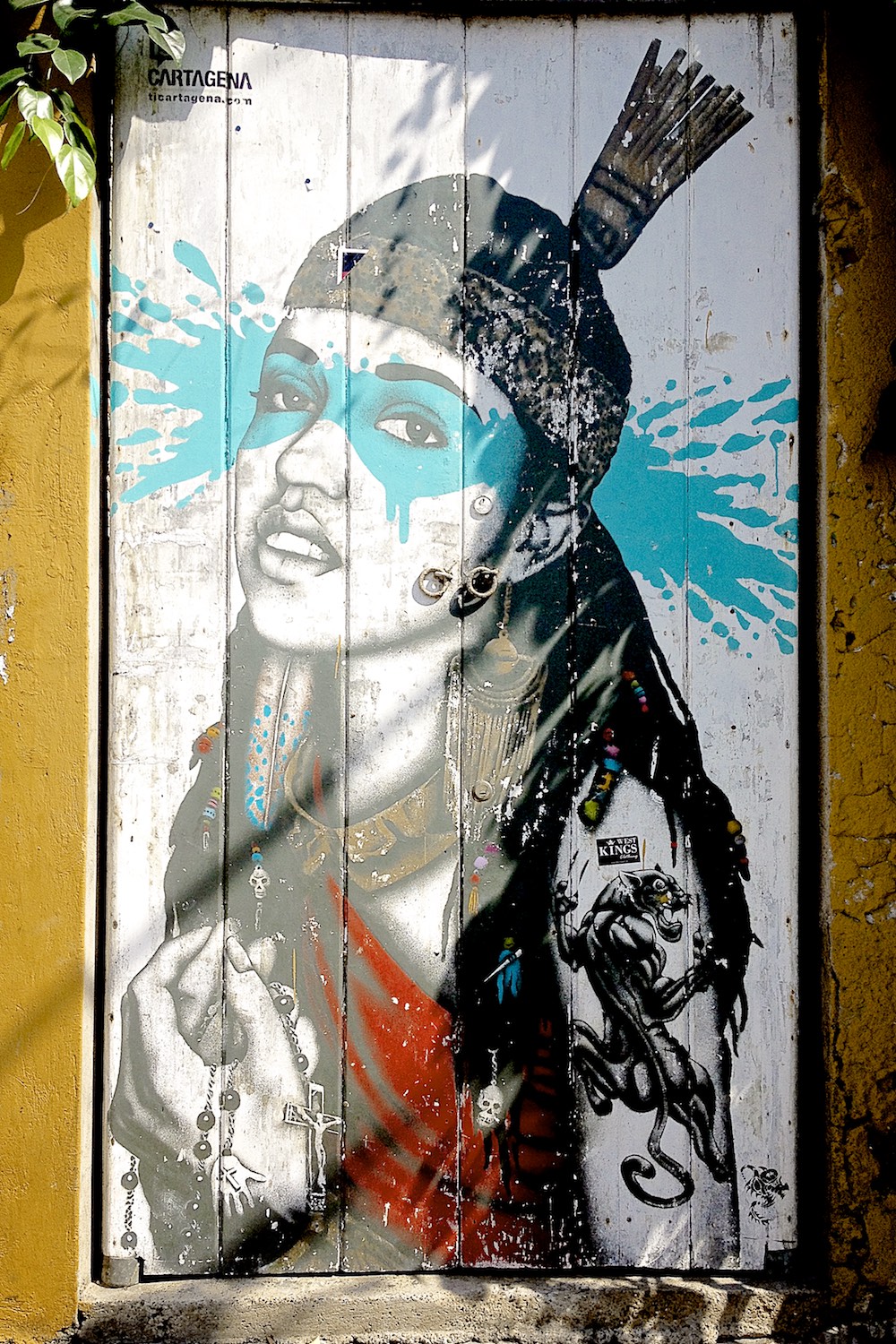
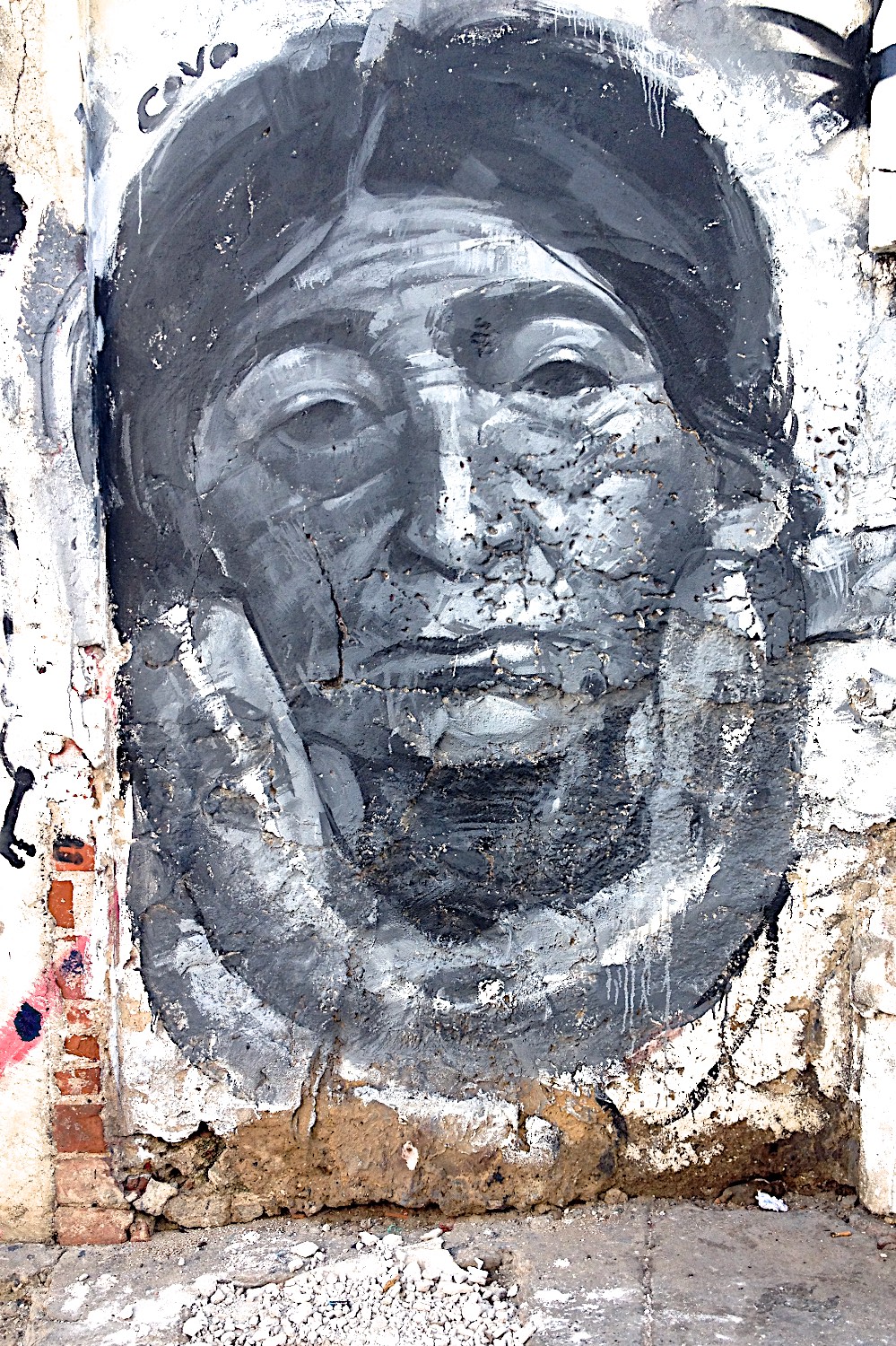
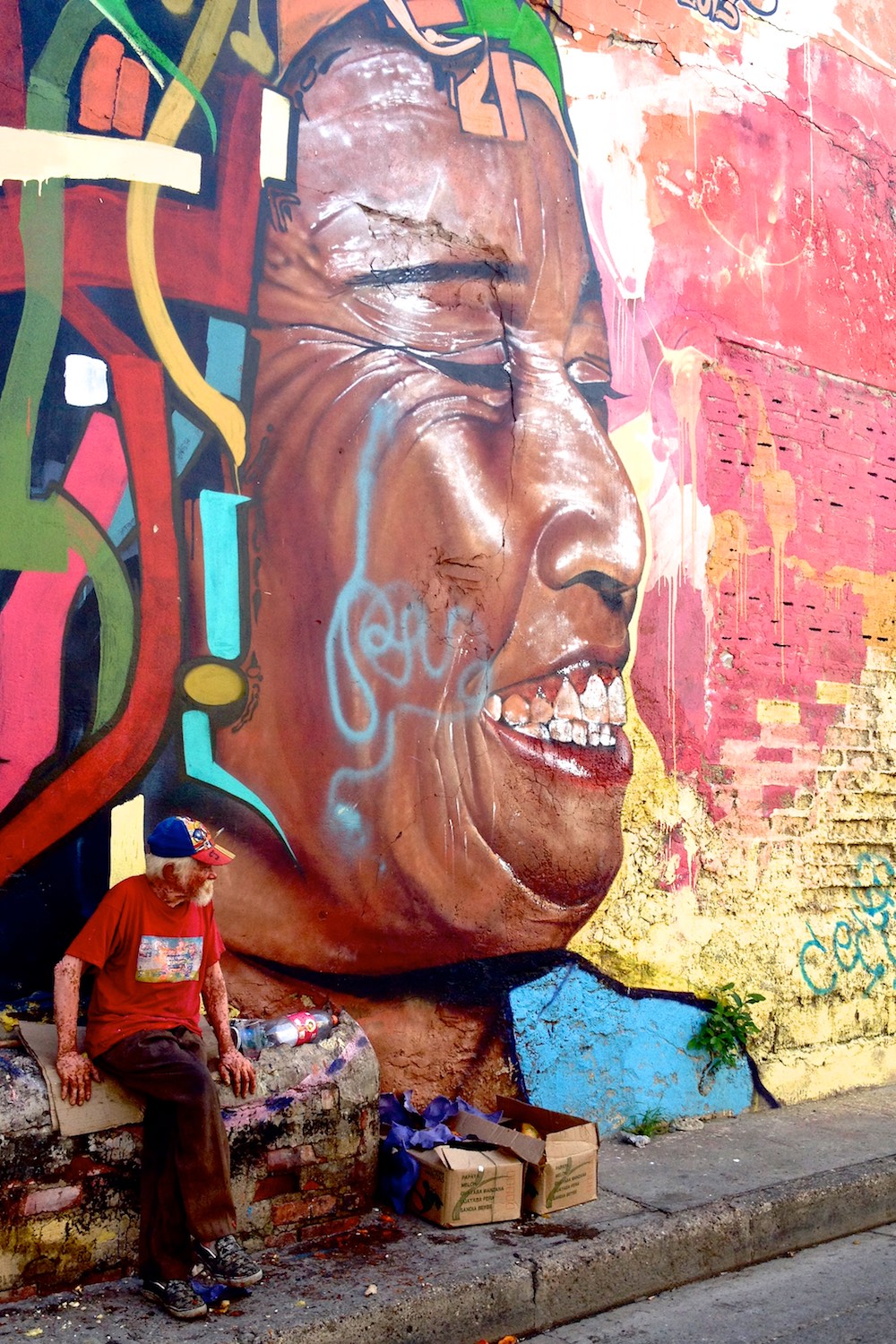
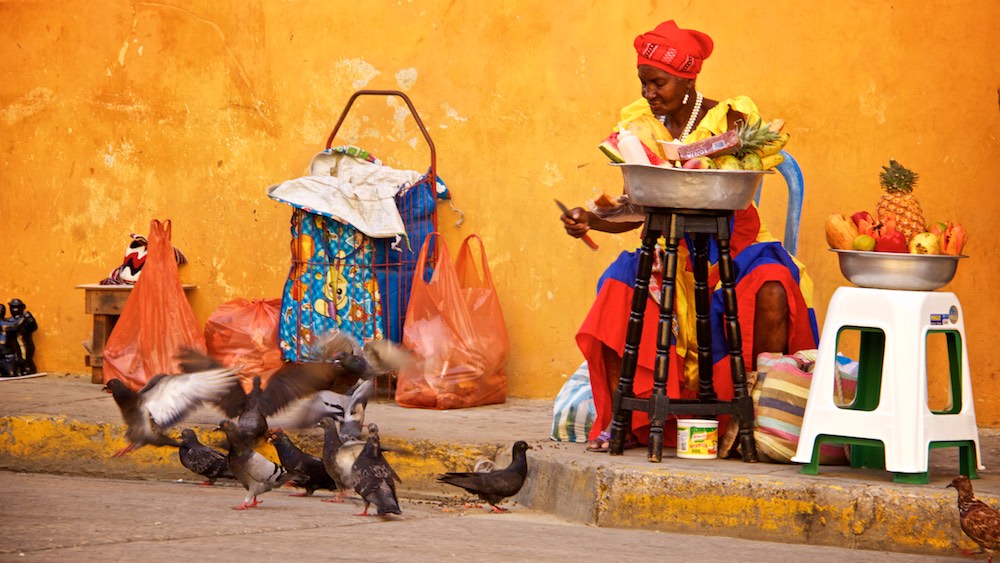
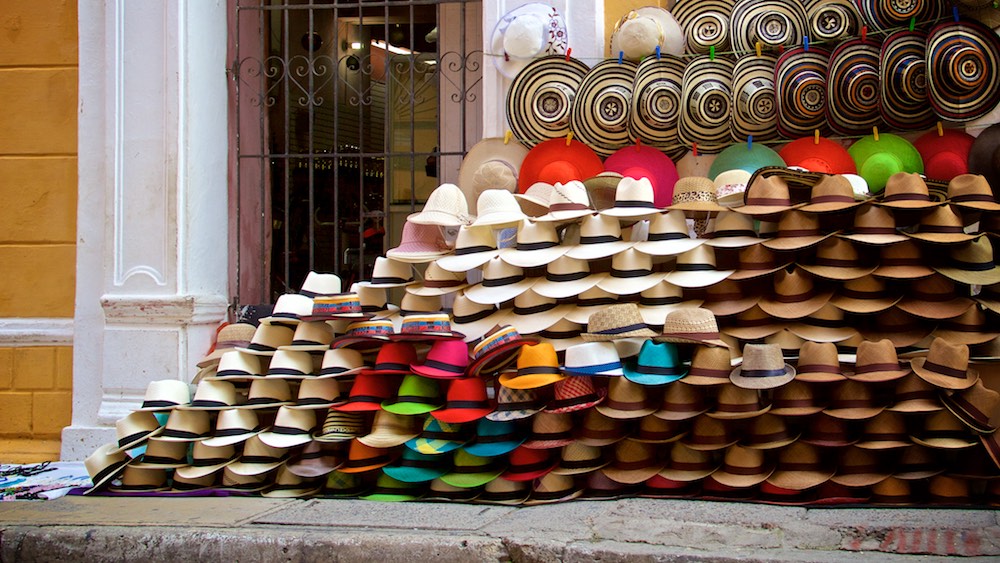
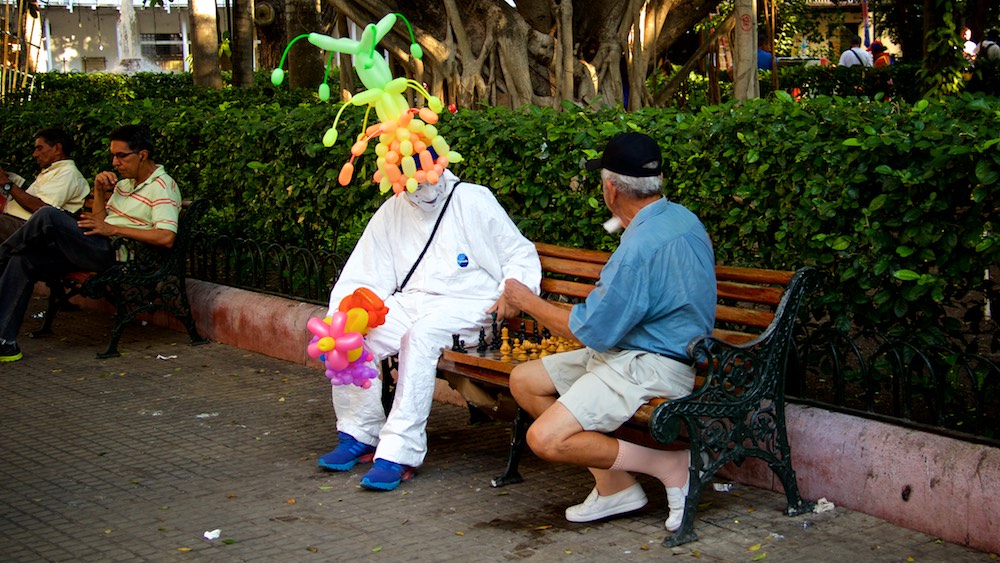
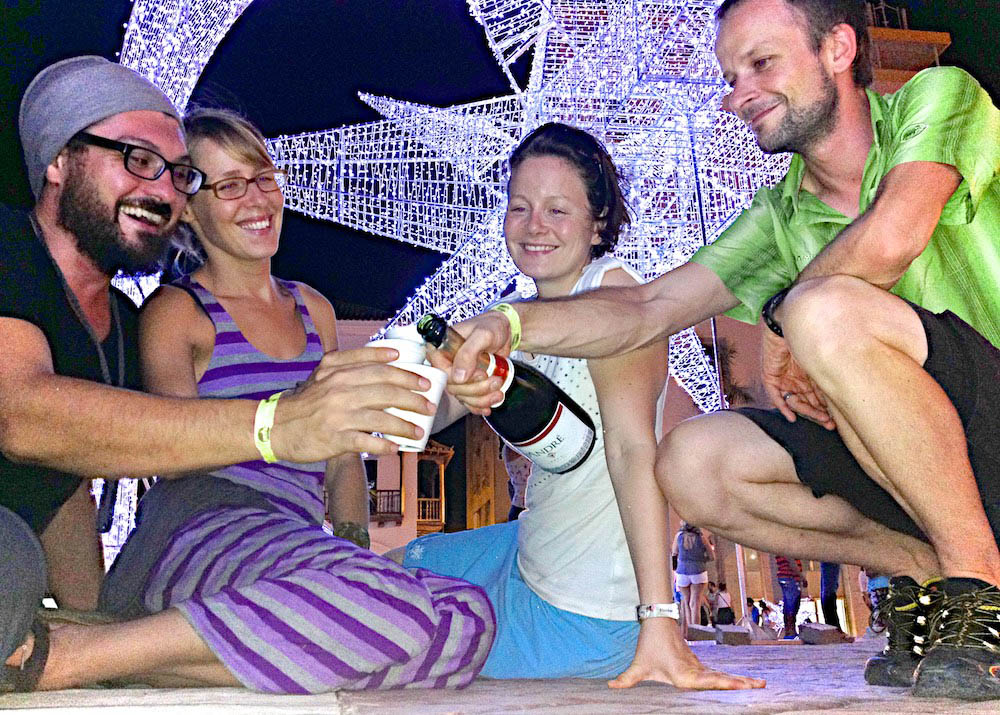
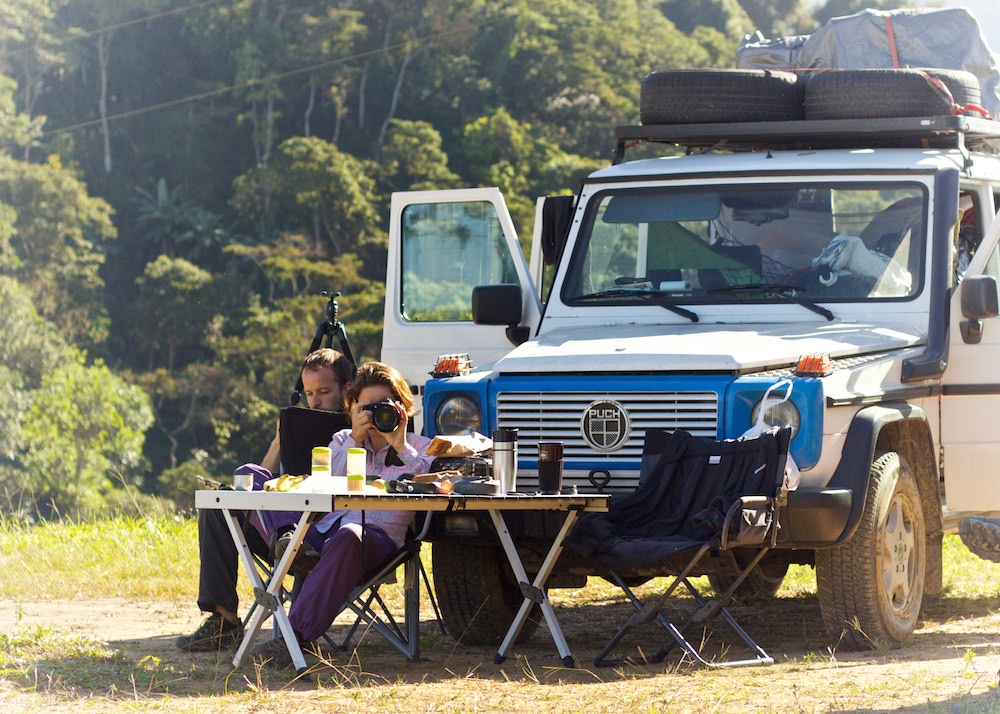
Even the most challenging tasks become a pleasure when you’re in good company. Here we are with our shipping partners Ivan and Fabienne, celebrating the arrival of our trucks with cheap champagne in plastic cups. These are our first steps in this grand continent.
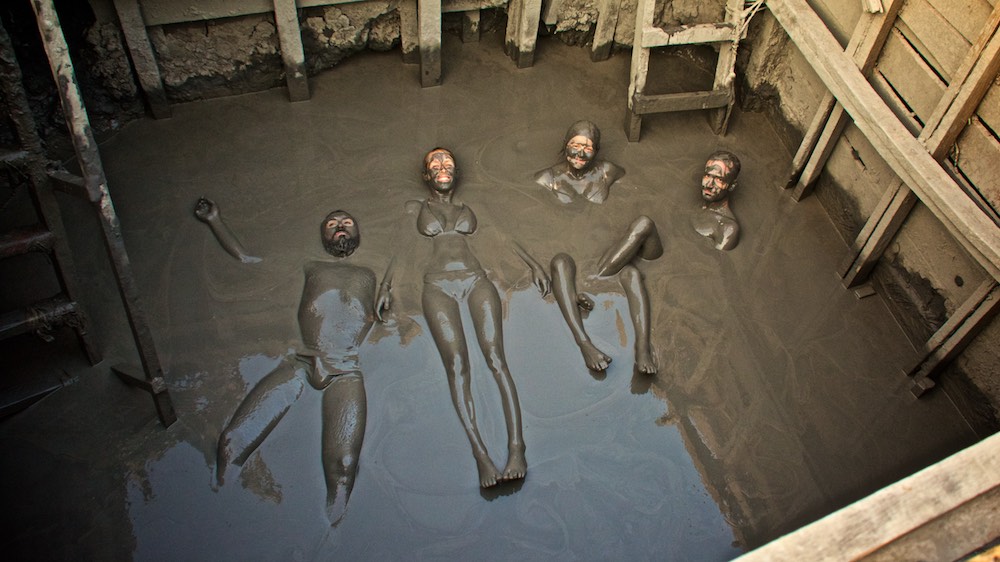
Some of those first ‘steps’ were actually taken into a mud hole! Volcan del Totumo, a bit North-east of Cartagena, provides a strangely fun floating experience (only for non-germaphobes)!
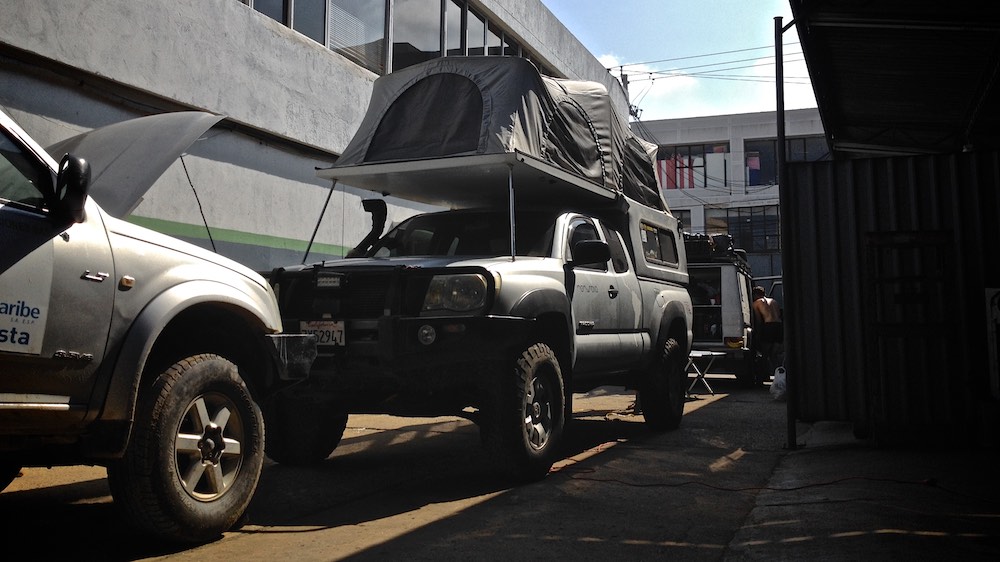
Concerned about our clutch wear, we arranged the shipment of a replacement part from the US through Colombian DHL. Ready to do the work, we drove up to Baranquilla, where Hernando runs a great shop specializing in 4×4 trucks. To our surprise, he advised to hold on longer until there are more signs of wear. Instead, he helped us with great off-road tips and route planning. He even let us camp at the mechanic shop.
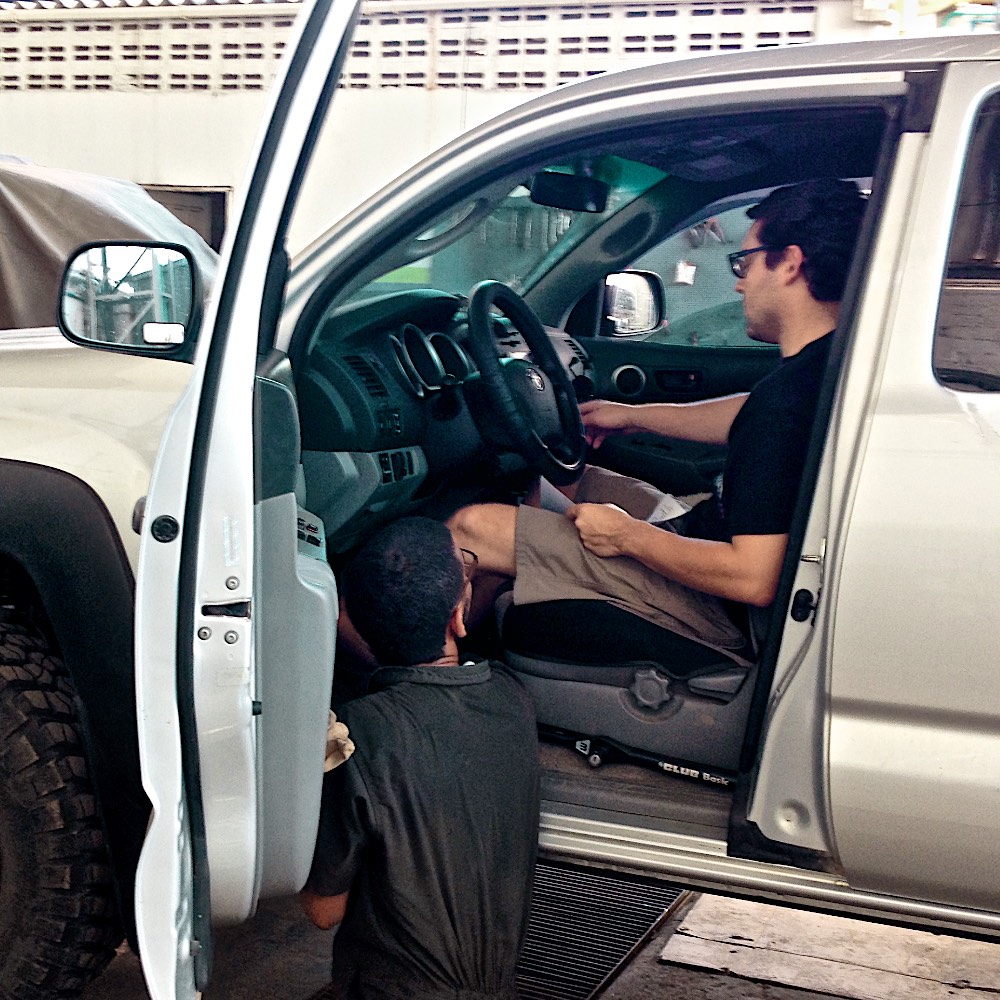
Those of you planning to do a similar trip should take notice. If the model of the car you’re planning to drive down is not being sold in this market, regardless of the make, you may have to arrange the shipment of your own replacement parts. Check the country specific dealer websites to see which models they offer. In our case, even though Toyota dealers are on every corner, they’ve never seen a Tacoma before. They will happily order parts for you if you’re willing to wait a month in the same town. Very few parts of the Tacoma are used in other Toyota models such as the 4 Runner, the Hilux or the FJ Cruiser. Websites such as ToyoDIY will let you search for the models a specific part number is used in. In the case of Tacoma, wearable parts such as the clutch plates and brake pads are NOT some of those common parts. You’d probably be better off carrying those if you’re on a Tacoma.
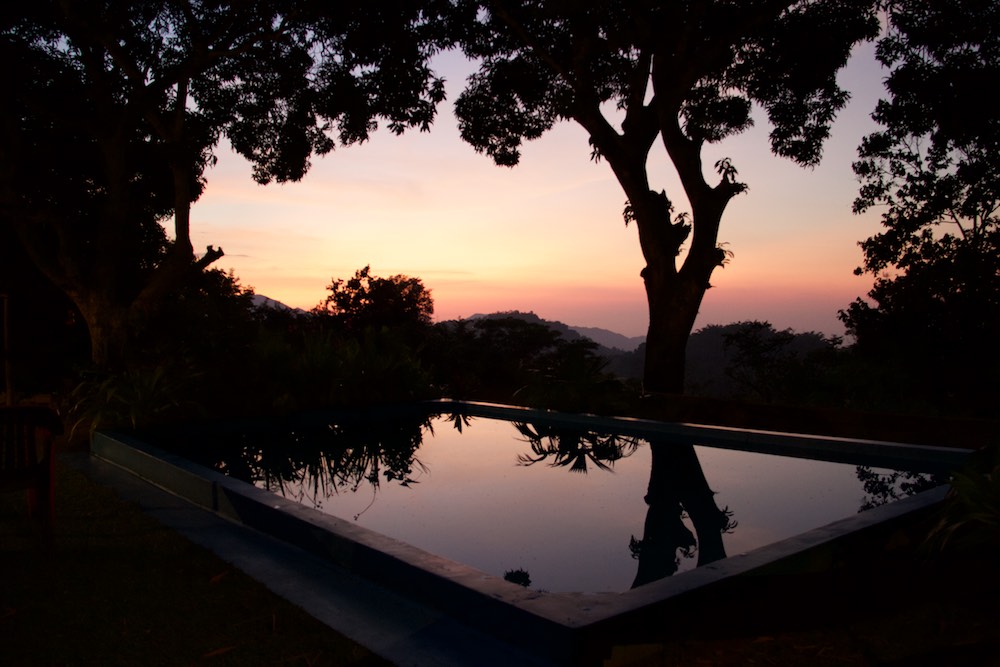
We carried on to Minca – a small town in the mountains above Santa Marta and went about exploring the Sierra Nevada de Santa Marta. This is the highest mountain range in Colombia, marking the beginning of the Andes. Bumpy dirt roads are always fun to explore.
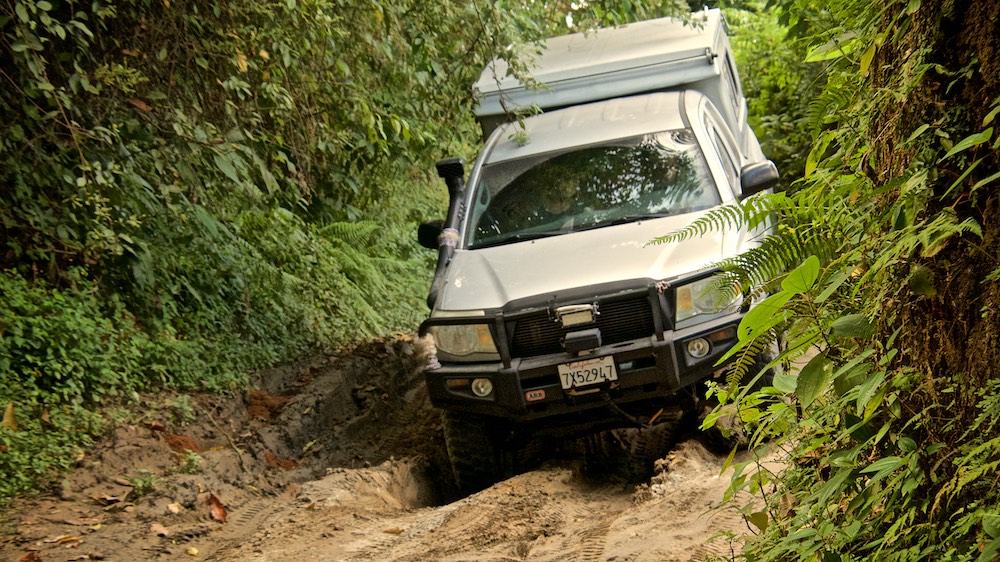
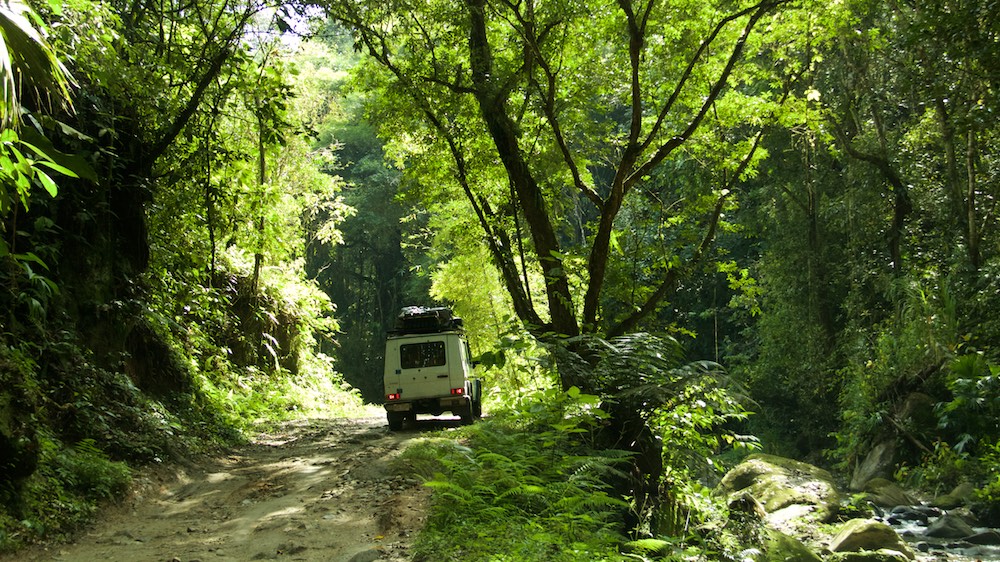
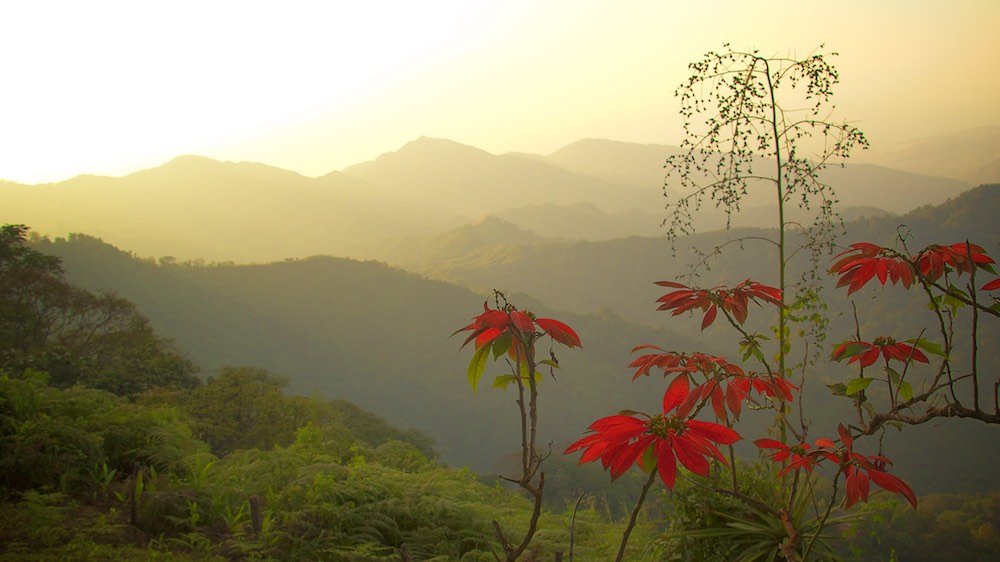
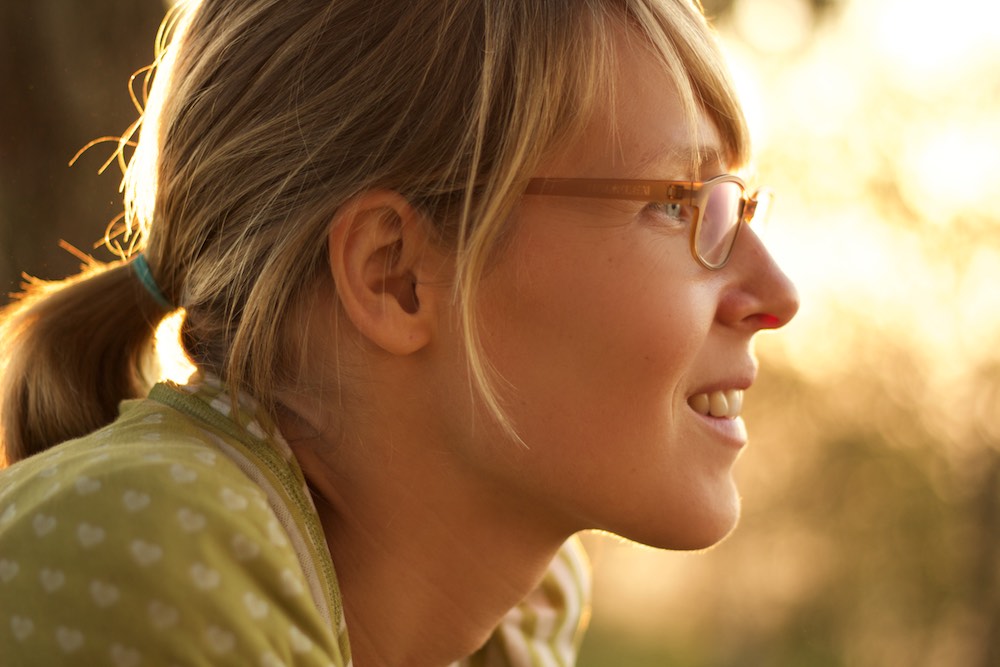
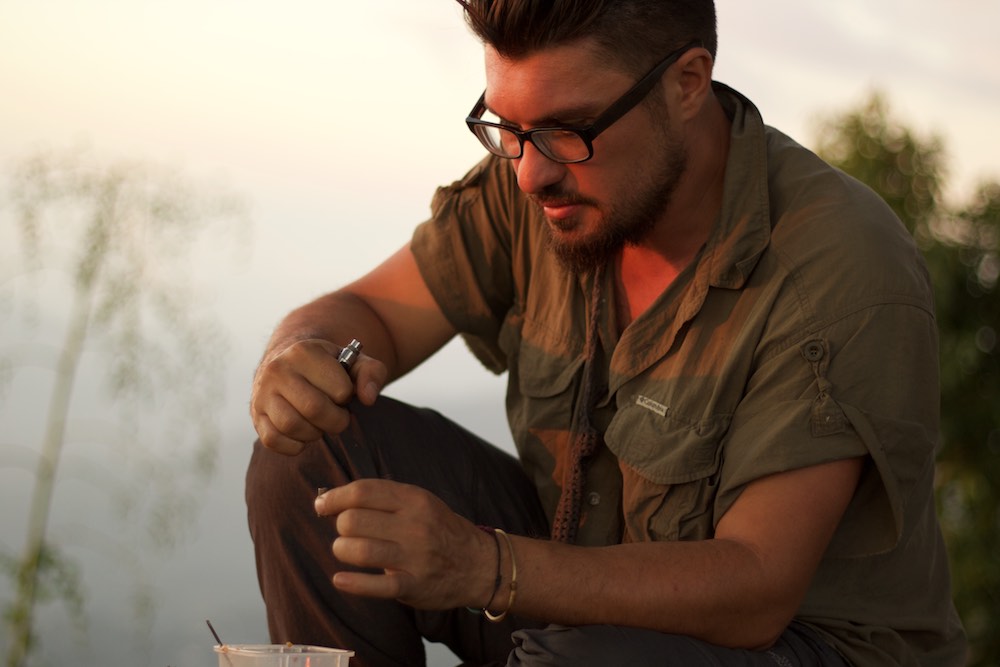
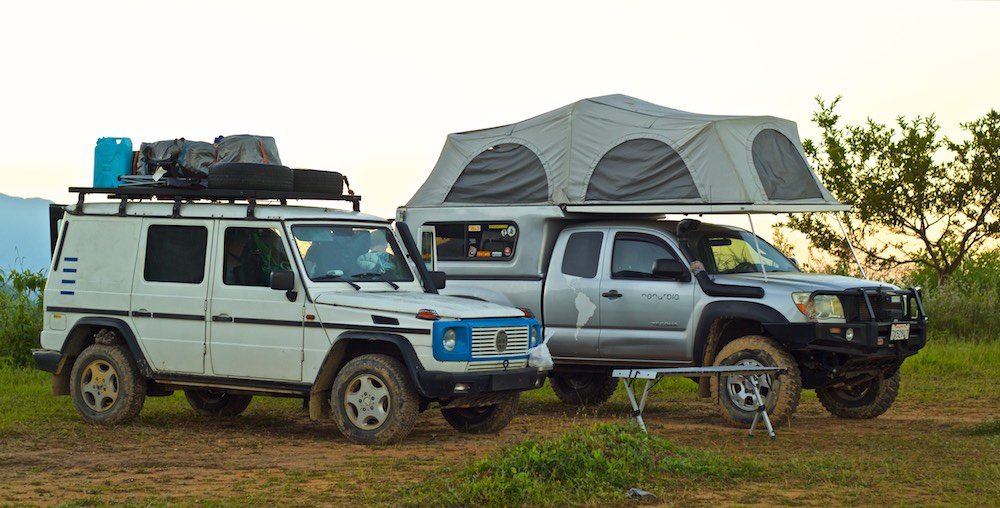
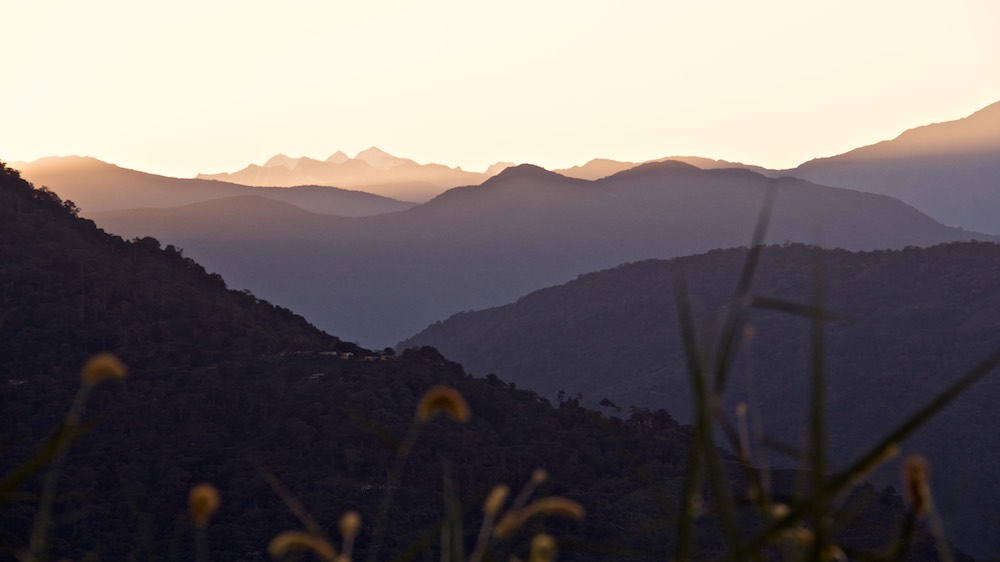
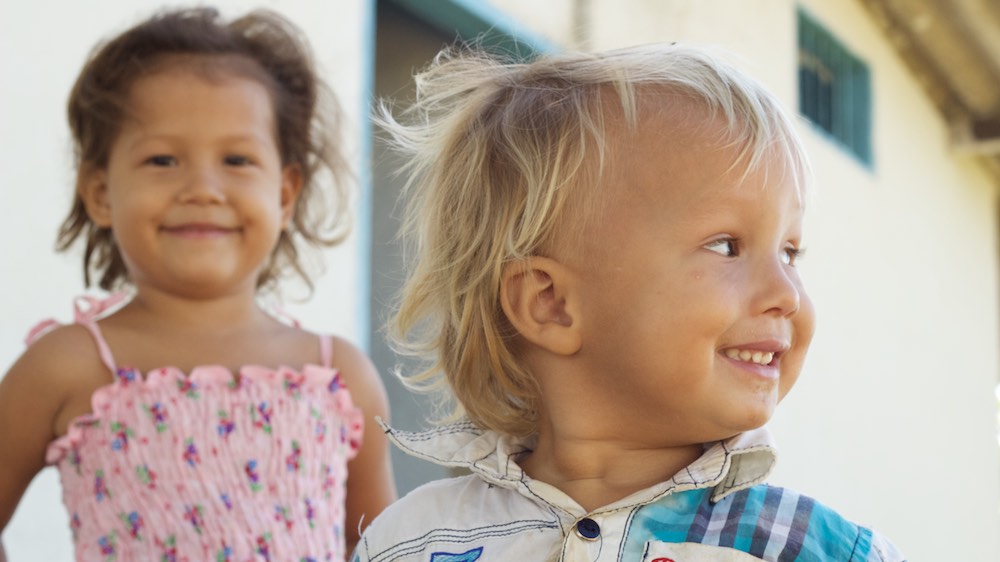
Colombia appeared to us as a culturally and ethnically rich country. Turns out, it’s possibly the most diverse country in the western hemisphere with 85 different ethnic groups.
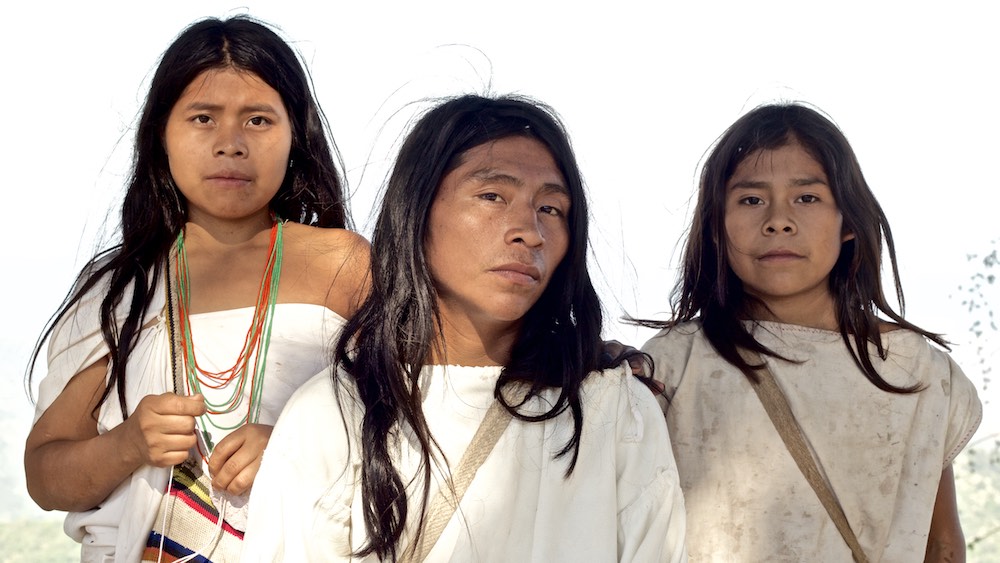
We came across this proud family up in the mountains of Santa Marta as they were trying to bring a young bull to the butcher in town. They seem to have preserved most of their own ways of living and know-how.
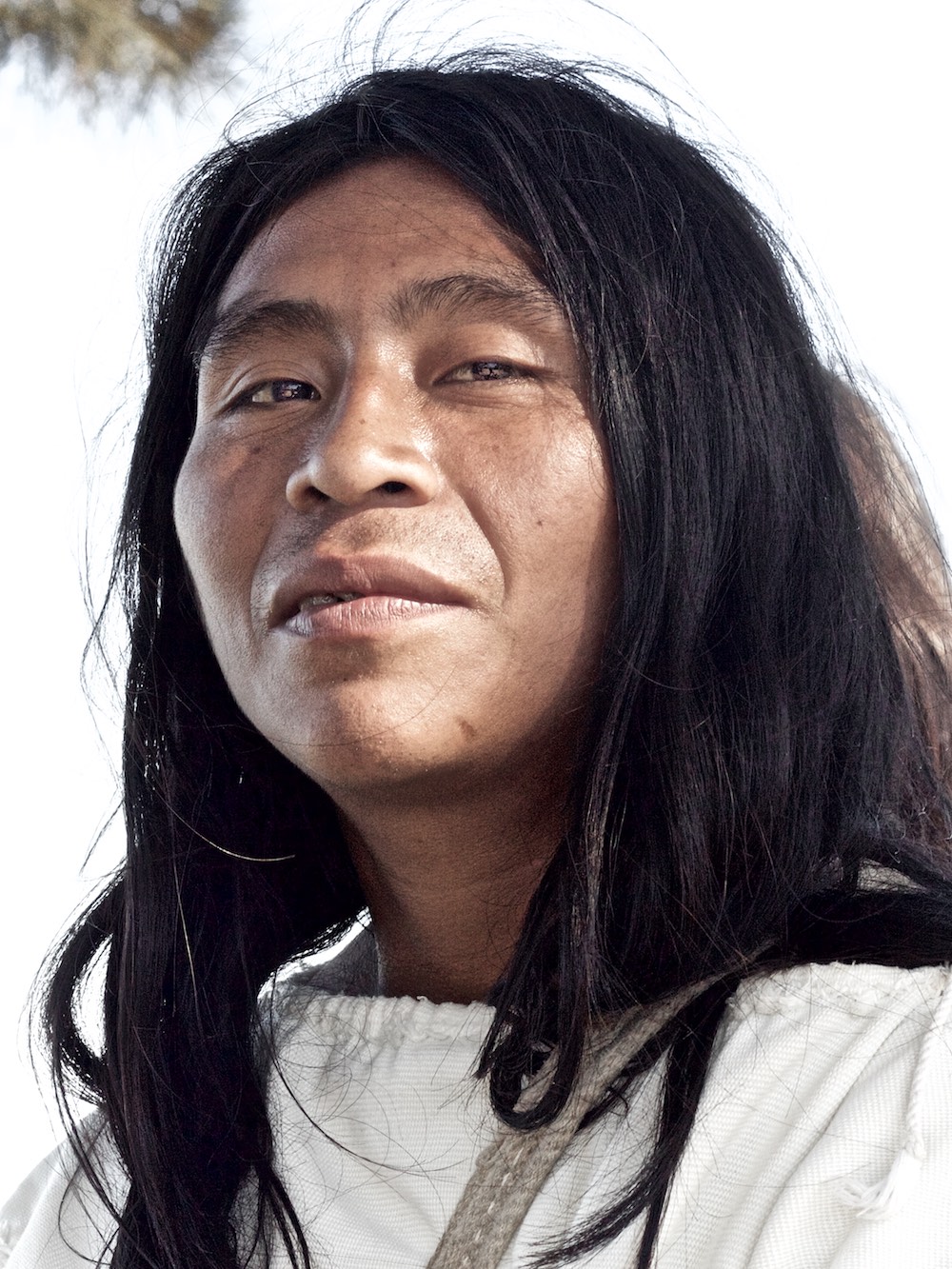
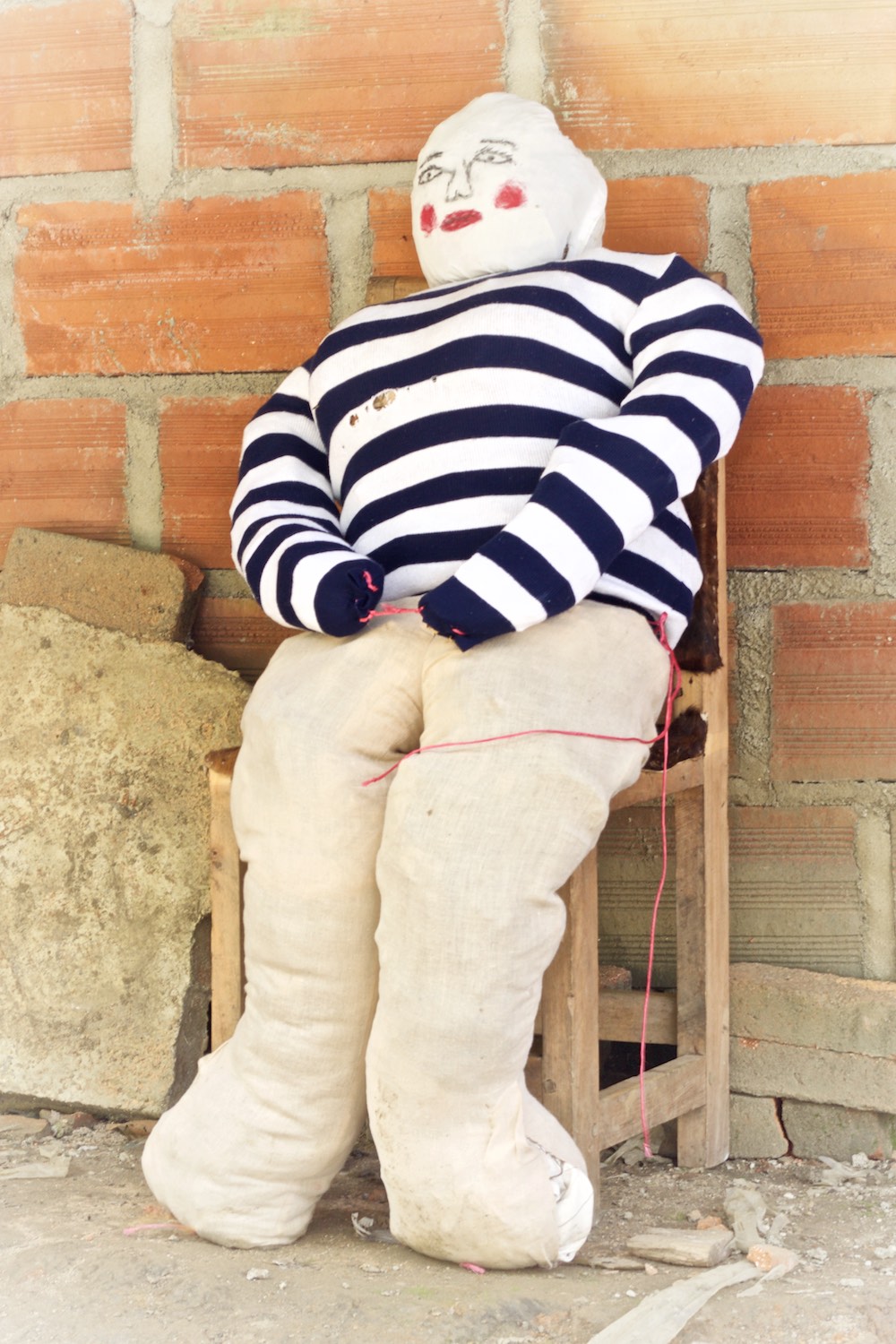
Colombians build these dolls called ‘the old year’ and fill them with fire works or burn them down with gasoline on New Year’s Eve.
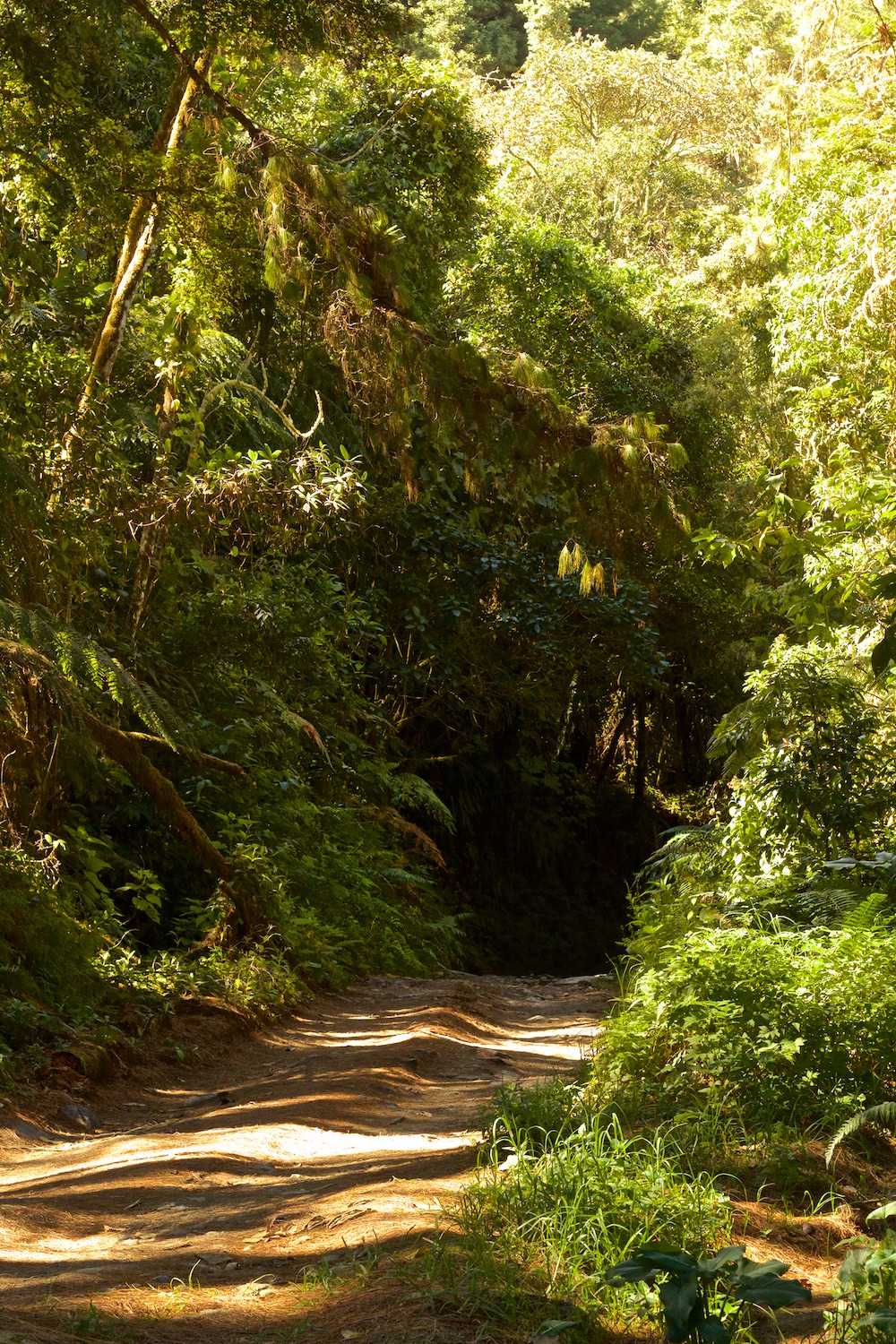
Plants occasionally create tunnels around the road, making us feel like we’re diving into the mountain, rather than driving around it.
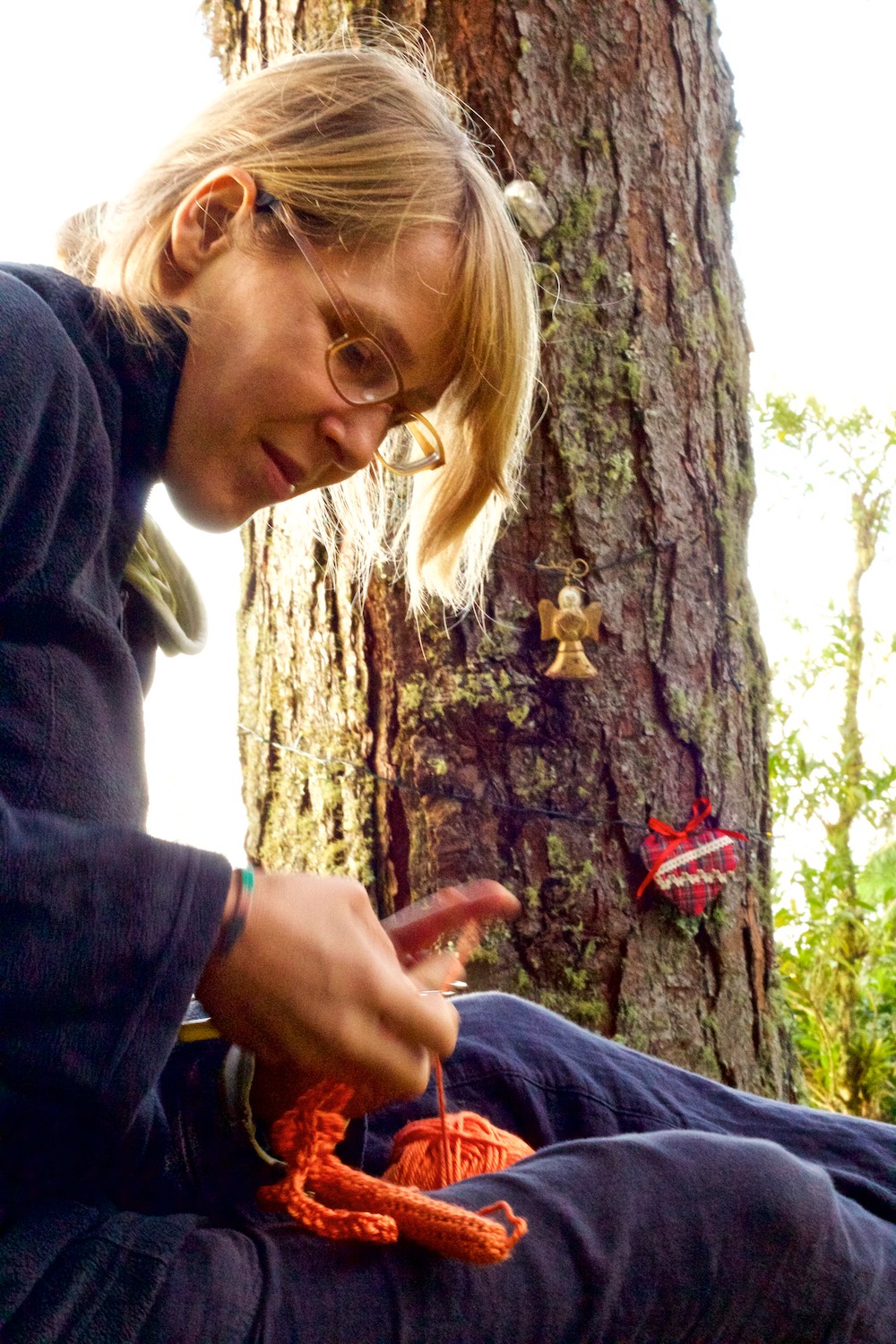
Sarah quickly crocheted a last minute gift for Erdem. Overlanding teaches resourcefulness.
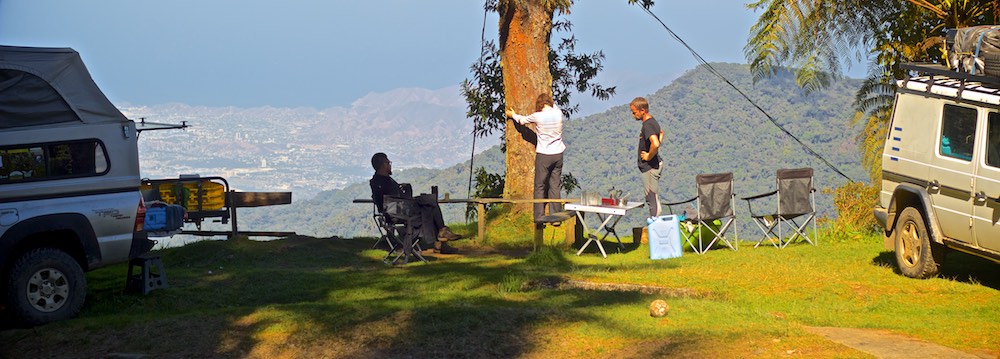
In order to spend Christmas Eve we picked a nice spot in San Lorenzo overlooking Santa Marta, and began to decorate the biggest pine tree we could find. Our flimsy decoration lights were dwarfed by the giant tree in a funny way.
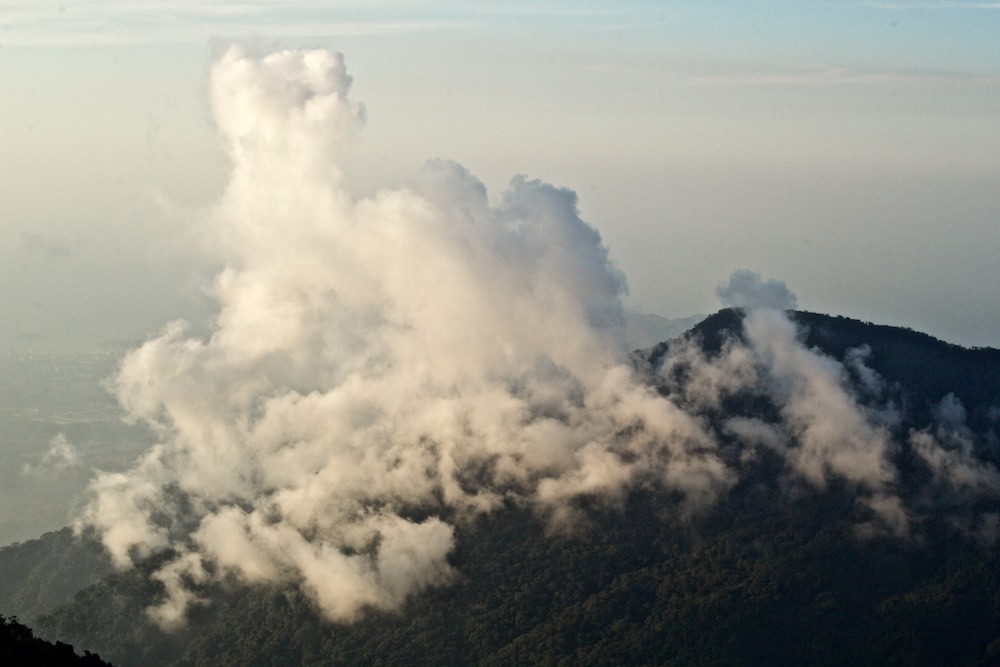

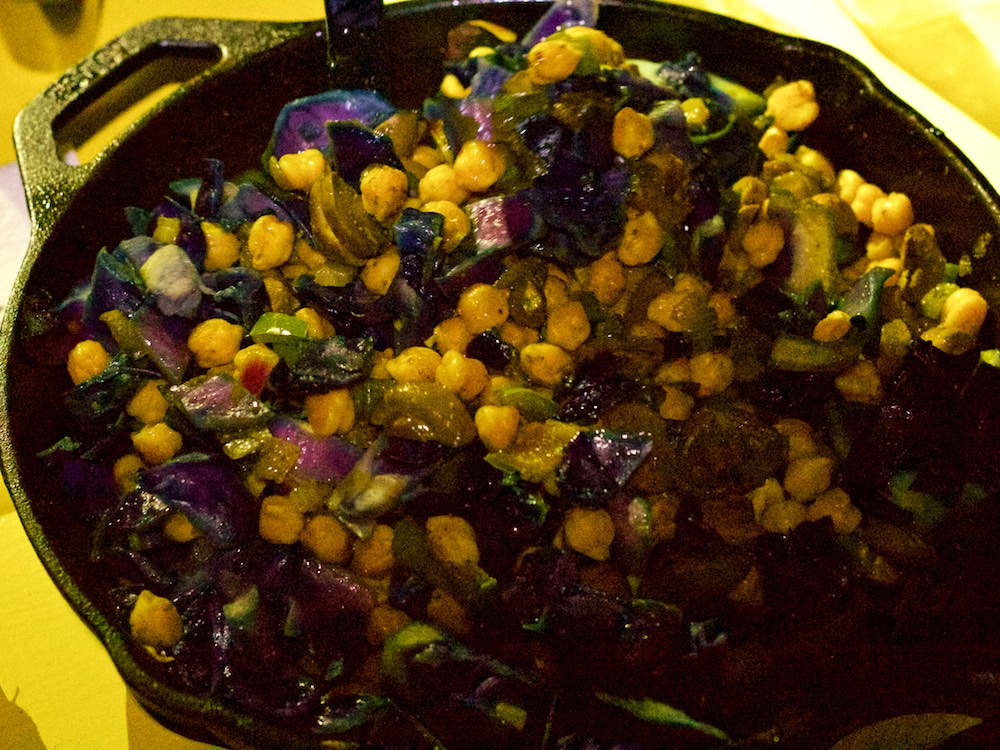
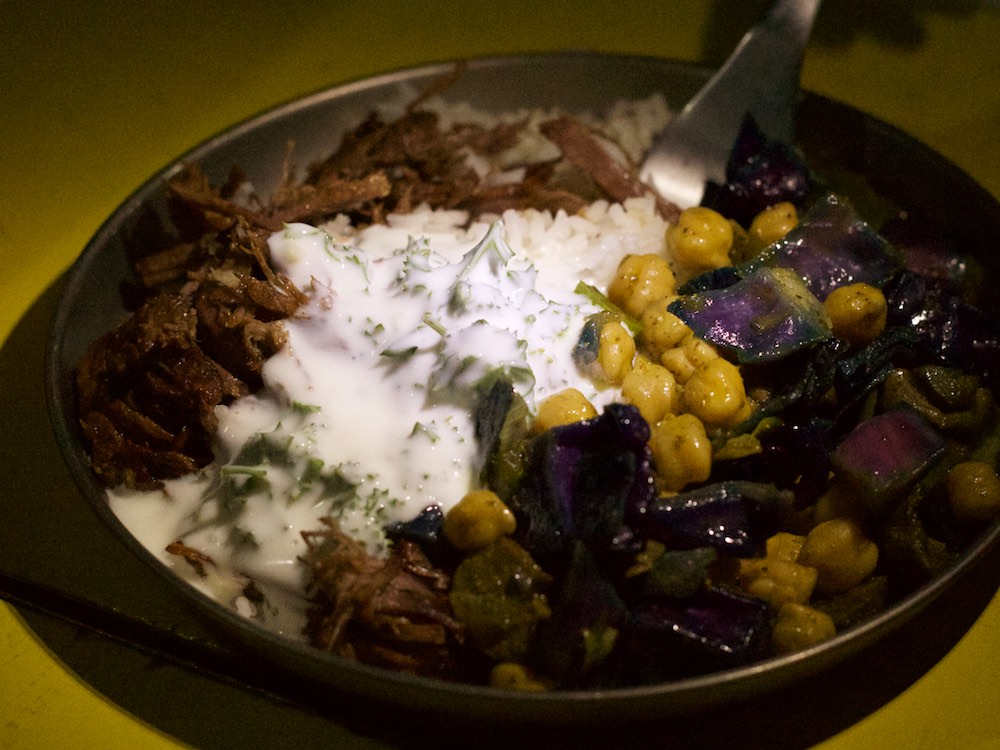
We cooked up a cute, delicious Christmas dinner between the four of us. Our gifts were a funny assortment of things we had extra in our cars, which we wrapped in natural recyclables. We played the ‘white elephant’ game with them. Not sure if Ivan will actually use his new knitting needles, but receiving gifts without spending time and money, made Christmas a less consumerist experience… Several people in Colombia told us they don’t celebrate Christmas at all because they don’t have the money for it.
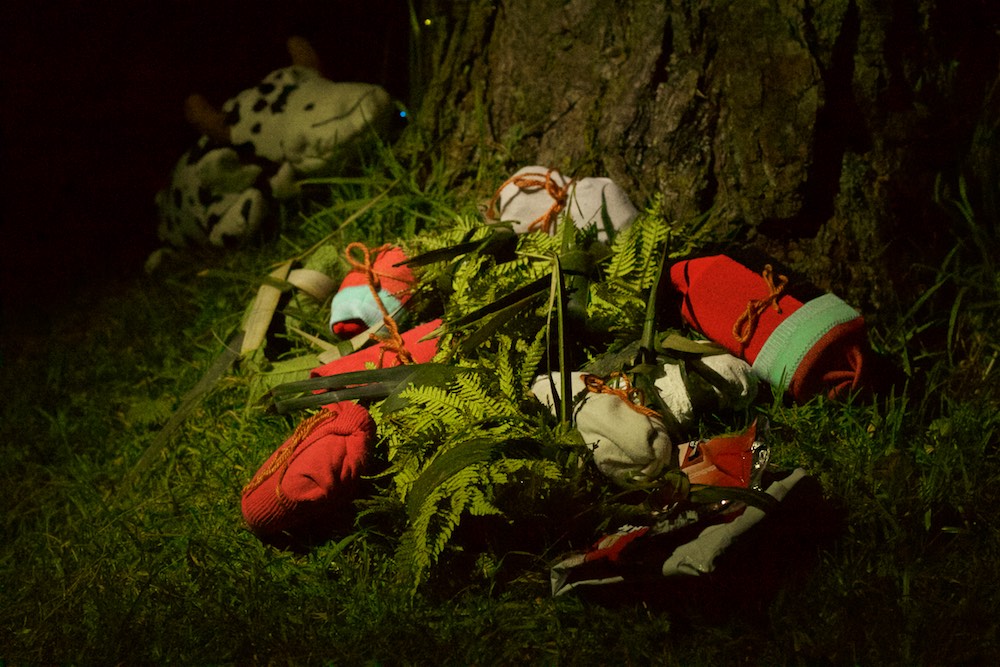
Descending from the mountains we parted ways with our travel buddies. We wanted to head up to the desert of La Guajira at the northern tip of the continent, while the Swiss couple followed their natural call to the mountains in Cocuy.
We first headed on to the Flamingo Sanctuary in Camarones, a small fishing village at the coast north of Santa Marta.
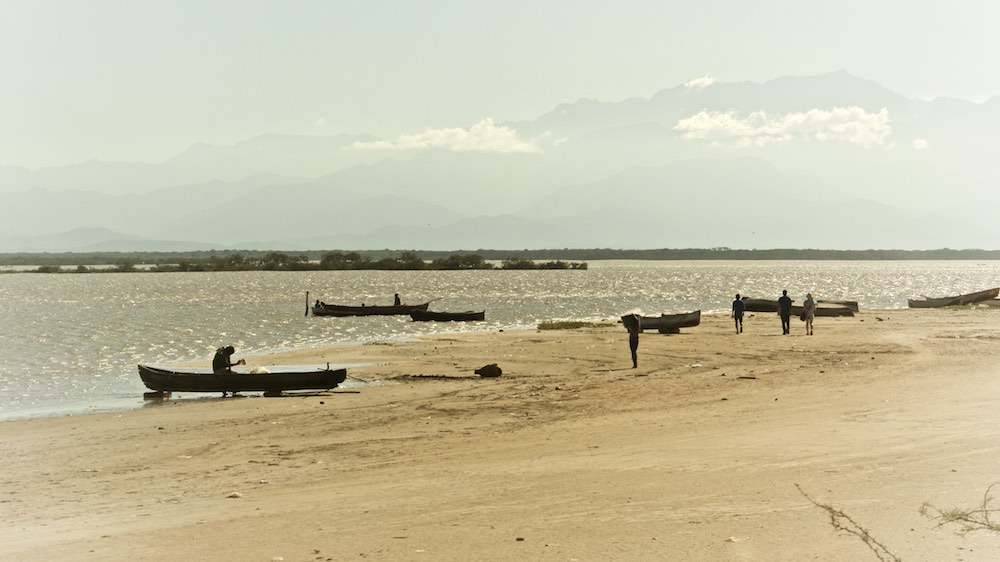
The wide, flat bay tinted in ochre colors, is home to many indigenous Wayu tribes as well as Creole people. The nesting grounds of the flamingos are reached with makeshift sail boats, zipping over the knee-deep water occasionally touching the sand on the ground. Shrimp fishermen were wading through the water as we sailed by them. The area feels forgotten, tranquil and wonderful at the same time. The detour proved to be just as rewarding as the flamingos themselves.
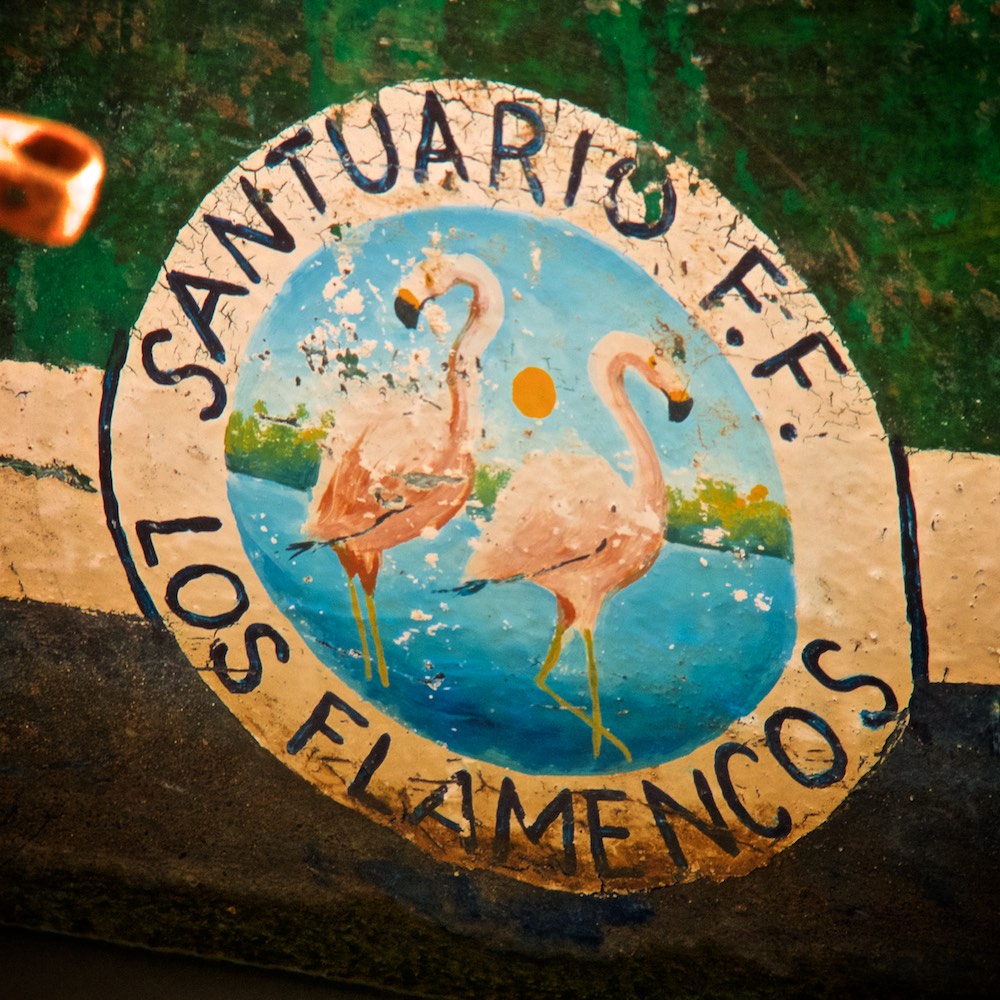
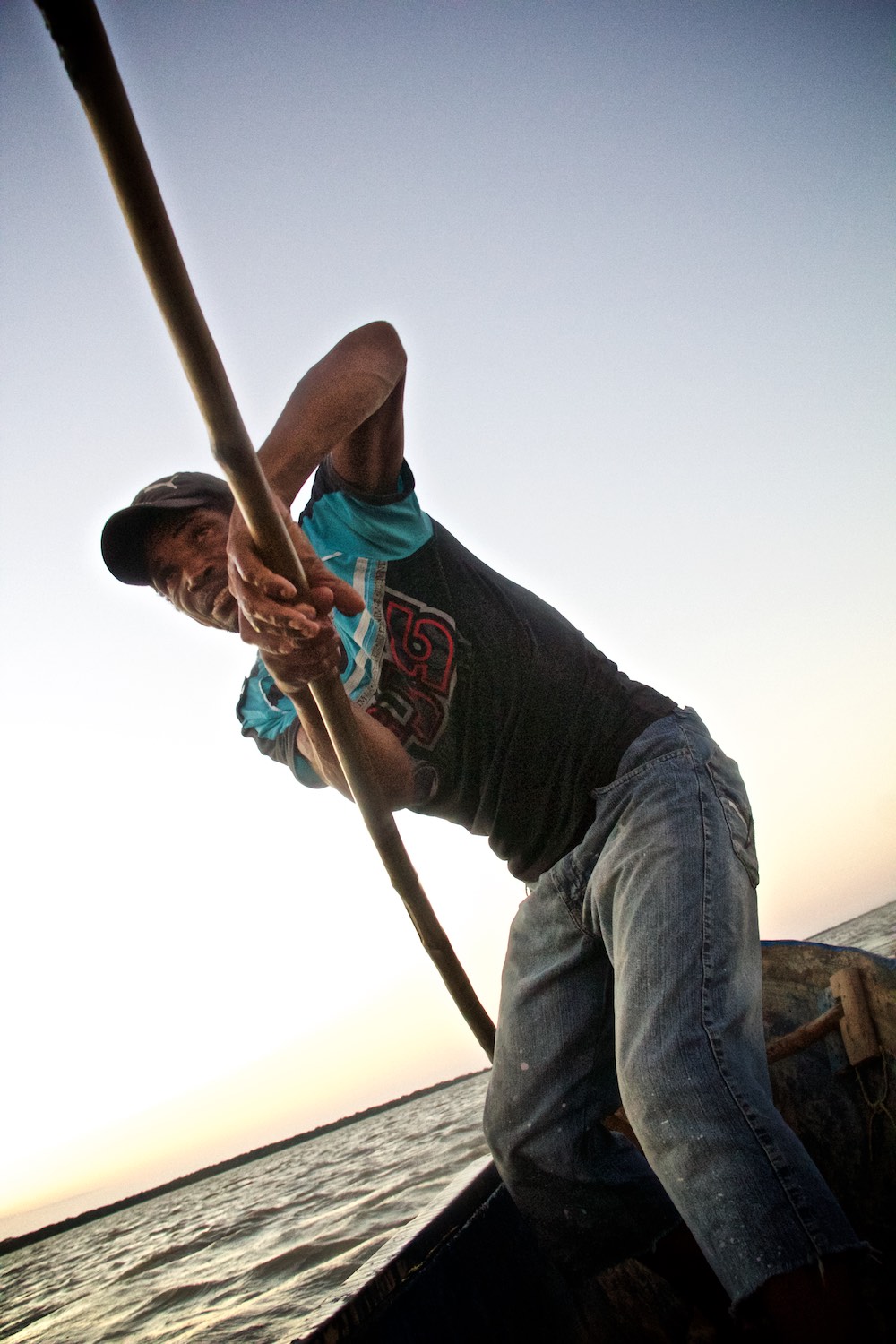
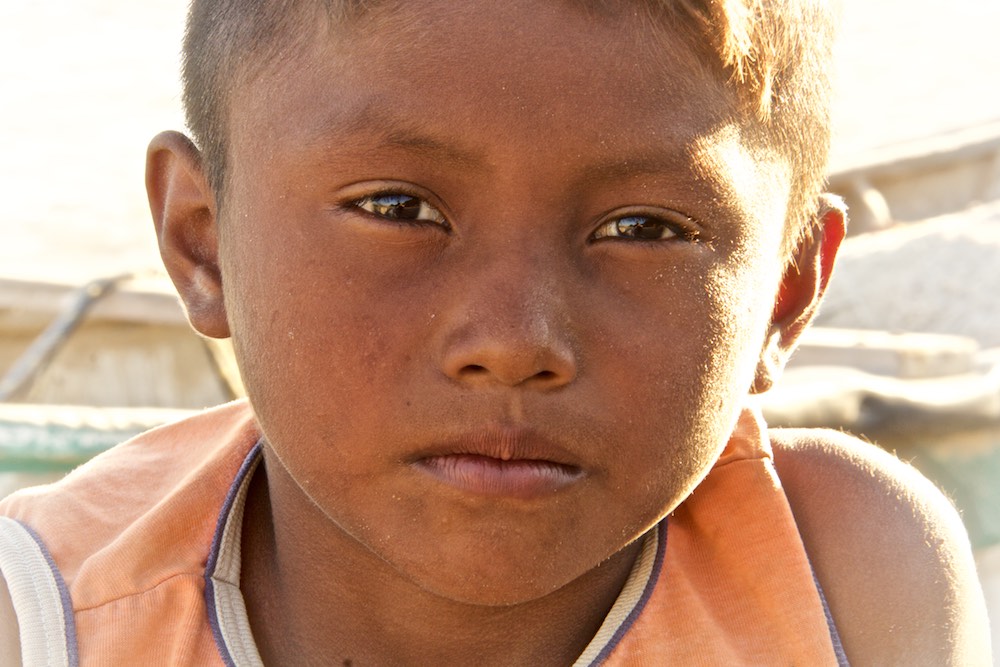
We reached the birds just as the sunset. The way back was a magical, dreamlike boat ride through a starry night over the wide open water. One of the most soul-touching moments of this trip…
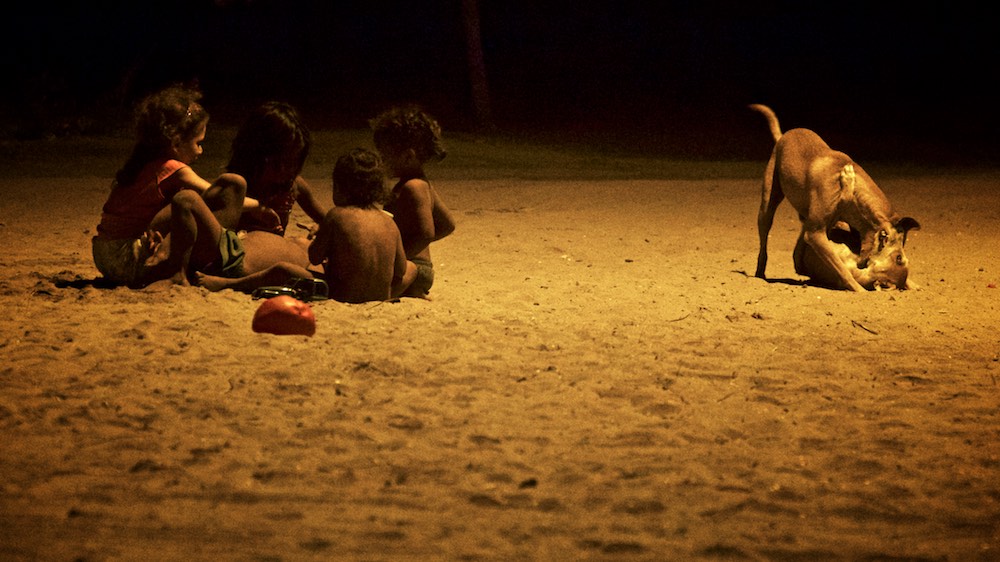
At the northern tip of Colombia is an unusual protrusion of land called La Guajira. Covered in sand dunes, salt flats and cactus fields, it’s unlike anywhere else in the country. The Wayu people have been living here independently and autonomous for as long as anyone could remember. They resisted the Spanish invasion and the mess that followed in the aftermath. Wayu speak a language called Wayuunaiki and have a unique relationship with the land. Translations of some of the interesting territory names in Wayuunaiki are as follows: Sour with something, Round object, Where sleepiness is felt, Eyes without head, Frightened, Inside you, When it turns into a boat, The teeth of our eyes, Going there, Coming here, I have more power than you, My eyes are of sticks, Lying eyes… Their diet is mostly based on seafood and goats. The women are very prominent in society. They wear bright red dresses and often cover their faces in dark paint. This, we felt, was a landscape we had to experience.
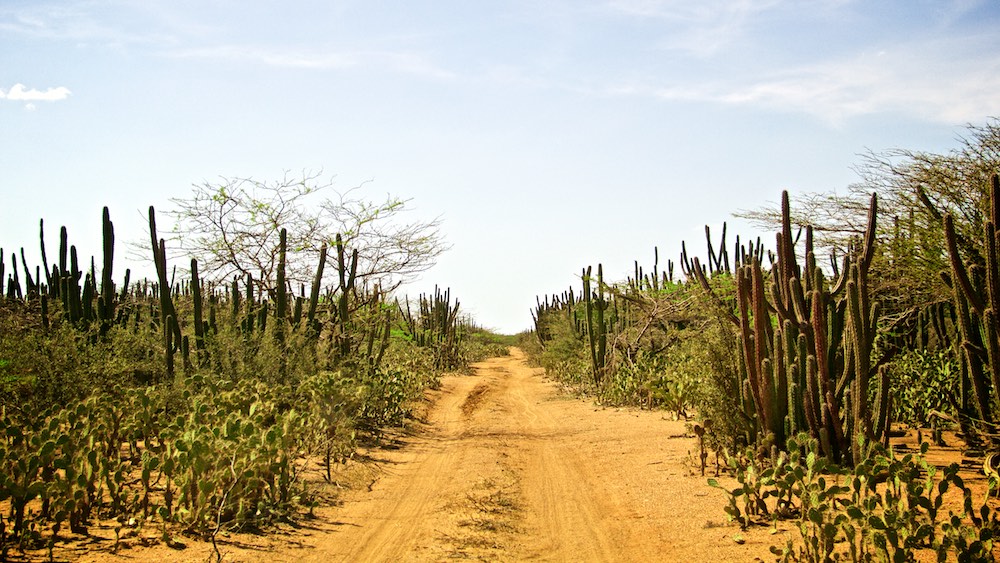
A dirt road seemed to connect the main road to the shore. We asked the Wayu women if the road was OK to drive on. They approved it with a dubious smile. Nevertheless we decided to take it. It first took us to a beautiful cactus field…
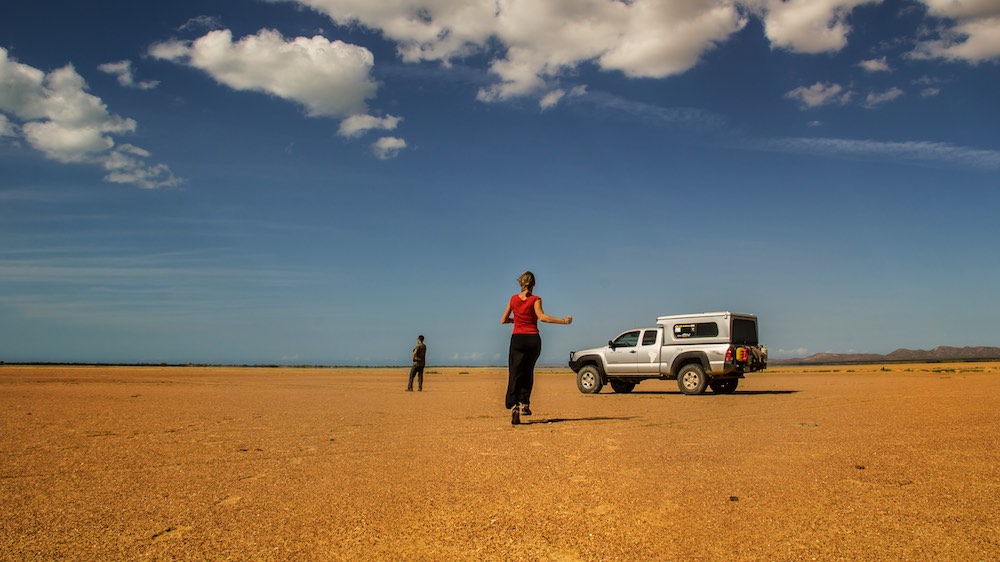
…and then into a salt flat, where it disappeared. We could see the Atlantic ocean ahead, but there were no tracks left to follow. We checked the ground to make sure that the ground was sturdy.
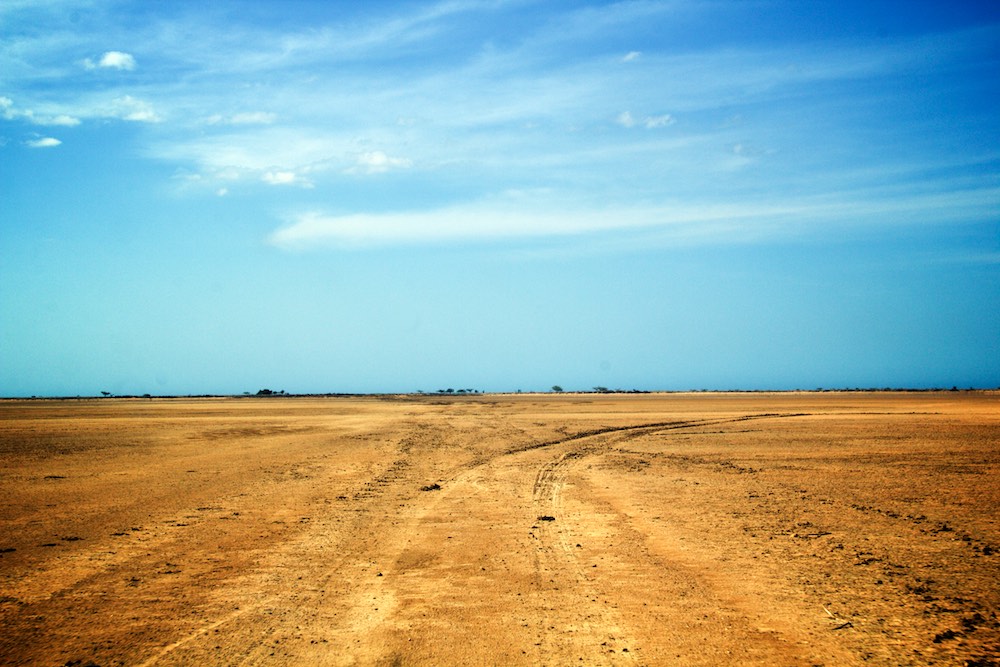
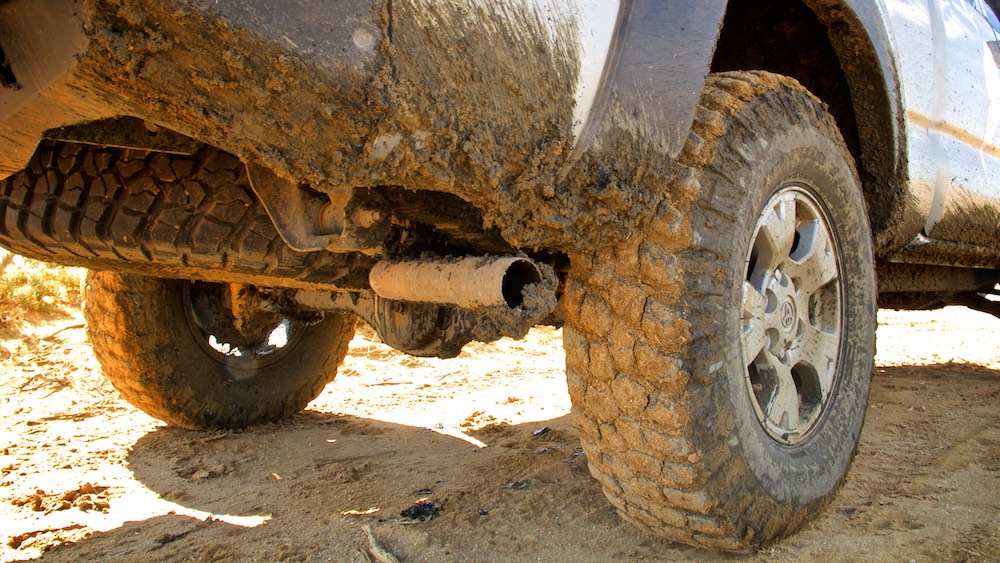
But what seemed like flat dry land was in fact a large mud lake shielded by a dry crust. We made it across using momentum.
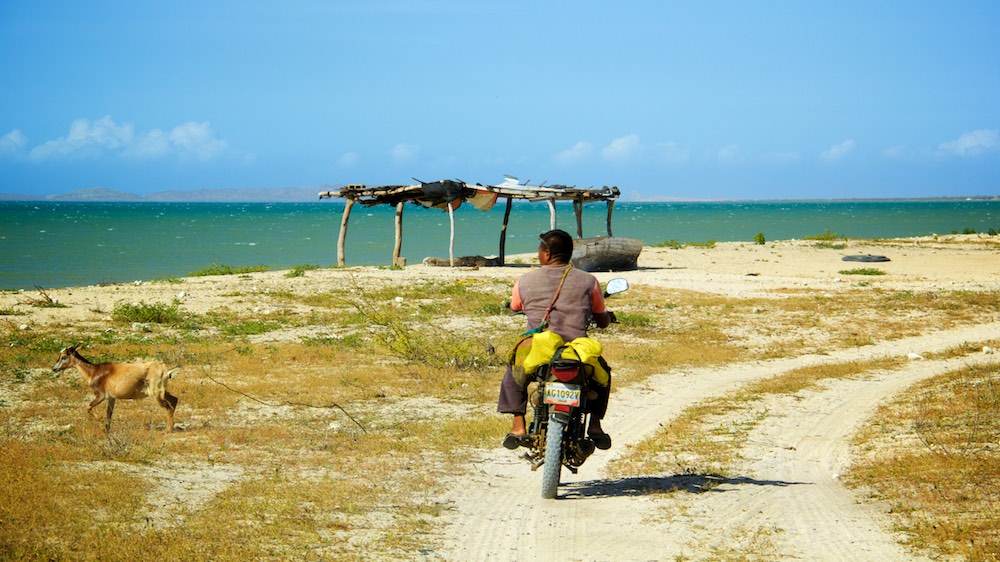
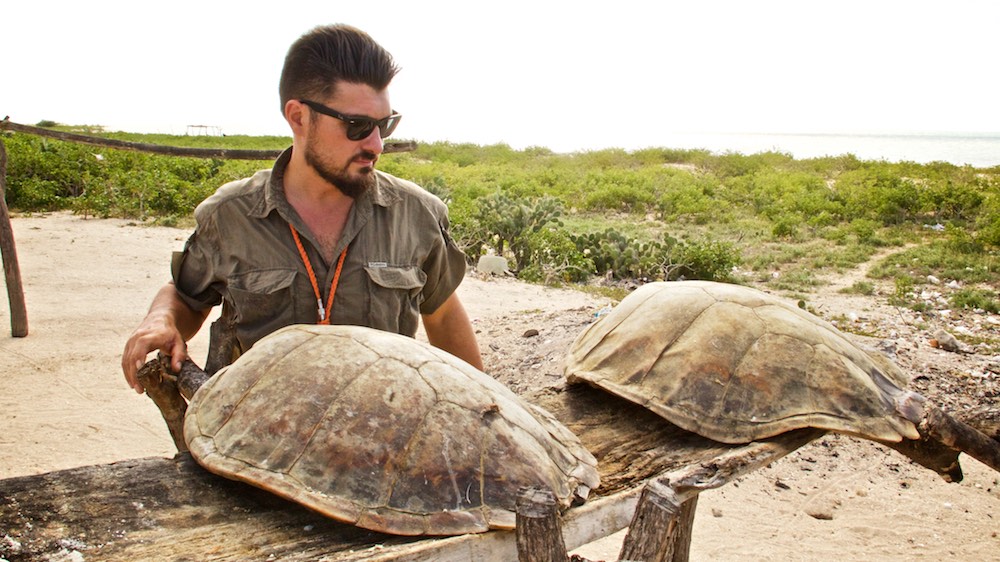
The fishing hut we arrived at on the shore had some turtle shells laying around. Turns out there are people who enjoy turtle meat.
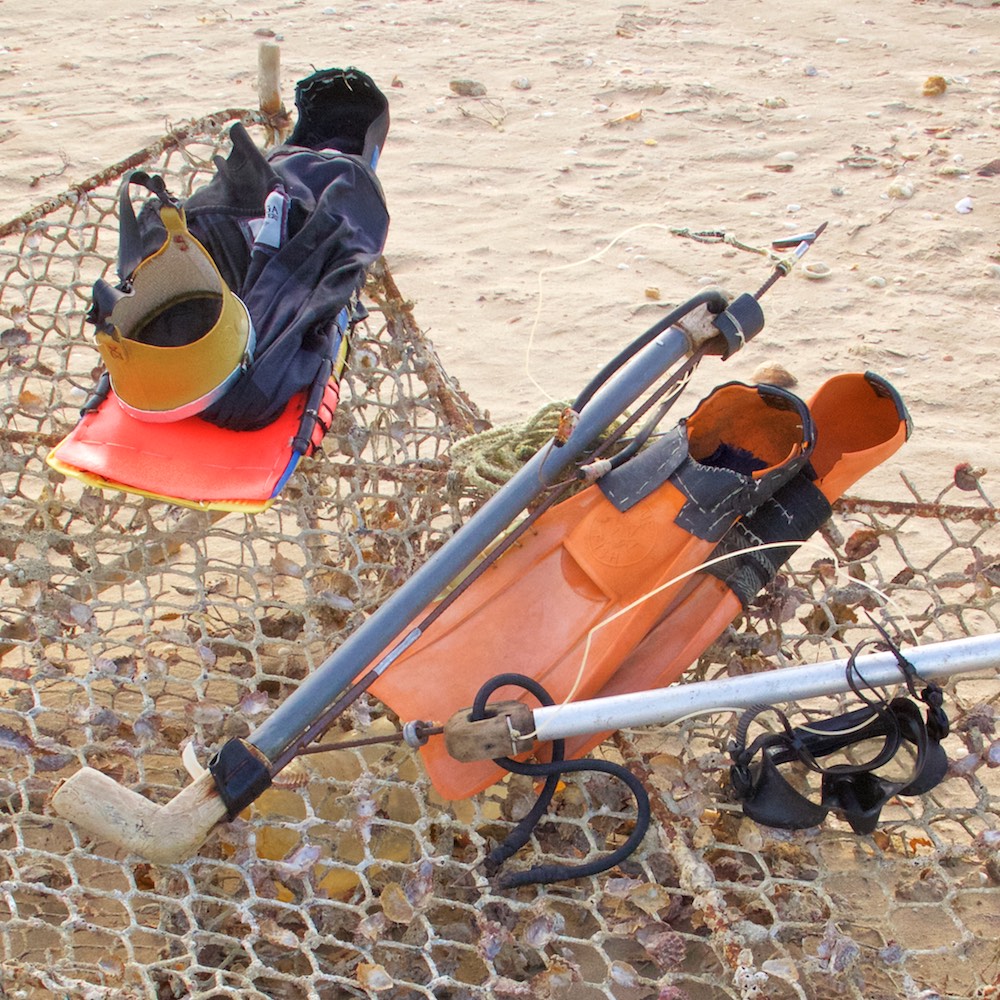
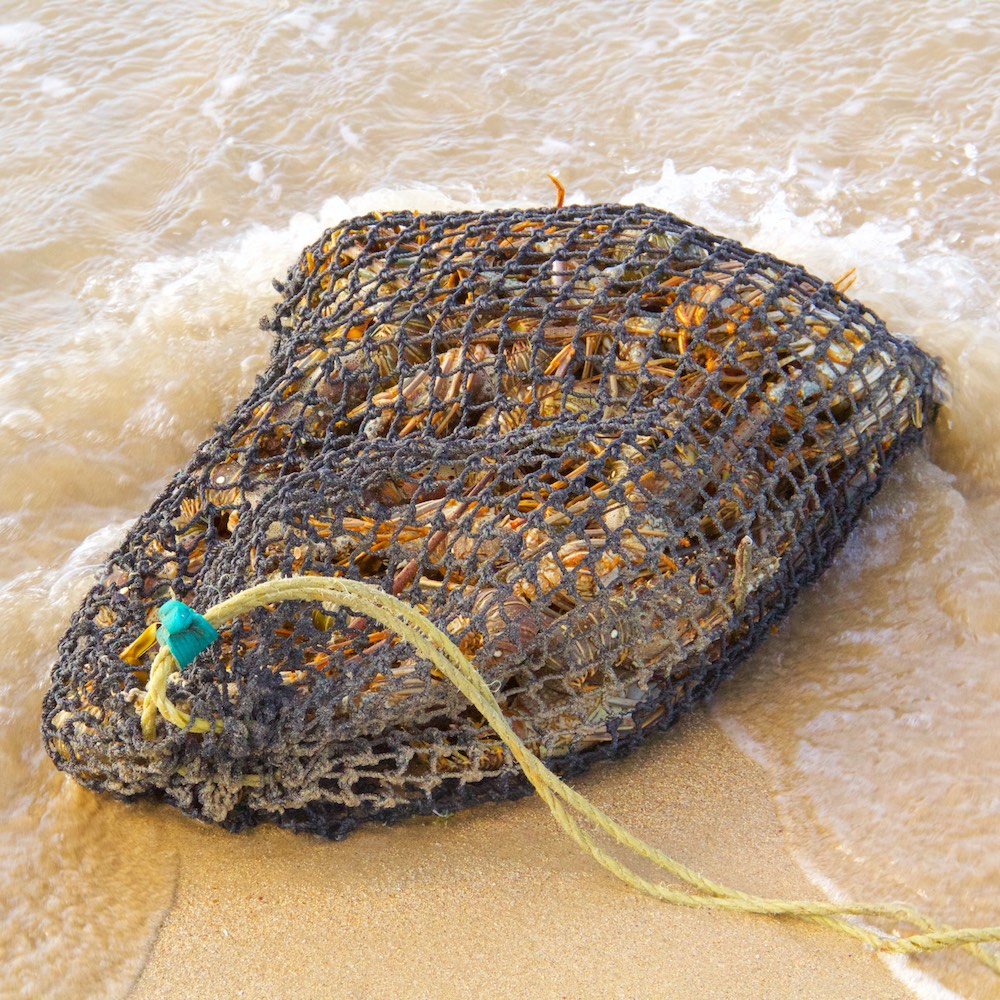
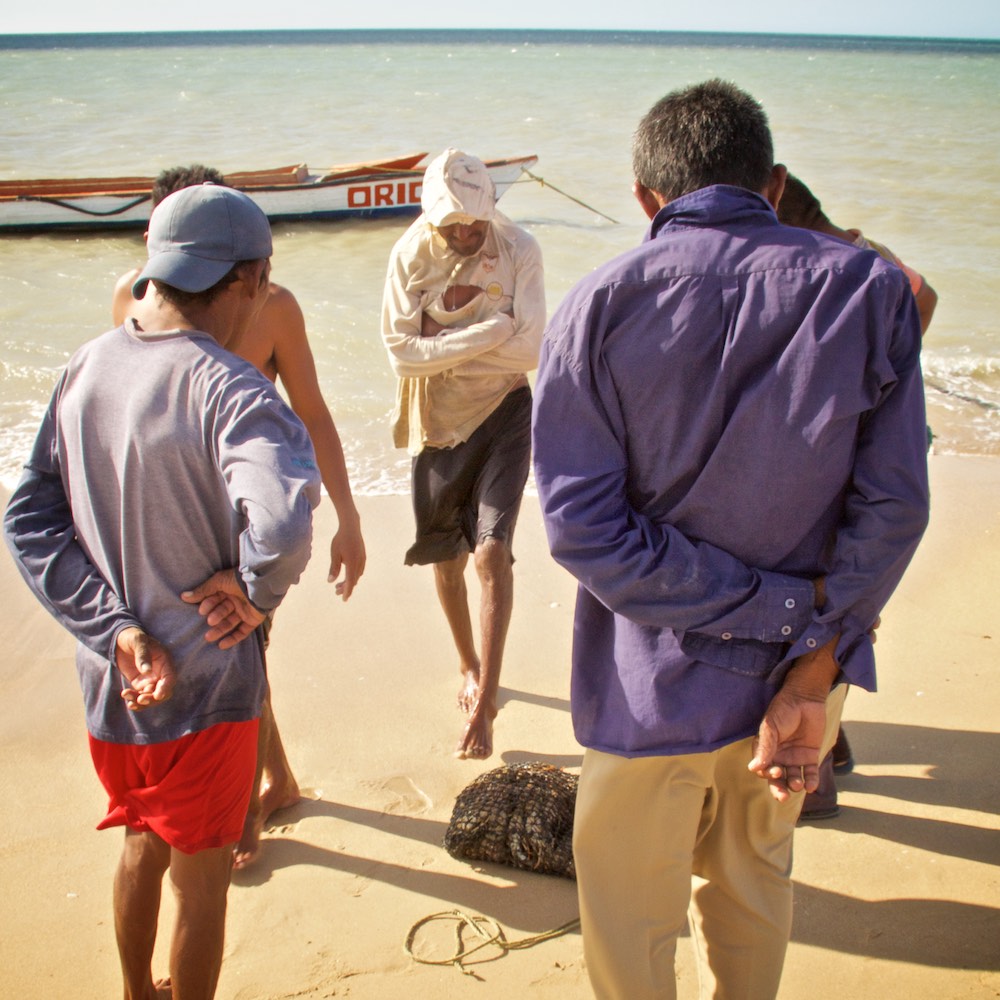
Soon enough, the fishermen arrived with the catch of the day. A net full of fresh lobsters… They sold us four lobsters for two dollars and still seemed to be happy about it. I wonder who got the better end of the deal.
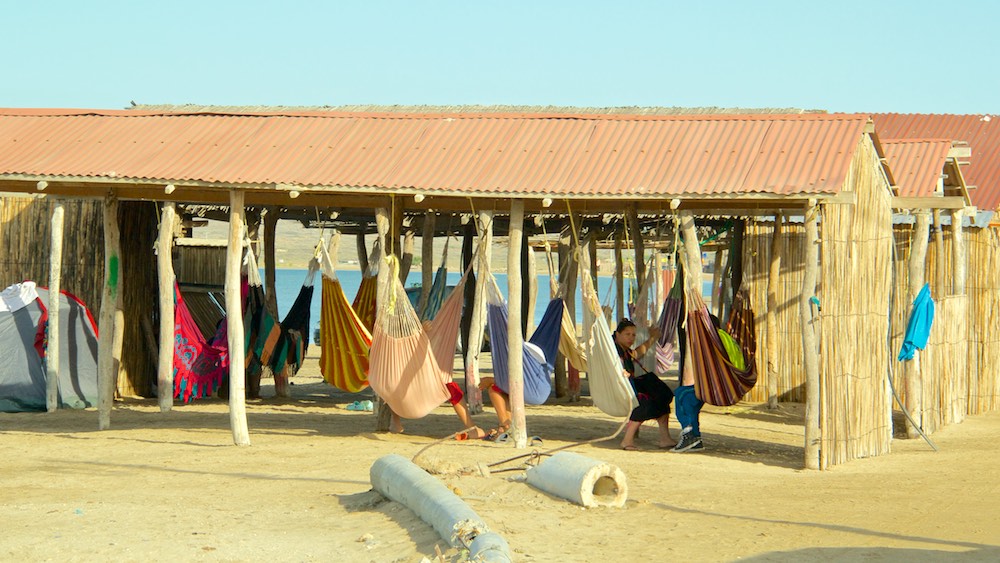
Cabo de La Vela is almost entirely made up of huts without walls full of hammocks. The constant wind makes mosquito netting an unnecessary novelty. Temperature is mild at night. Nothing is hidden behind walls and privacy is something most people can live without. There were a few hostels and restaurants catering to Colombian tourists. A wonderful place to chill out. We camped next to one of the restaurants right by the slope of the beach. Most people dig through sand to recover stuck vehicles. We sometimes do it to level our truck for a good nights sleep.
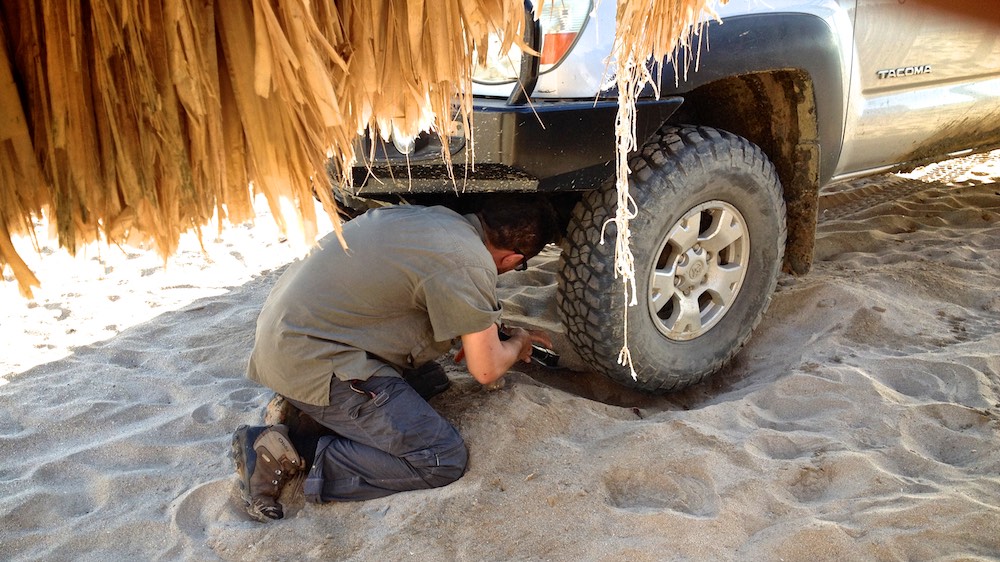
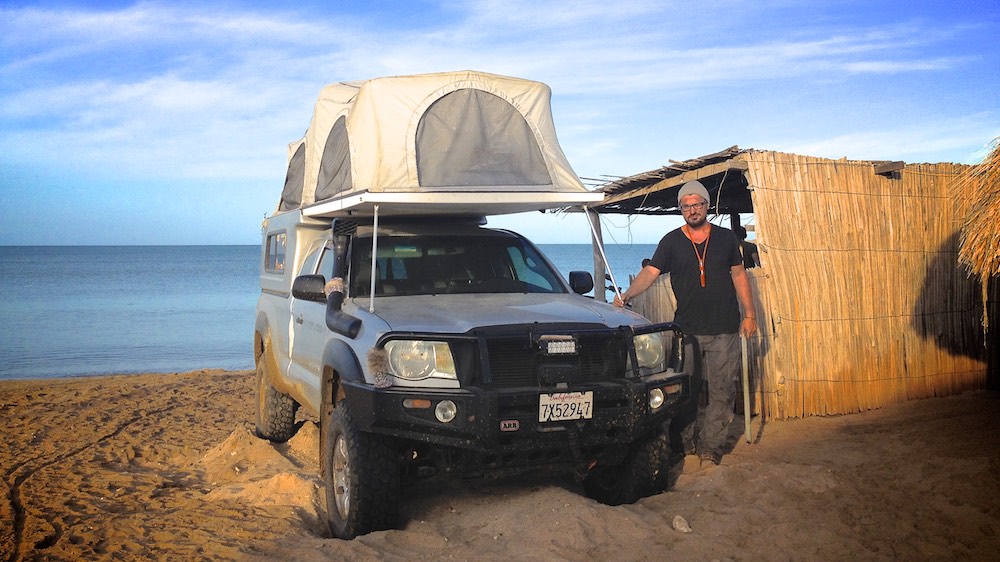
Some adventure-savvy Colombians come to La Guajira to enjoy their vehicles in this remote land. We met a group of five young ones from Bogota on two dual-sport bikes and one 4×4 SUV and decided to follow them through northern Colombia as they were heading back south. Pilon de Azucar was our last stop in La Guajira peninsula. We said our farewell to the Atlantic Ocean. From now on, our route will mostly follow the Pacific coast.
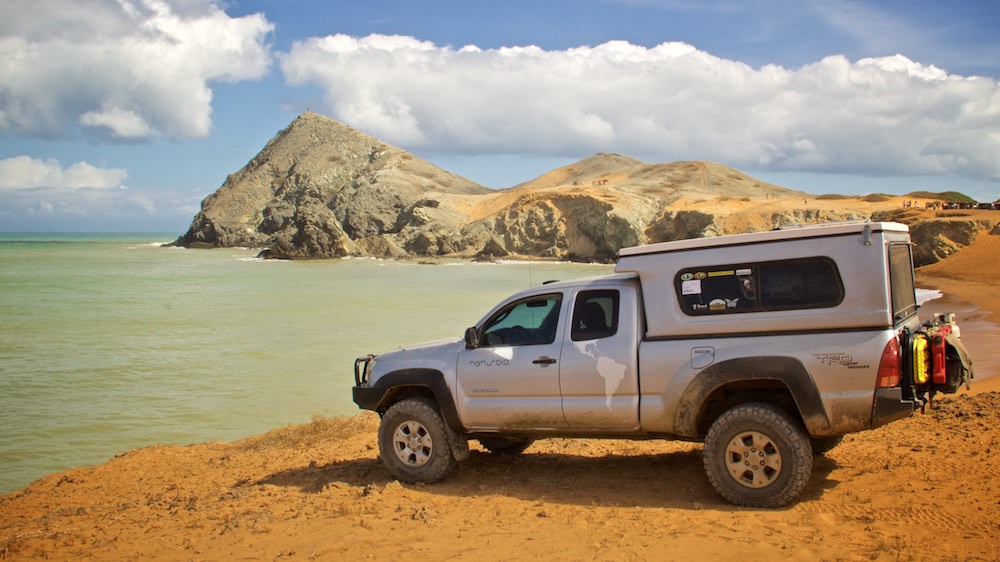
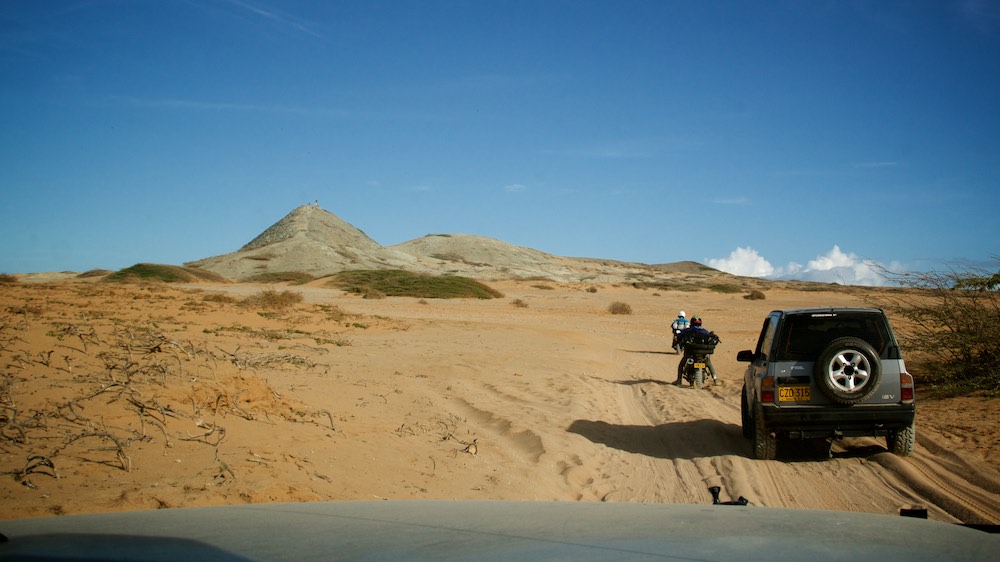
Driving to Pilon Azucar through the sand in formation.
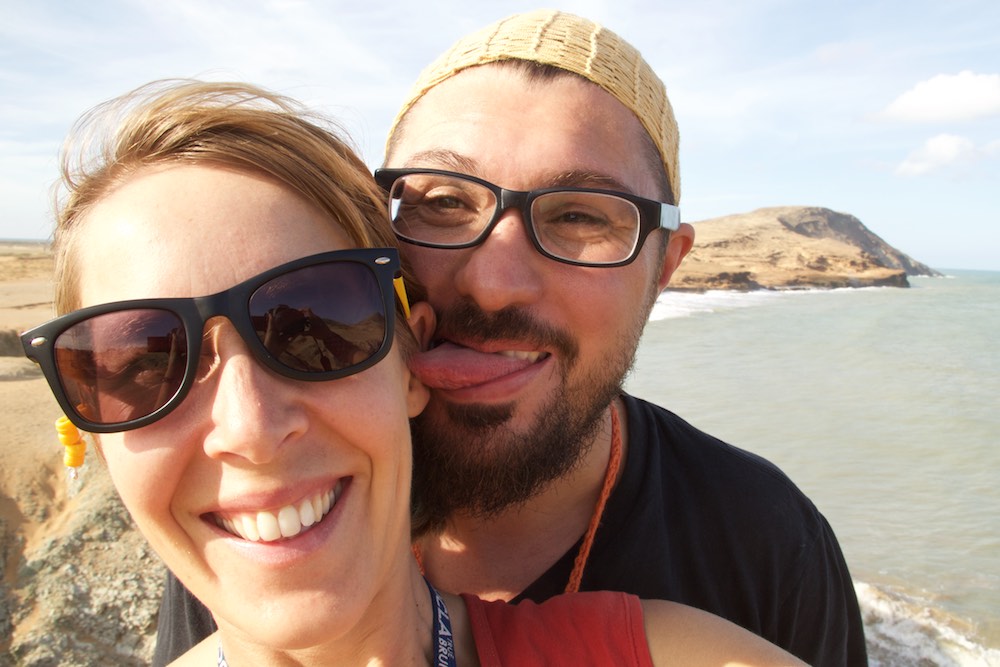
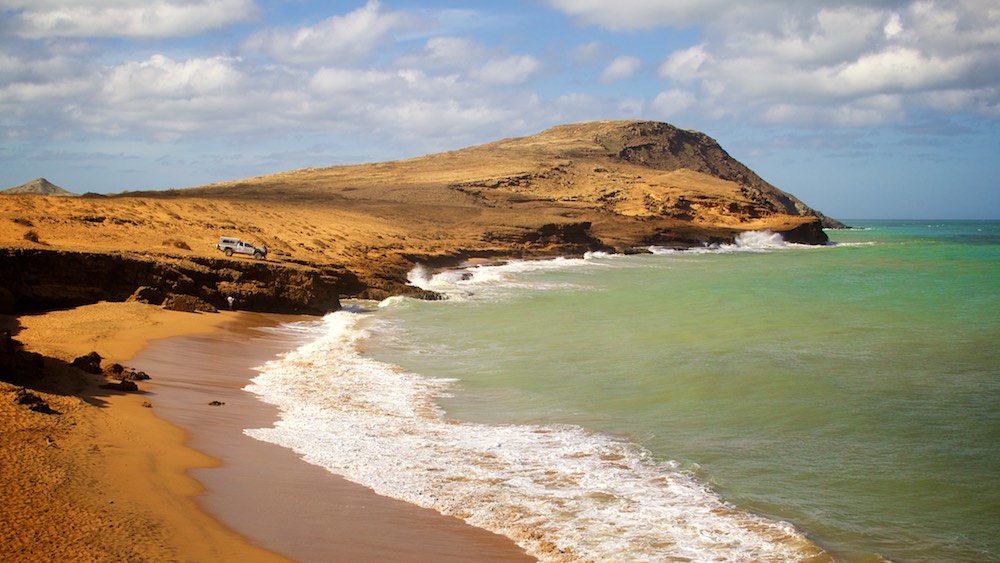
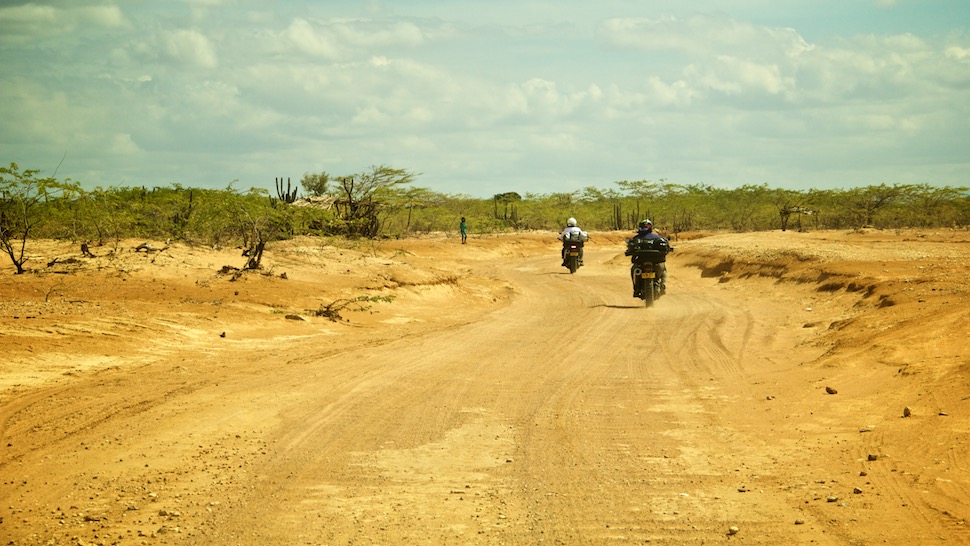
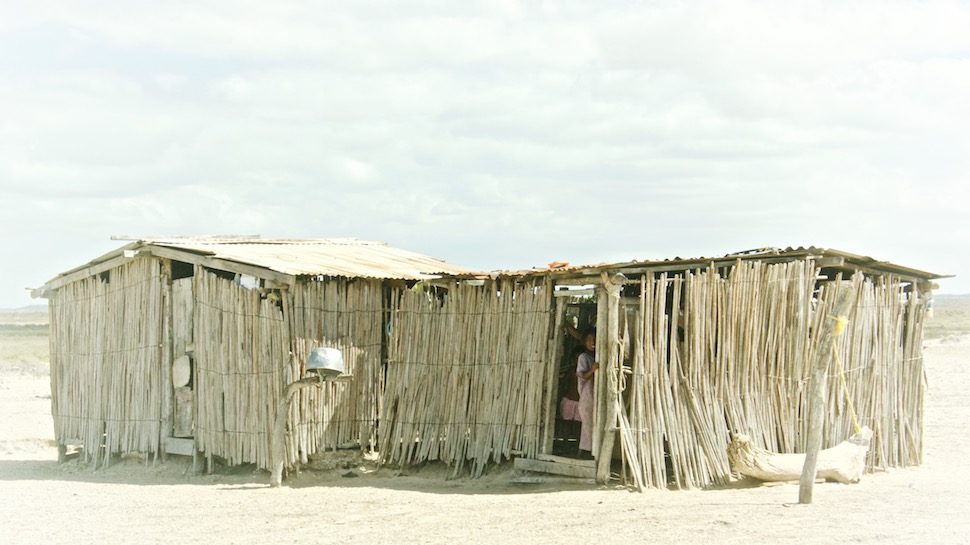


Here are two very Colombian things to eat! On the left is the Colombian style eggs as we knew them before this visit. We did not see anyone cooking them so we decided to do it ourselves. Above is Chocoramo, a chocolate covered orange cake snack that seems to have left a lasting imprint on every Colombian child born after the seventies. It’s good!
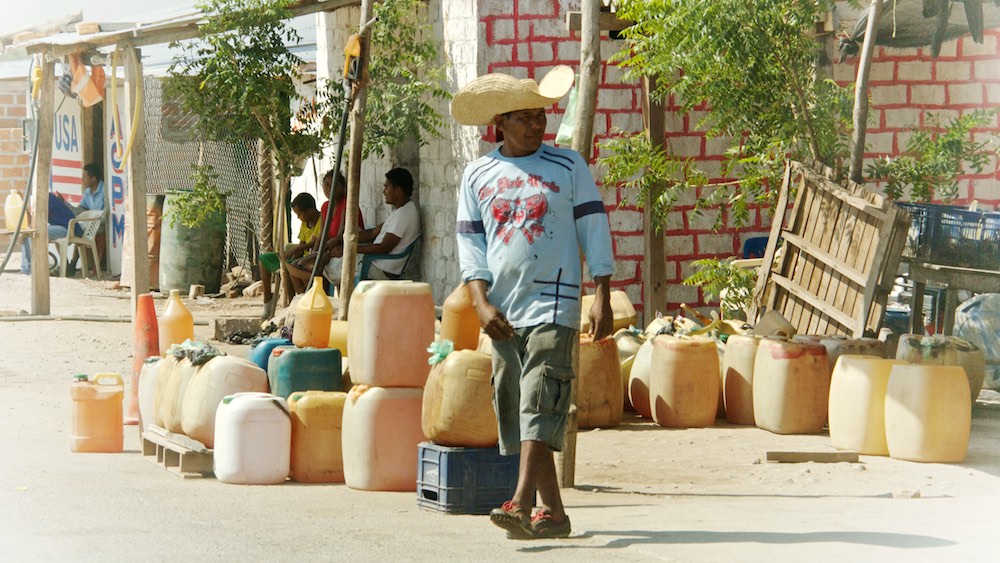
Encouraged by our newly made Colombian friends, we decided to take the road down south paralleling the Venezuelan border where most of the smuggling between the two countries takes place. It turned out to be a rewarding experience because we got to fill our tanks with dirt-cheap Venezuelan gasoline and surprisingly, nobody robbed us! As we often acknowledge, the most dangerous aspect of traveling overland through the Americas is not the gangs or the guerillas. It’s the traffic! Little did we know that driving with Colombians in convoy would be the craziest thing we attempted until now.
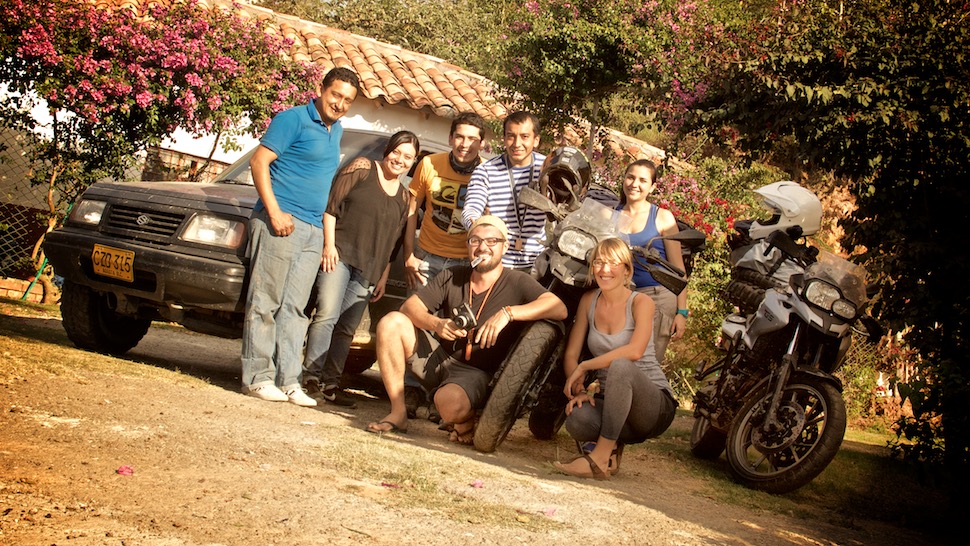
We zipped through the curvy mountain roads dodging heavy and long trucks left and right for twelve grueling hours. When we arrived at Canyon Chicamocha, Sarah and I were screaming with a joy akin to having landed on the moon while the Colombians were keeping all cool and calm talking about natural beauty and weather. The campground we arrived at was overlooking Canyon de Chicamocha. The owner and his son spoke perfect English and were great to chat with. We conversed about music and politics for a while and then decided to do some target practice with an air gun being careful to not hit the paragliders soaring below us in the canyon. Fun times!
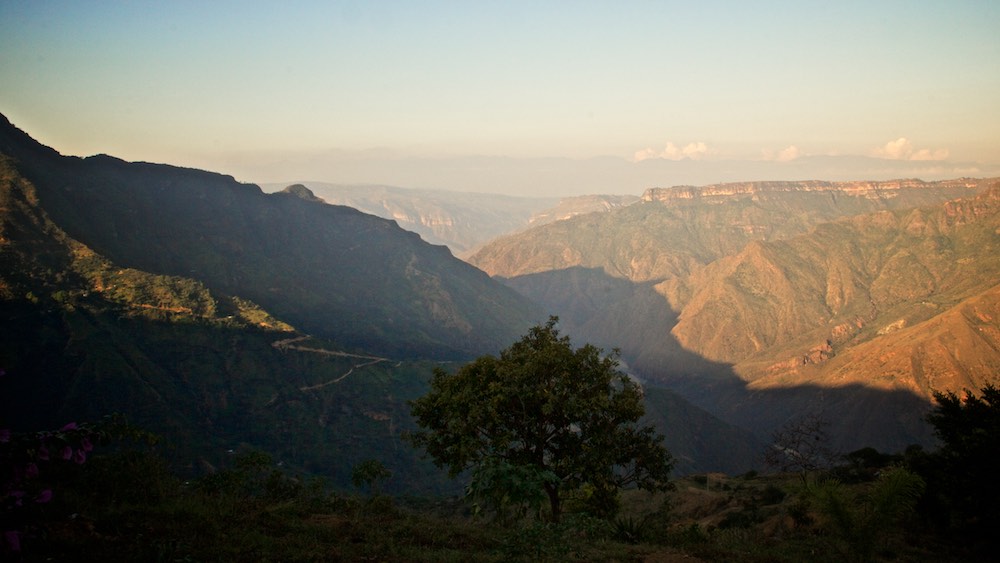
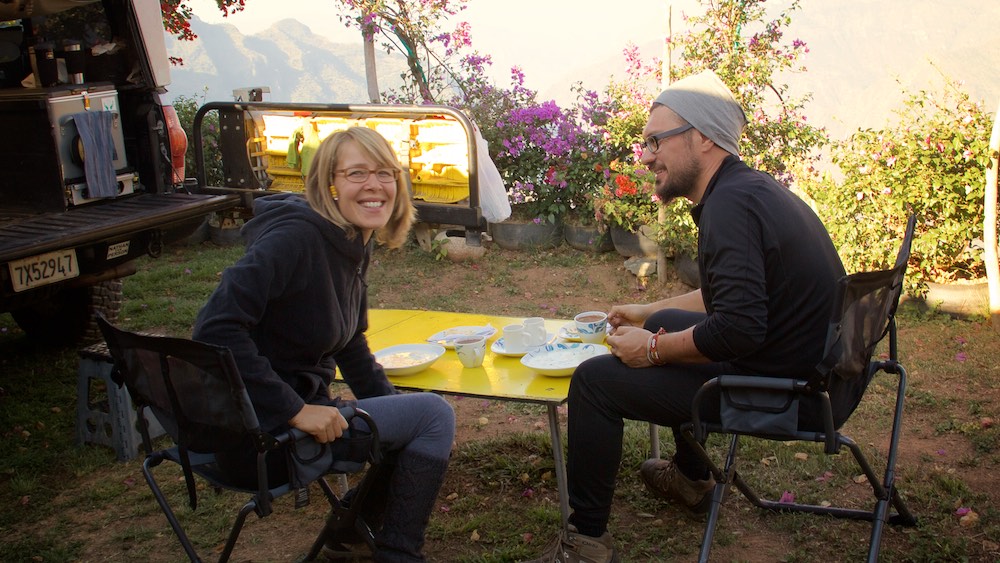
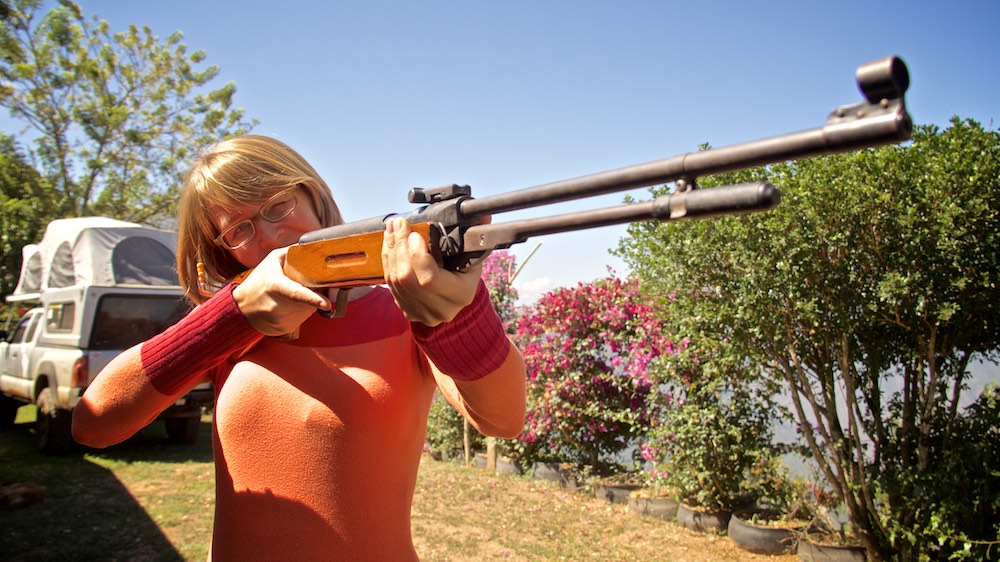
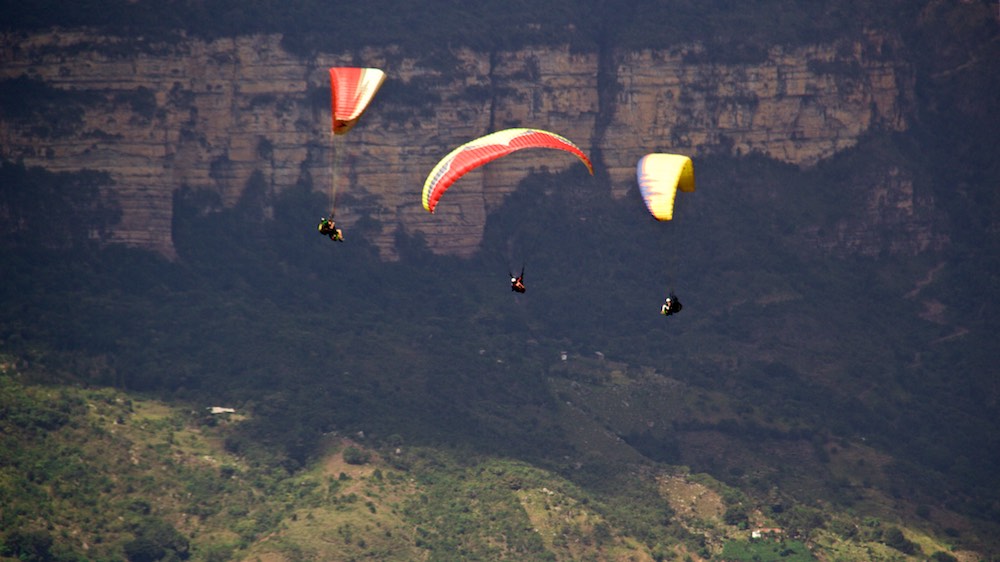
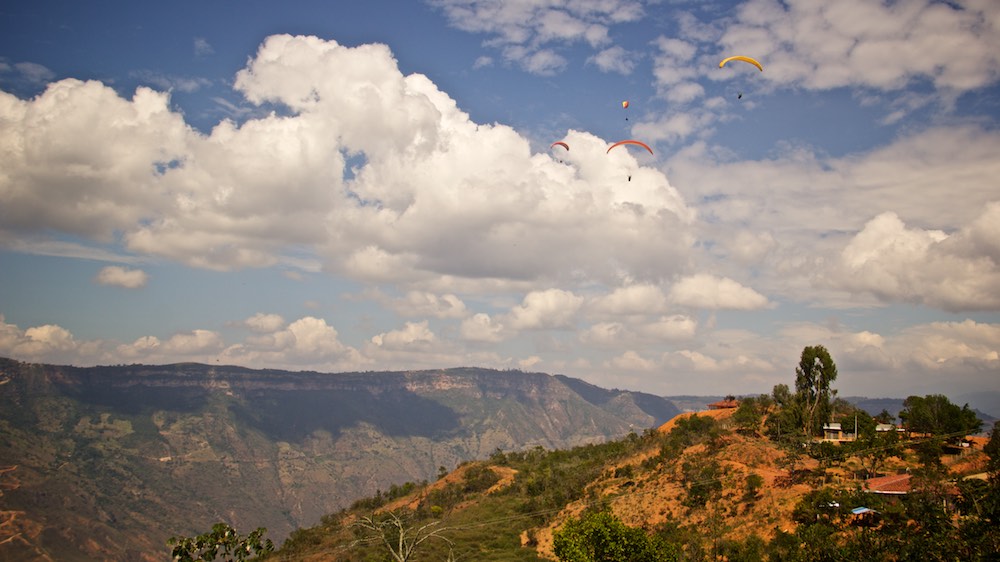
Colombia is a happy-place for fruit lovers! We watched the variety in fruit stands change over time as we drove through different elevations and climates and made sure to taste as many as we could.
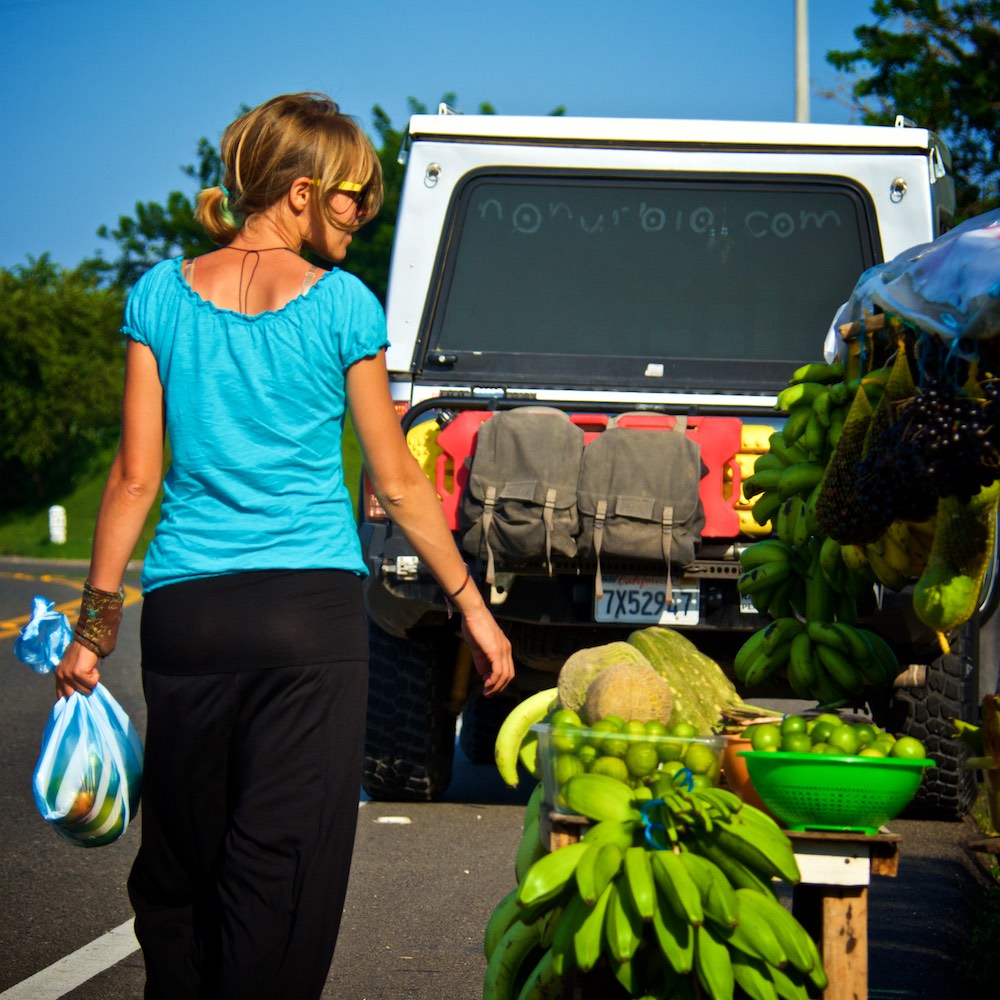
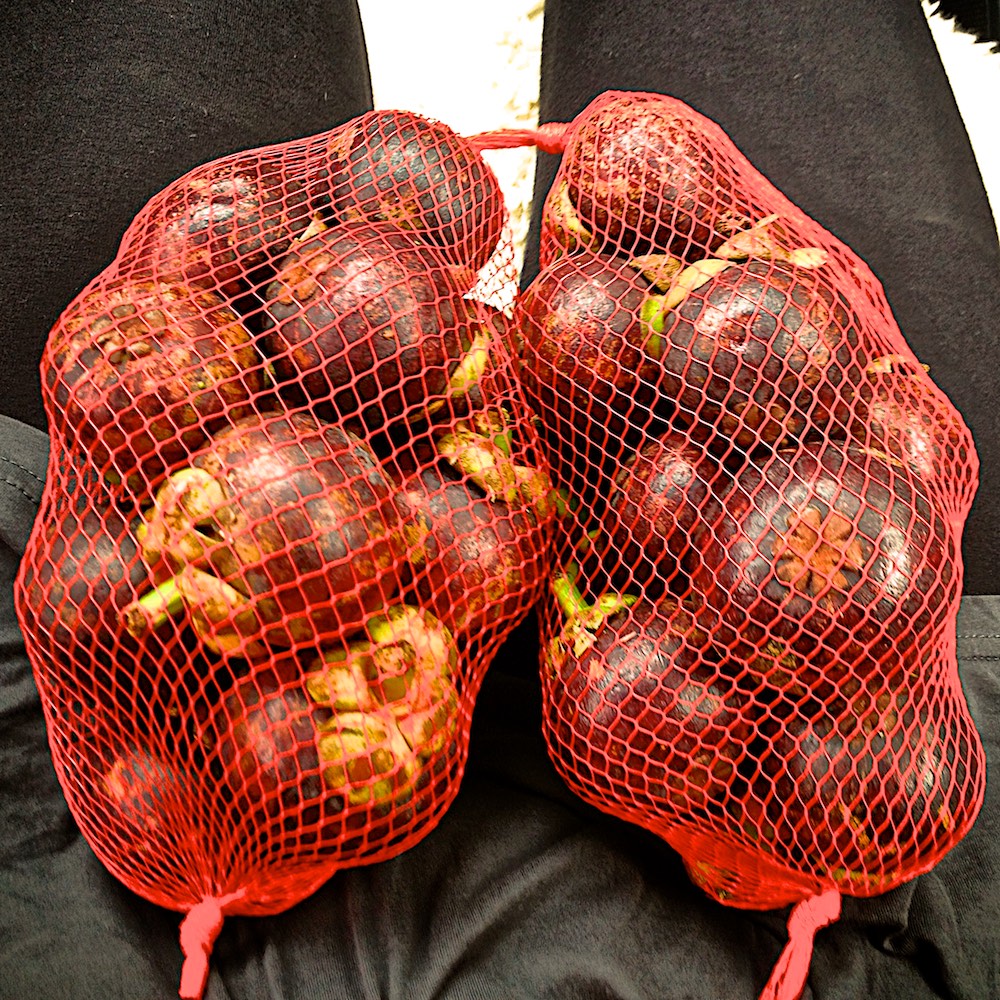

Mangosteen, Sarah’s all time favorite. It’s fragrant with a sour-sweet aroma that makes you want more and more.
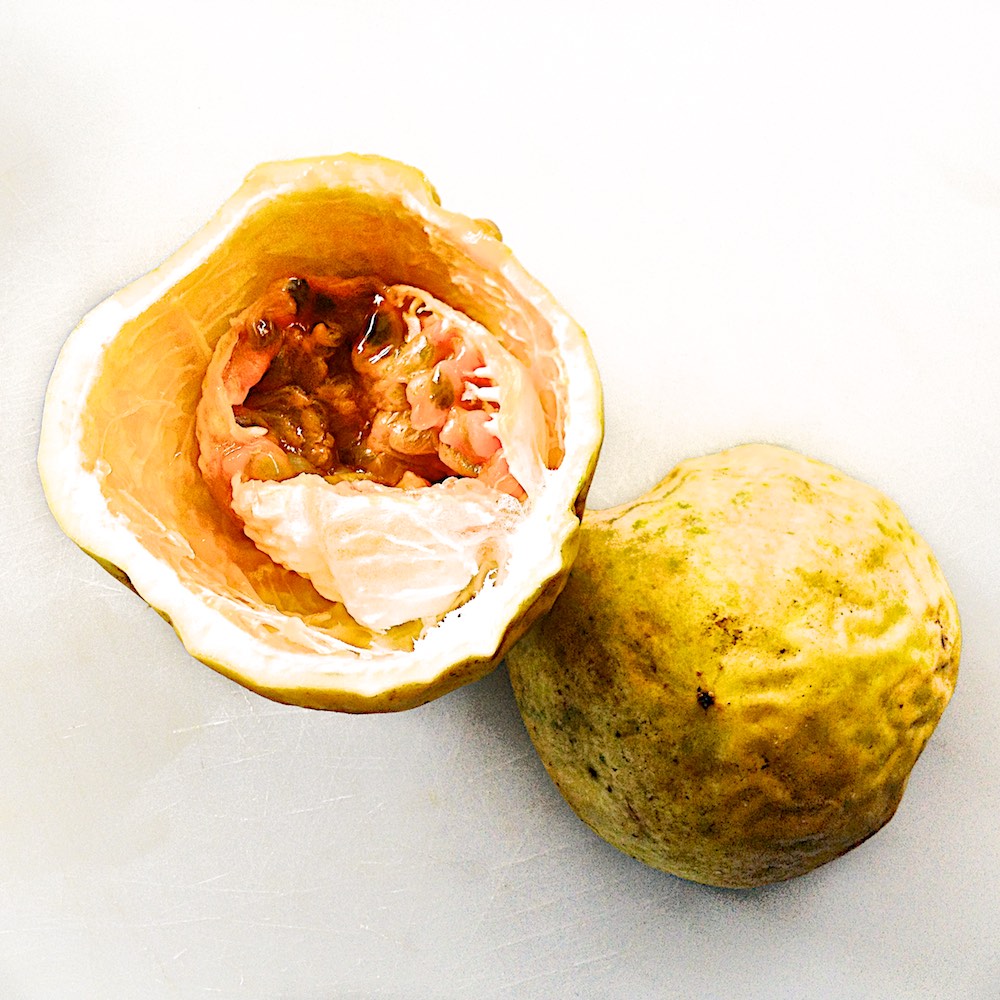
Passionfruit has a thick shell and a sack of seeds inside. Slightly sour and juicy…
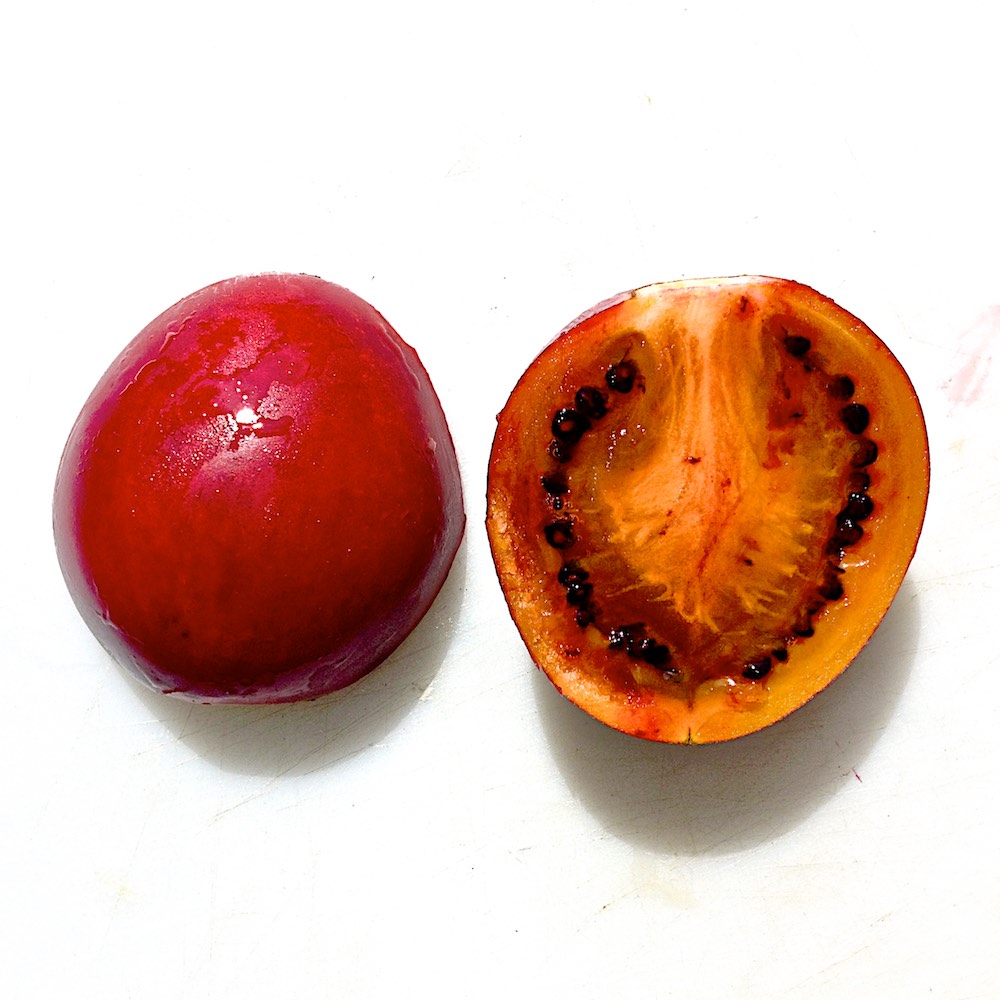
Tree Tomatoes do taste like tomatoes but are sweet and fruity.

Pomelo is a giant citrus fruit similar to grapefruit but is less bitter, more sweet and has very pronounced granules.
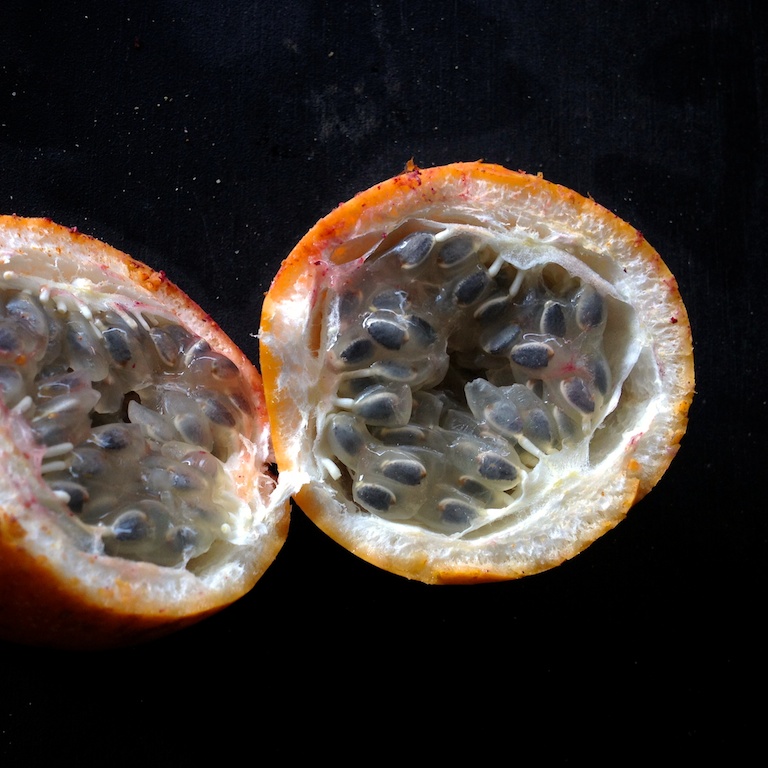
Grenadilla has crunchy tasty seeds wrapped in sweet aromatic “slime”. A bite goes a long way.
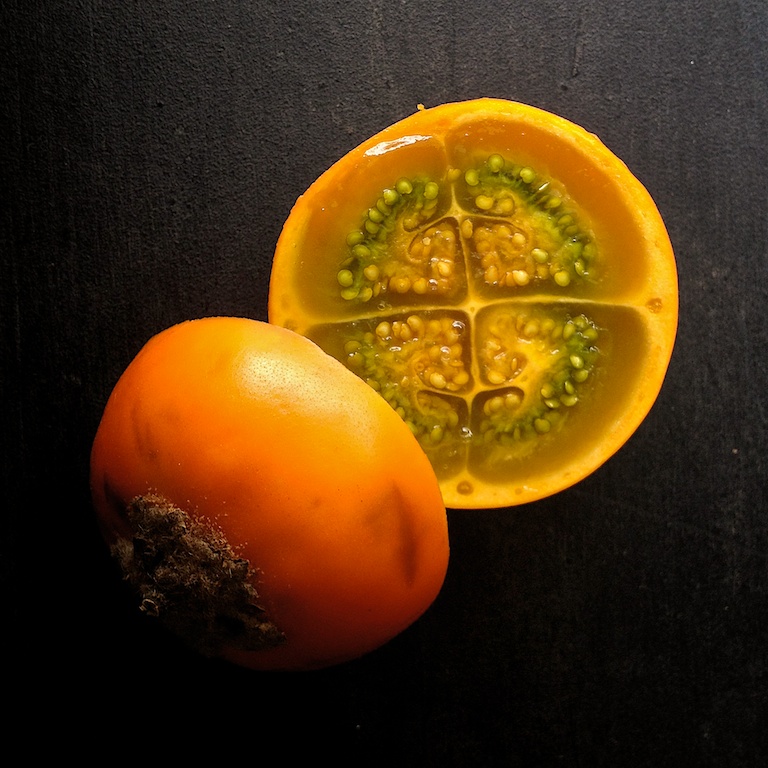
Lulo has a funny texture due to the small seeds. It tastes like kiwi but it’s even more sour.
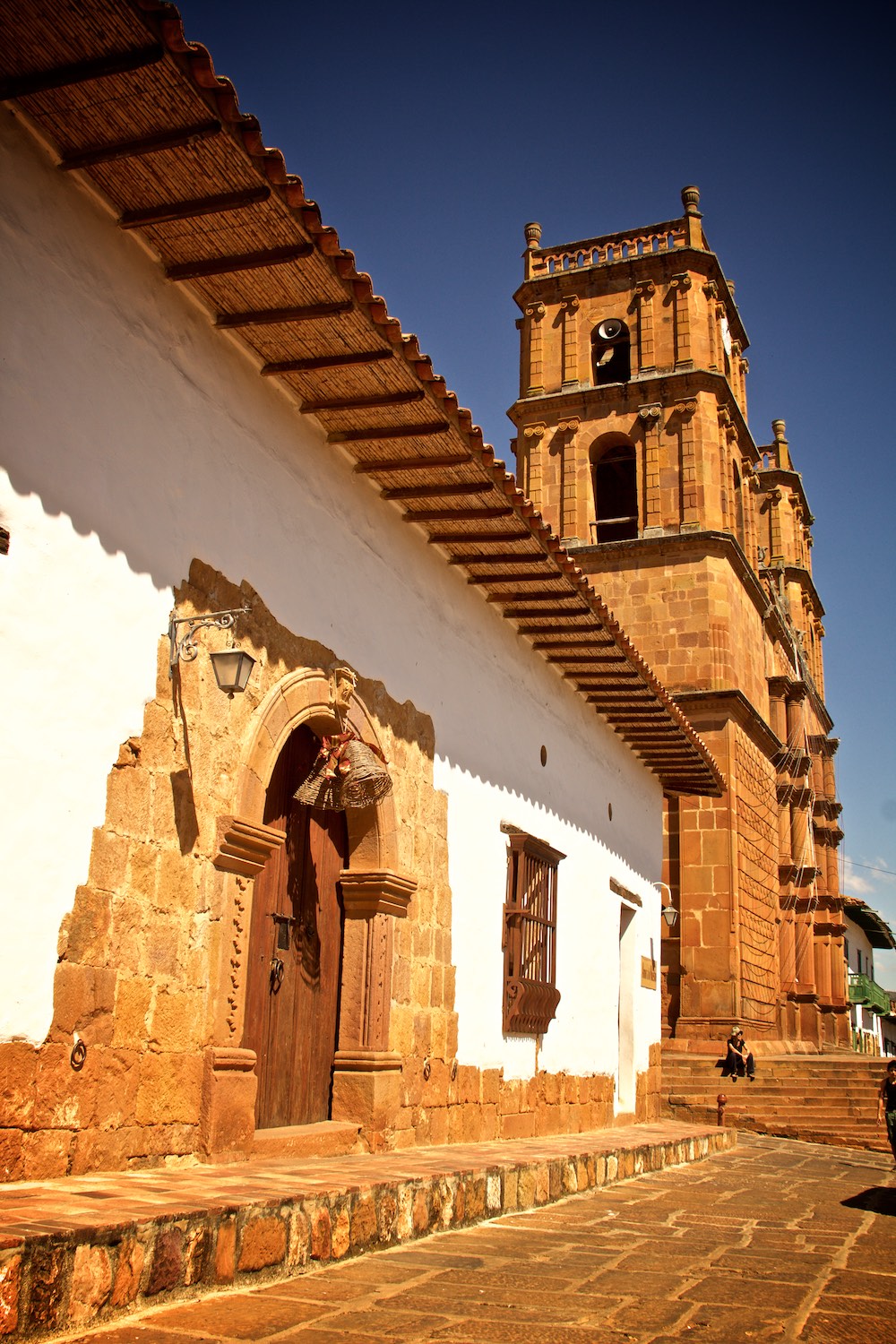
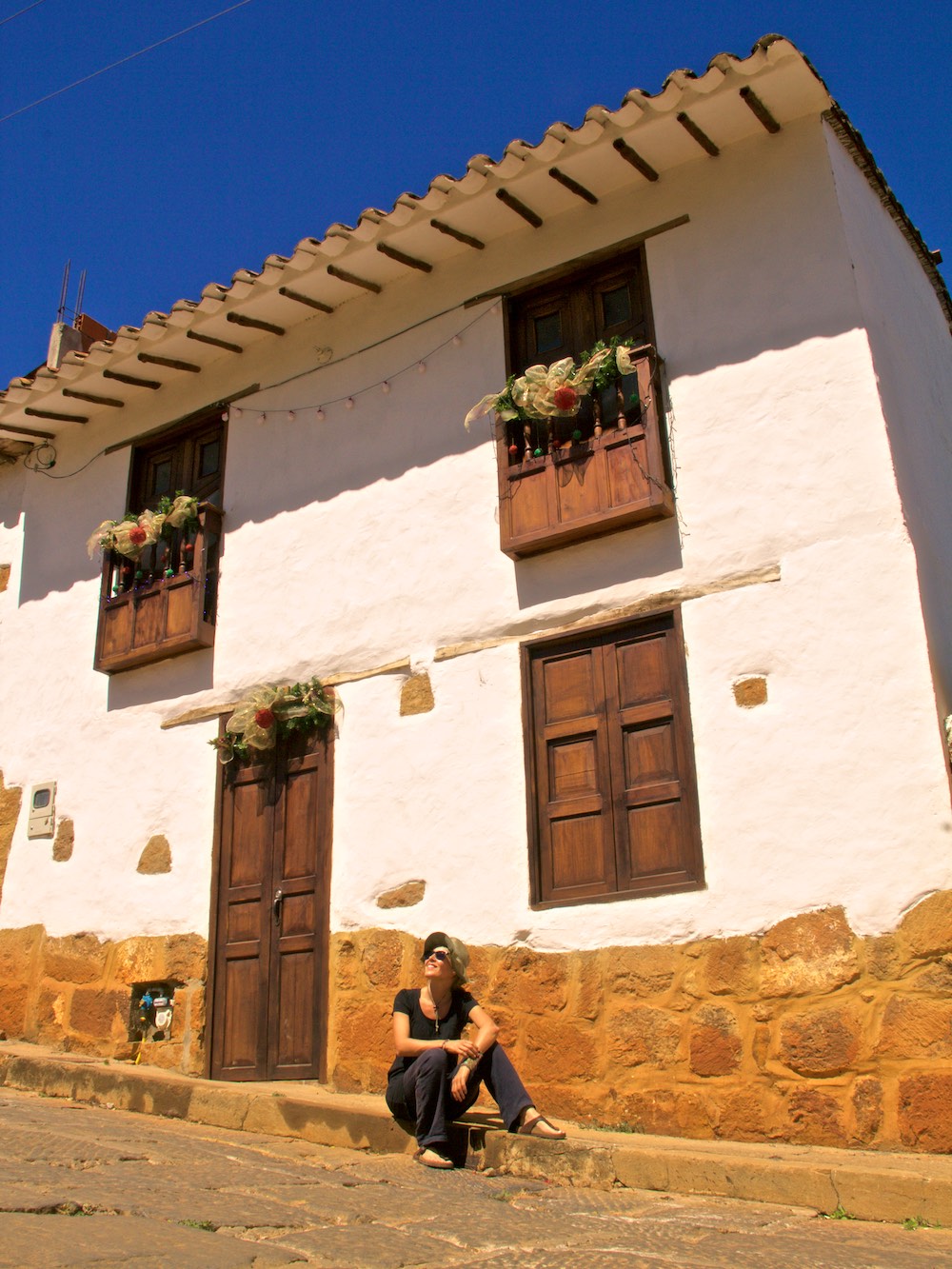
Most guidebooks will use the phrase “one of the most beautifully preserved colonial towns” without much reservation. But Barichara deserves this description.
We spent the new year’s eve in Barichara watching the ‘old year’ puppets being burned at the town center.
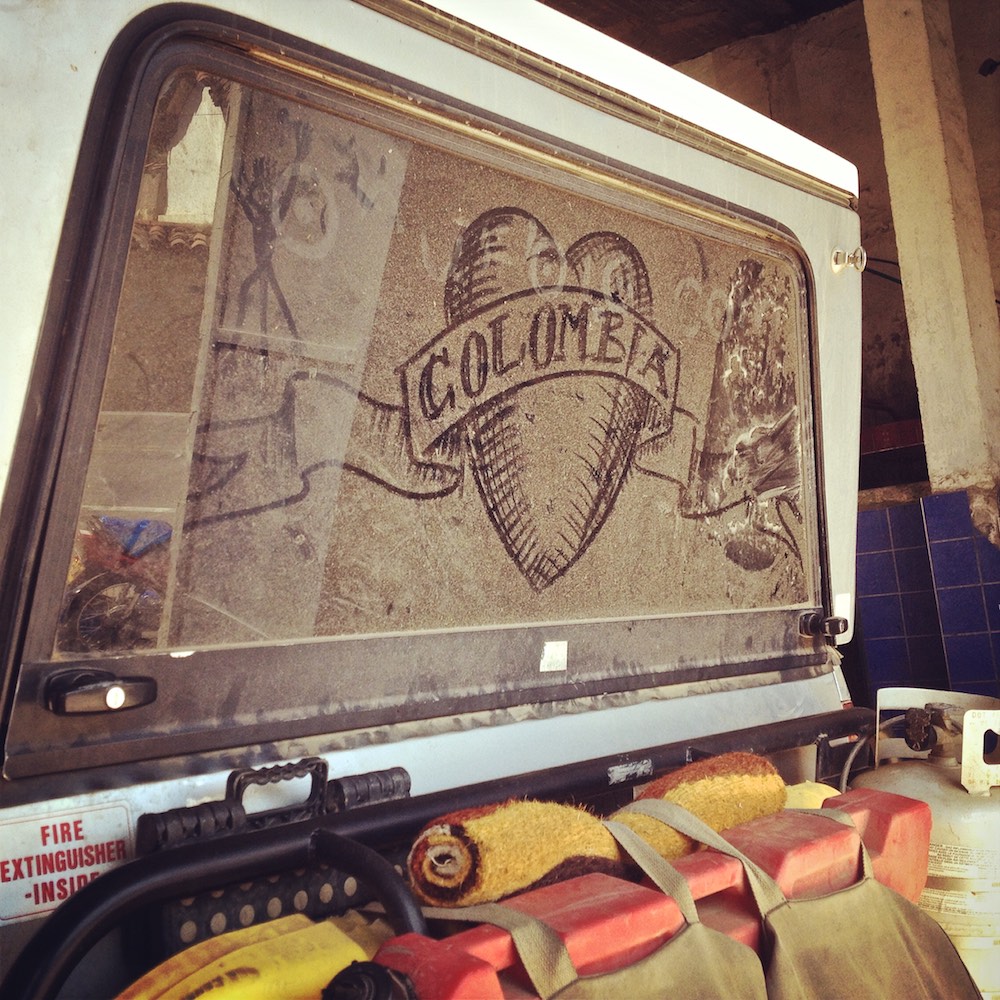
Having spent more than six months on the road, we decided to get a medical check-up. Back in the States, this means making reservations weeks ahead, waiting for test results for another week and paying a chunk of money without even having any professional spending time talking to you. We were reluctant. In the small touristy town of Barichara, we found Dr Elisabeth Crooke, an English expat who has been practicing medicine in Colombia for over 30 years. Oh, by the way, she also happens to be an avid anthropologist and a serious artist. Her clinic was so tastefully decorated and the conversation was so intelligently pleasing that we did not want to leave. Needless to say, the professional care she gave us was excellent. I think this was by far the best doctor visit we ever had in our lives.
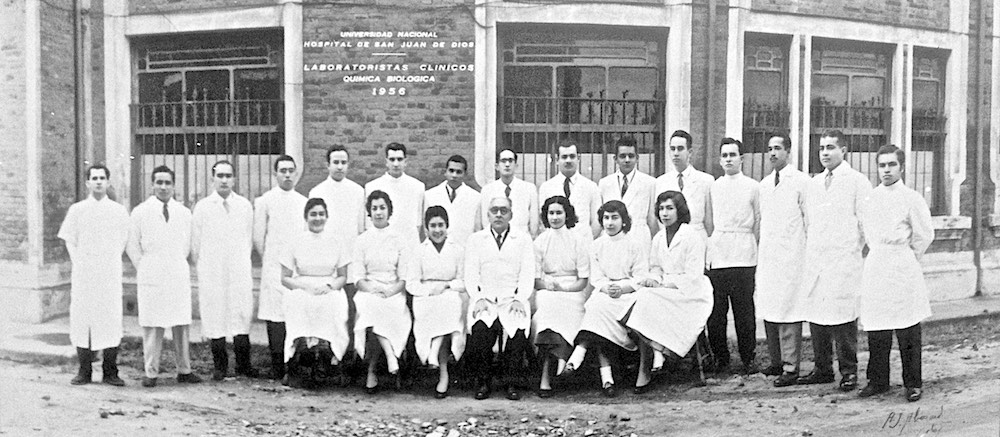
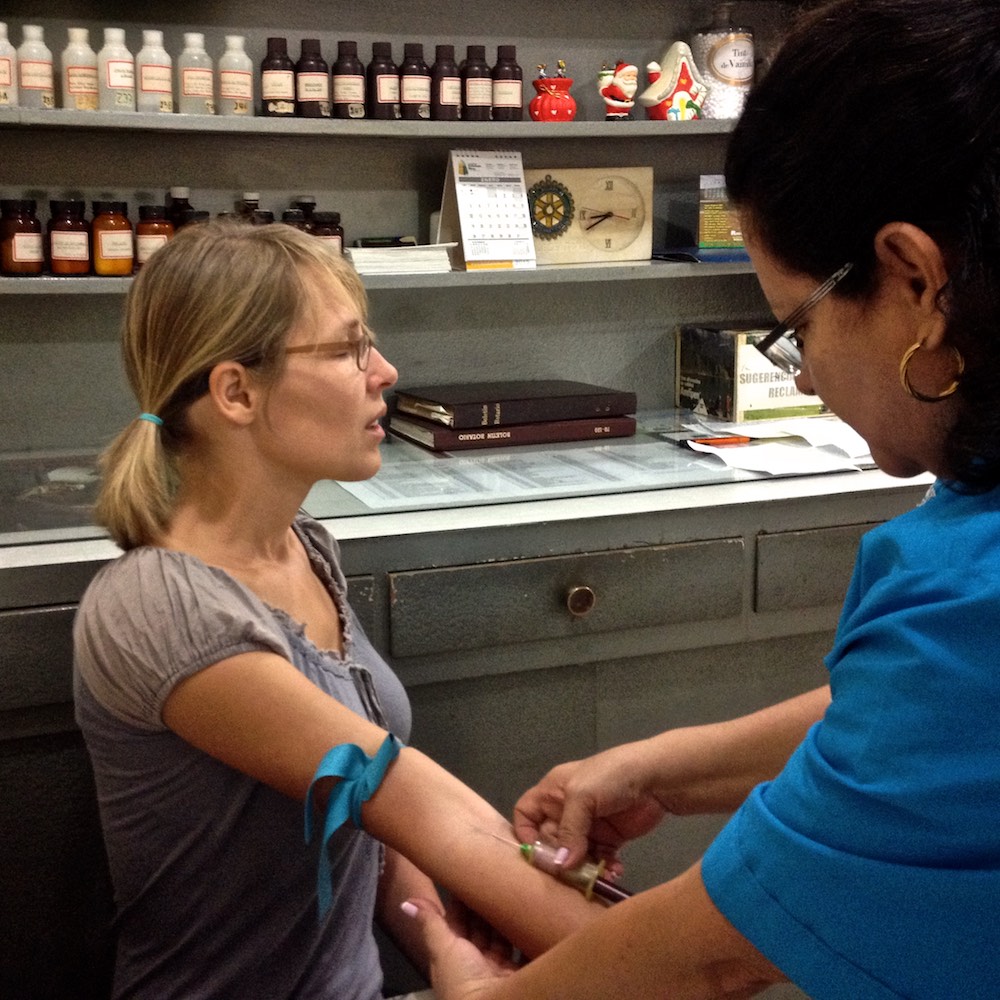

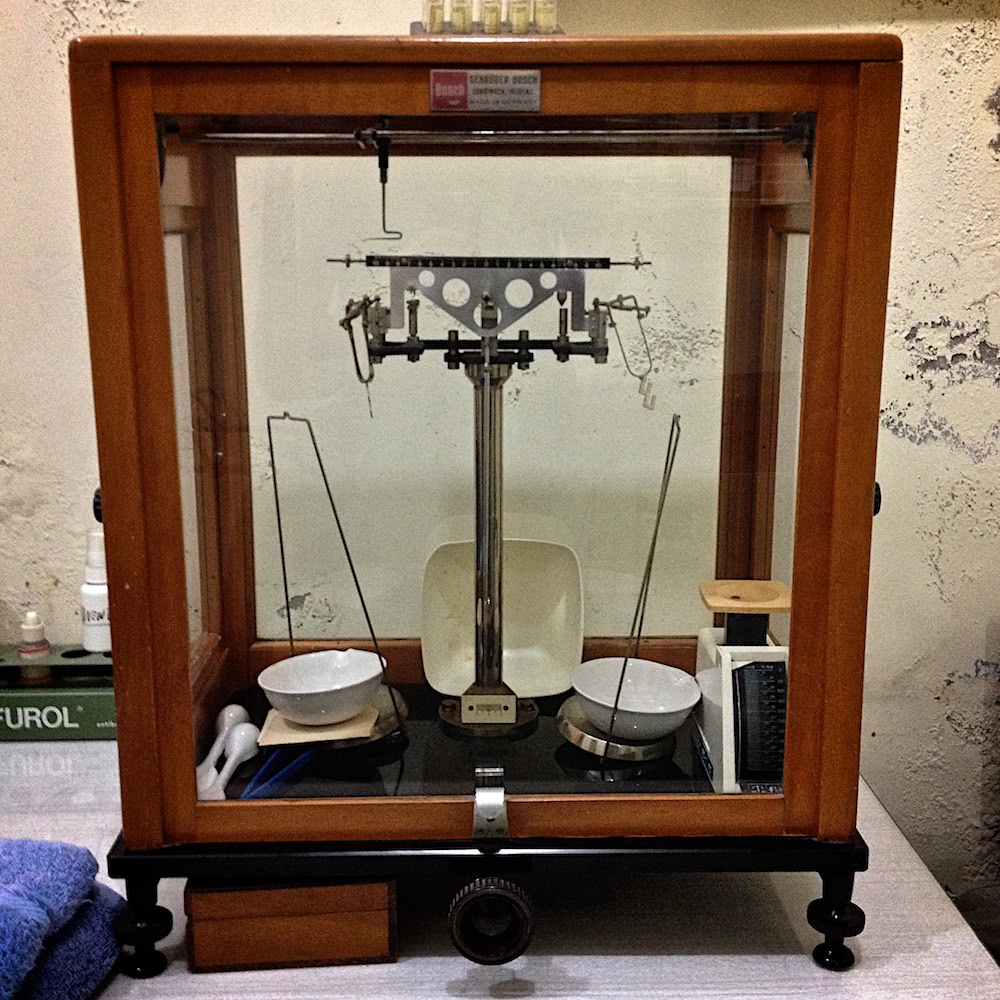
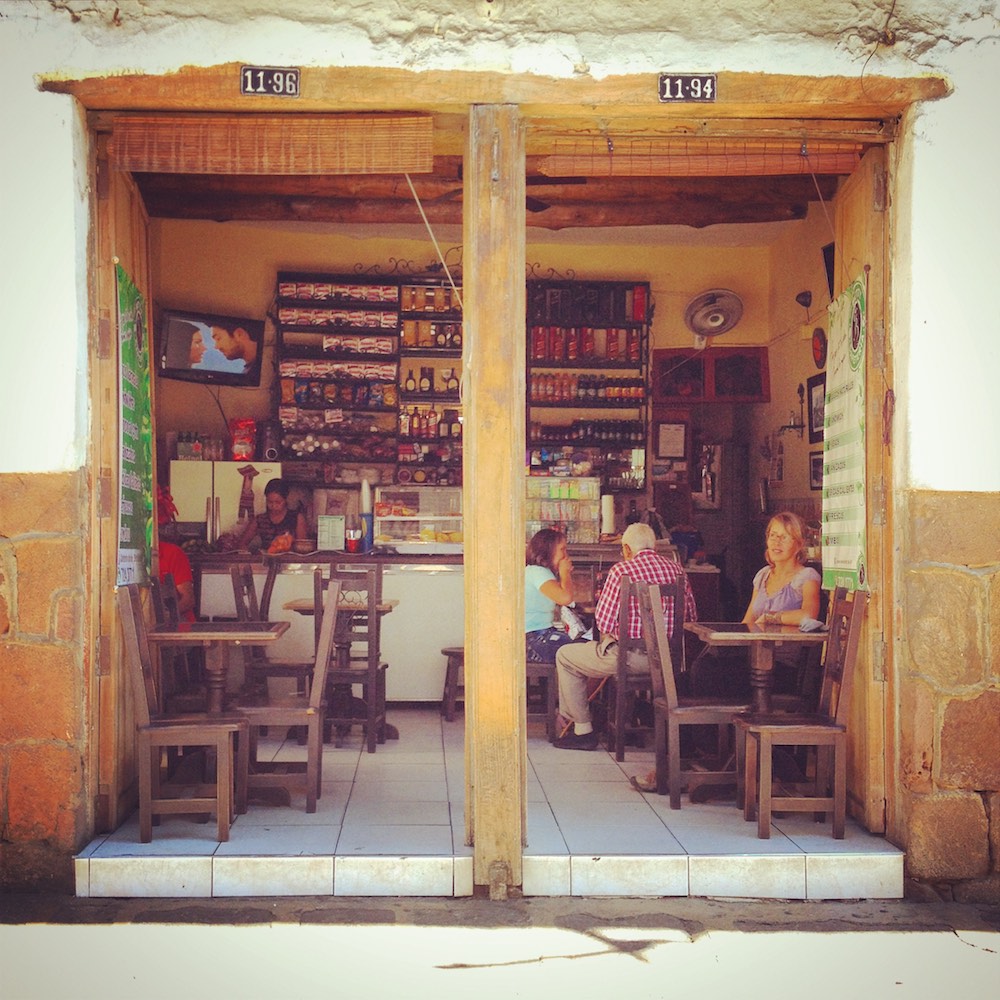
We got the tests done at a lab downtown. The results were delivered within a few hours as we enjoyed our time in a beautiful cafe watching the town square. Results were all good. In fact, some levels were better than what they used to be! Back at the camp, we celebrated the relief with Austrian “Knoedel” which is basically a boiled bread mixture with some added bread for color. Weirdly enough, it actually tastes pretty good.
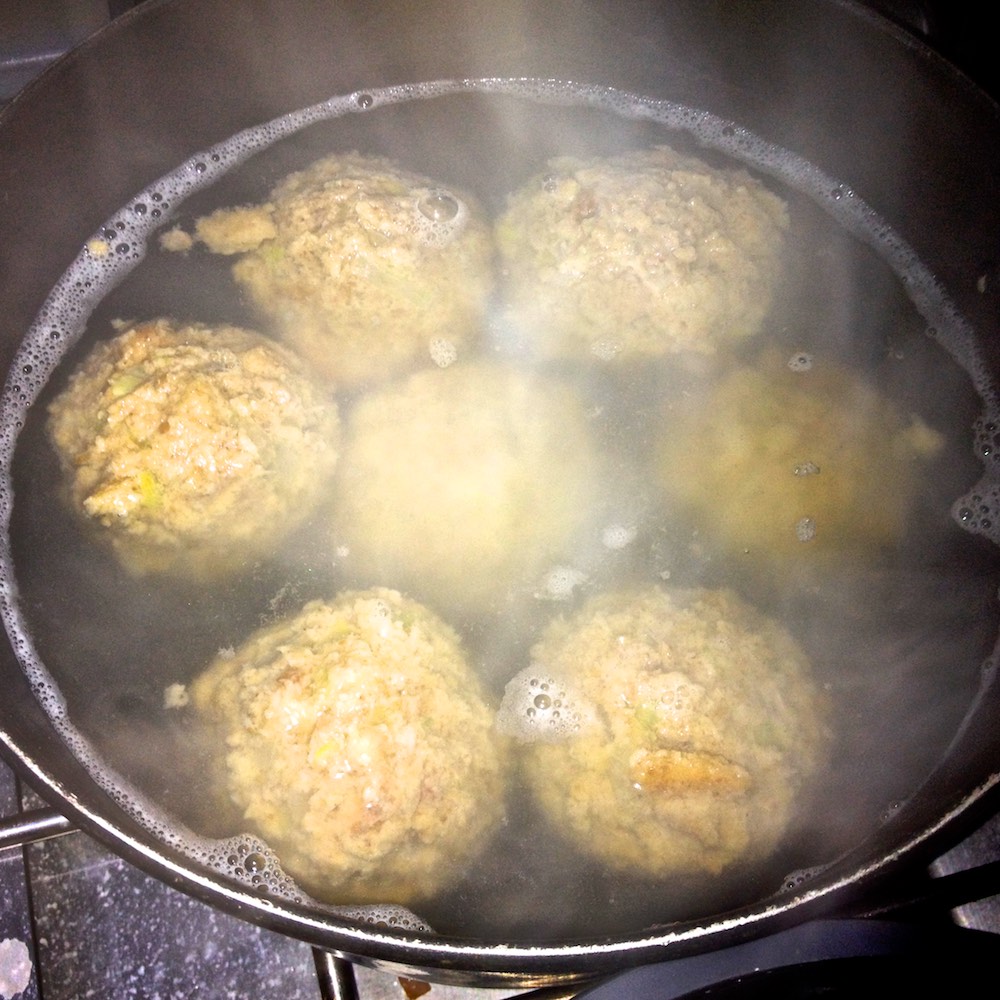
On our way to Villa de Leyva, we picked up a group of hitchhikers and managed to fit them all in the truck. We’re not joking when we say that we can travel and sleep seven people in our truck. That’s without making any promises about comfort though!
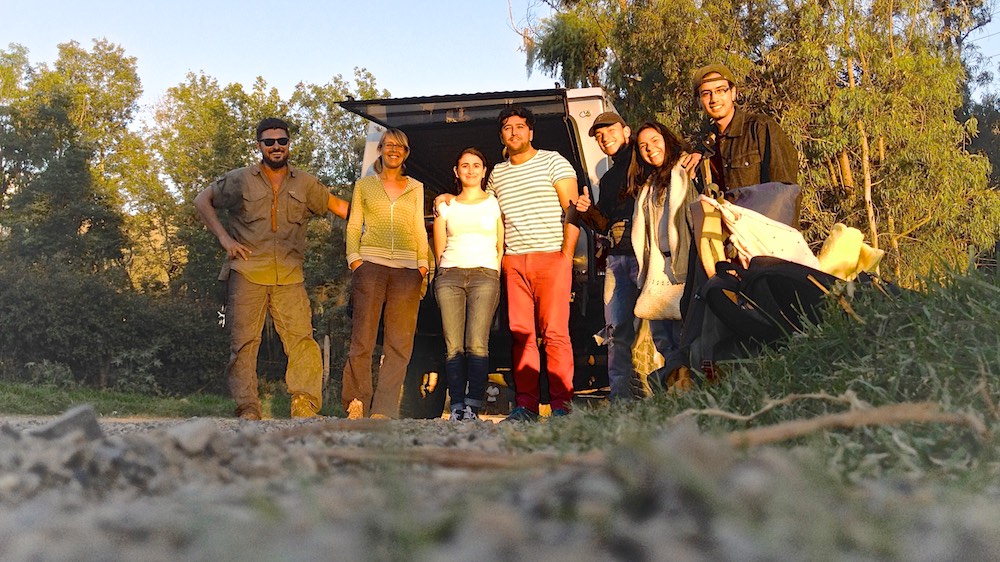
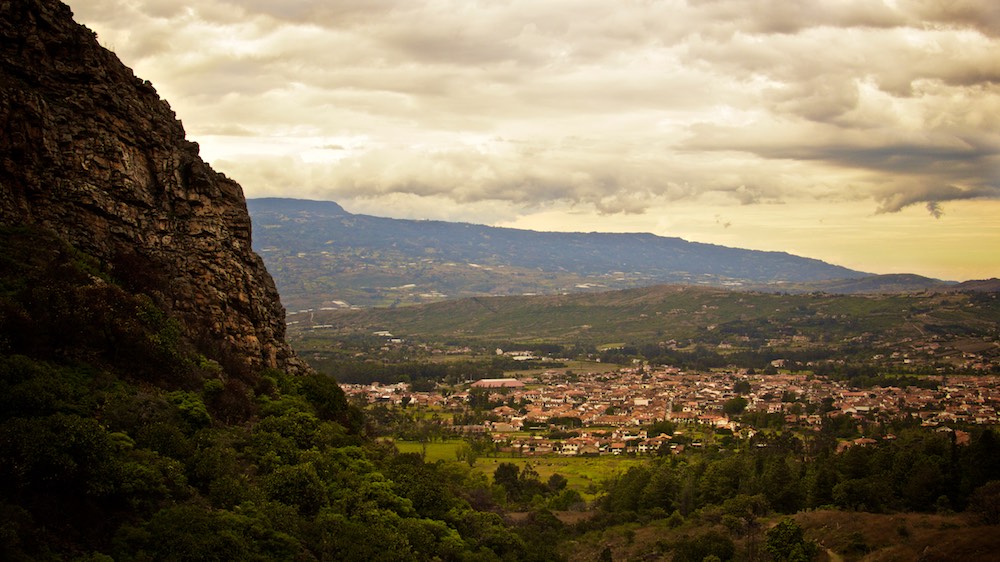

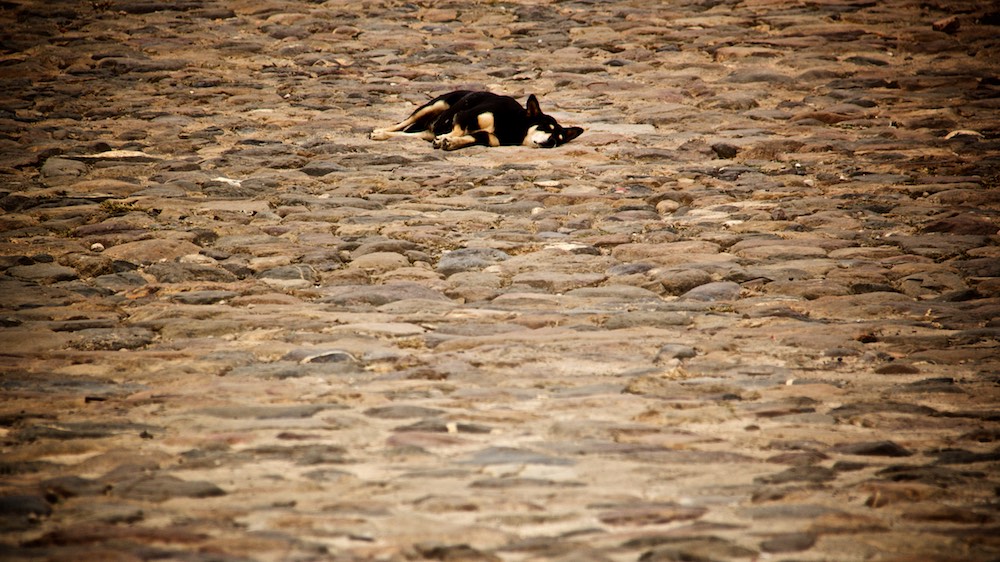
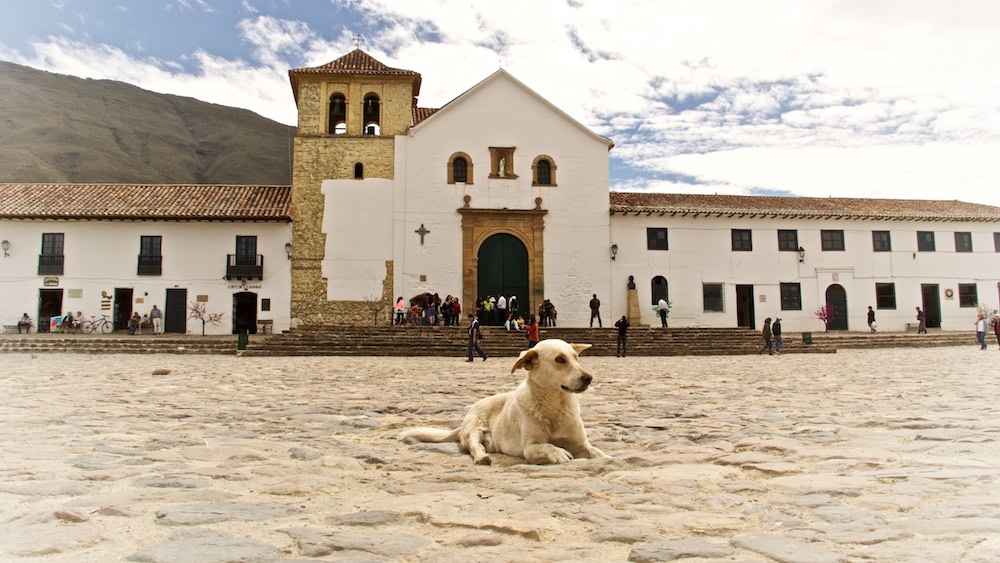
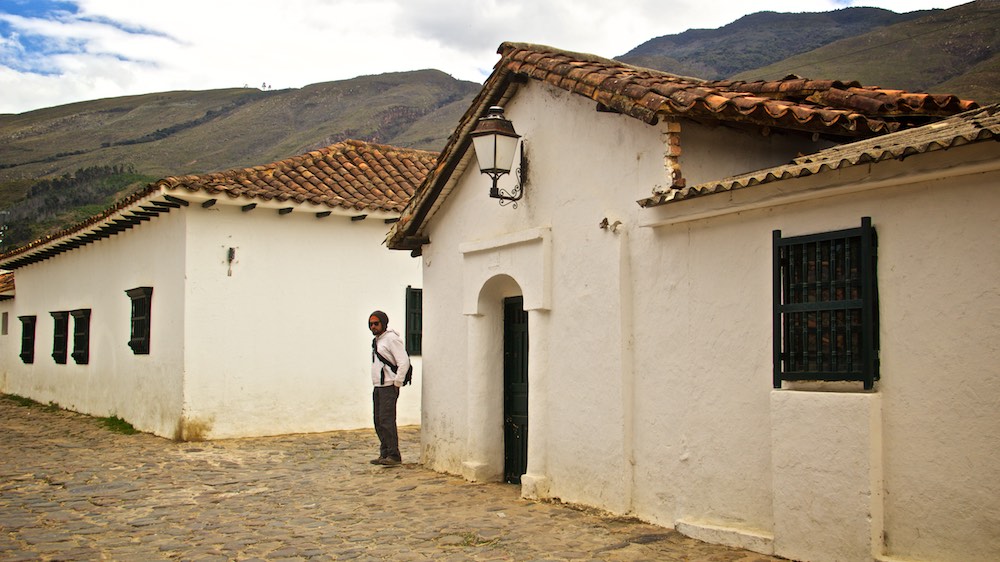
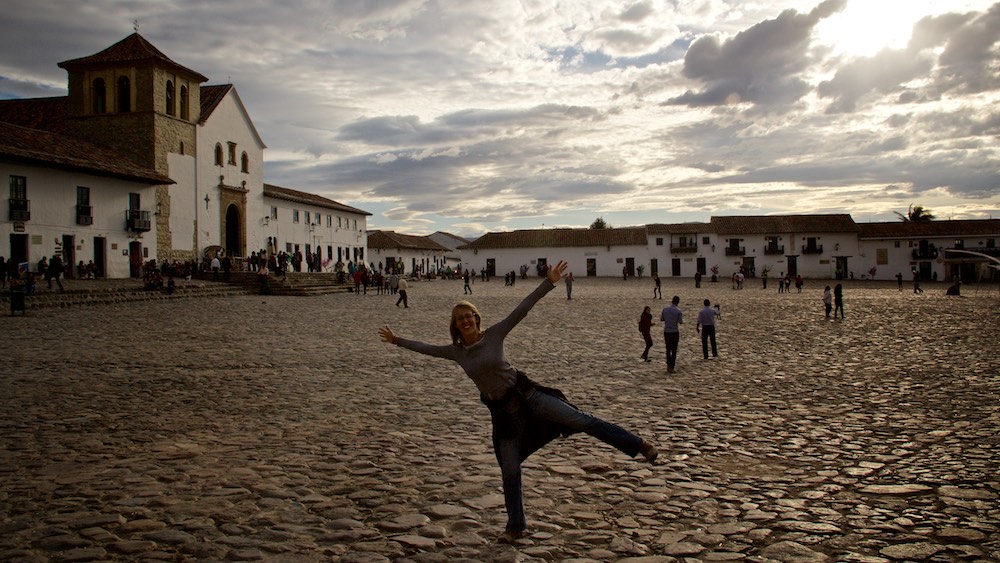
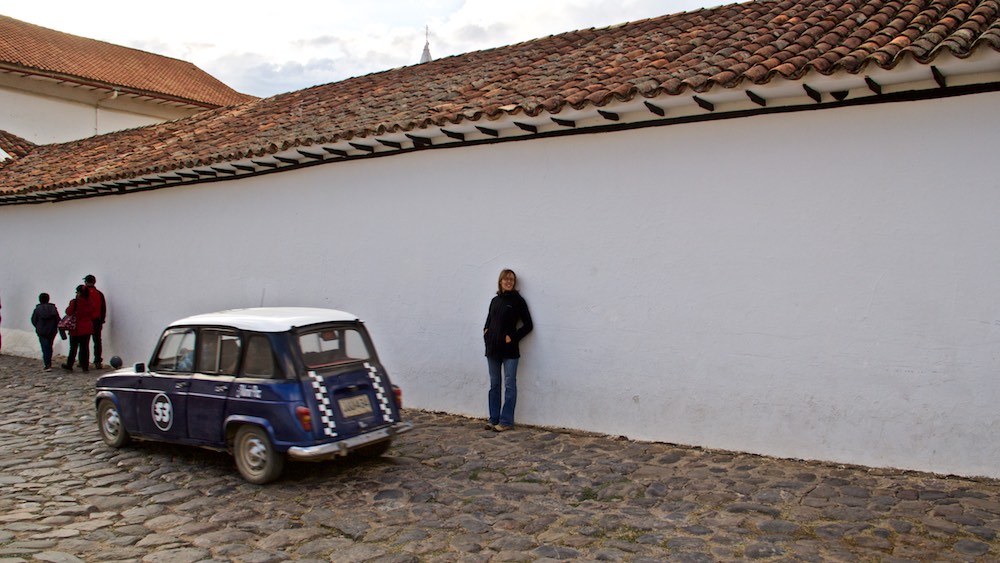
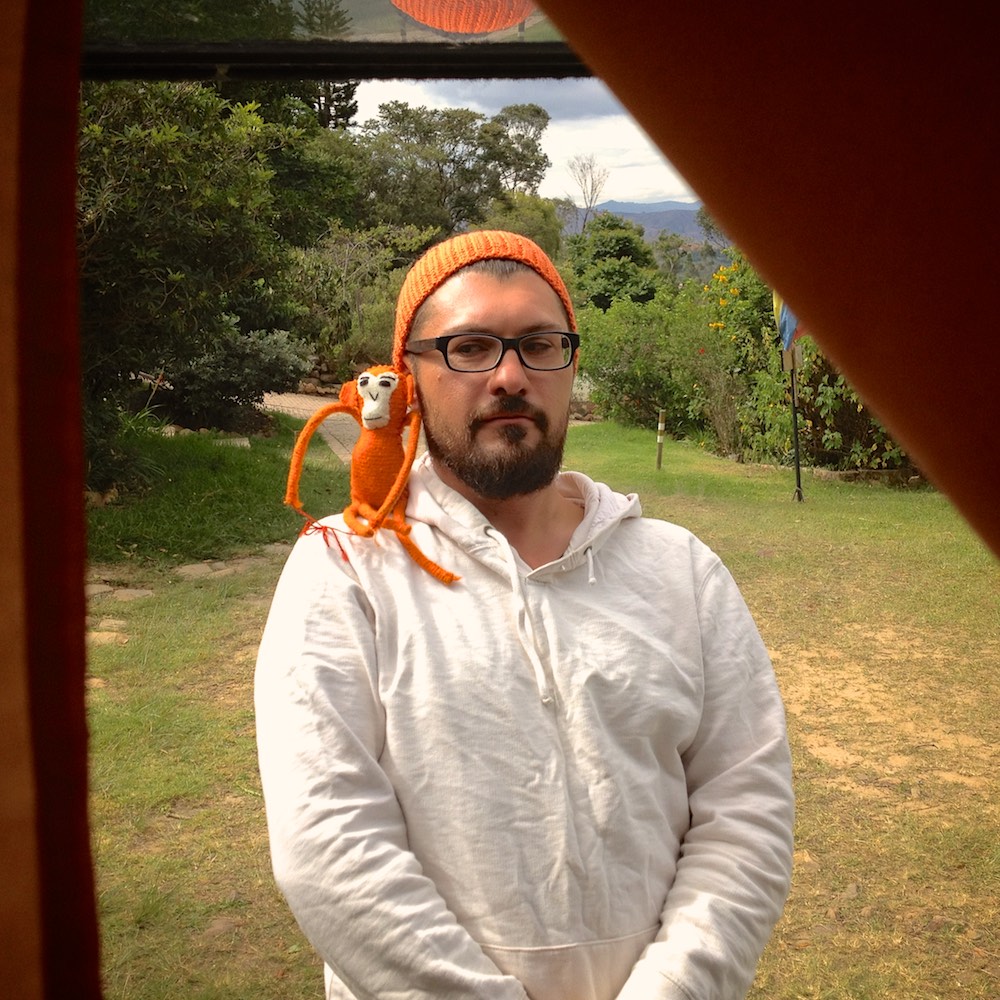
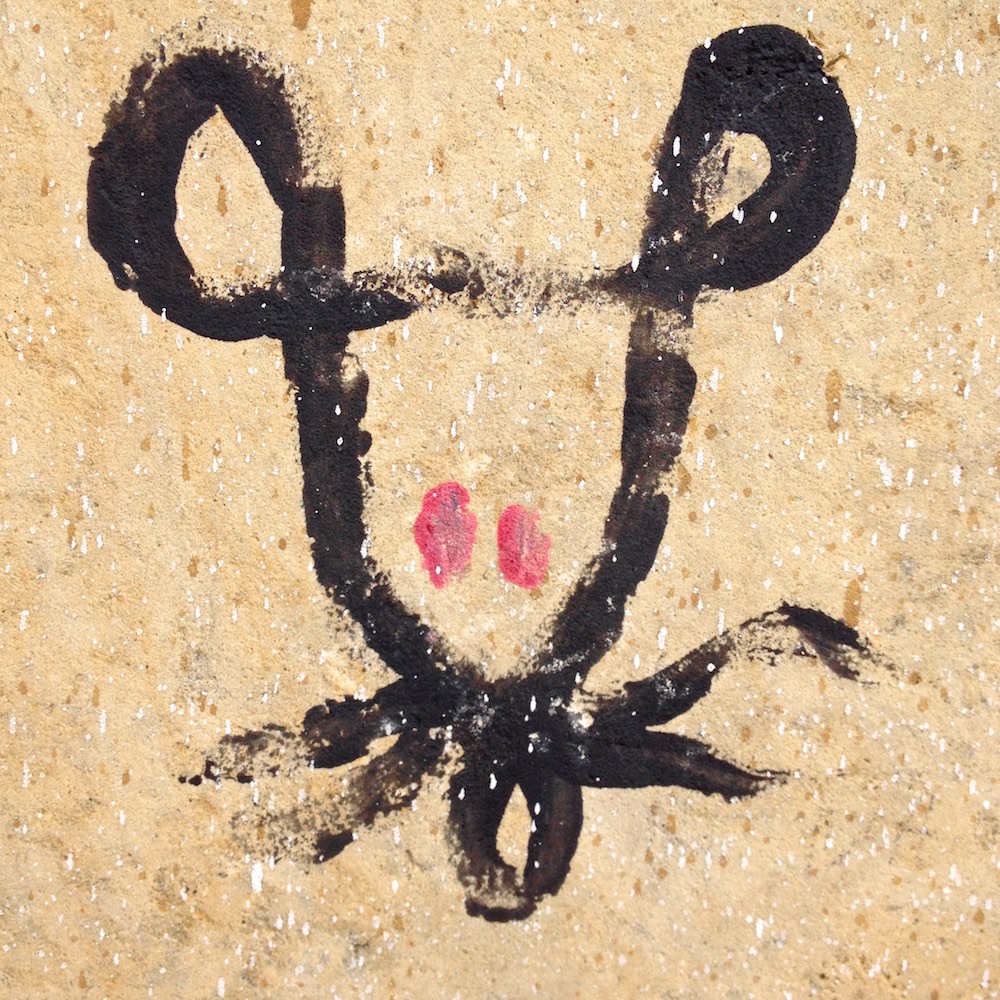
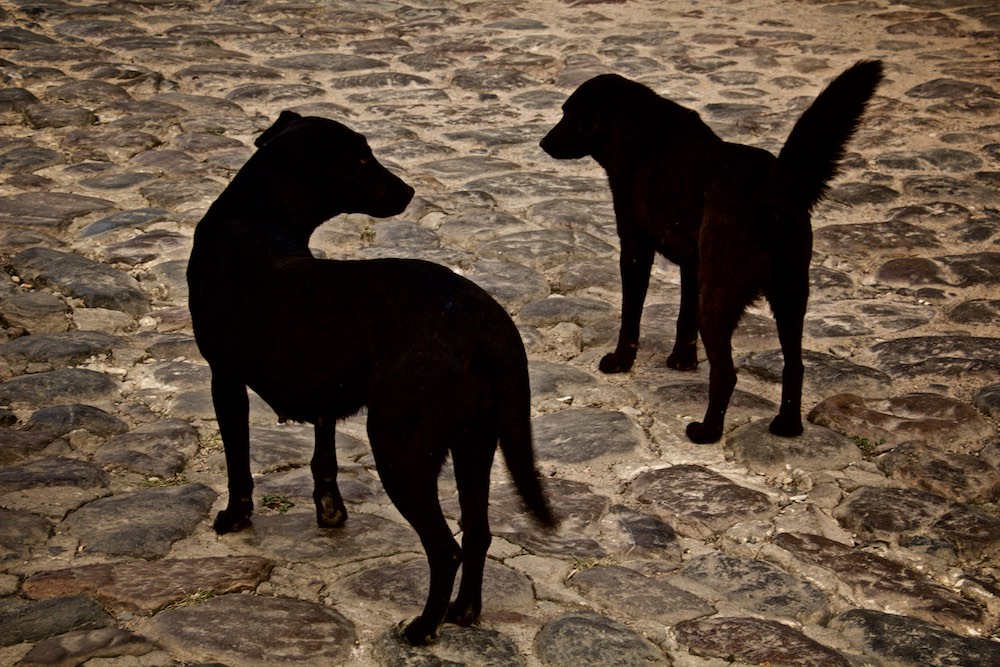
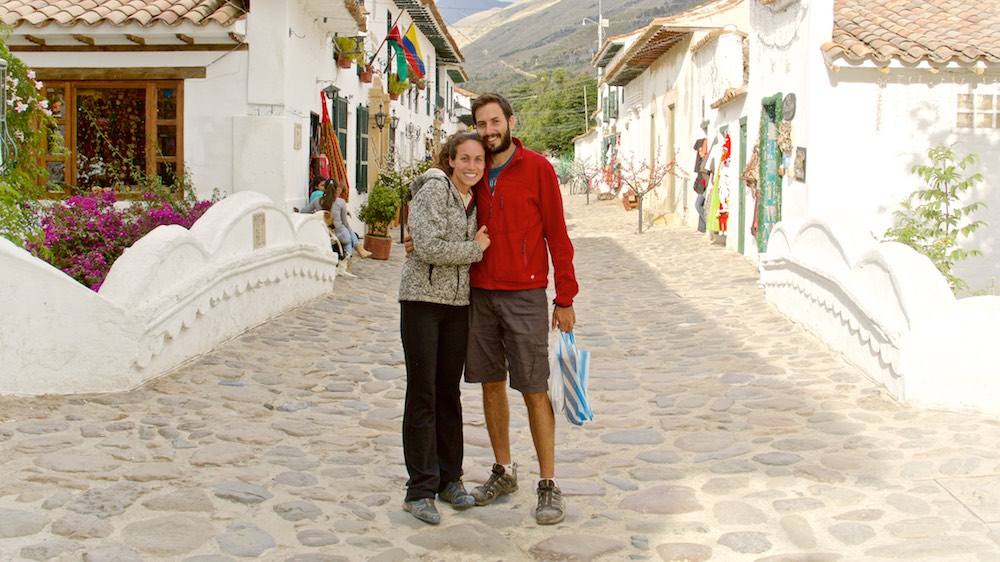
Nikki and Jacob are Sprinter Van Diaries! They also happened to be our neighbors for the southern half of Colombia. They travel in a Sprinter van with their dog Leika, one of the most friendly and emotionally intelligent dogs we’ve ever met. We feel so lucky to have shared the road with them. Their presence made everything so much memorable and enjoyable.
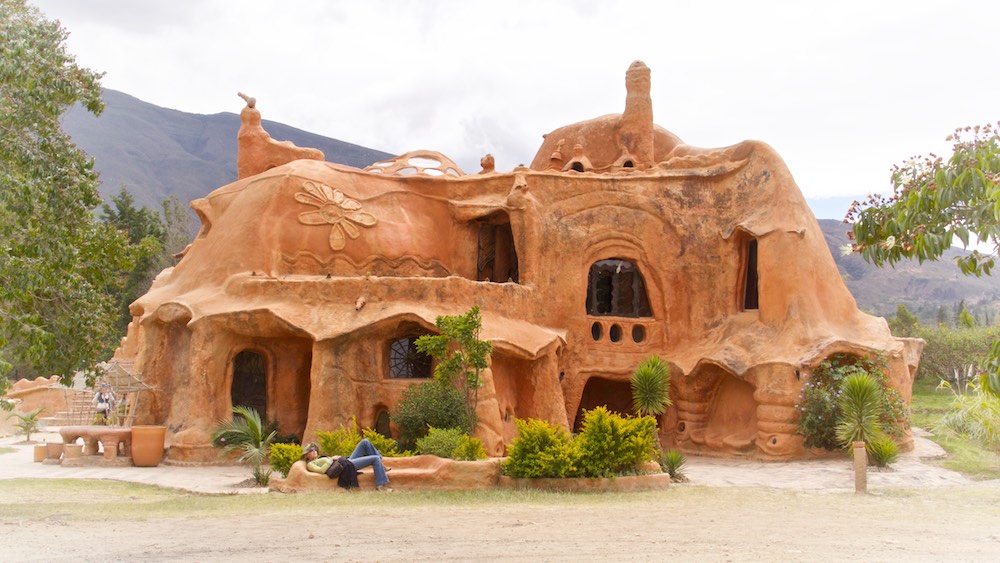
Apart from the unusually large town square and colonial street architecture, the biggest highlight for us in Villa de Leyva was a ceramic house on the outskirts of the town. Casa Terracotta is built with clay and fired on the spot. The architect Octavio Mendoza describes it as the biggest ceramic piece in the world. We enjoyed it especially because the handmade curved structure and attention to detail reminded us of our last home in Los Angeles. The Hobbit House…
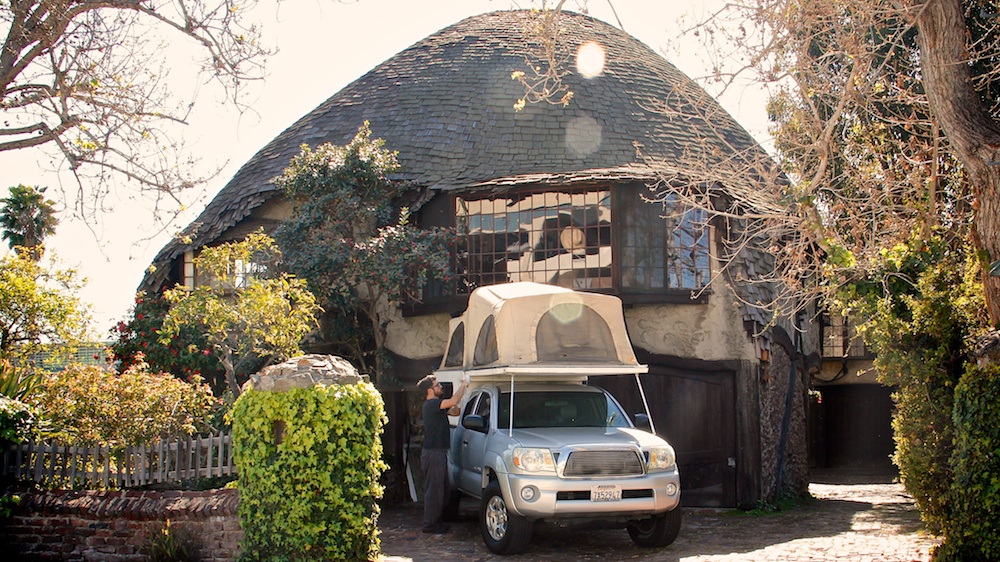
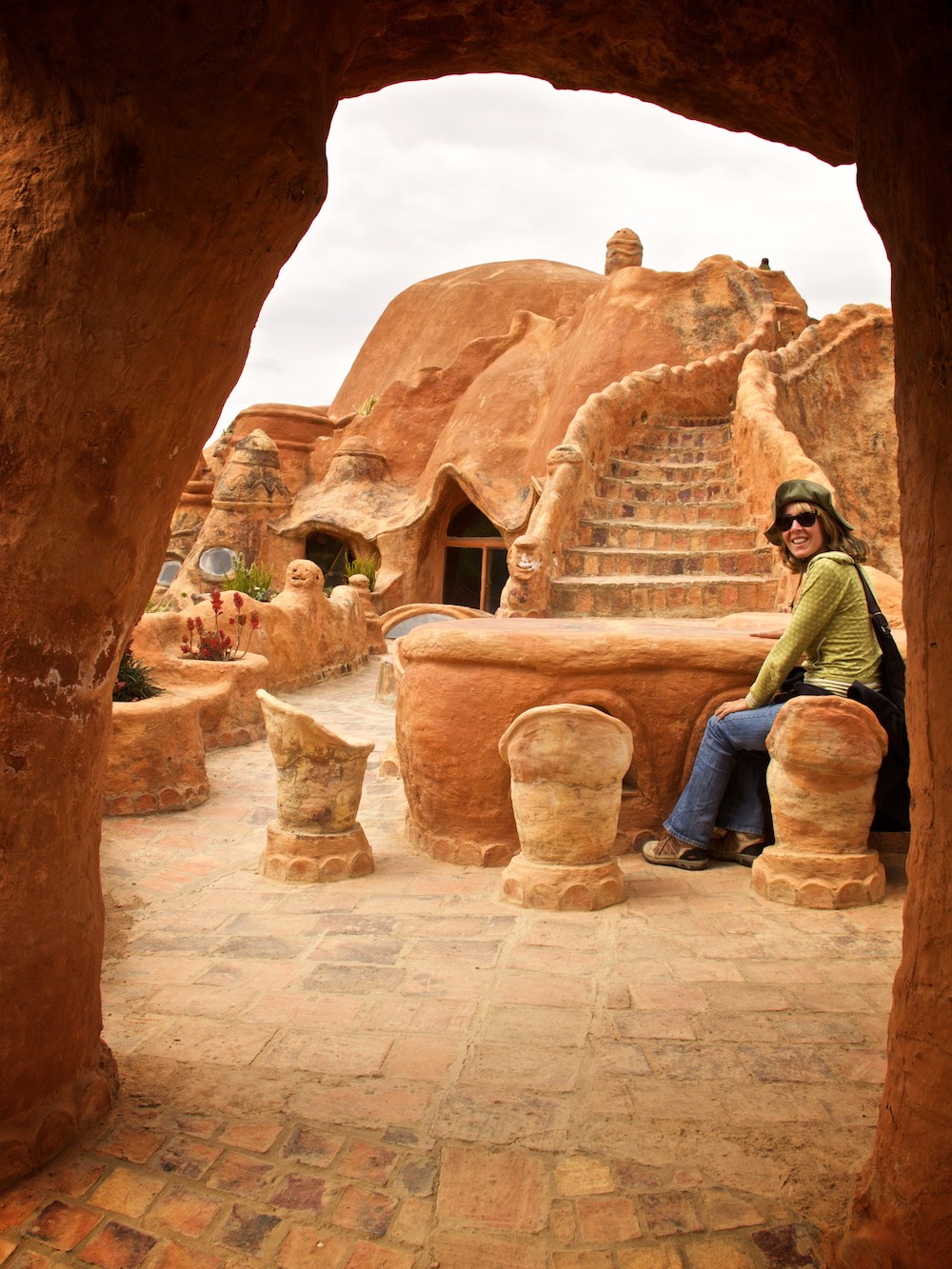
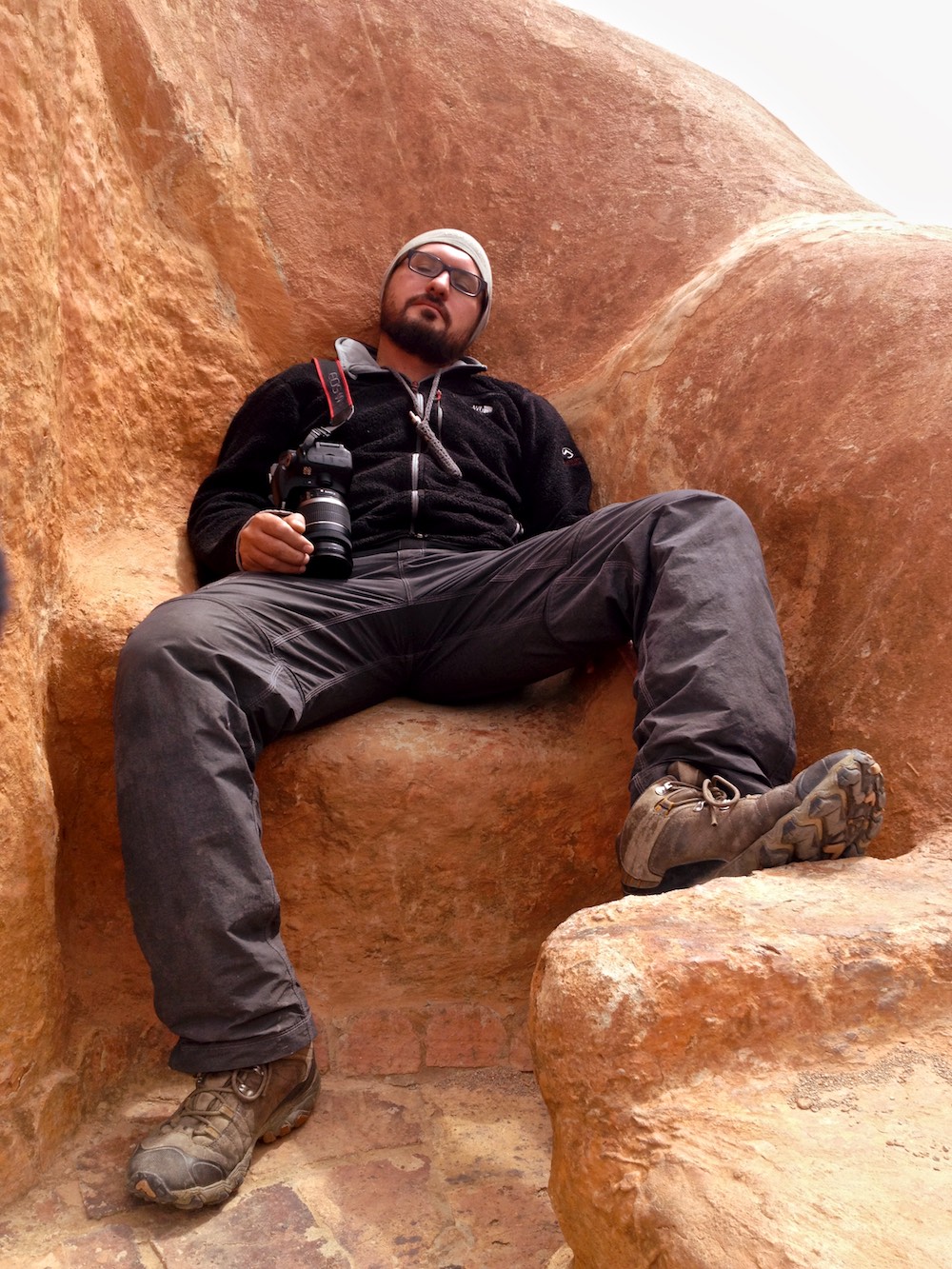
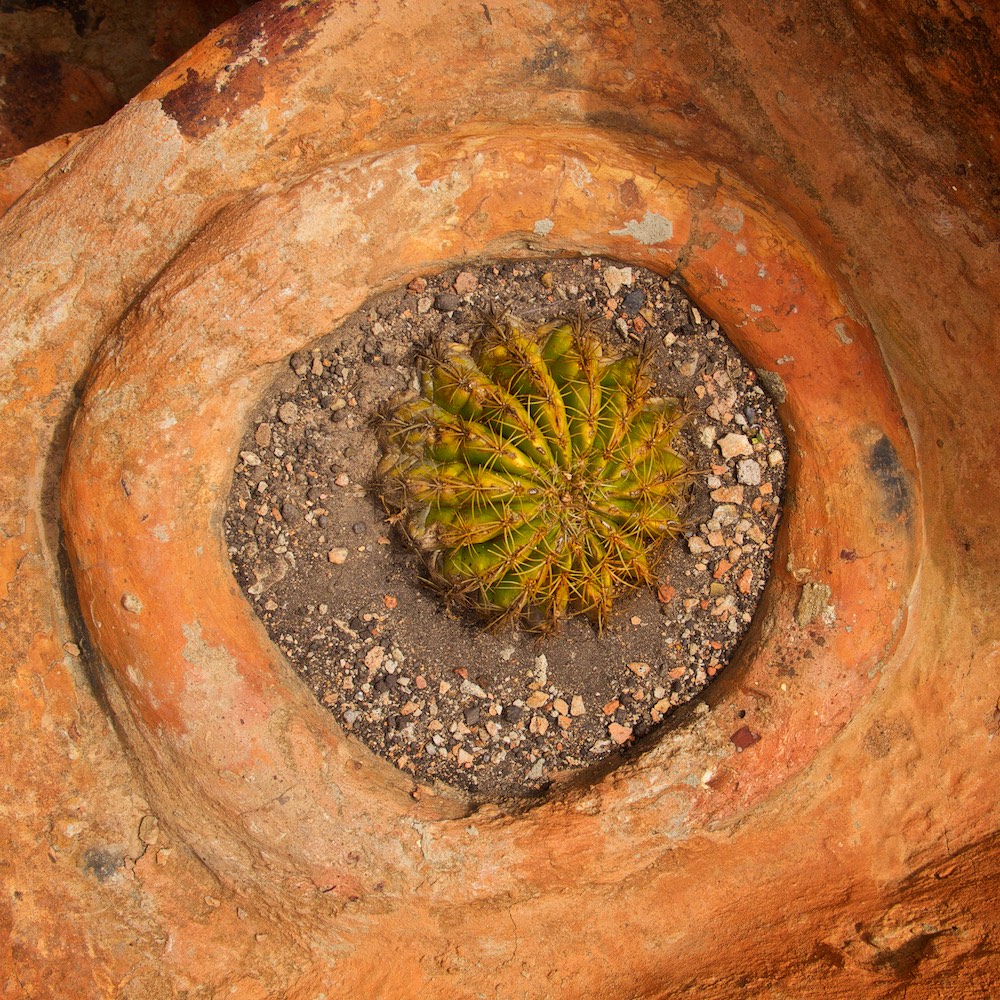
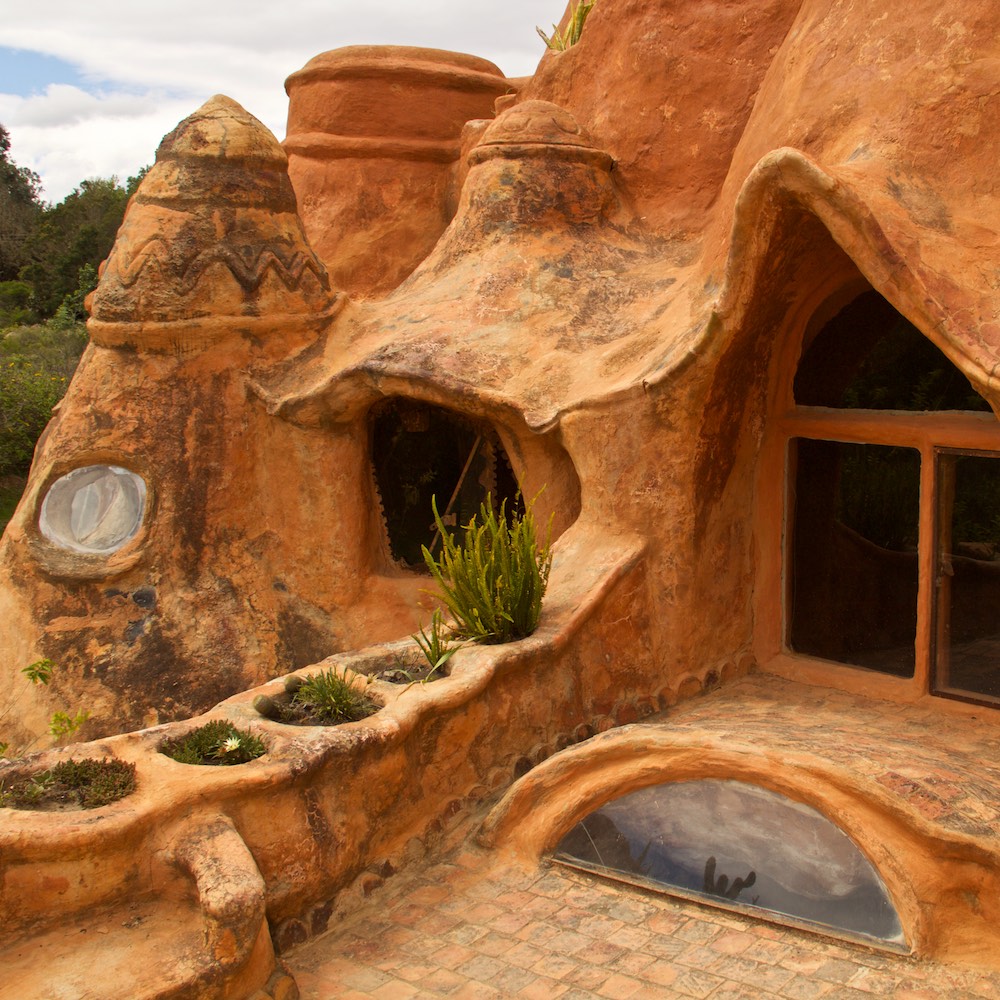
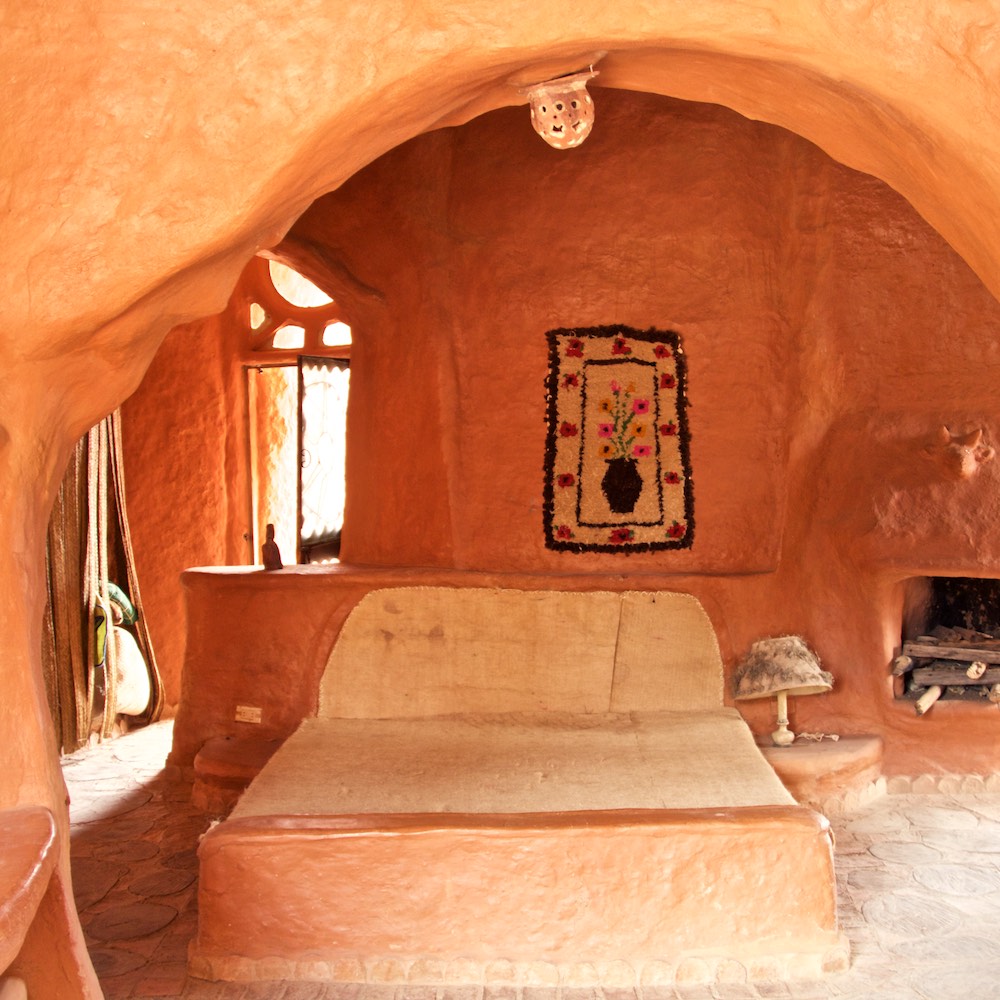
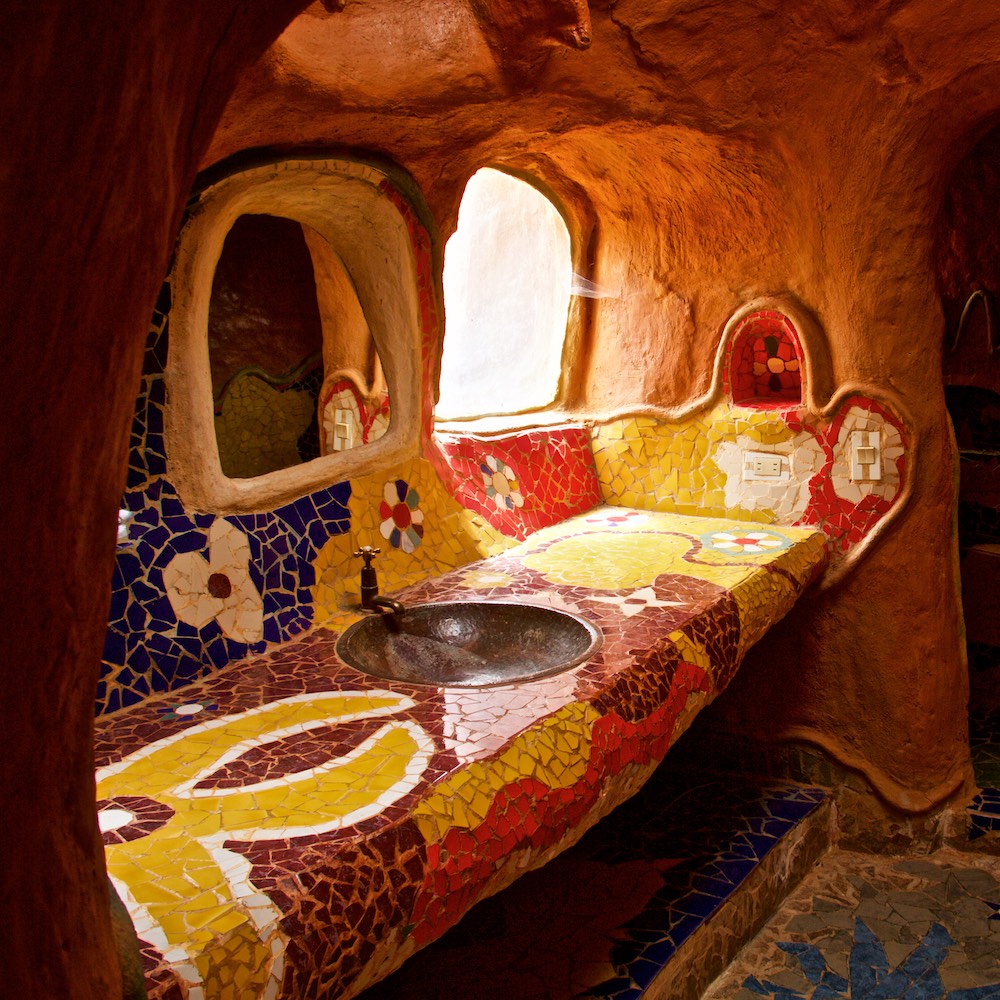
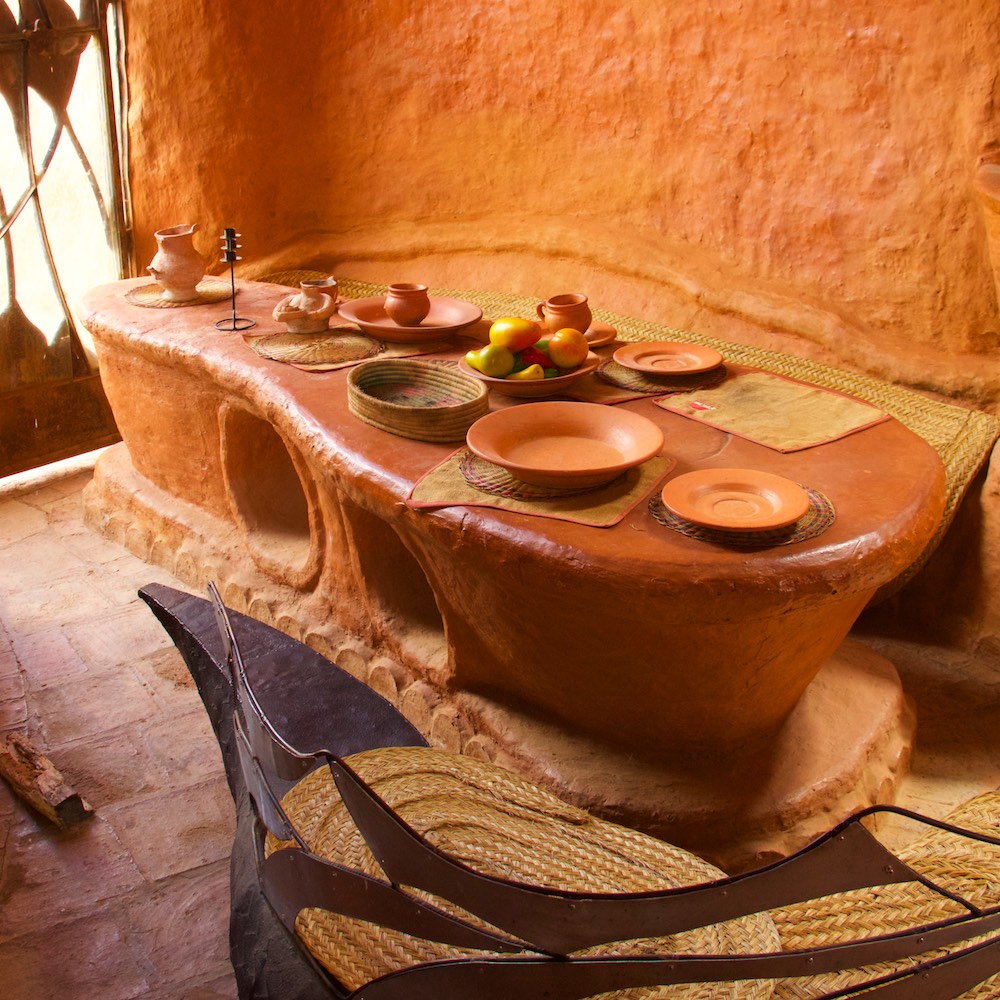
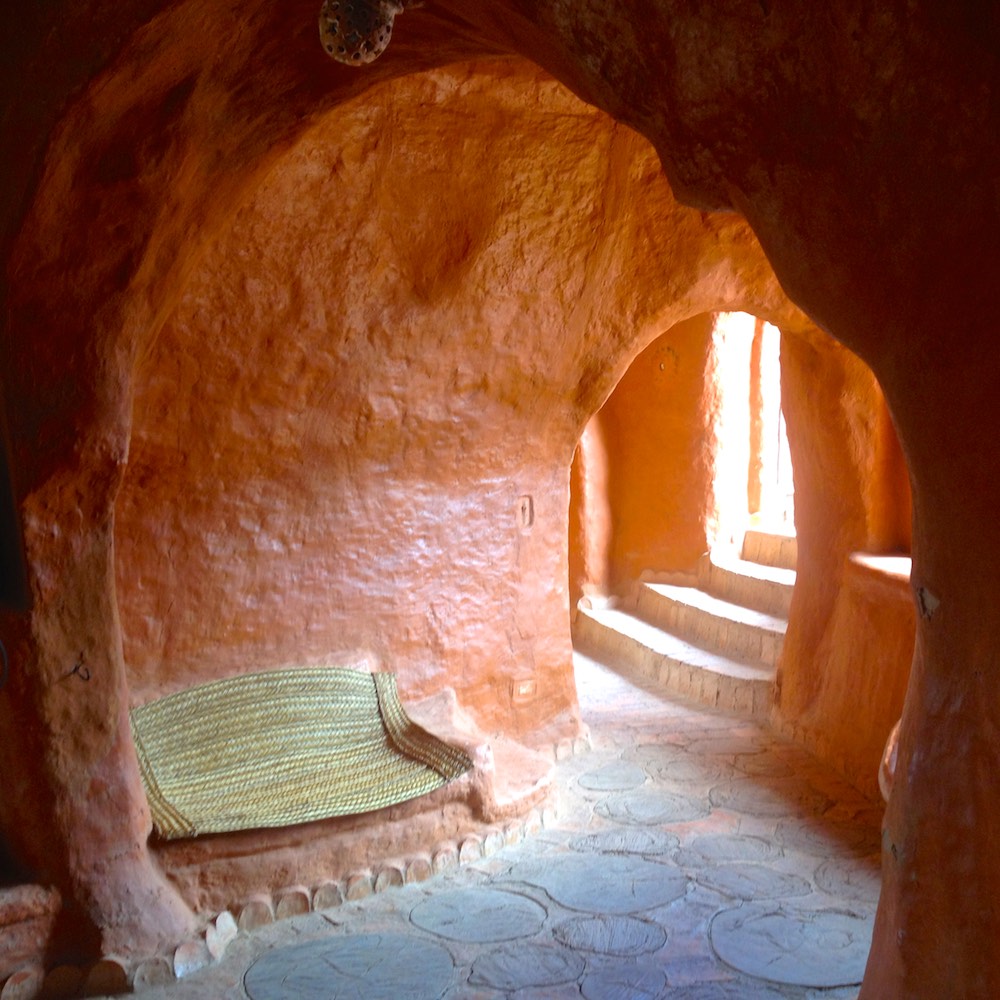
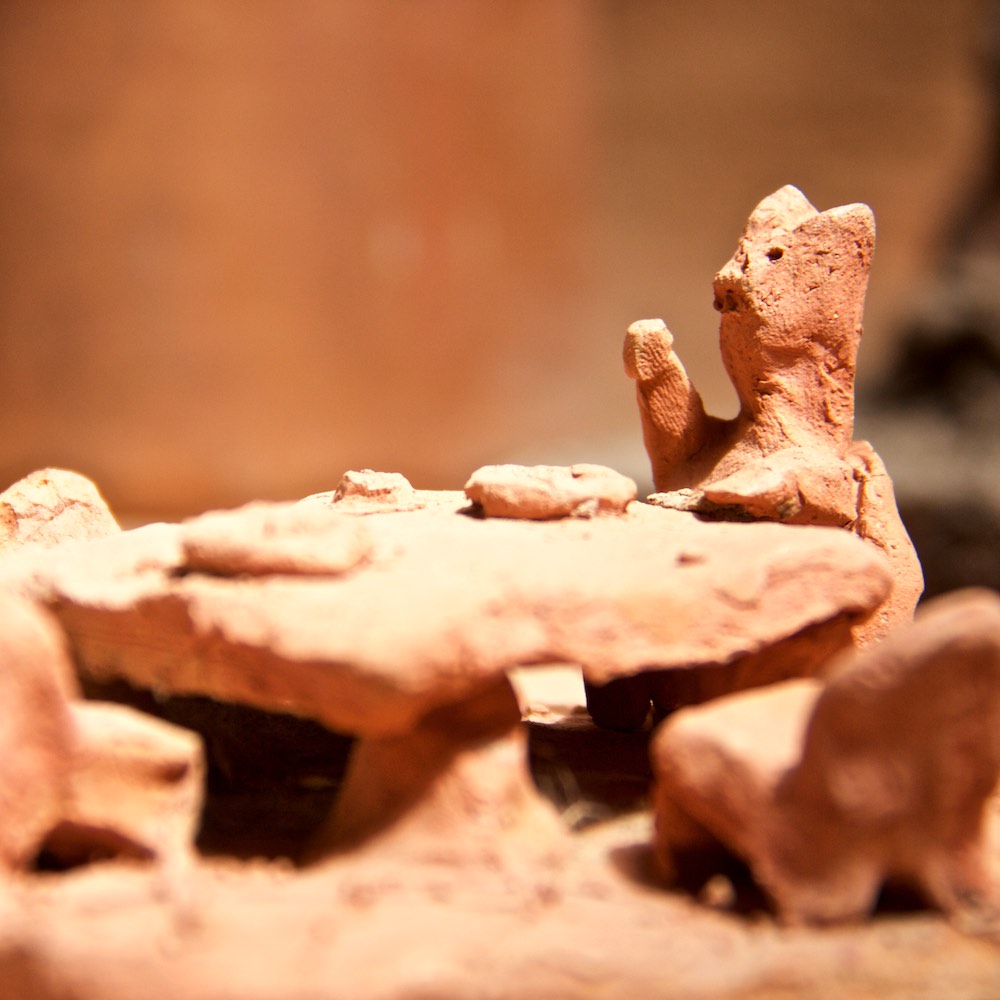
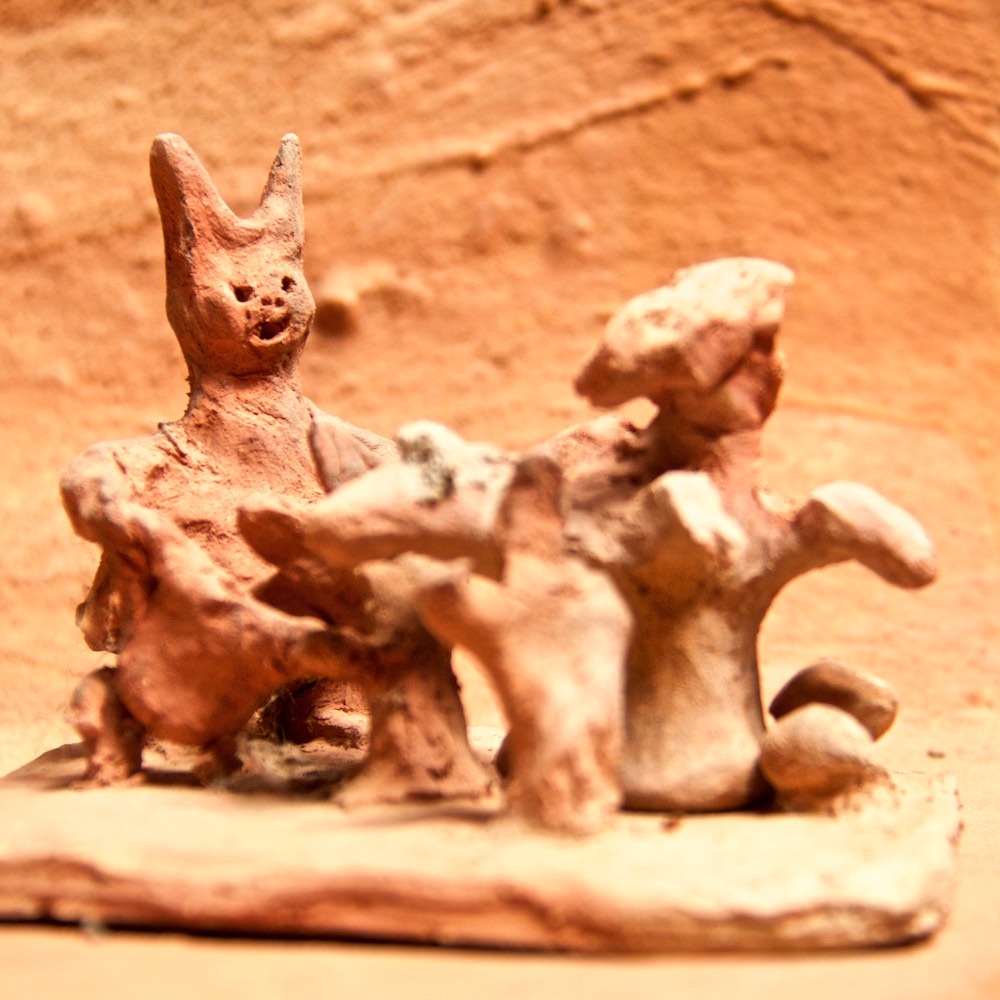
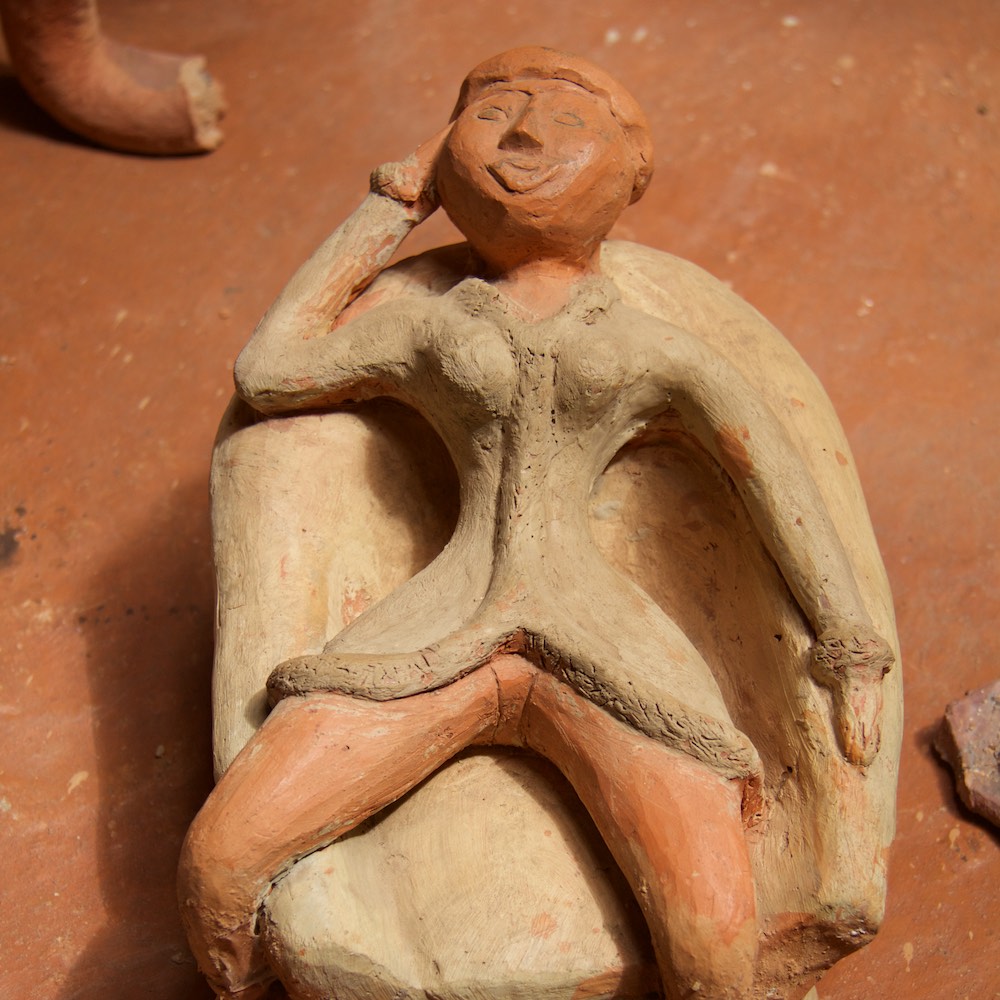
Continuing our exploration of unusual architecture in Colombia, we visited the Salt Cathedral of Zipaquirá. This enormous structure is actually an old salt mine composed of three levels dug inside a mountain spanning centuries of mining. The empty corridors left behind after the excavation were converted into a cathedral. Being one of the most visited touristic destinations in Colombia, the place now resembles a shopping mall complete with a 3D movie theatre. The gift shops towards the exit occupy huge alleys reserved for various brands of artisanry and jewelry. Nevertheless, it is one of the most impressive examples of recycled architecture.
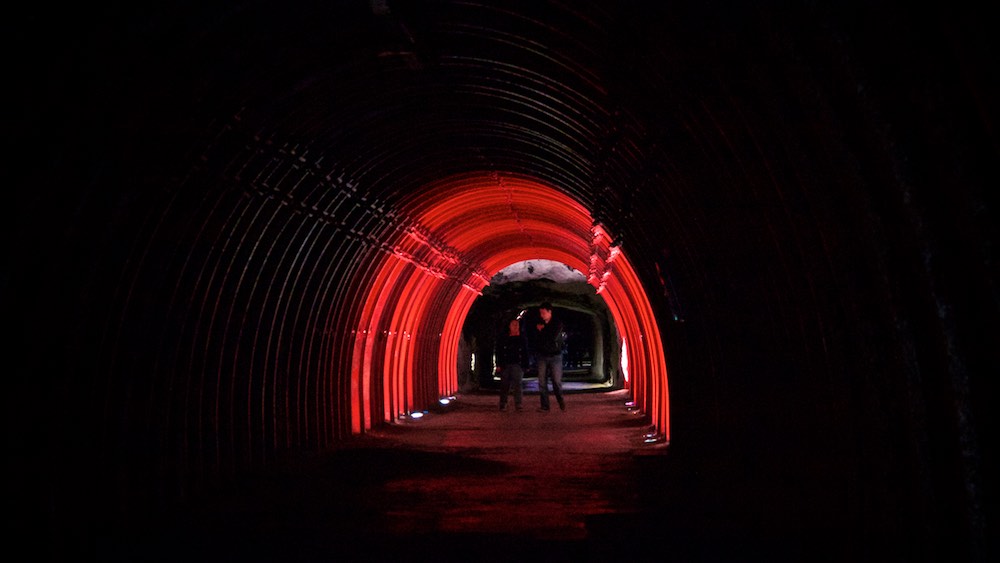
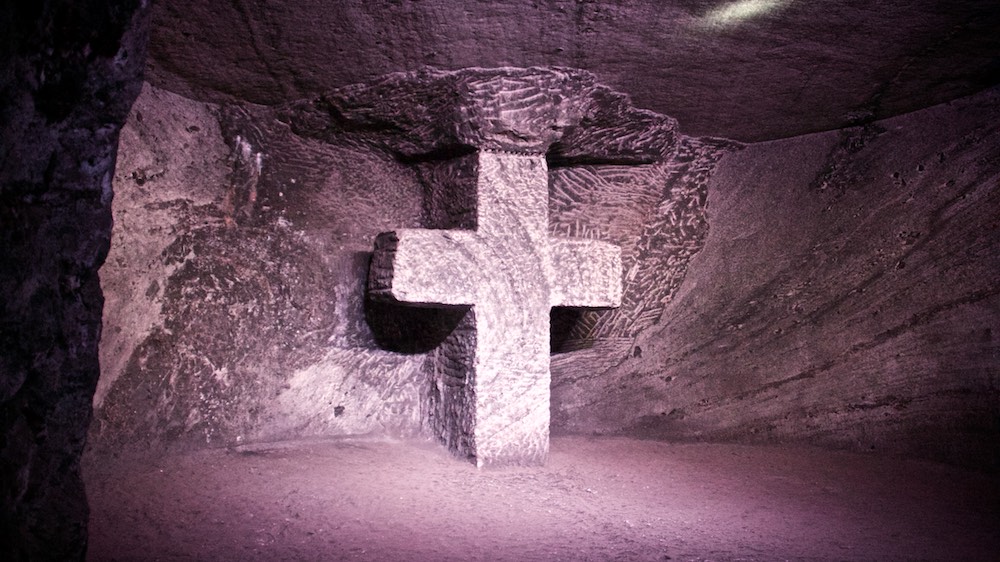
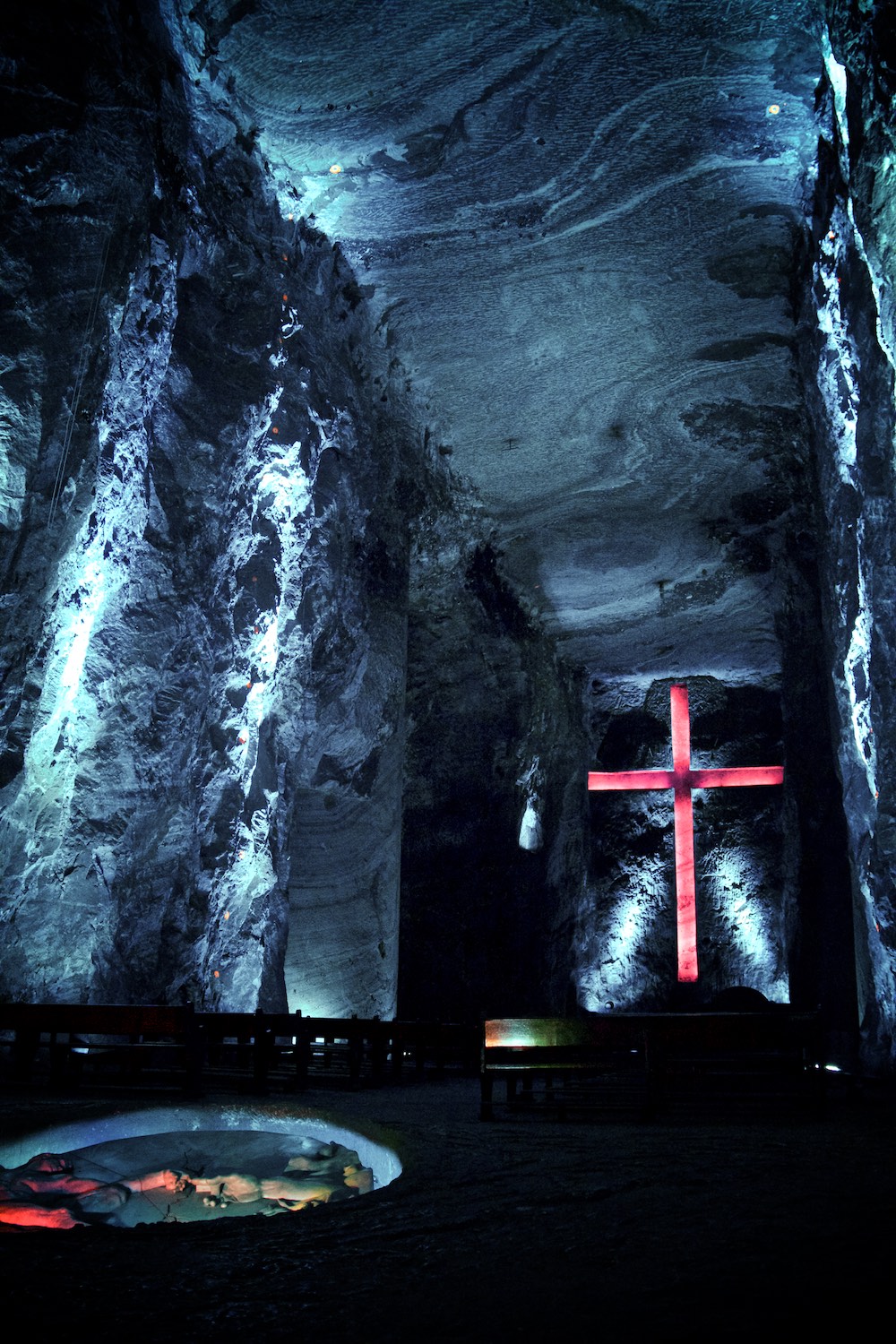
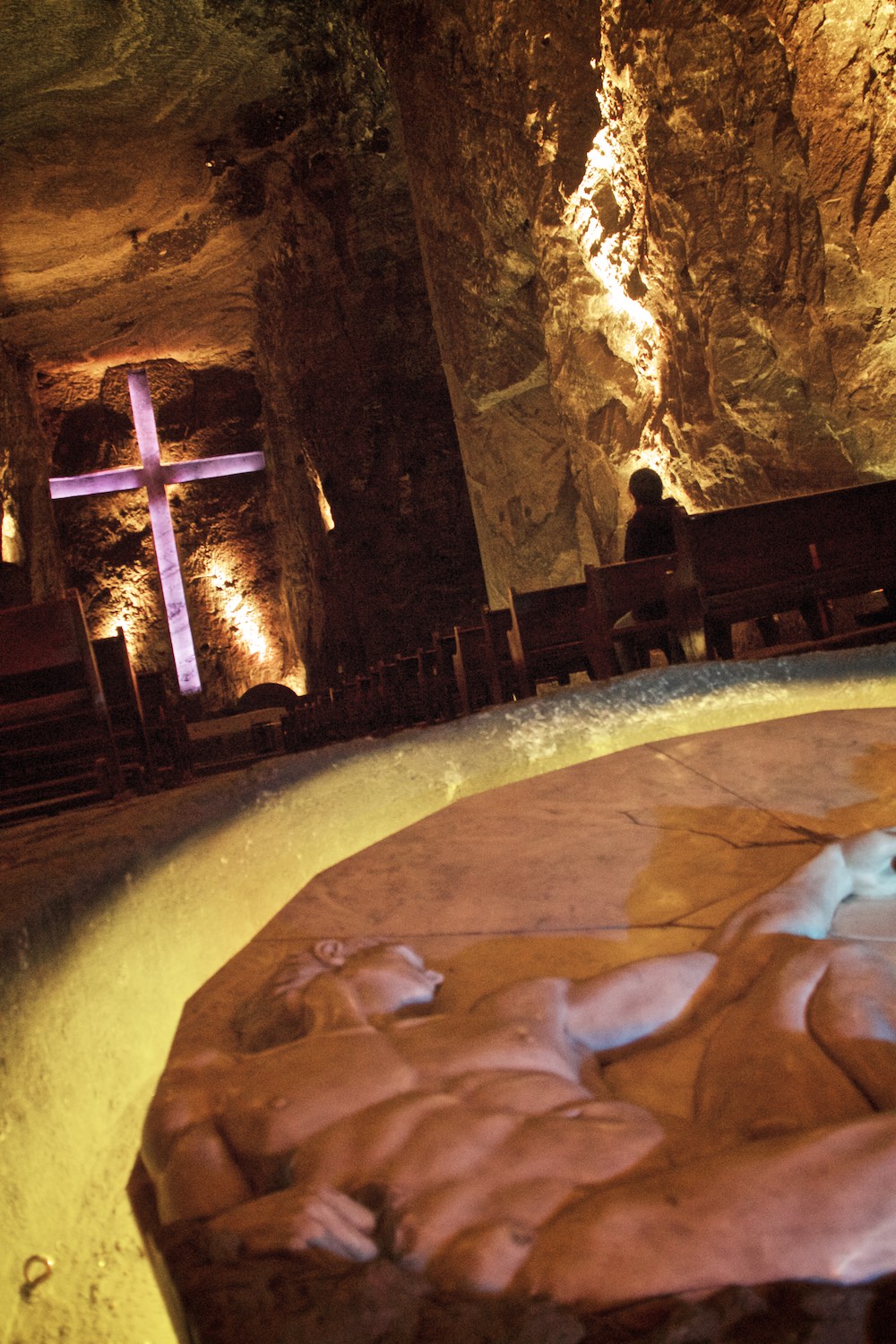
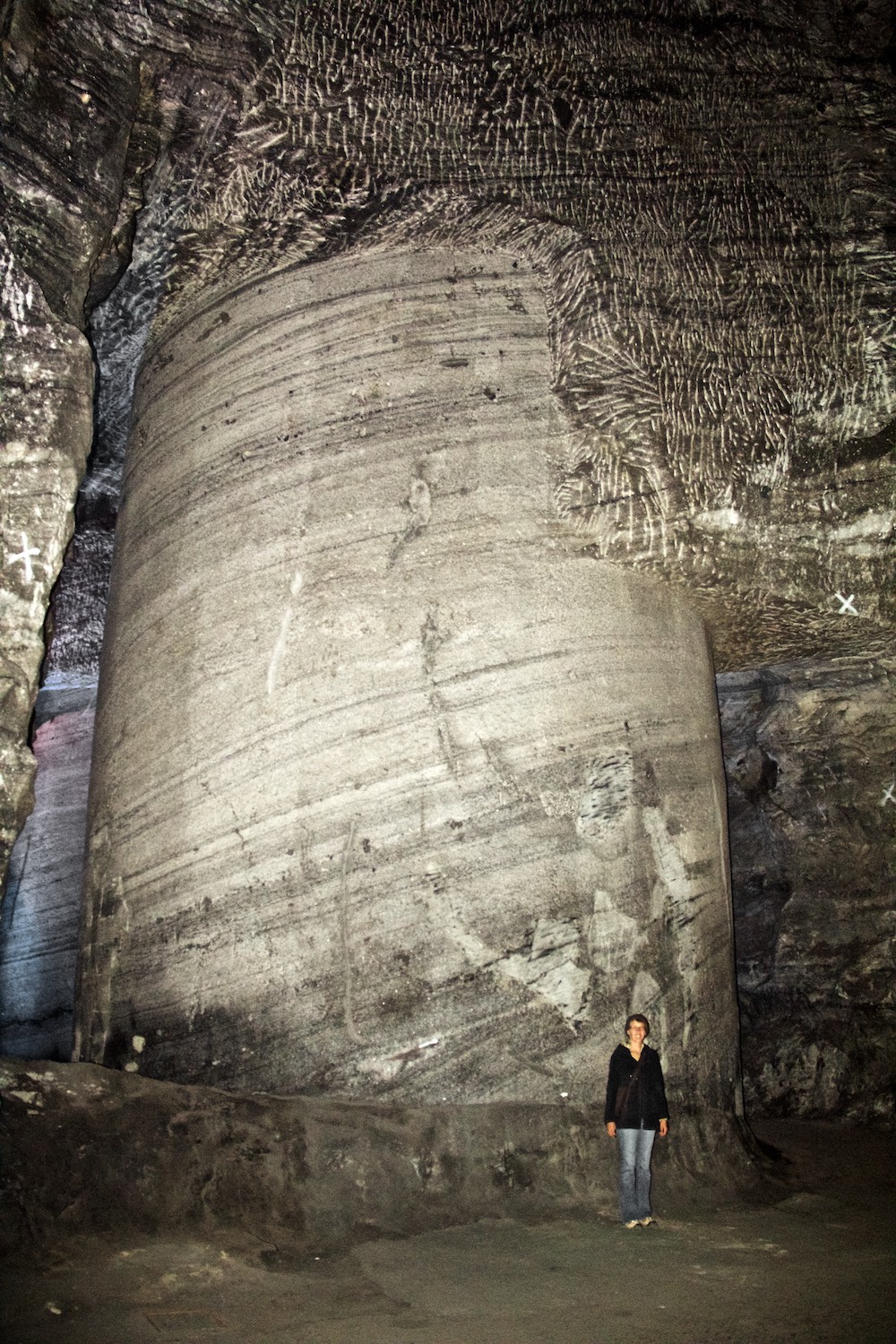
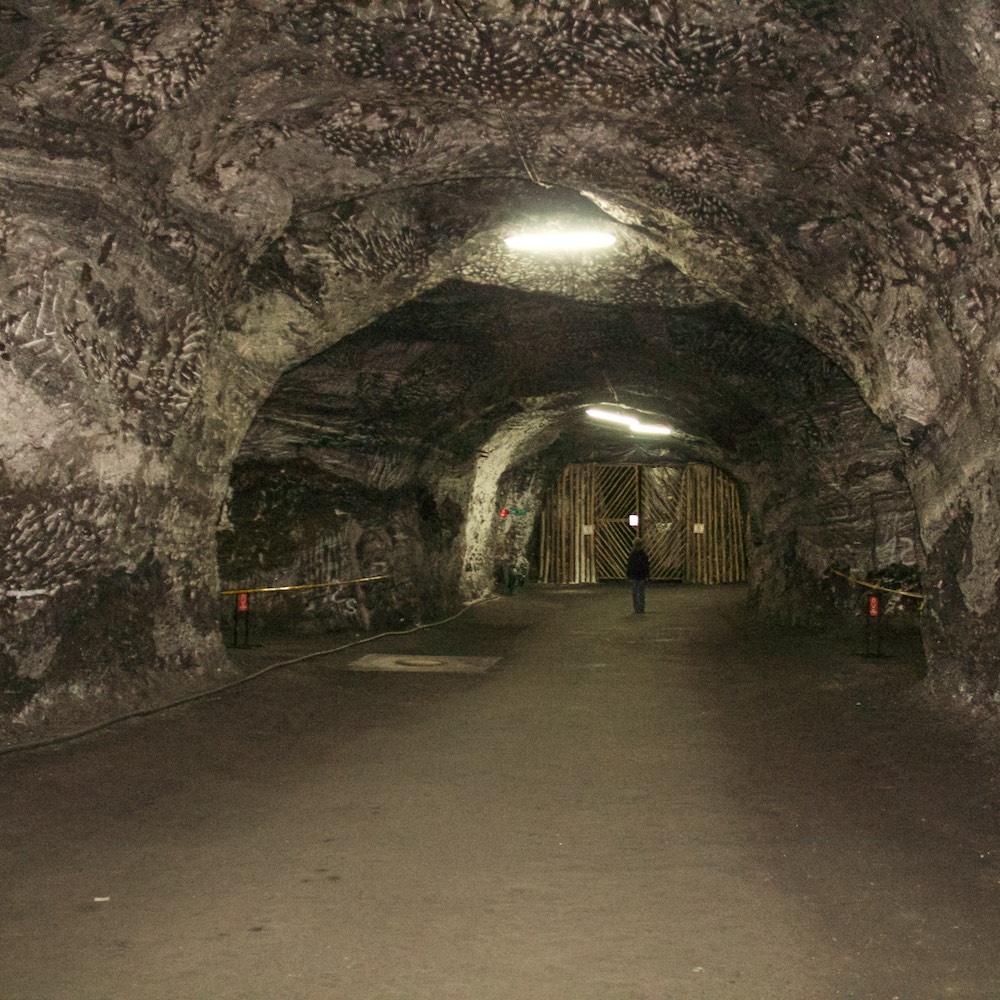
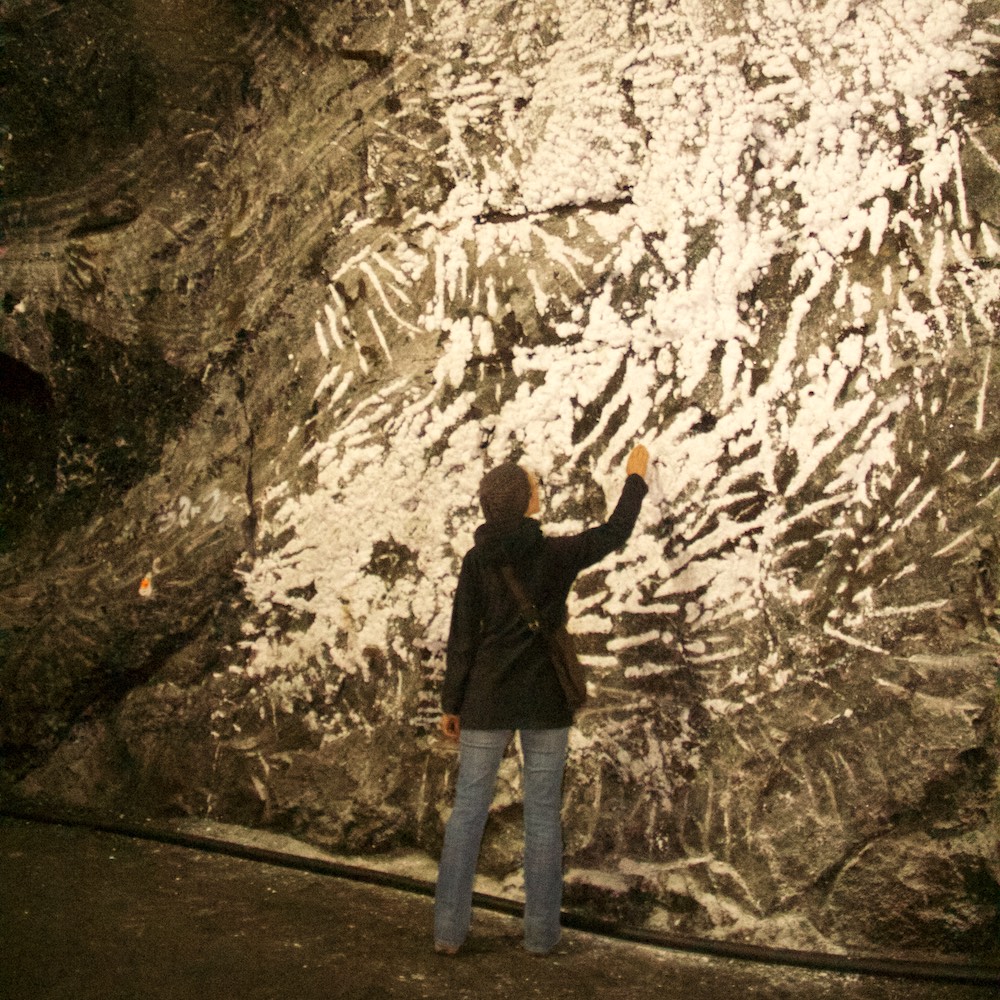
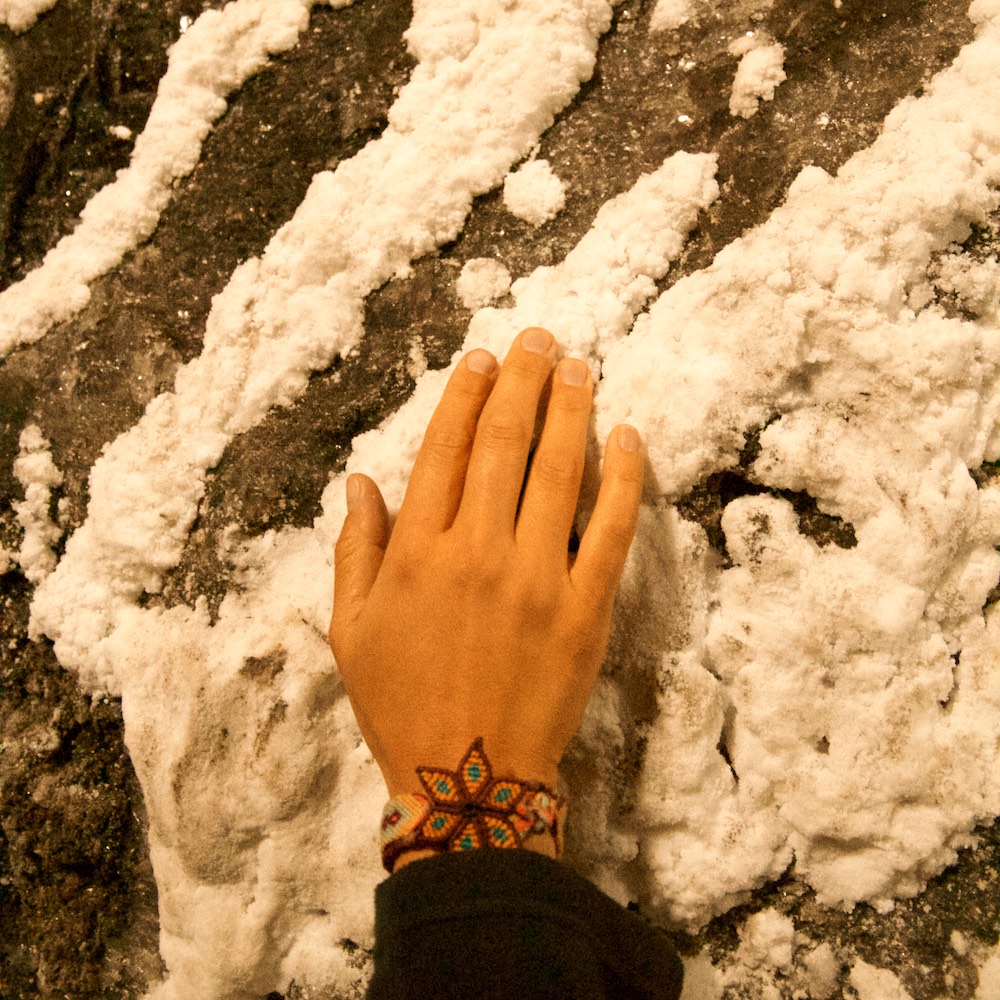
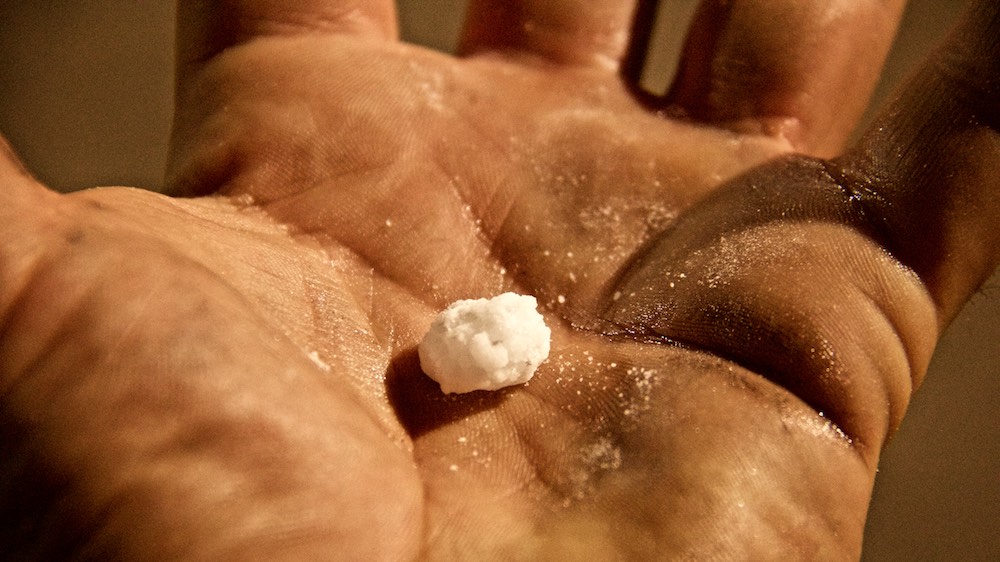
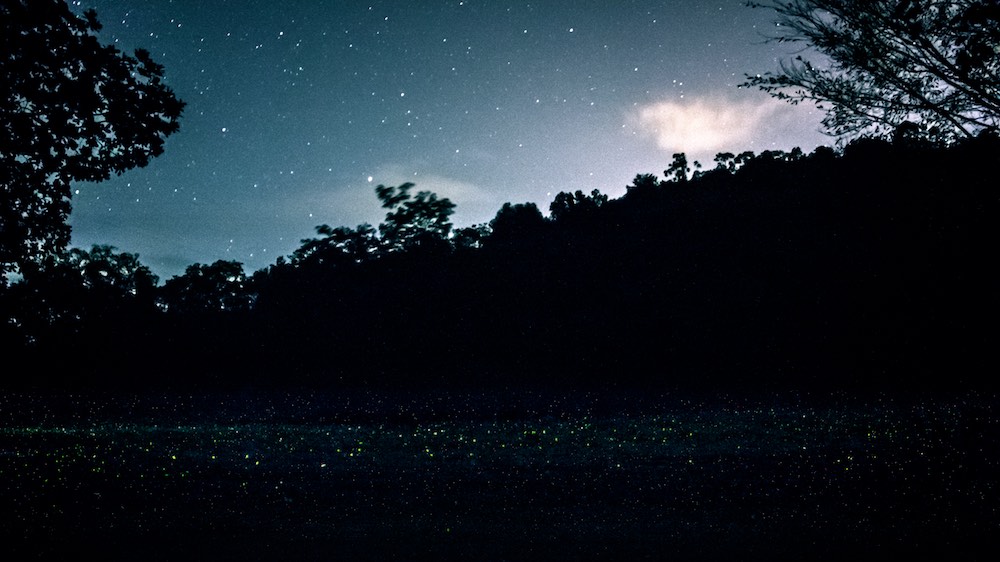
Colombia has three mountain ranges dividing the country on the north-south axis. Traveling southbound, you make a choice as to which ‘corridor’ you would be driving through. If you switch corridors like we did, you find yourself descending from 3000 meters to 300 and back up again within a day. On the road to Manizales, the evening caught-up with us and we decided to camp by a river. As the night fell, the grassy field next to us started to illuminate with hundreds of fireflies. Stars above, fireflies below, we sat down, disoriented, watching the magical scene for hours.
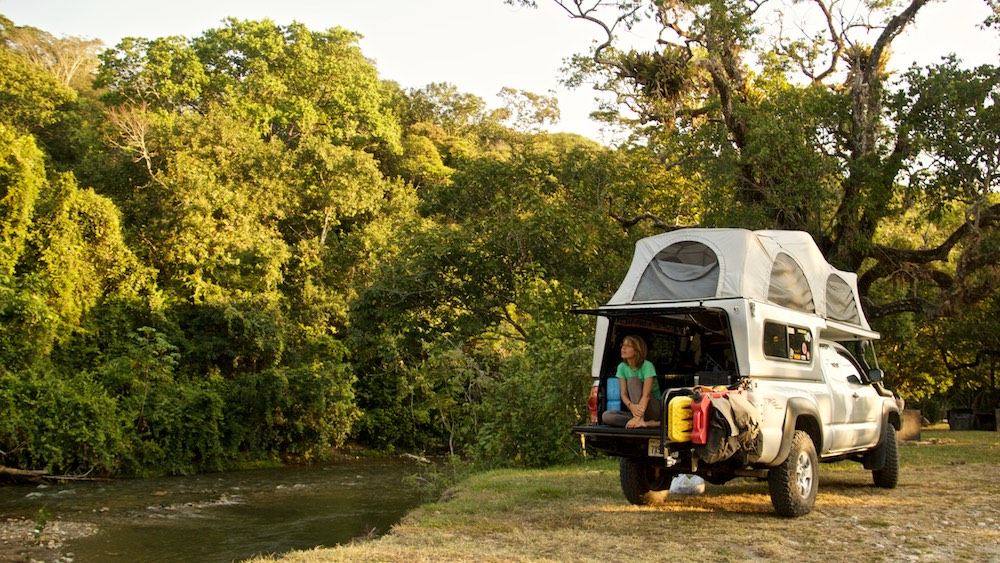
Driving in Colombia is somewhat lawless. The signs posted have no connection with reality. Speed limits would only be realistic if they were doubled. No one obeys them. Even the police don’t seem to take them seriously. The arrows painted on the roads signifying direction of traffic were wrong on multiple occasions. The entire road system is double yellow lined with a few exceptions making it virtually impossible to pass heavy slow truck traffic for hours. The signage simply declares everything illegal and asks you to be careful without serving any information. As a result everyone drives as they see fit. Surprisingly, there are less accidents than you would expect. Guards are never let down. Everyone is very attentive and usually helpful. Trucks and cars use their signals to inform other drivers about oncoming traffic. It takes time getting used to, but somehow seems to work. Here are a few traffic signs we had difficulty understanding.
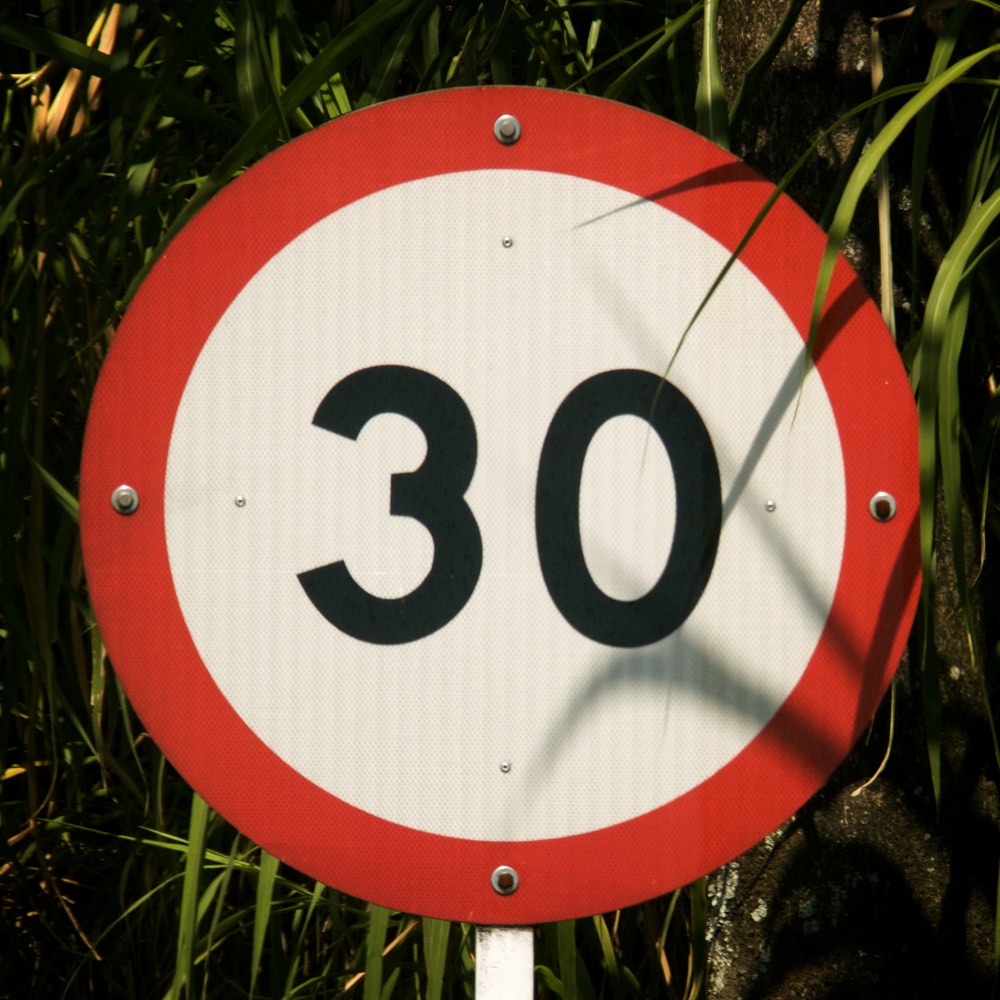
A red circle around a random two digit number. We thought it could be the speed limit but it would be dangerous to drive that slow on a highway. You’d be causing an accident.
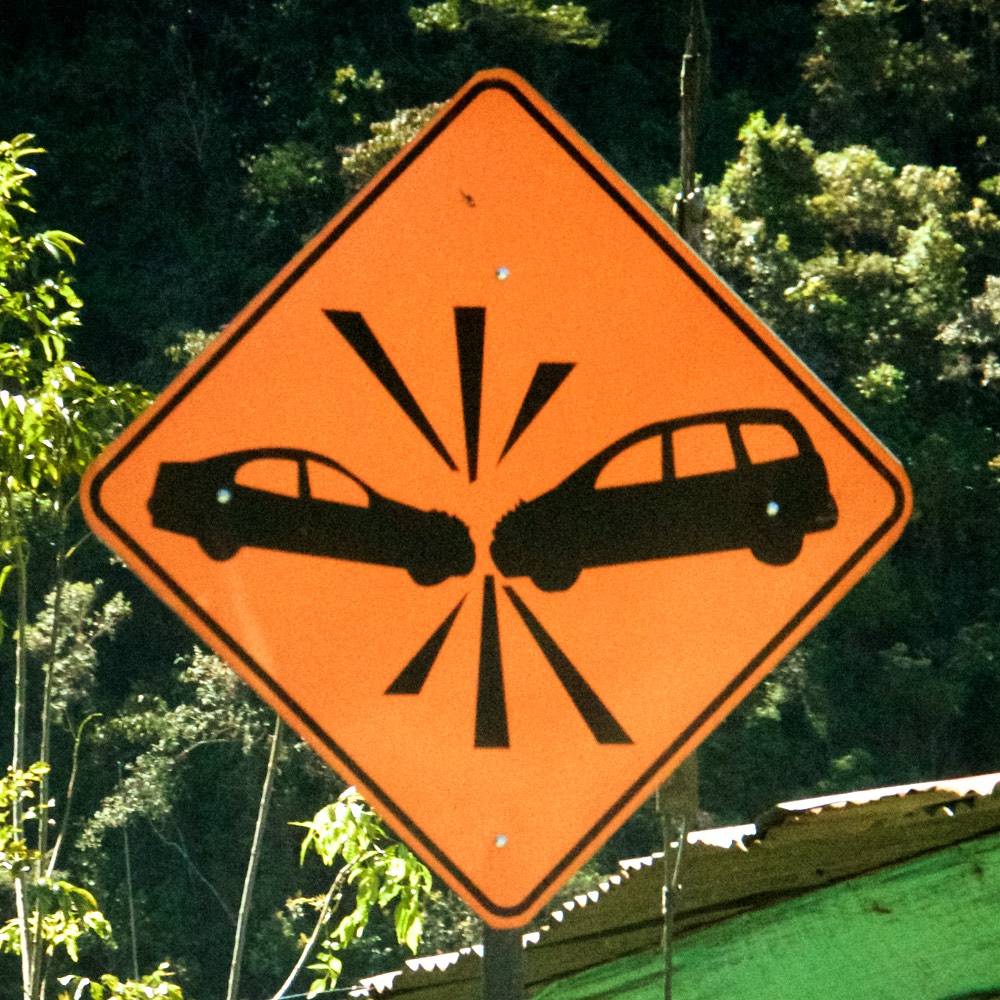
A sign demonstrating what an accident involving a sedan and a van may look like. Apparently, it makes a big sound and you may have grass growing on the hood of your car.
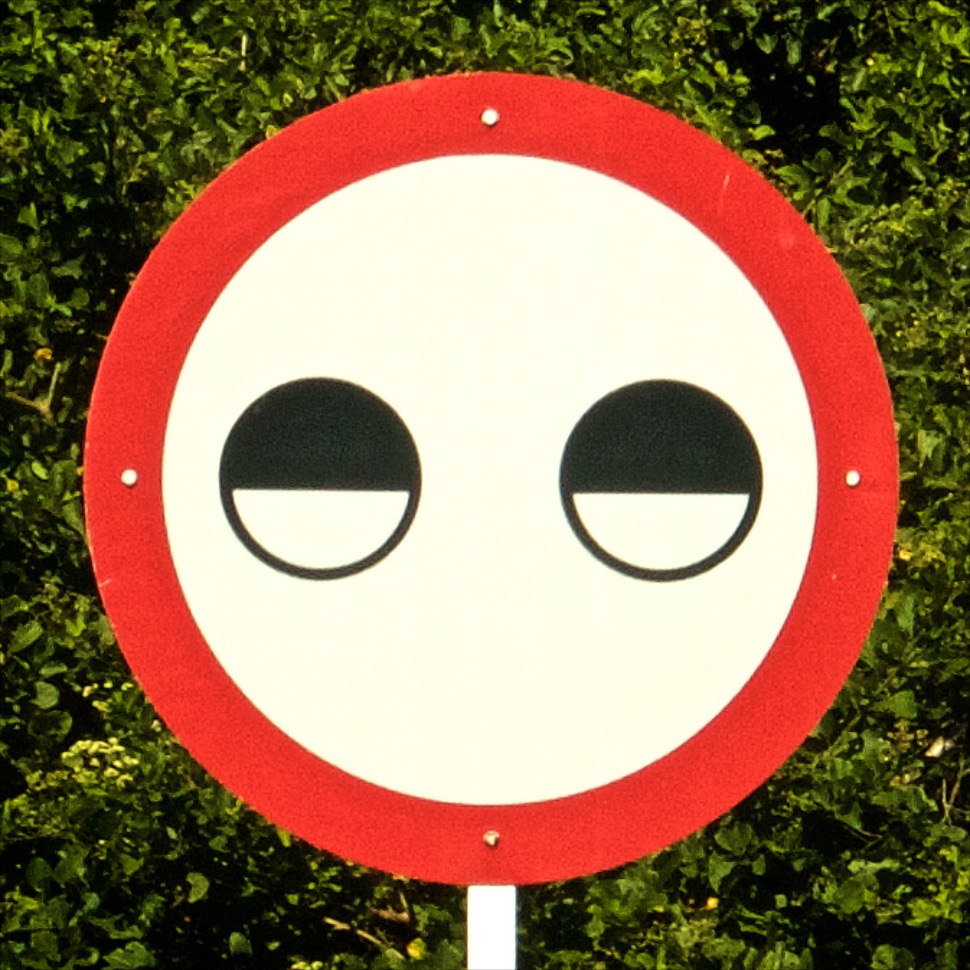
The “Your eyelids are getting heavier and heavier…” sign. It’s designed to eliminate sleepy drivers from traffic as soon as possible thereby increasing the safety of others.
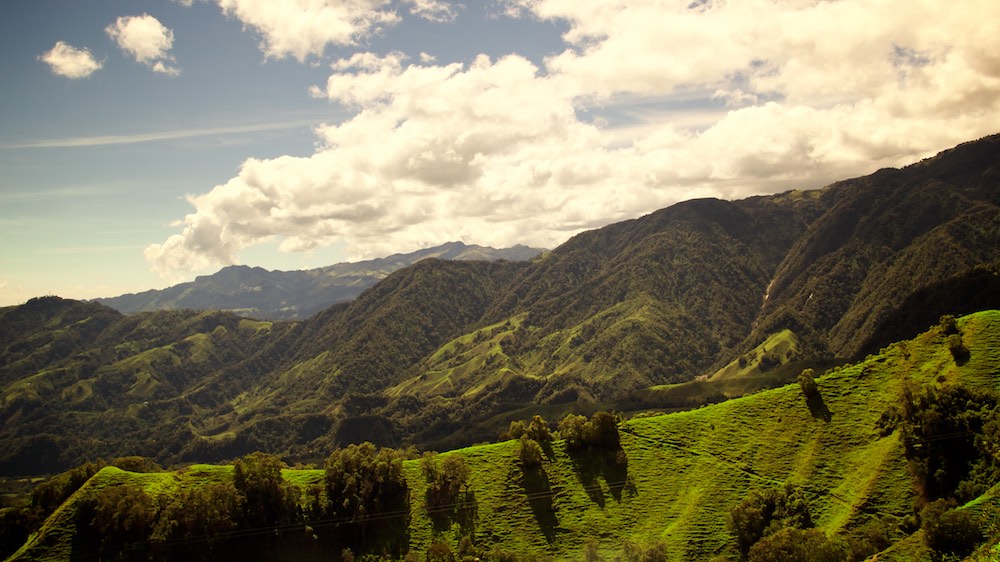
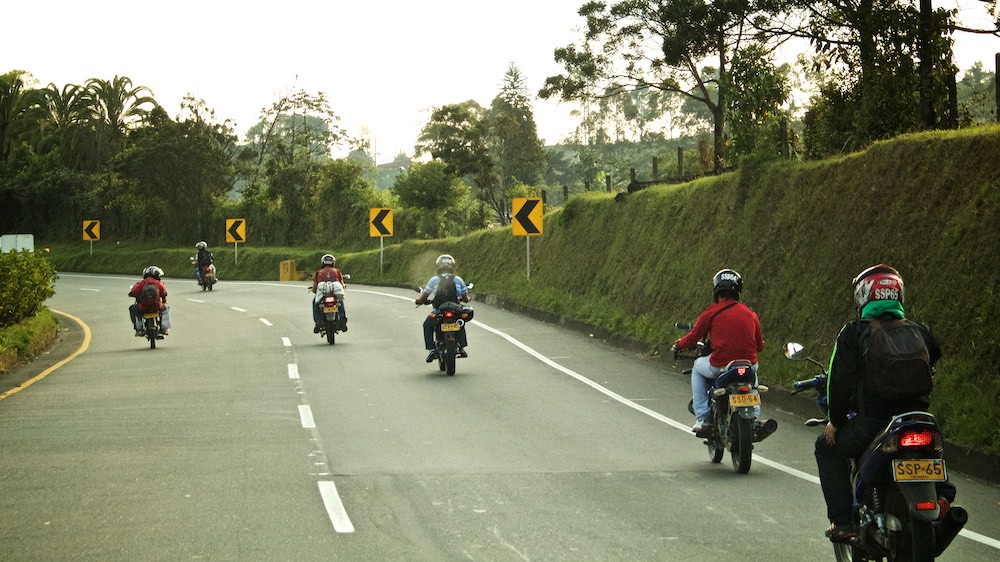
Motorcycle is the dominating choice of transportation in Colombia. It’s the best way to cope with heavy highway and urban traffic on winding narrow mountain roads and old colonial towns.
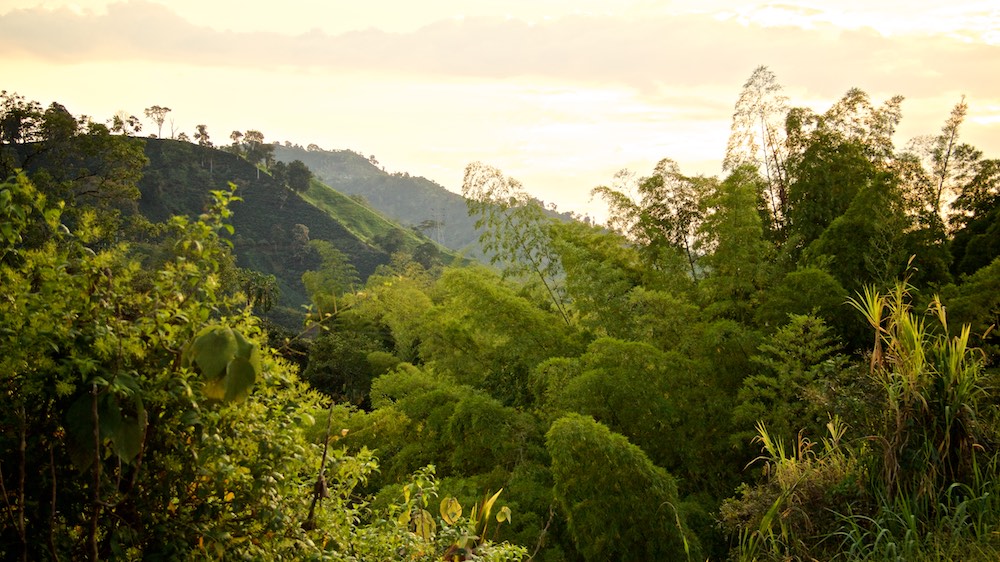
After more than six months of traveling mostly through the rainy season, we’ve learned a few things about water leaks and how to avoid them on the Flippac Camper. We knew we were approaching another rainy territory so decided to fix the waterproofing of both the camper and the tent for good! Chapter one was focusing on the camper leaks:
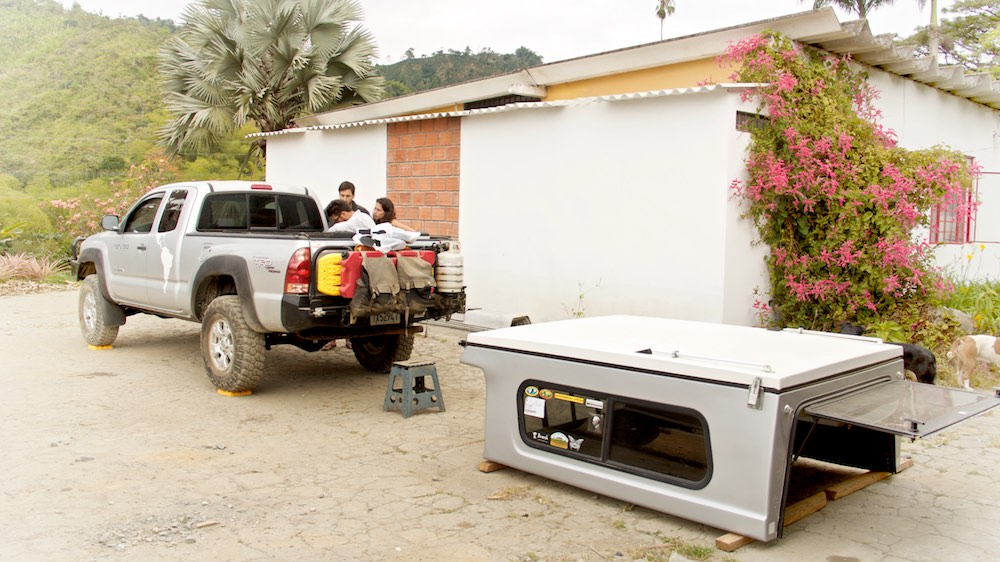
We purchased high density rubber strips and some Sikaflex from a good auto parts store. With the help of Nikki, Jacob and a few of others, we took the camper shell down and made a really strong well insulated water barrier. We reinforced the lift brackets on the Flippac making sure water does not leak into the metal channels. We also ran a line of Sikaflex on the windows. Tested under heavy vibration and on dirt roads flexing the body of the truck, the rubber hasn’t moved at all. Chapter two was the tent itself. More on that below…
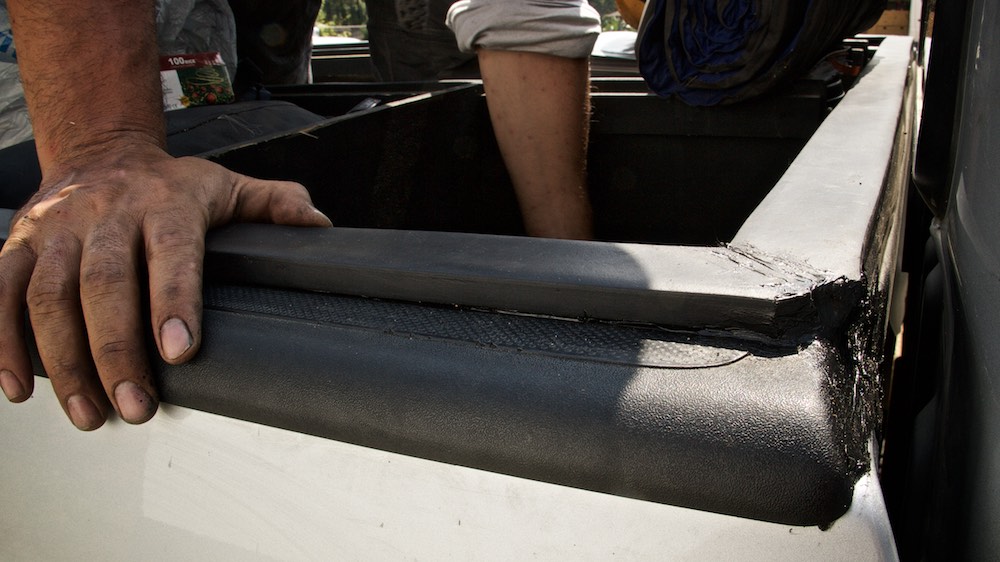
You may have heard that Palm Trees are actually not ‘trees’. Lacking barks and branches, they are botanically grouped with ‘grasslike’ plants. With that in mind, a visit to Valle de Cocora becomes even more interesting. This valley is home to a rare species called the Wax Palm which grows in an unusually evenly distributed manner and exceptionally tall. We parked “Her Majesty” and “The Garage” at a restaurant near the valley and hiked the valley.
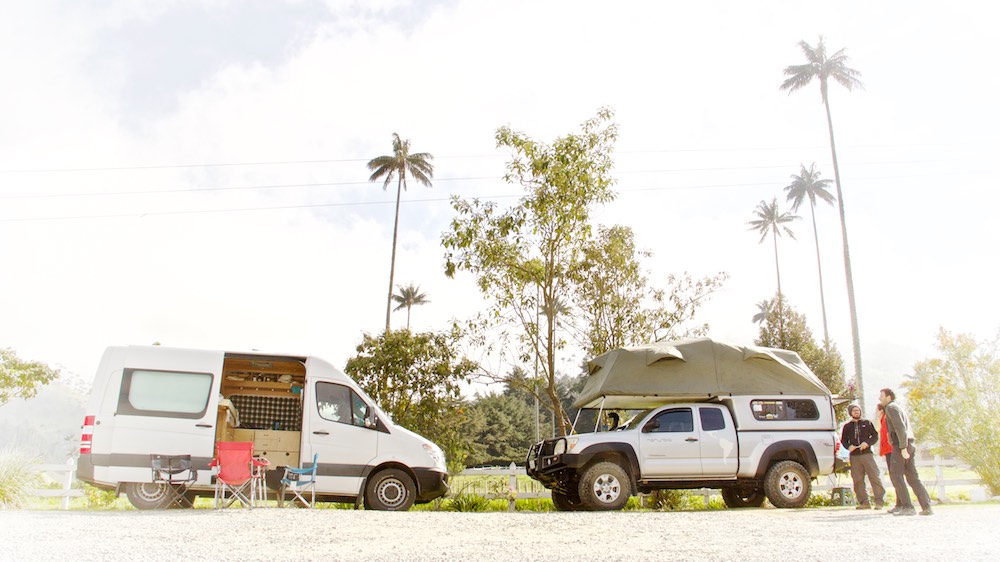
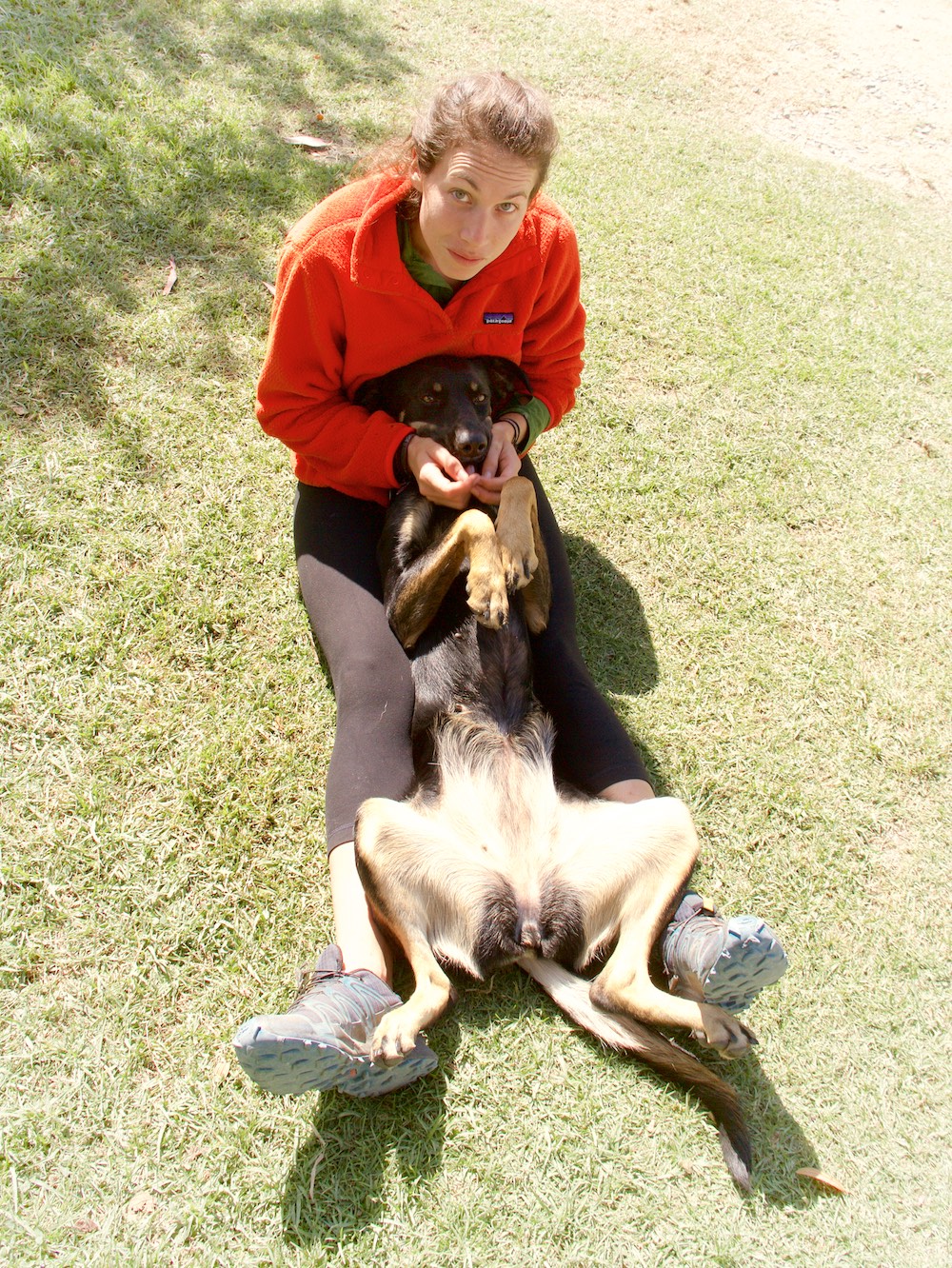
Named after the courageous Russian canine who initiated space travel, Leika here is posing gracefully for the camera. The owner Nikki also has Russian roots but has not travelled to space. Yet…
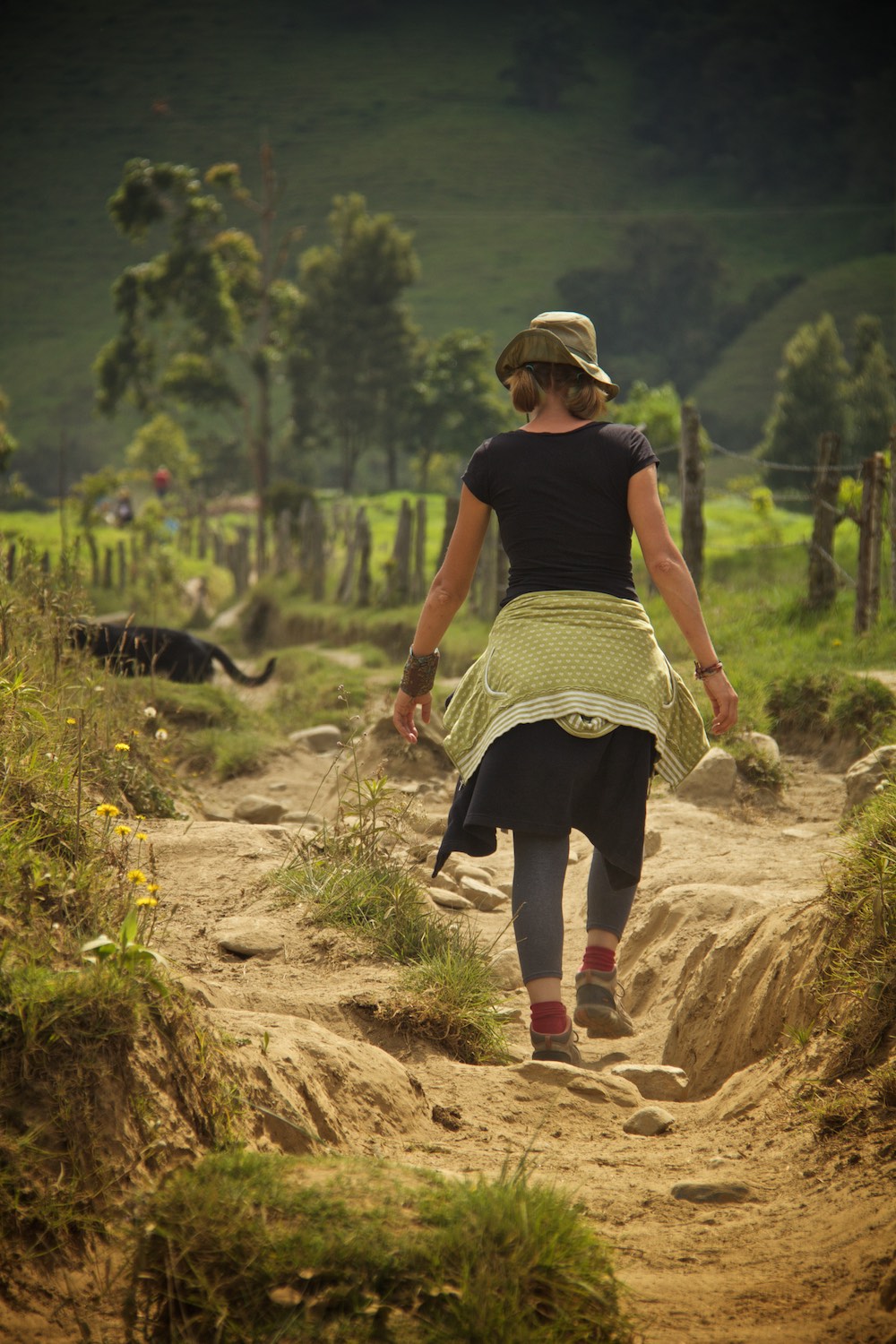
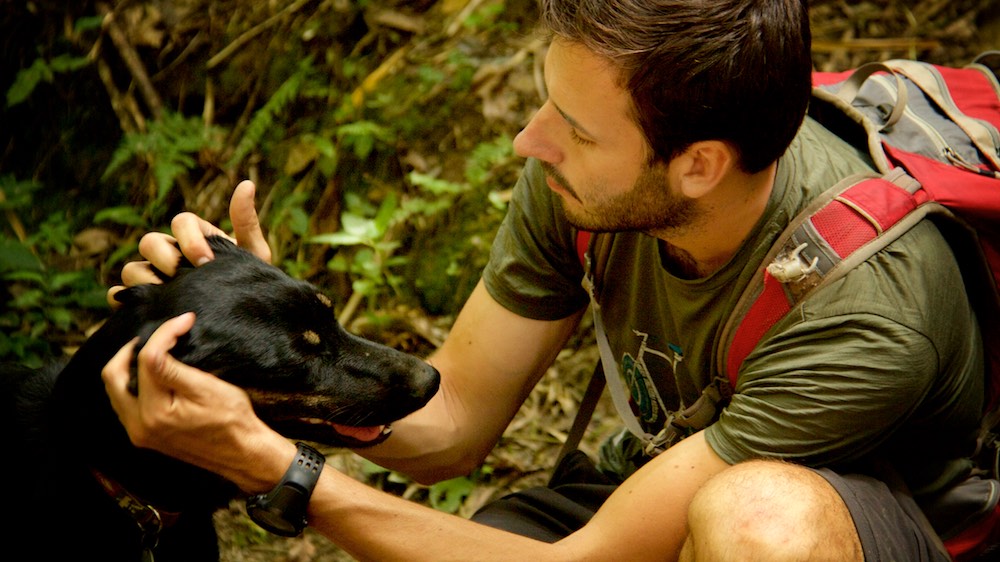
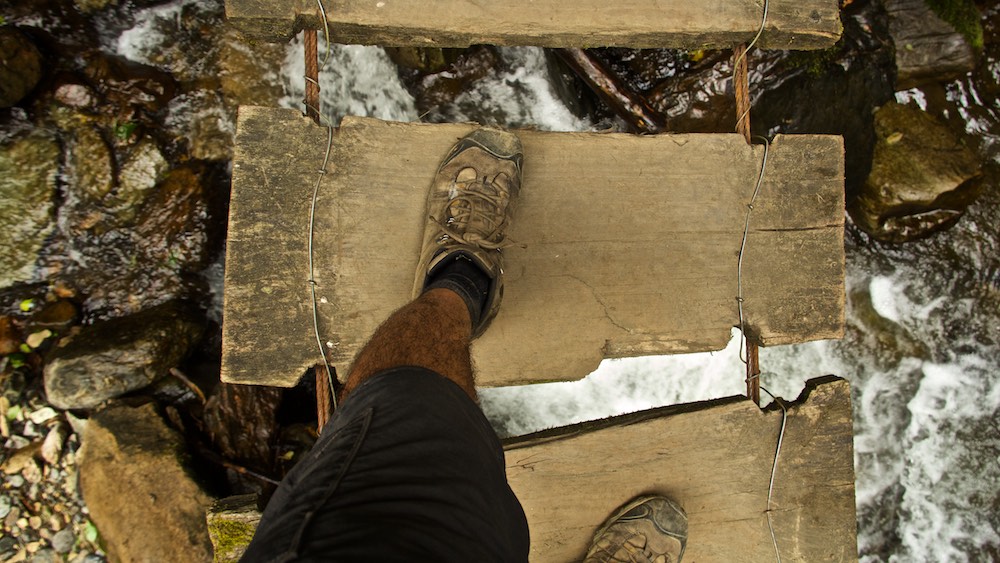
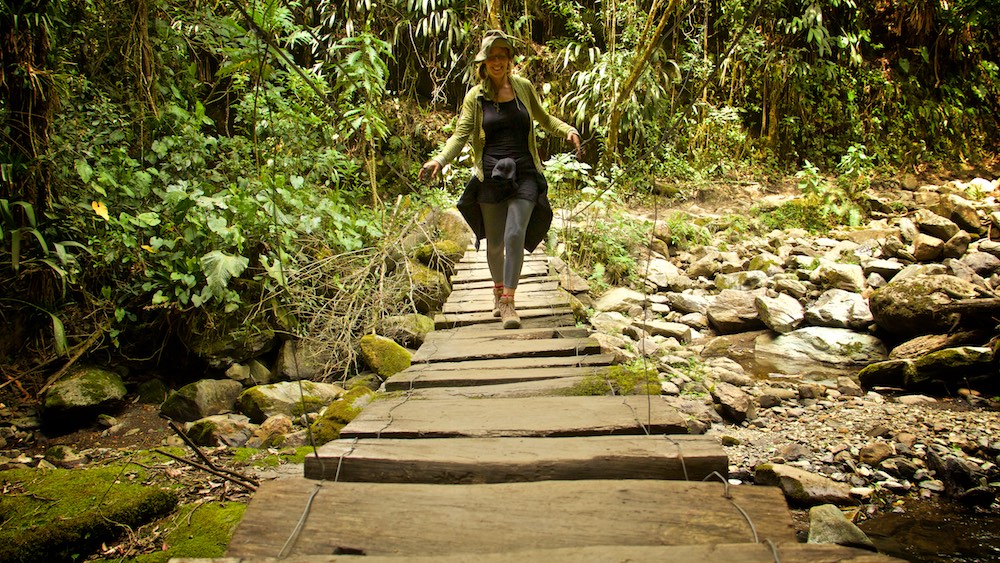
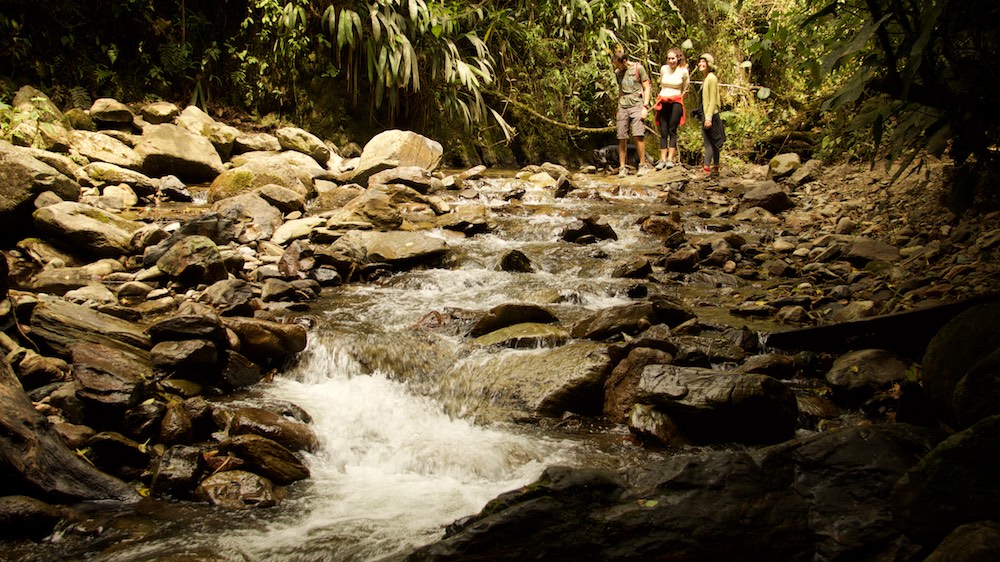
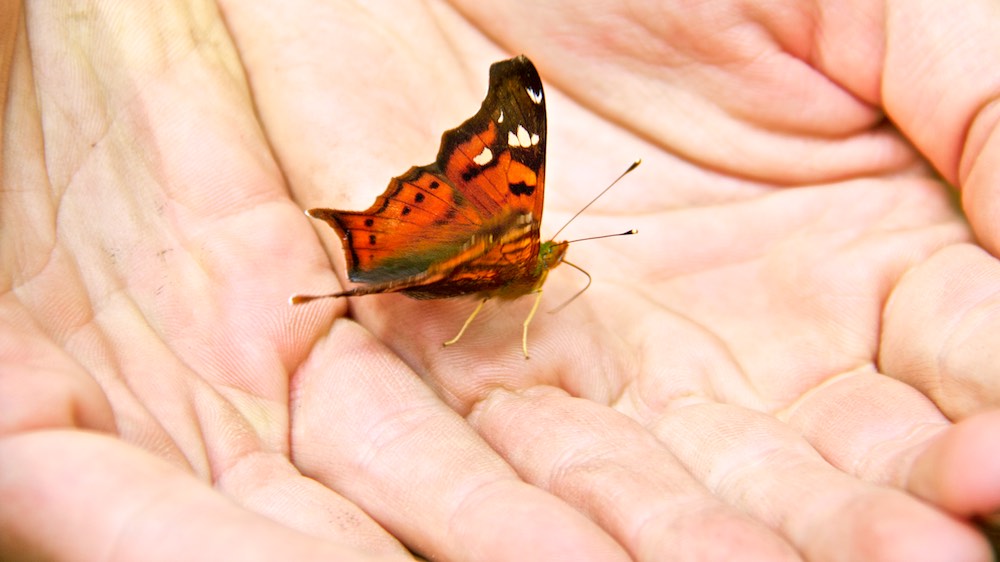
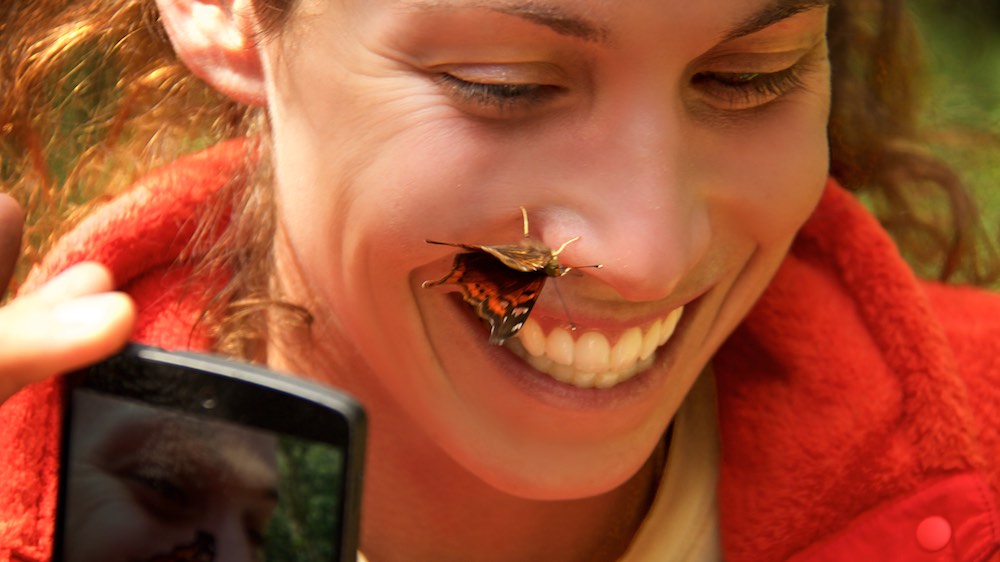
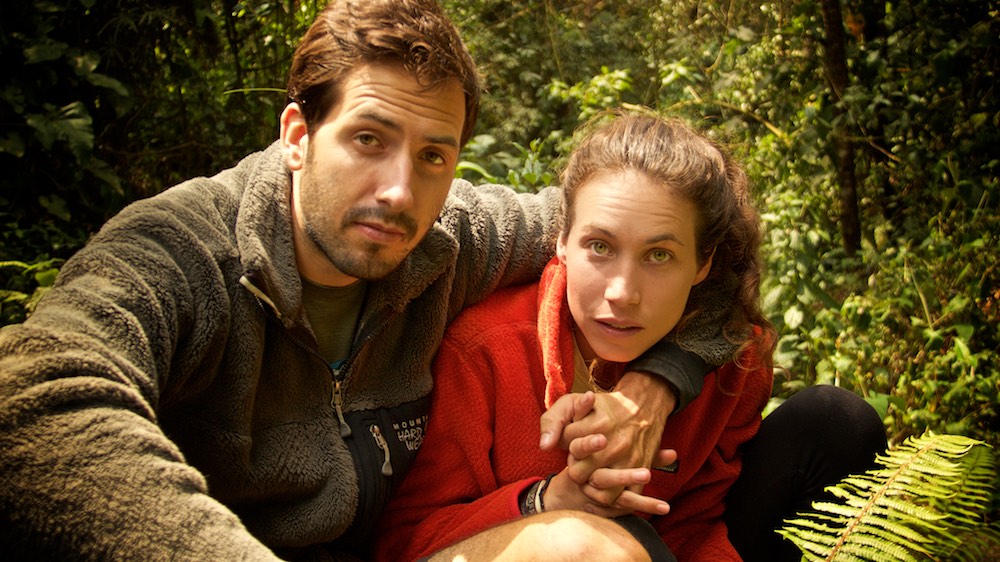

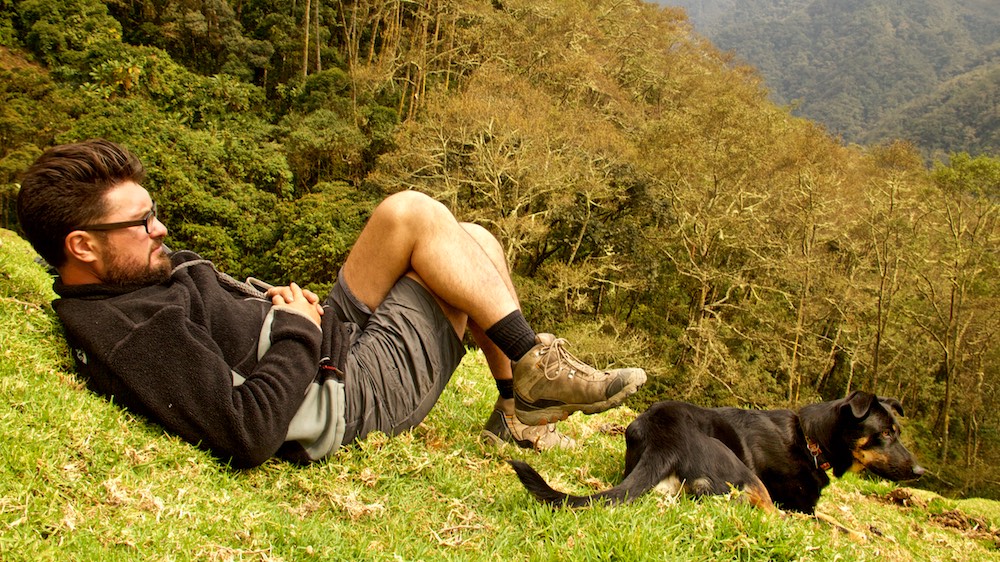
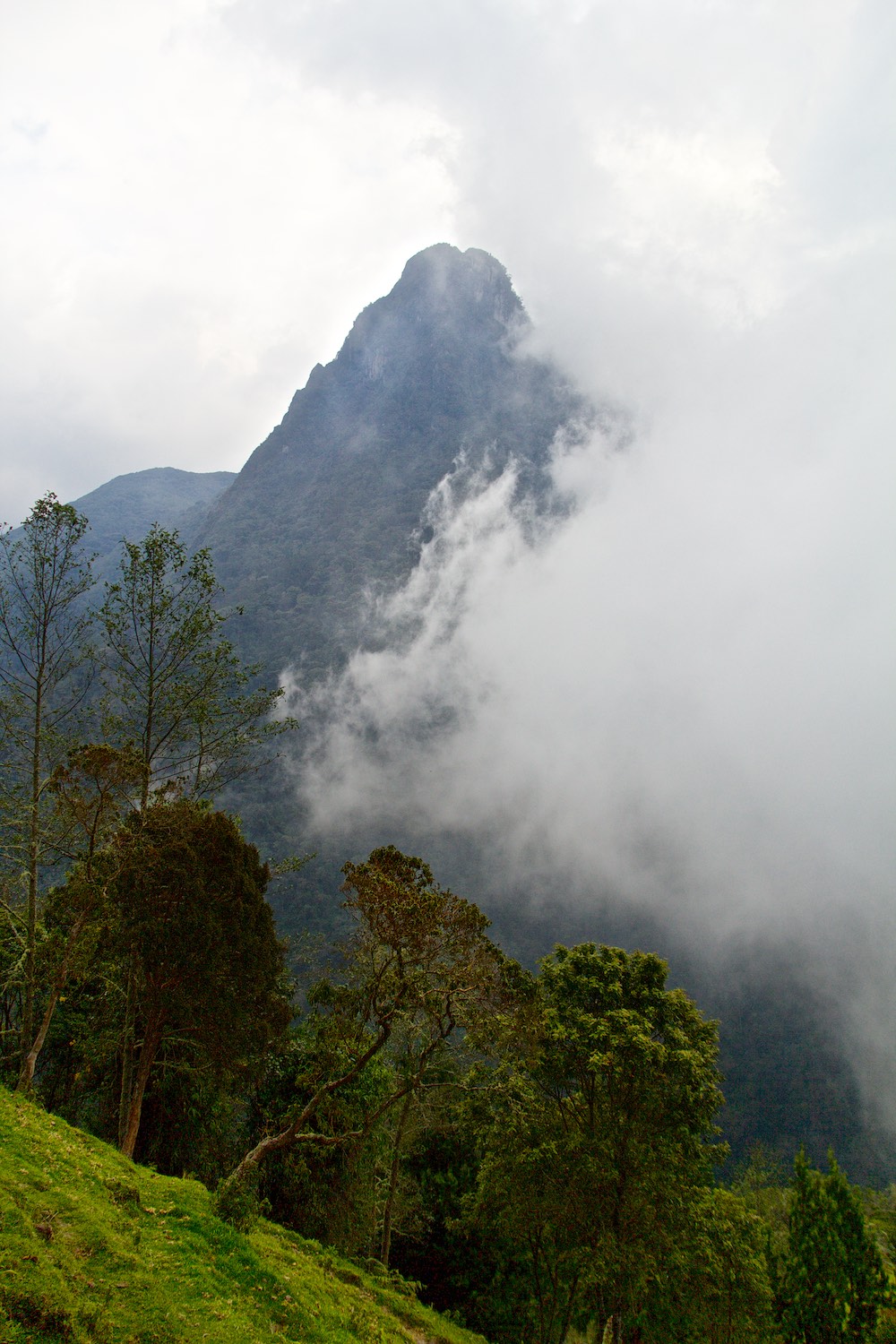
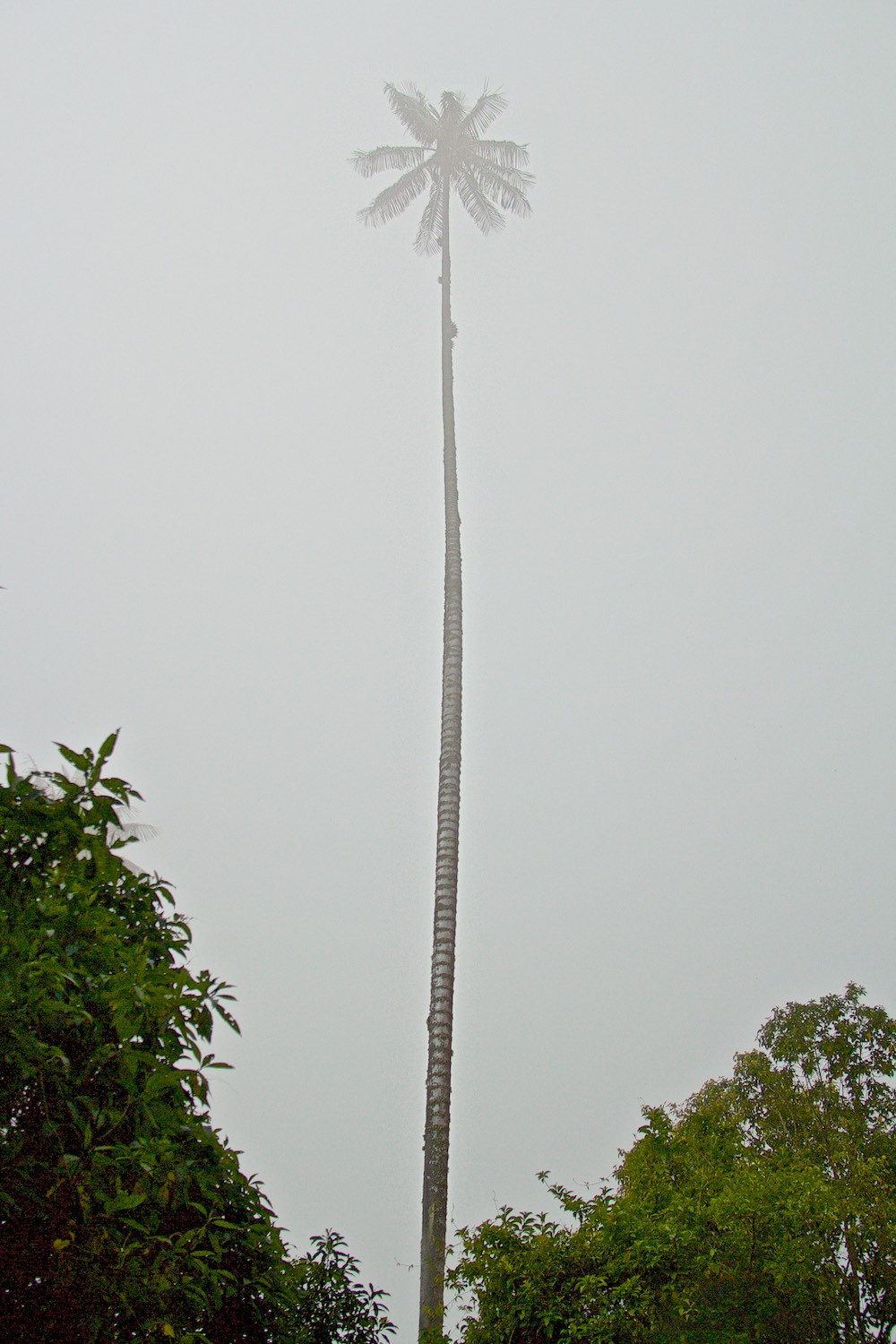
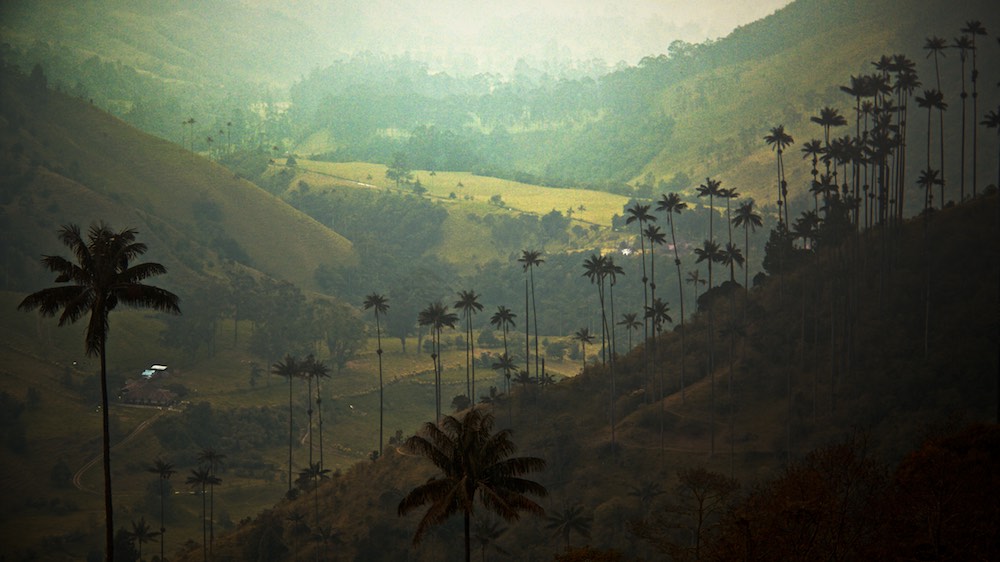
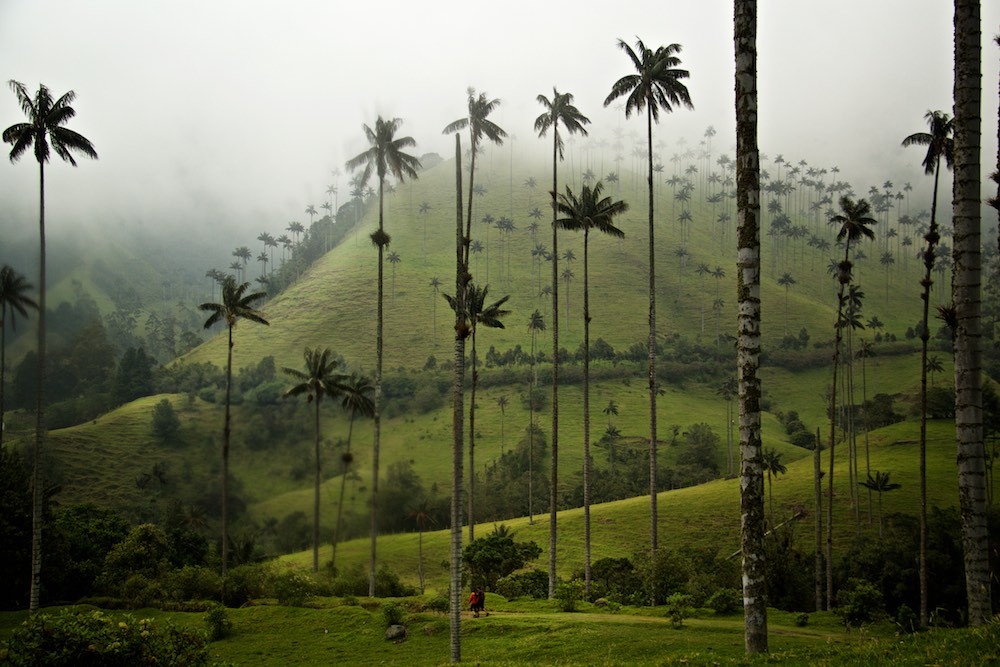
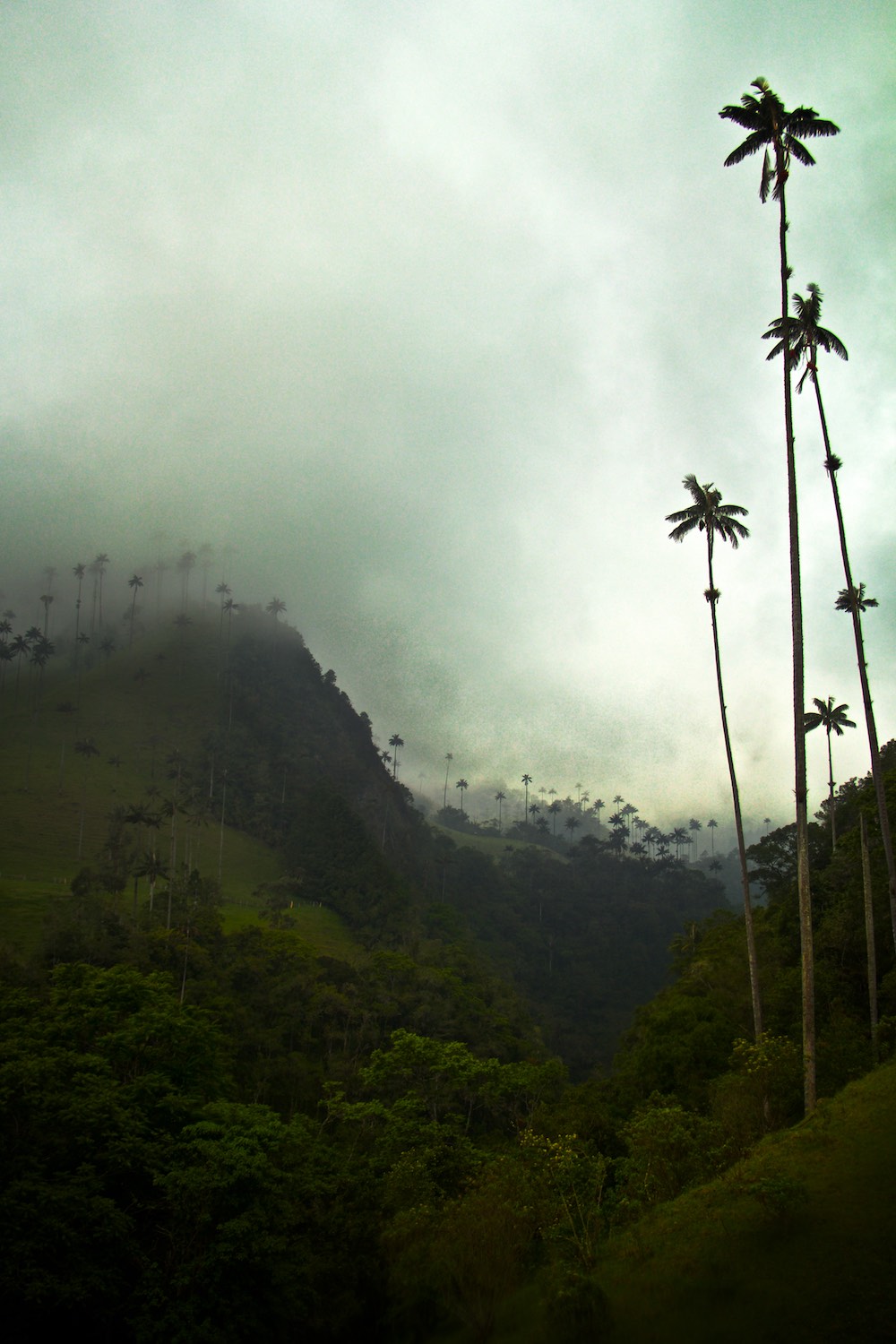
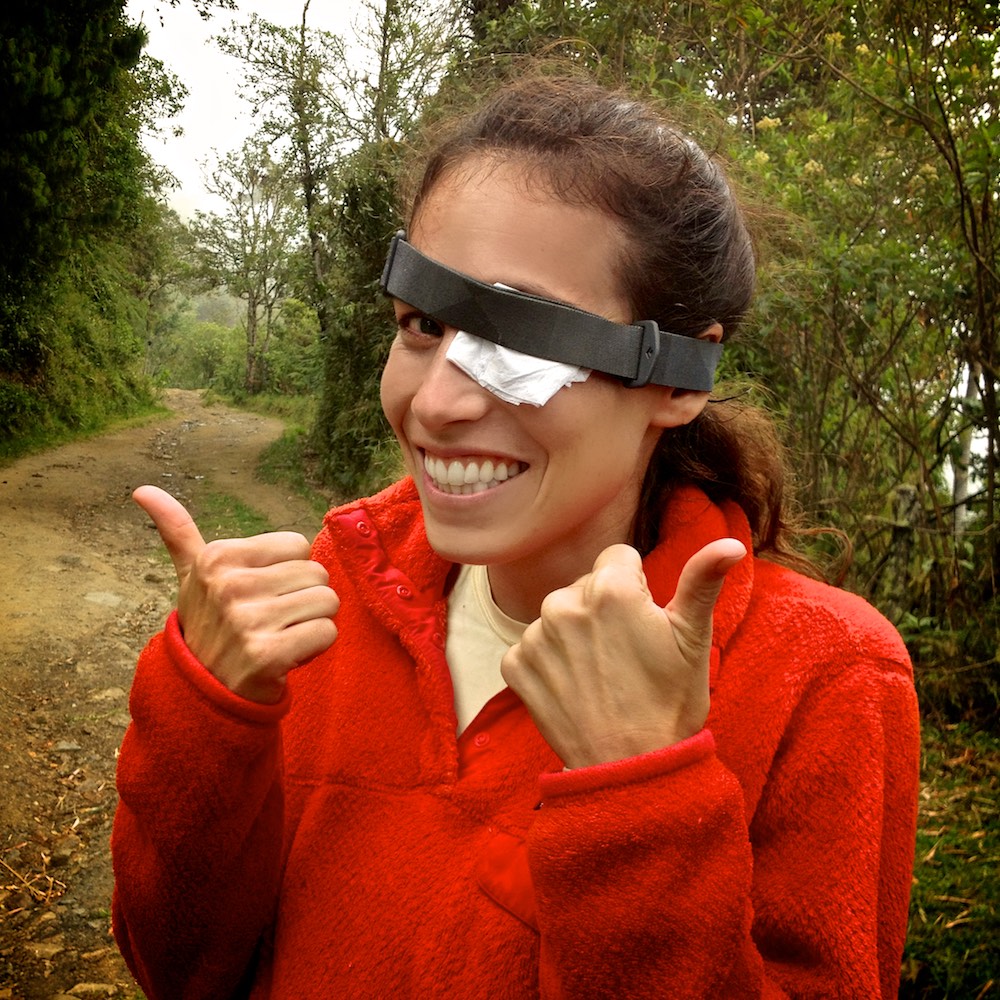
It’s hard to watch your step looking at these slender monsters. Nikki ran into barbed wire and turned into a pirate. She’s laughing here in the aftermath, but it was scary.
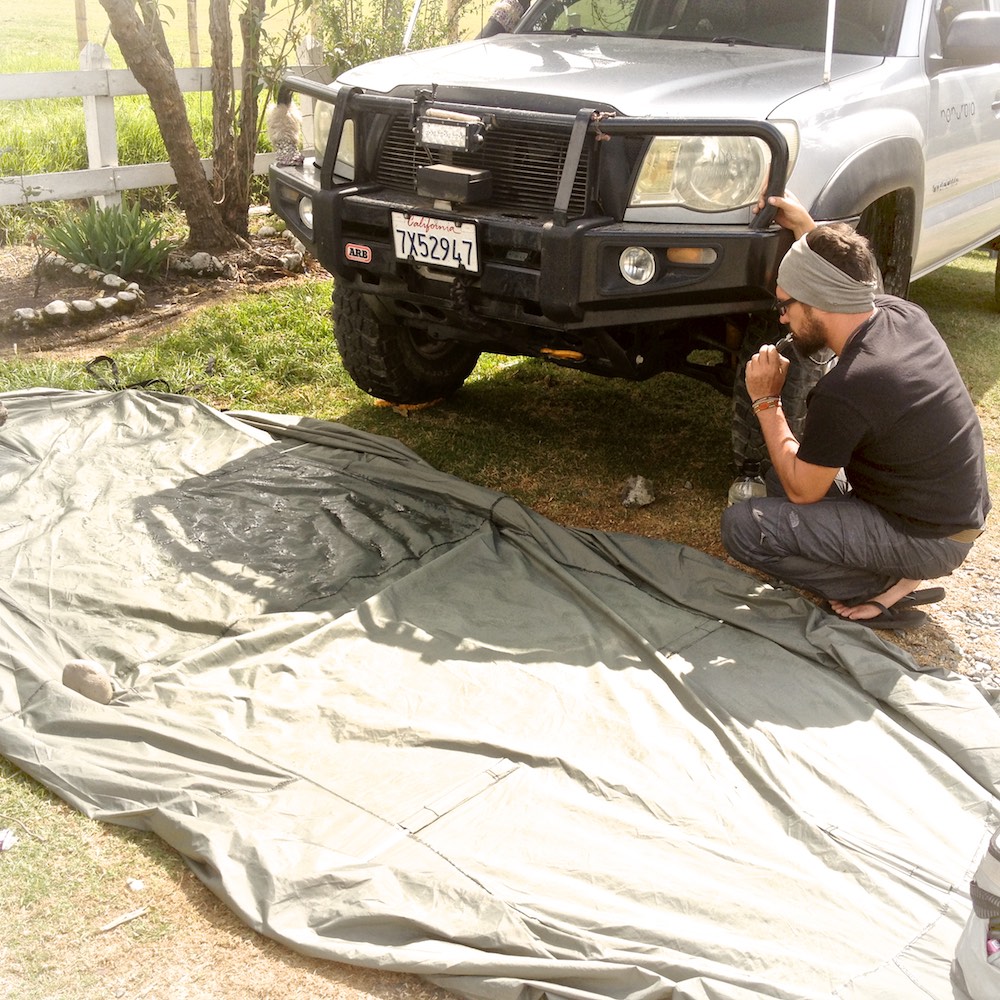
We finally found a solution that works for waterproofing our rain cover. Erdem is applying the magic mixture on our rain cover here. Fingers crossed!
We’ve tried more than a few products that claim to water-proof tents. Most of them did not work and the ones that did, did not last. It’s very hard to find niche products in third world countries. So we decided to search for other homemade remedies. The solution was simpler than we could wish for. We purchased 1.5 liters of Mineral Spirit (known as Varsol in the Latin American market) and a tube (300 ml.) of 100% Silicon. It’s important that the Silicon is pure and not water based. We mixed them at the ratio of 5 to 1 using a wire attached to a drill until no particles were visible. The mixture has a viscosity slightly thicker than water. Using brushes, we applied it to the exterior of the tent making sure that all surfaces were covered at least one layer. The liquid was absorbed by the fabric. Once the Mineral Spirit evaporated, we were left with a perfectly waterproof, flexible and durable rain cover. We have been using it for a few weeks now under rain. It does not leak at all. The fabric is still as flexible as it used to be and there are no signs of peeling off. In fact we cannot even tell if there’s a film on it. The water just beads off the surface without being absorbed. We are truly relieved to finally have achieved a dry tent. And the best part is that the mixture can be prepared anywhere in the world with the most basic hardware resources.
We moved on to Lago Calima where Nikki and Jacob wanted to do some kite-surfing. This little reservoir lake is nestled between two hills that create a wind channel. Every day in the afternoon, we received constant steady wind followed by a decent dose of rain. They were happy with the surf and we were happy with our waterproof tent. Bliss!
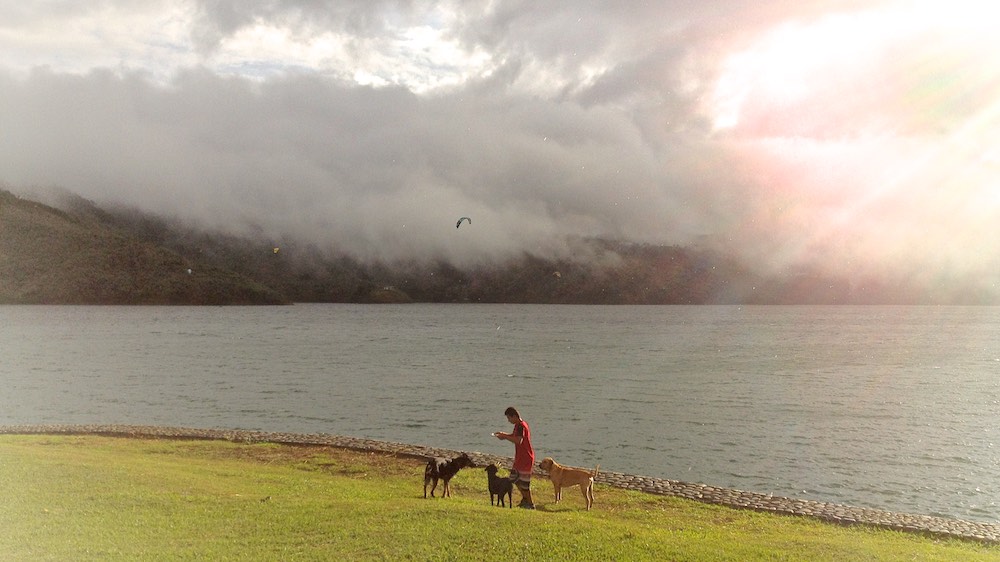
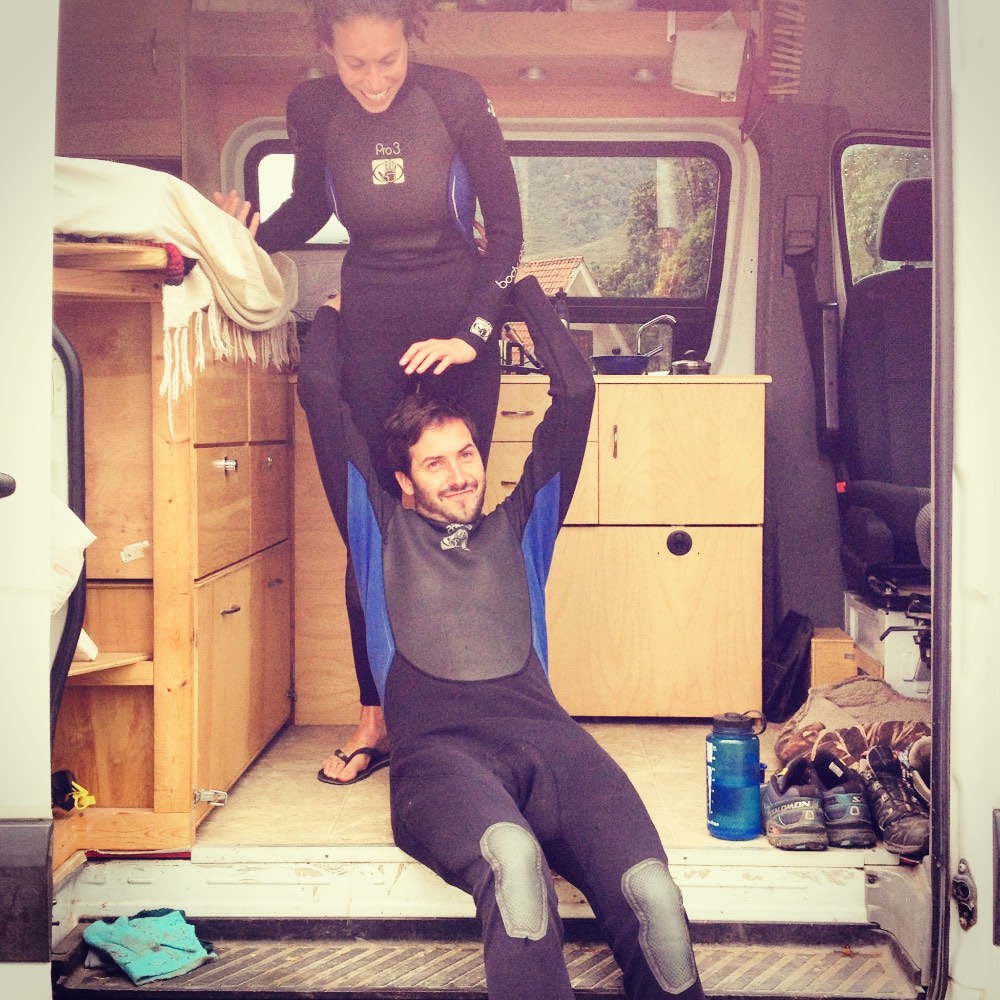
Nikki and Jakob in their superhero costumes waiting for the wind to catch up. After a few days, both were comfortable enough to climb up and down the lake.
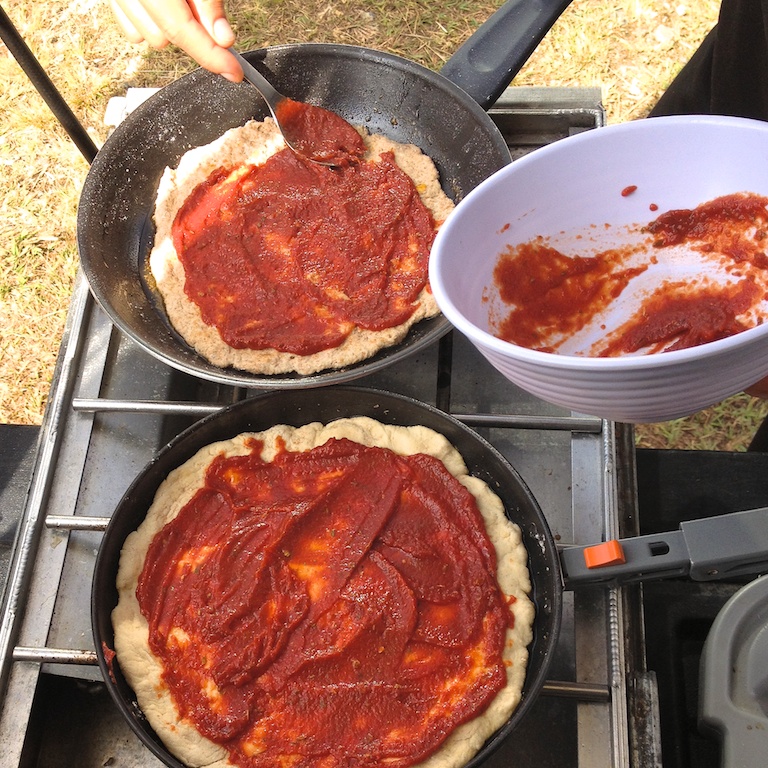
Sarah invented a great way to bake pizza in an upside down stove-top pan. Flower, oil, water, baking powder, salt, tomato sauce, chilli oil and parmesan cheese cooked on very low heat…

We have pizza on the menu now! It’s surprisingly easy and works perfectly. Even the first try was a success.
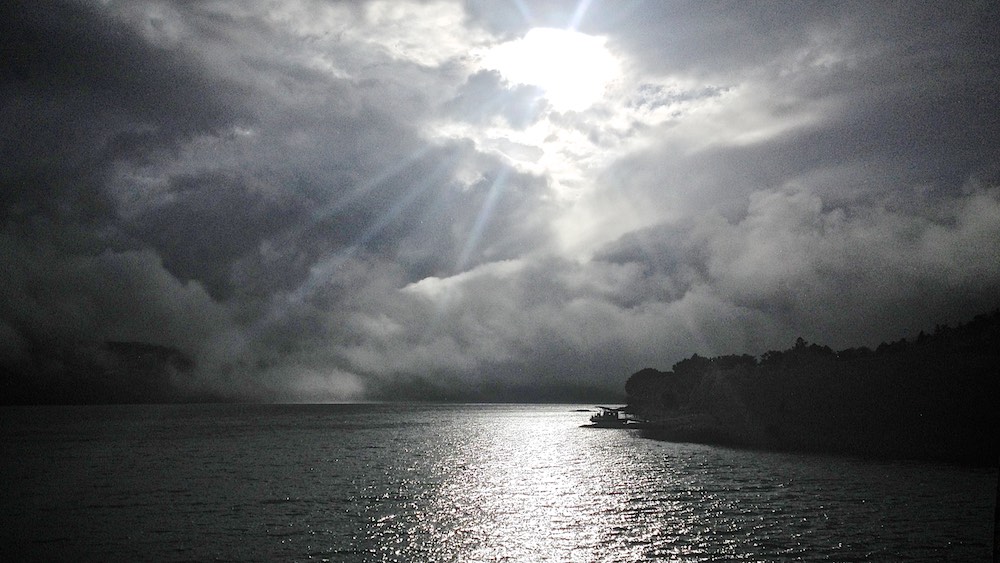
Since our experience with mud in La Guajira, we started noticing a squeaking sound coming from the driveshaft carrier bearing. Nikki and Jakob also wanted to get some work done on their van which would take several days. On our way to Cali, we decided to pay a visit to a mechanic. We arrived at JJR Automotriz without knowing what we were getting ourselves into. First of all, he may possibly be the best, and kindest mechanic in the world, but secondly the hospitality we received from him and his friends/clients was simply overwhelming. We took the drive shaft apart to service the bearing. The Sprinter had a body and paint job. Everything was fixed to perfection. We couldn’t have enjoyed these days more. We ended up staying for almost a week…
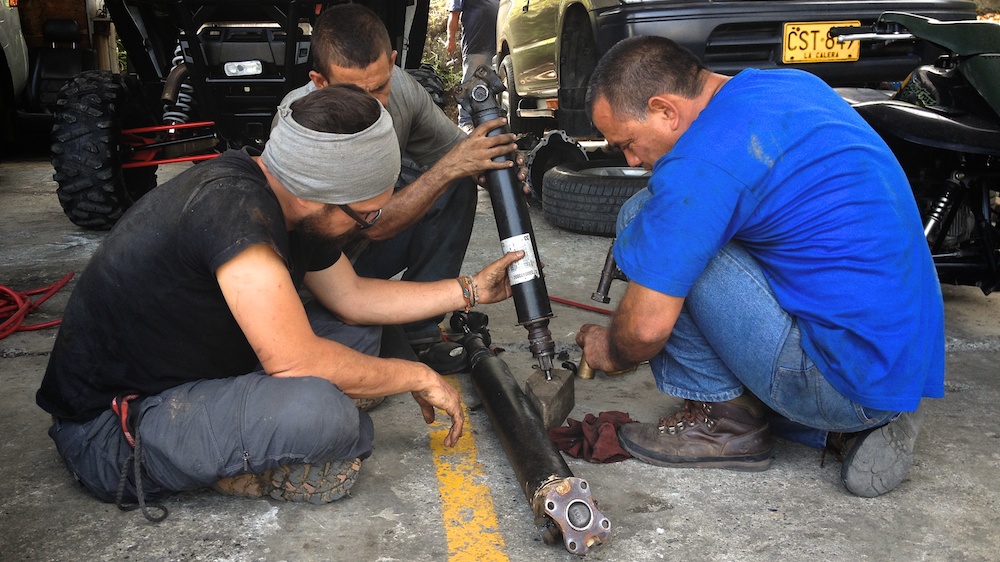
Humberto took us on a fun night-time off-road tour through the mountains around Cali together with about 30 other vehicles. Convoying with other 4×4’s ATV’s and dirt bikes at night was quite an experience!
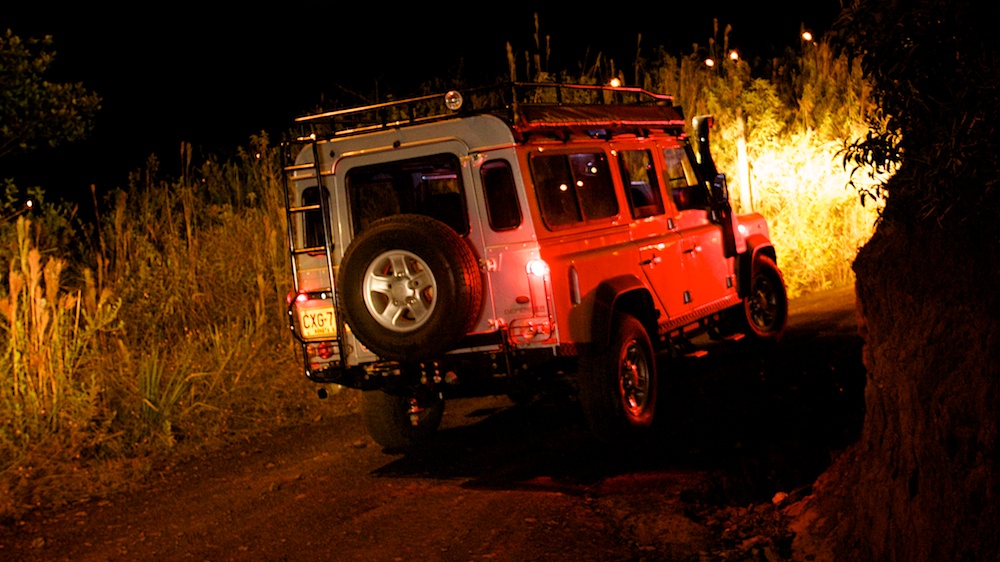
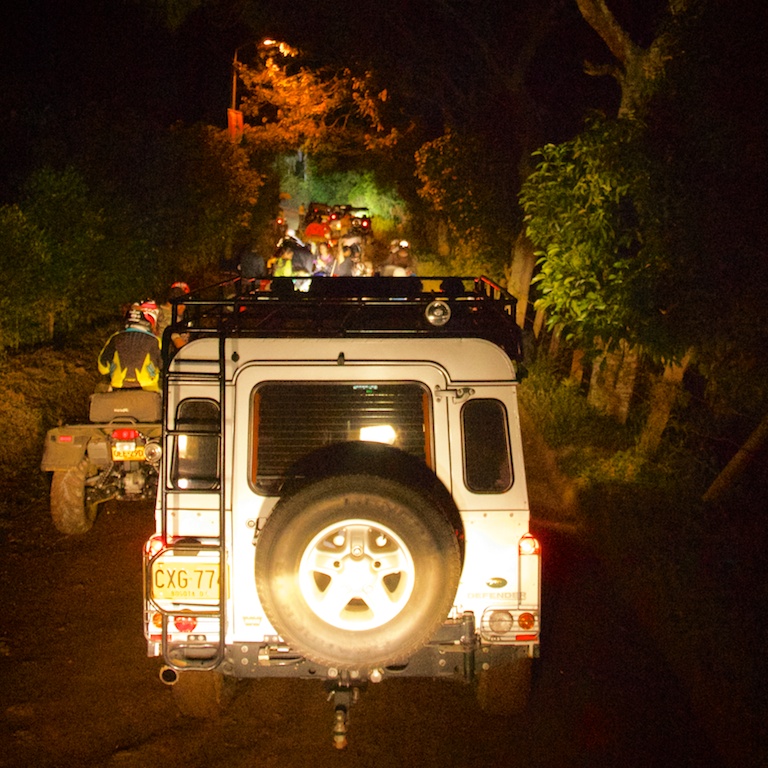
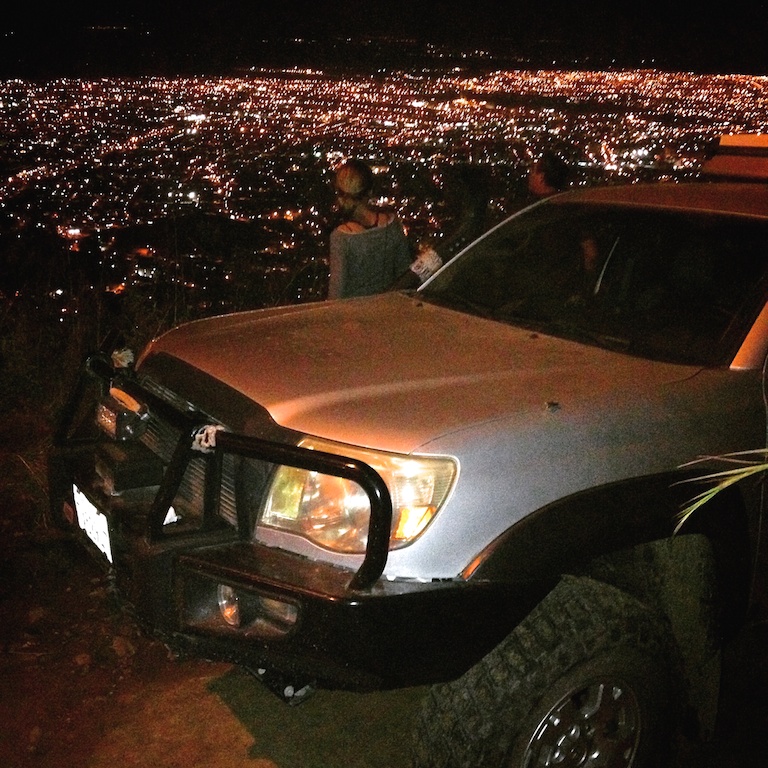
Humberto was so generous and welcoming to us, we couldn’t believe it. He offered us to stay at his Finca in the hills not too far from the mechanic shop. Under a huge, beautiful roof, he has a 100-year-old antique train vagon with bunk beds. A huge kitchen, a pool table, great music system, tv, hot showers and anything else an overlander could hope for, including fresh farm eggs and a cow.
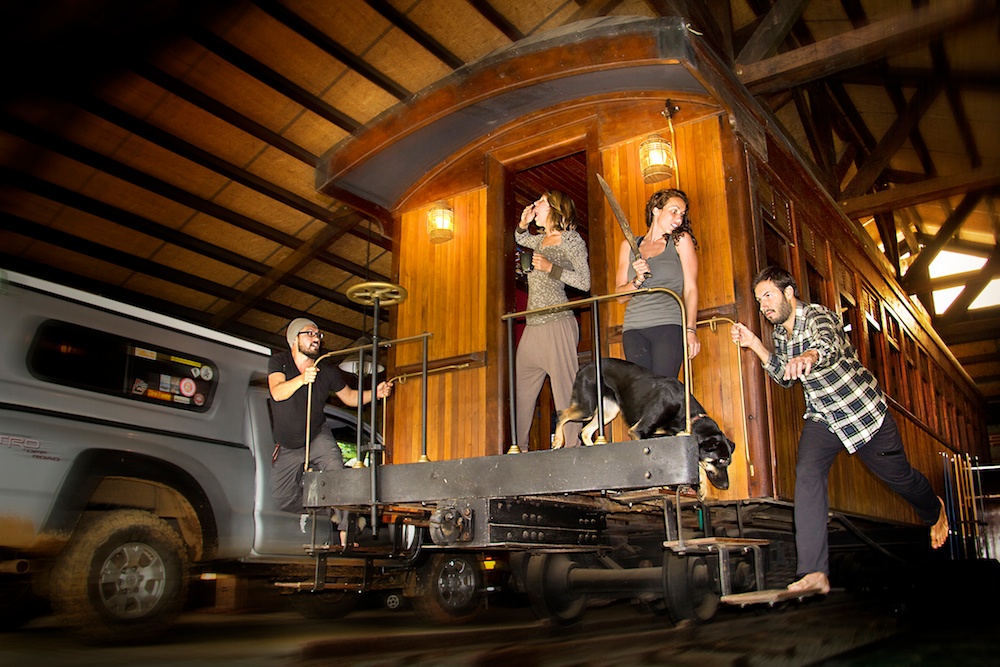
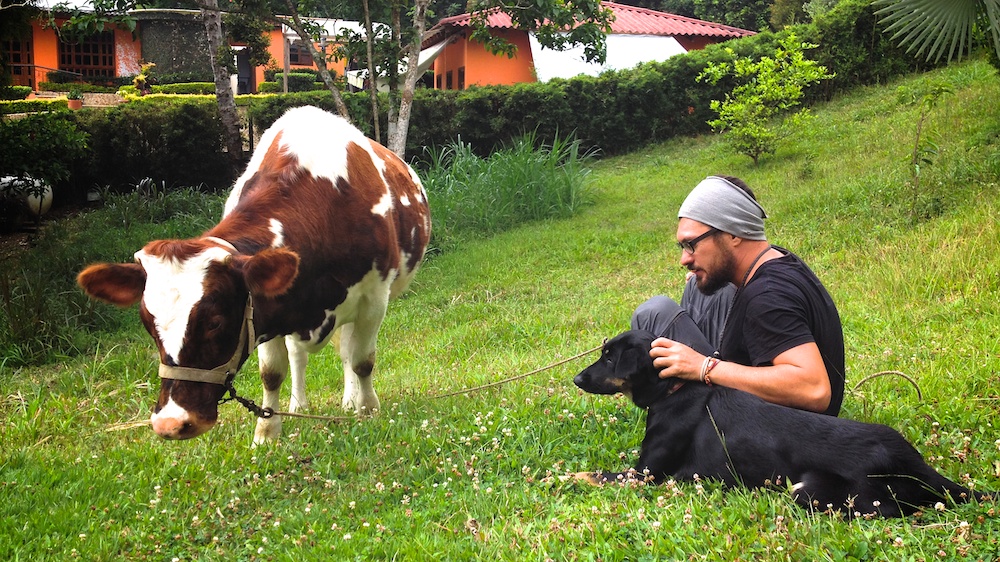
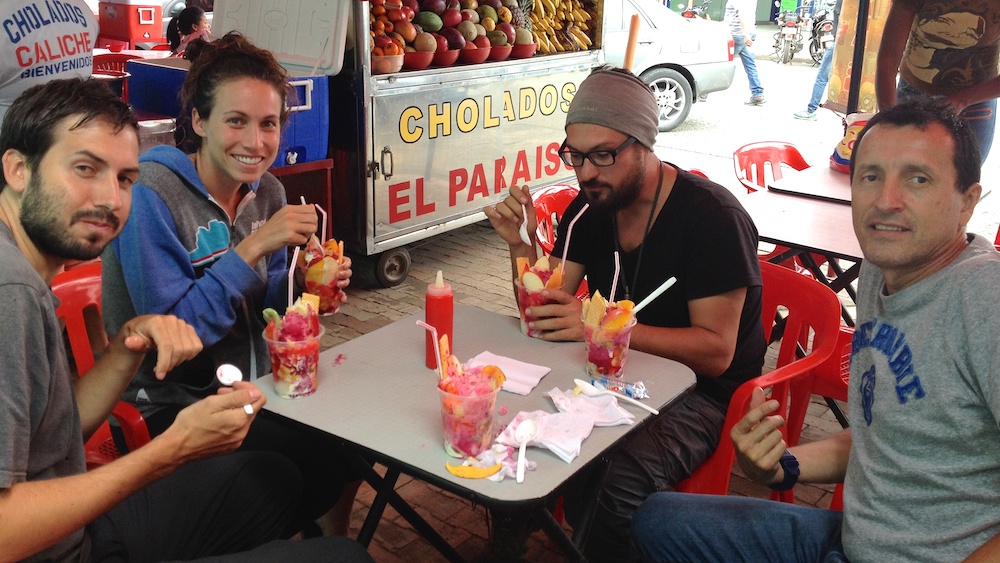
Papeto took us on a tour through Cali and stuffed us with Cholados – shaved ice, with tons of yummy fruits and condensed milk. The Caleños were incredibly welcoming and fun to be with.
We owe a big ‘Gracias!’ to Jhon Jairo, Humberto and Papeto!
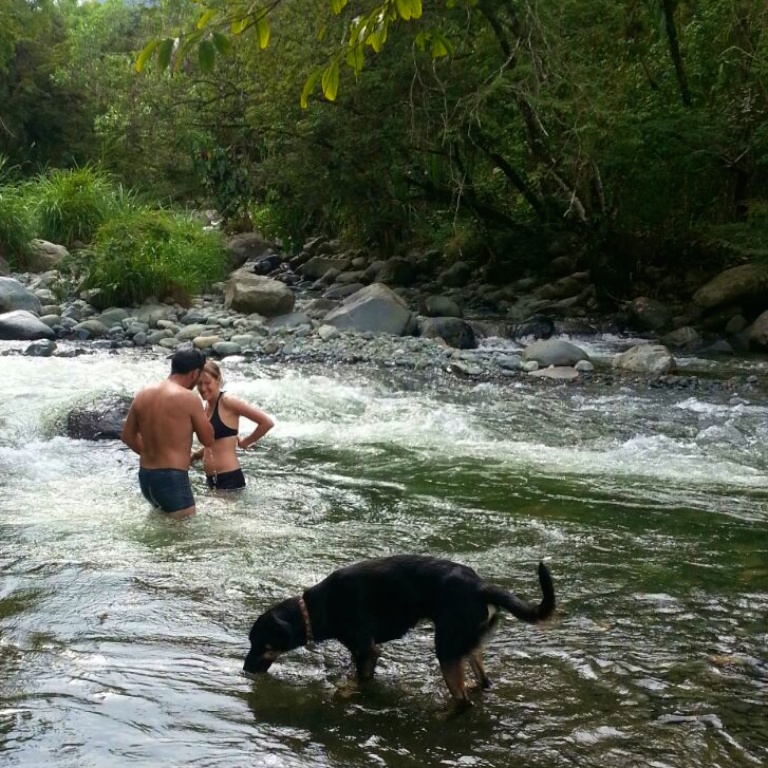
A quick dip in the freezing cold waters of a river near Cali.
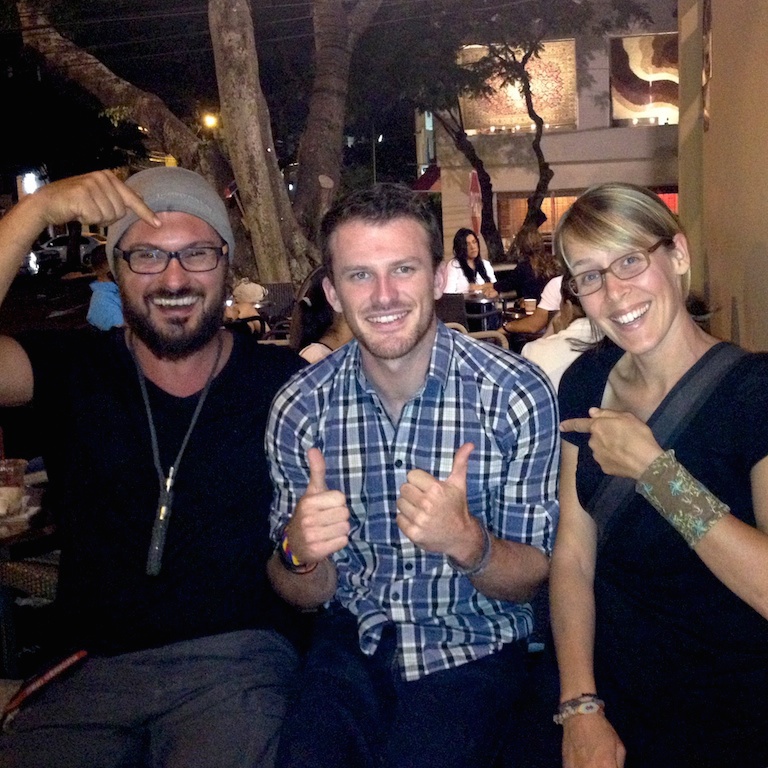
The world is small. Or maybe the UK is small. Nikki and Jakob bumped into Rhys who is motorcycling around the world, and our good friend Tiffany Coates turns out to be working for his parents. We’re all somehow connected.
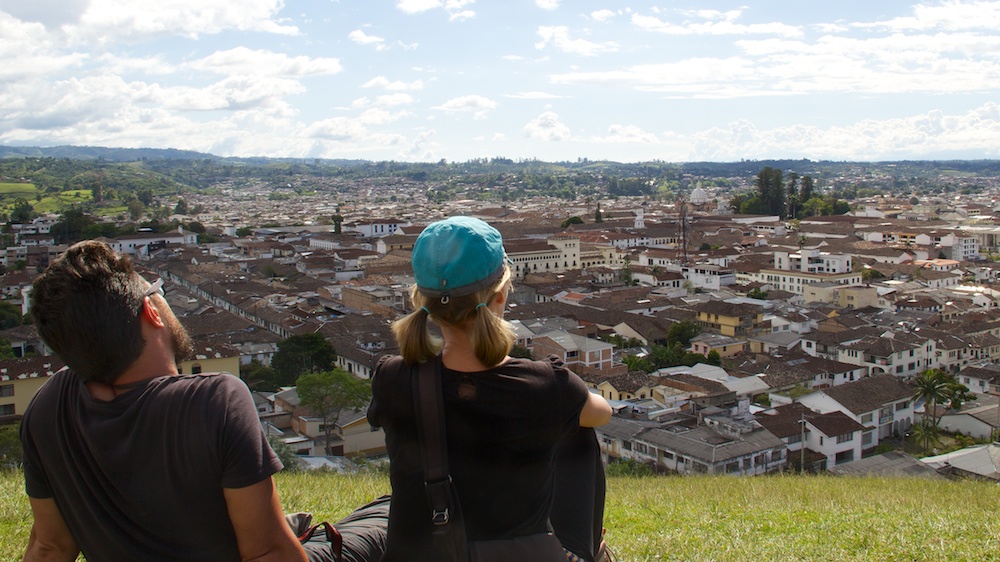
Popayan, also known as ‘the white city’ is the only one in Latin America to earn the designation of UNESCO City of Gastronomy. We combed its streets looking for the famous empanadas to no avail.
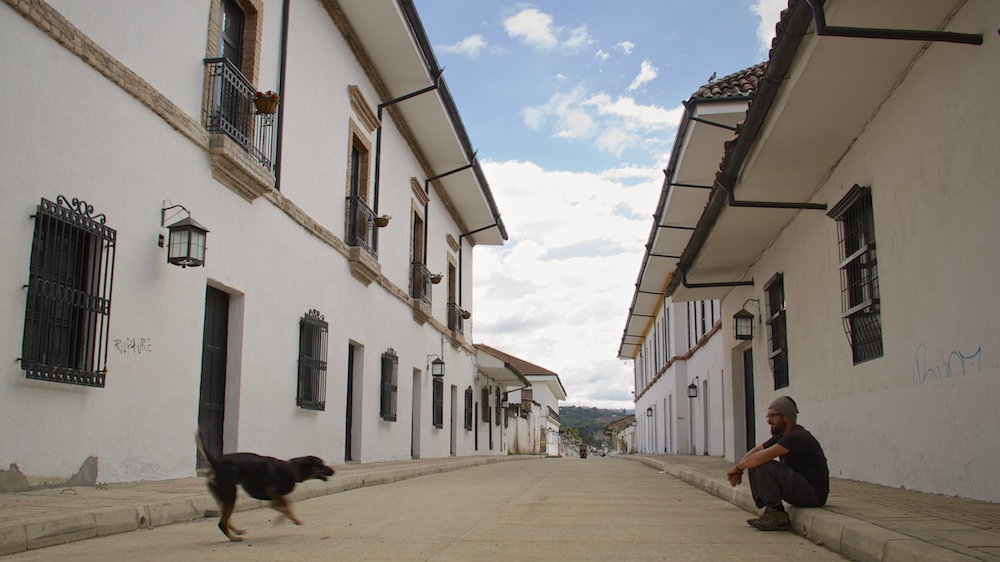
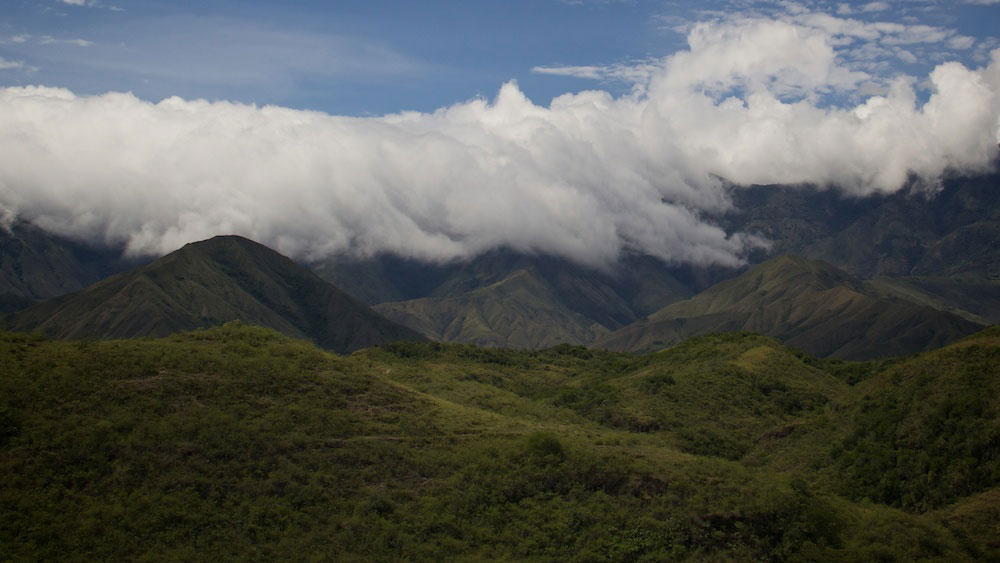
Tomorrow, we’ll be moving on to the border town of Ipiales to see the Las Lajas Cathedral followed by the border crossing into Ecuador.
Colombia is about as big as France, Spain and Portugal combined. In a bit more than a month we traveled as much as we did in three months through Central America. Our brains are filled with experiences of a lifetime shared with new friends. So was this long post. See you in Ecuador!

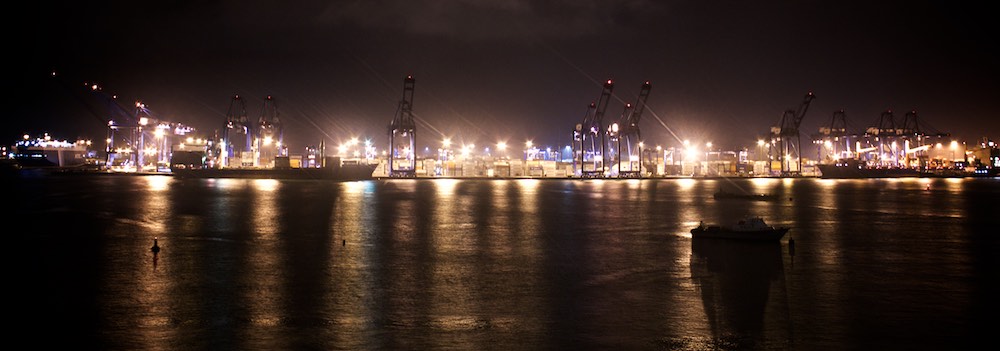
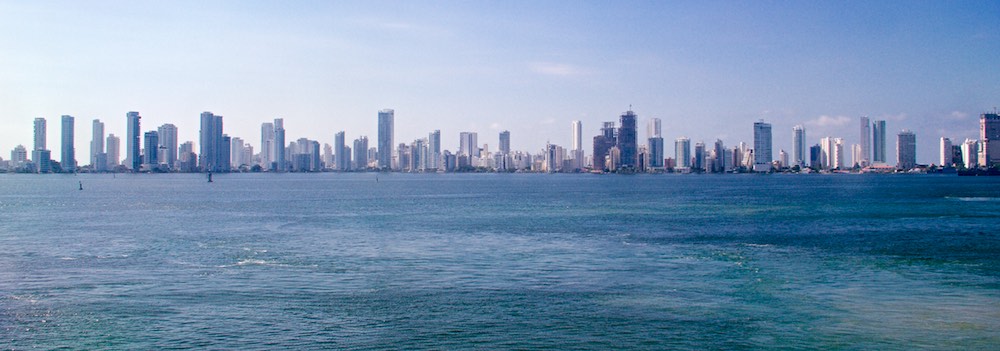
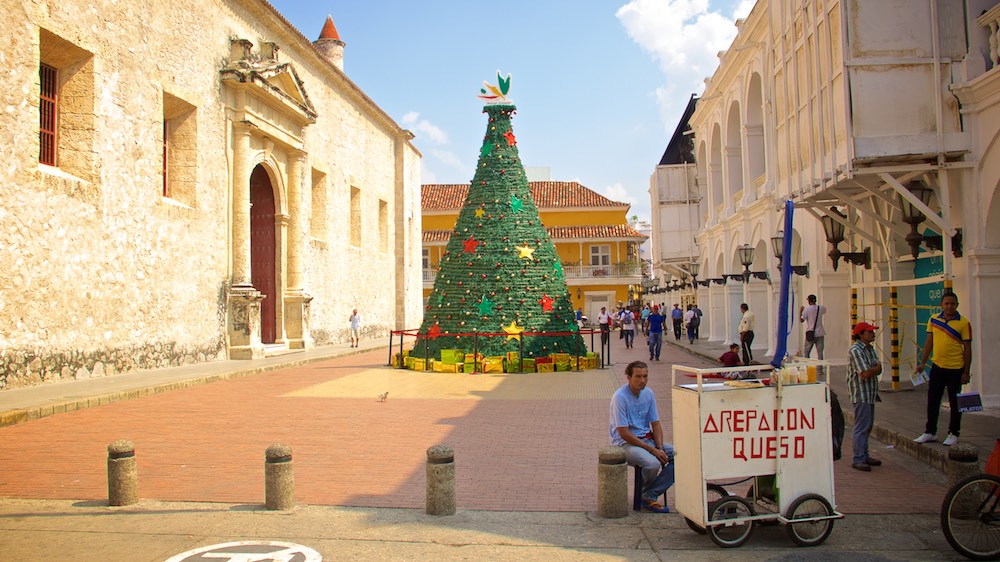
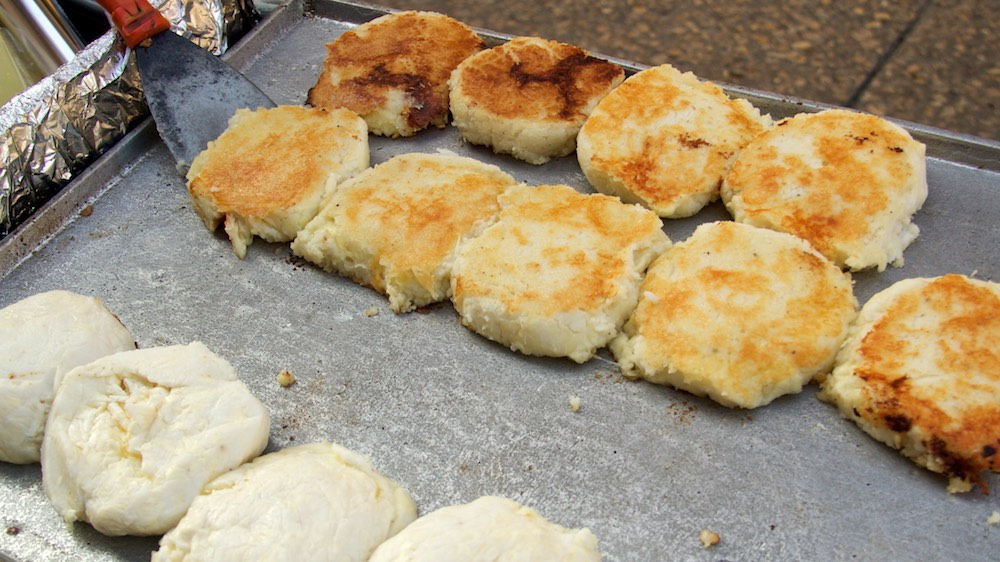
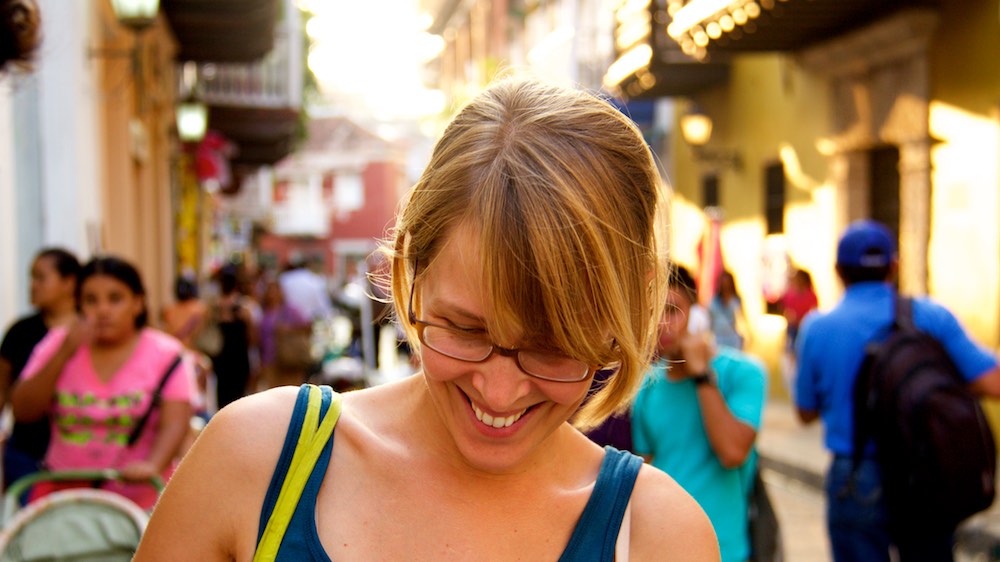
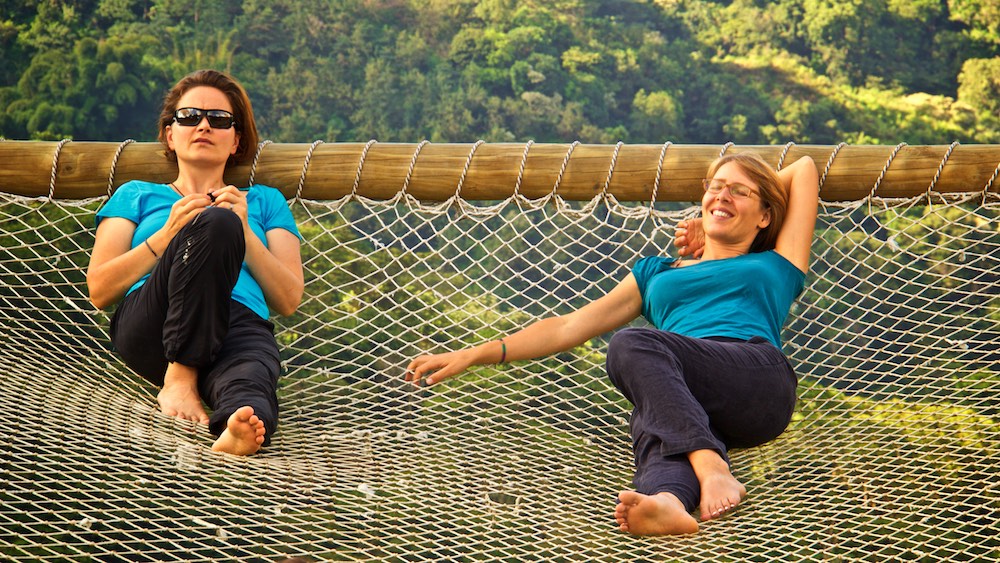
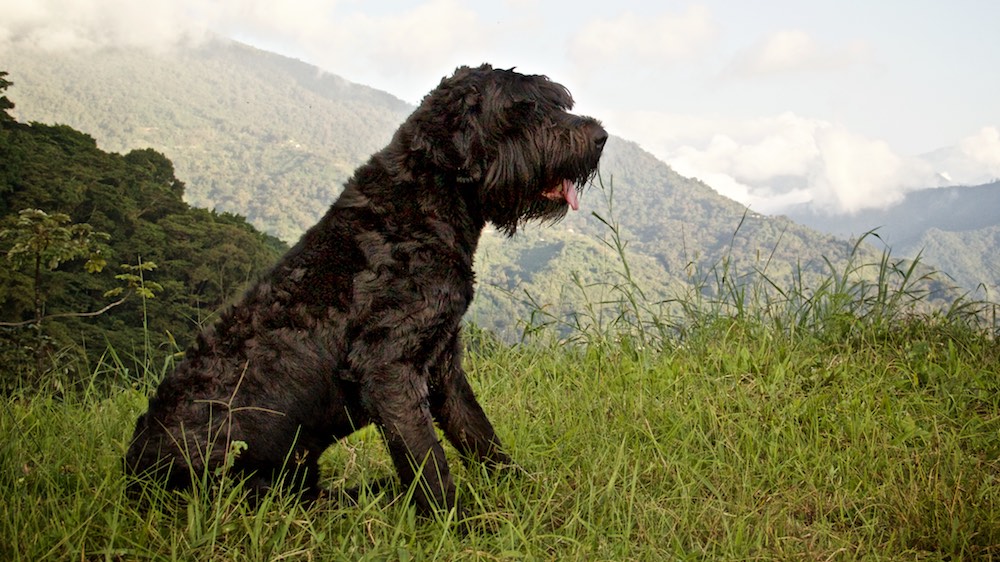
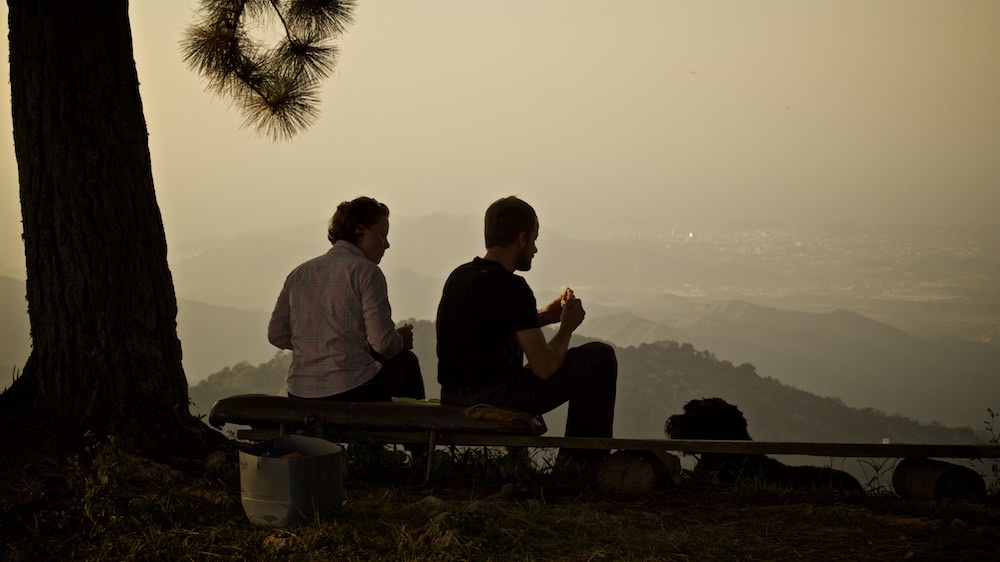
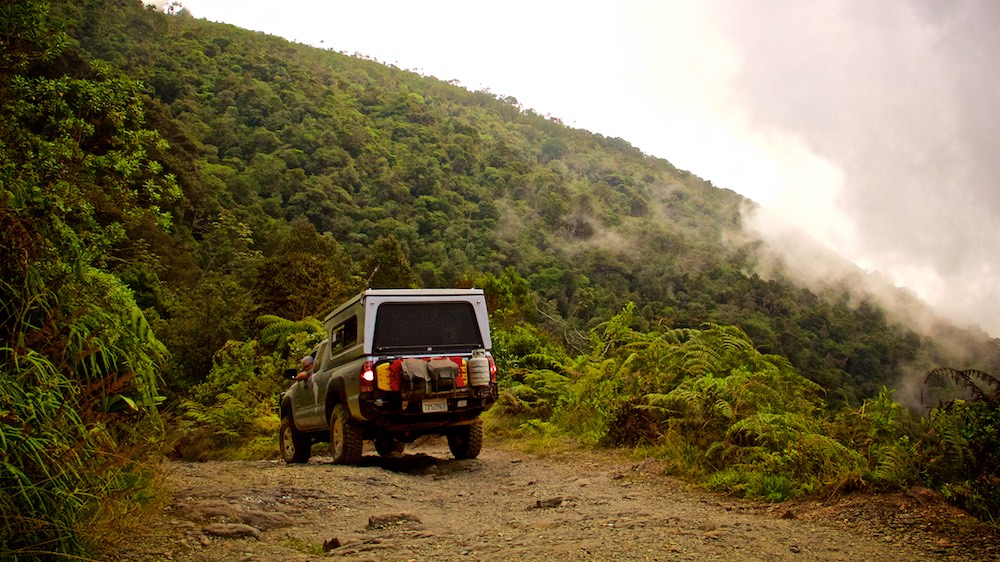
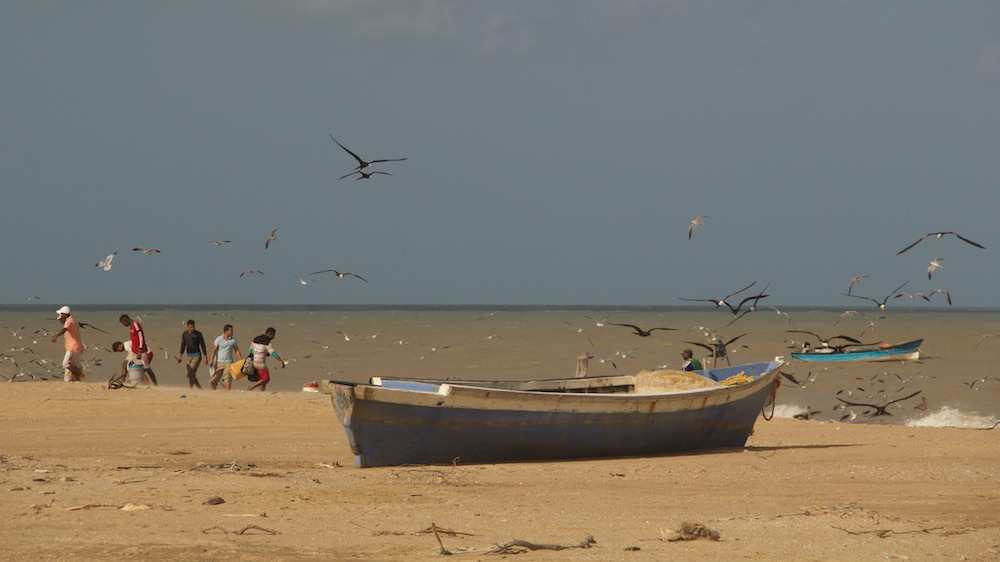
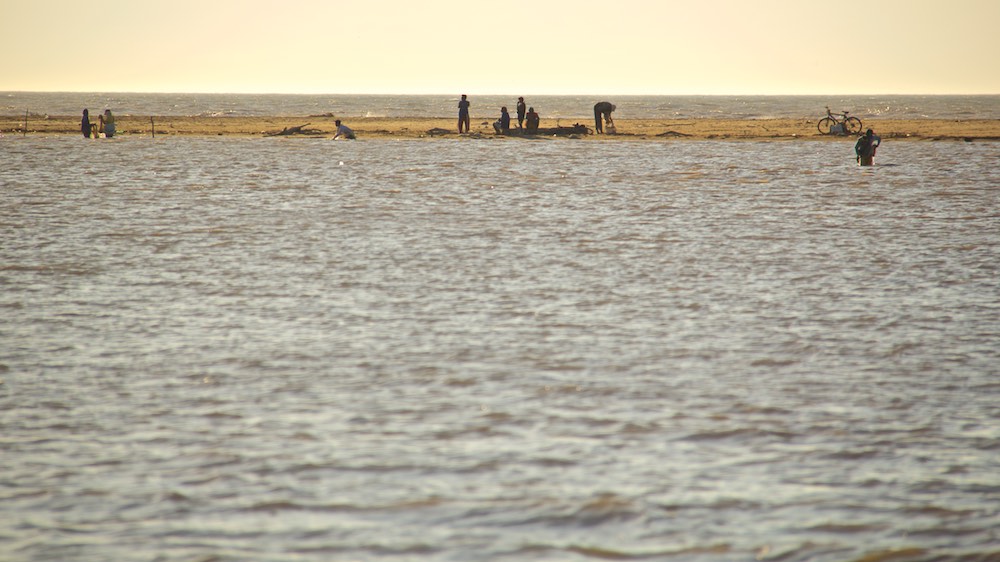
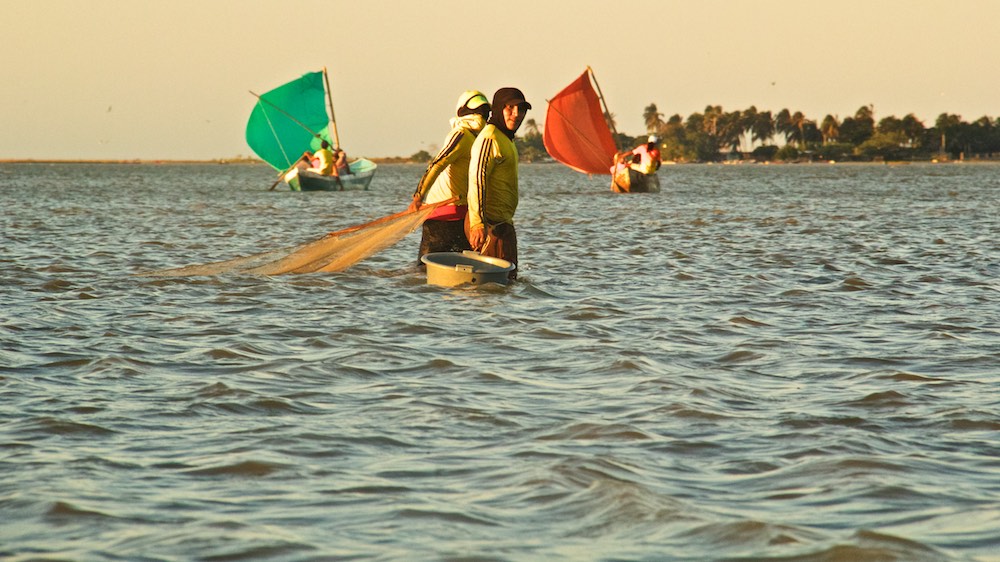
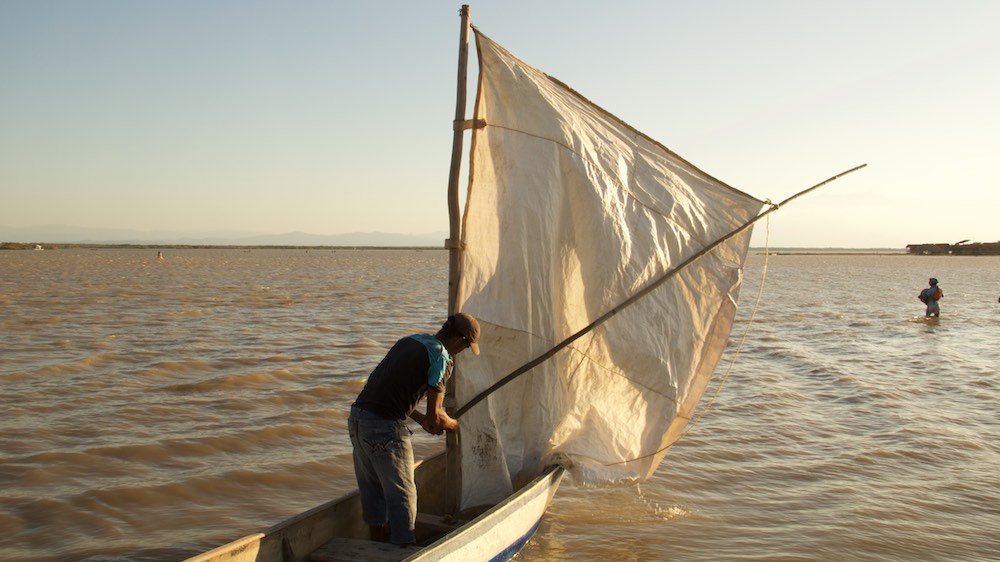
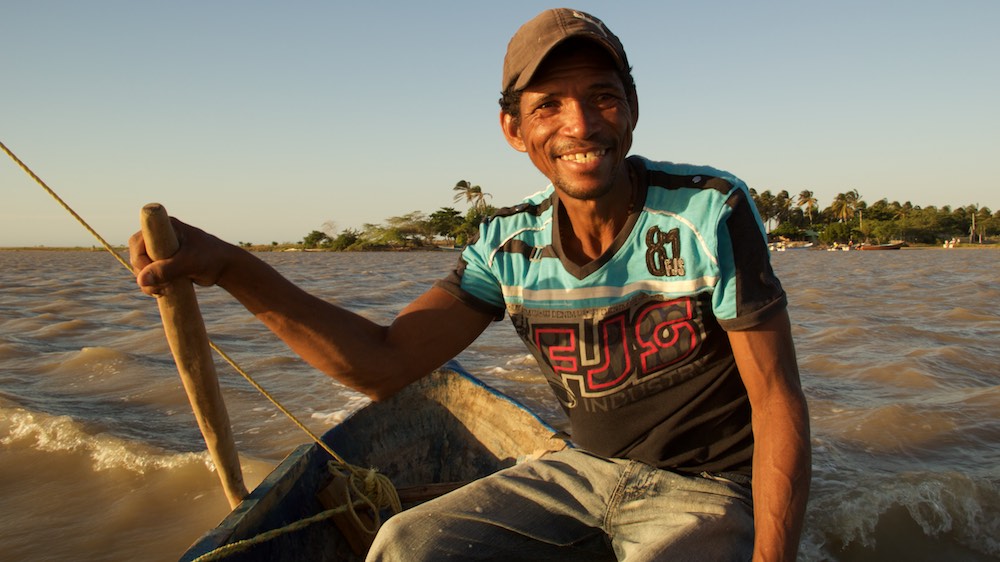
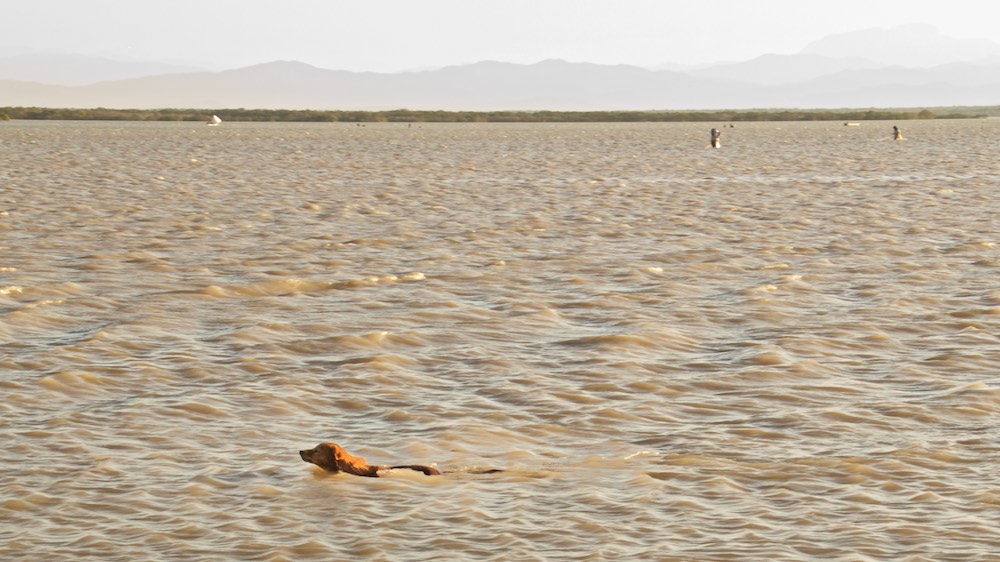
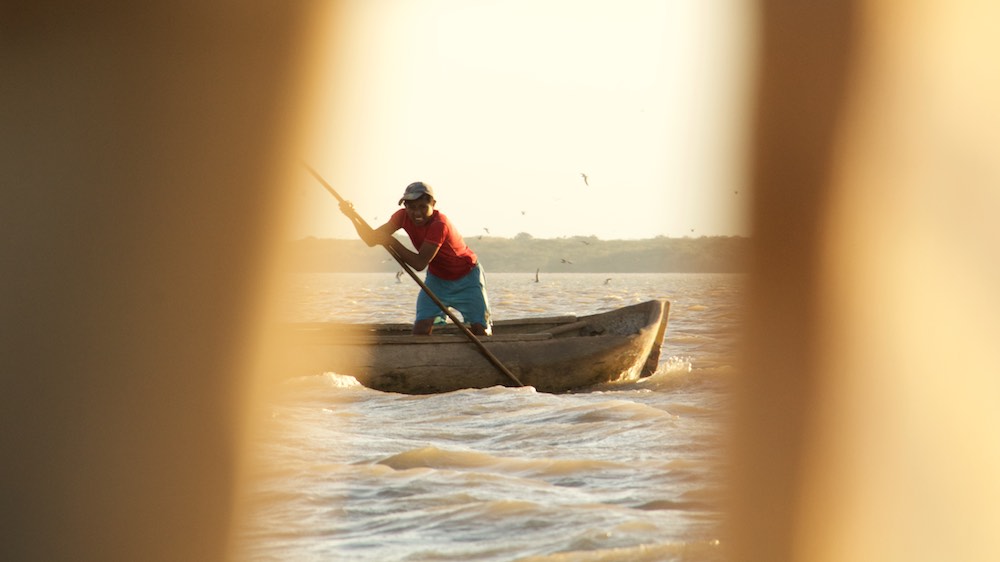
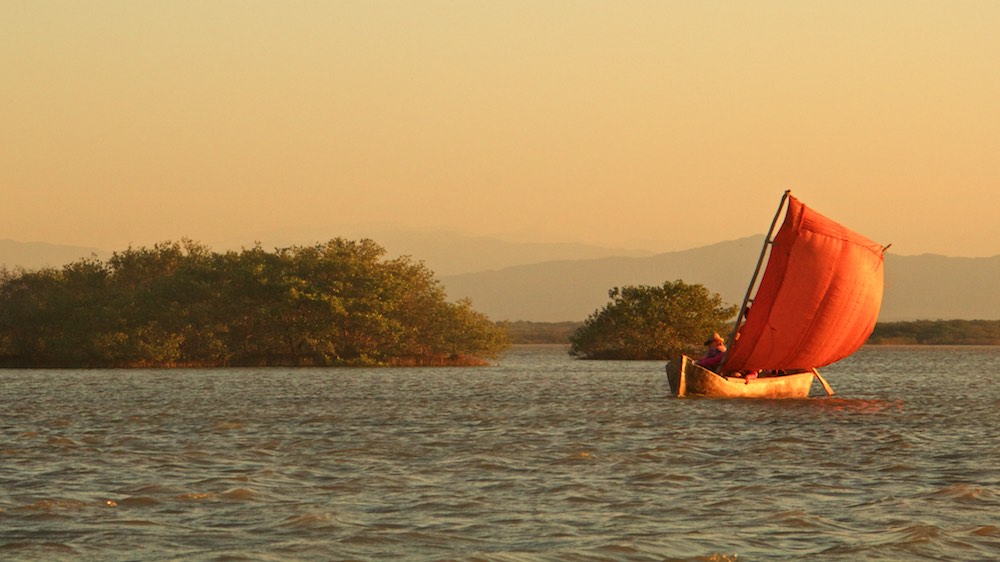
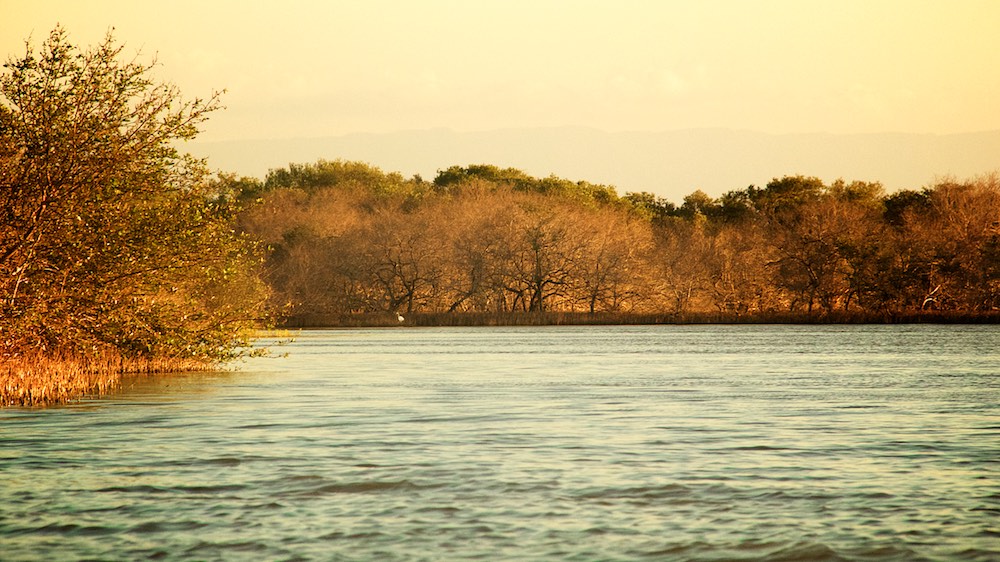
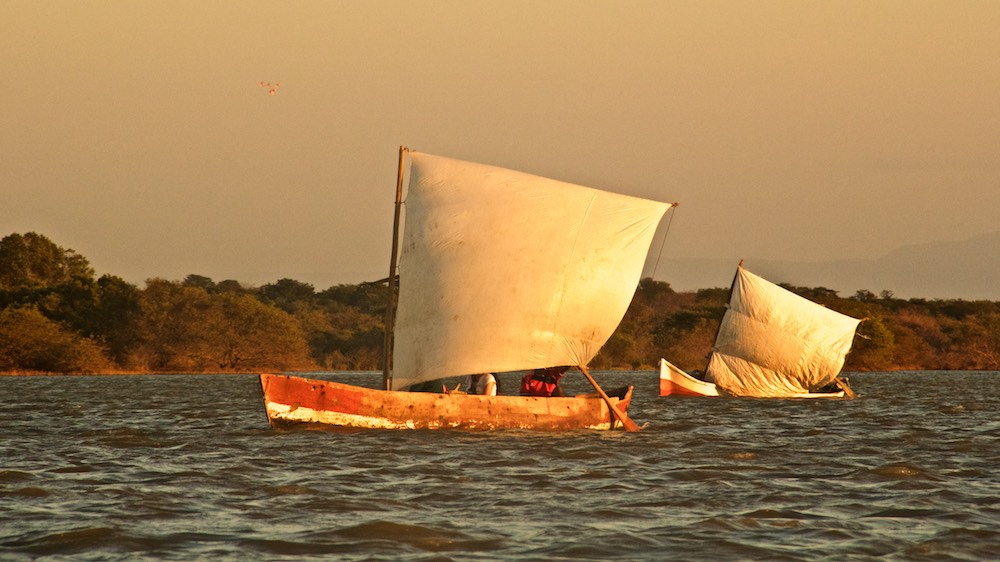
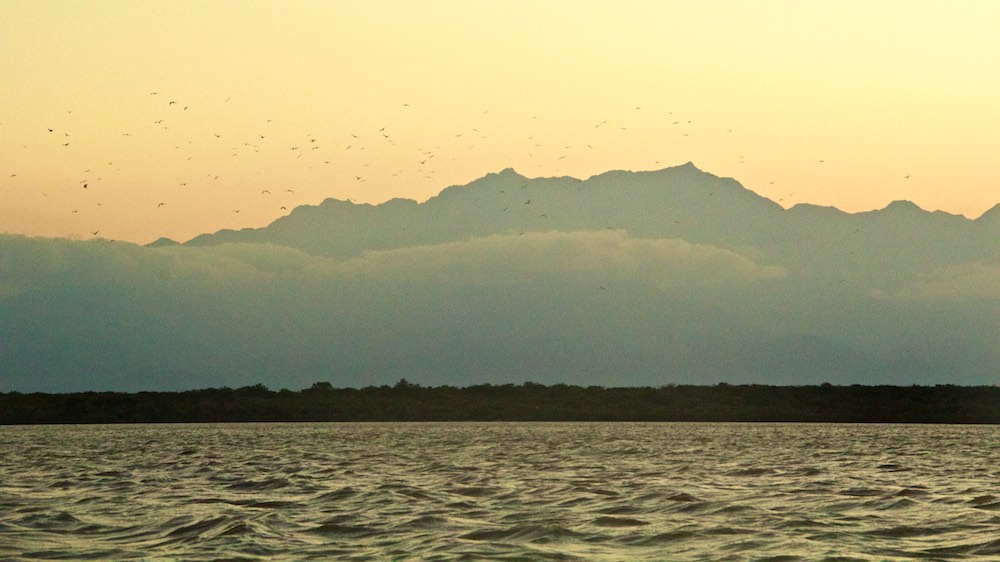
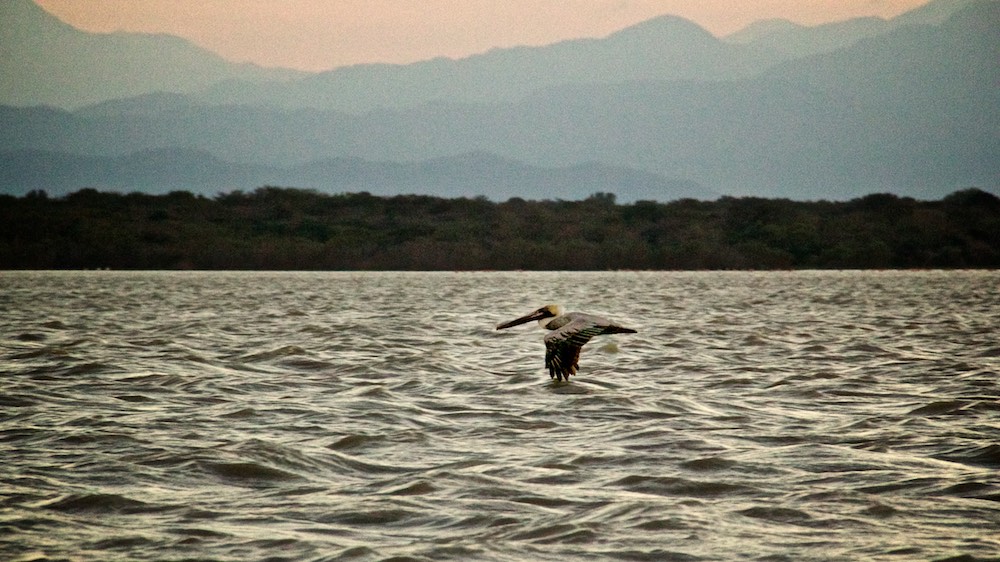
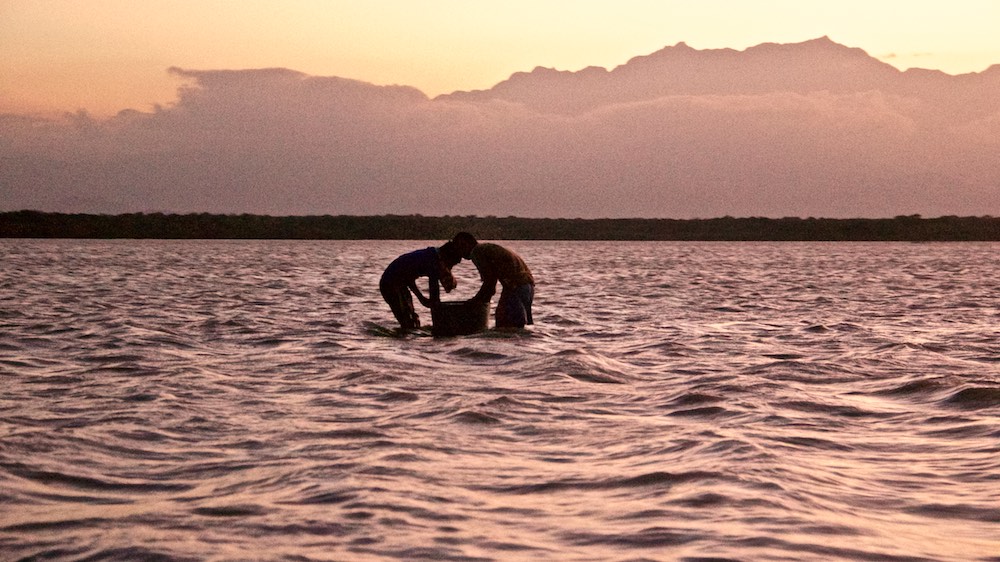
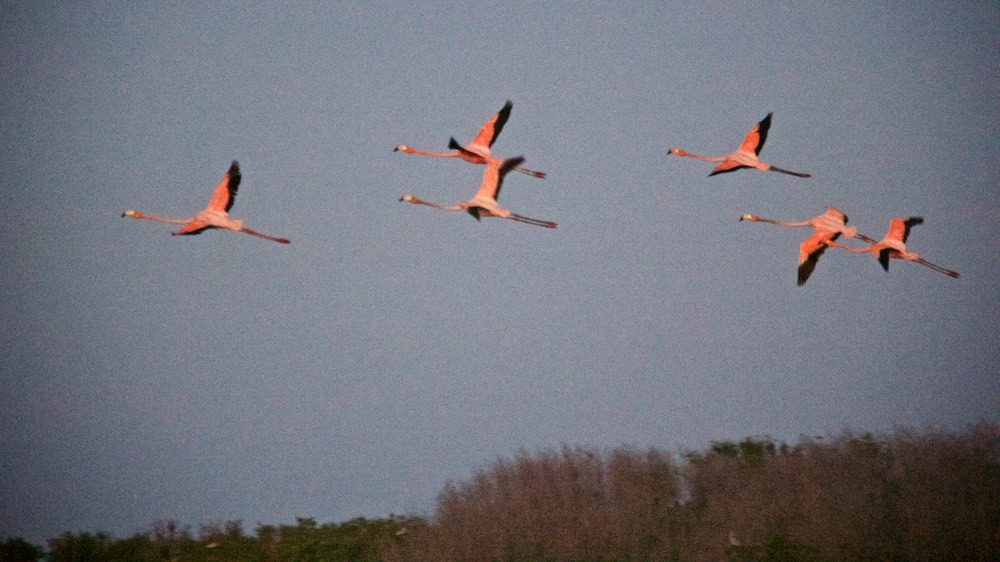
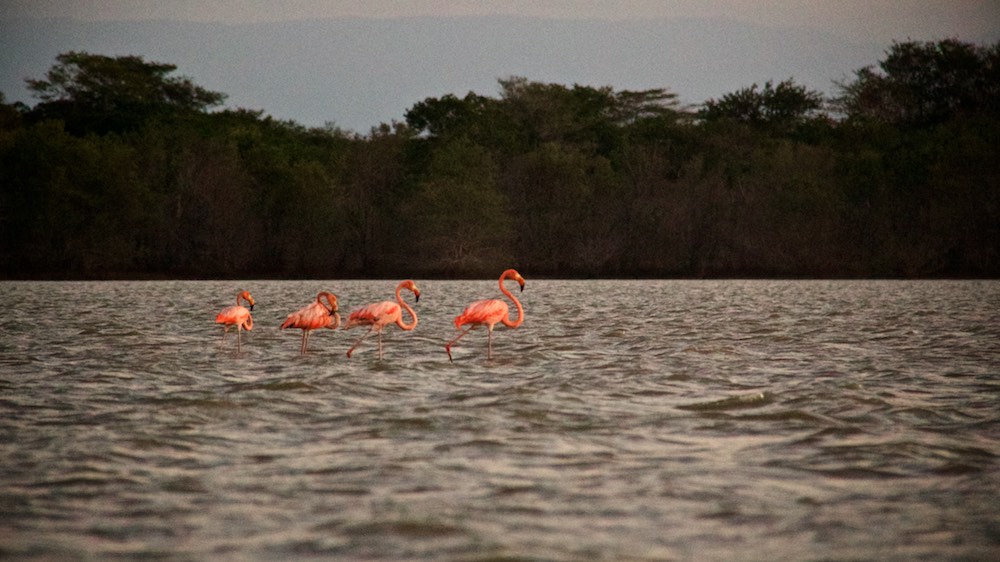

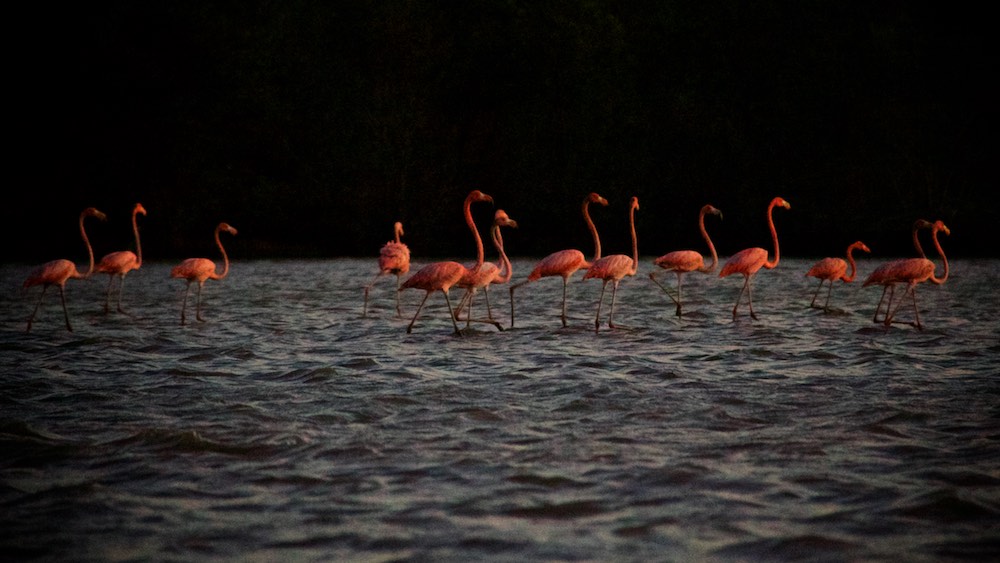
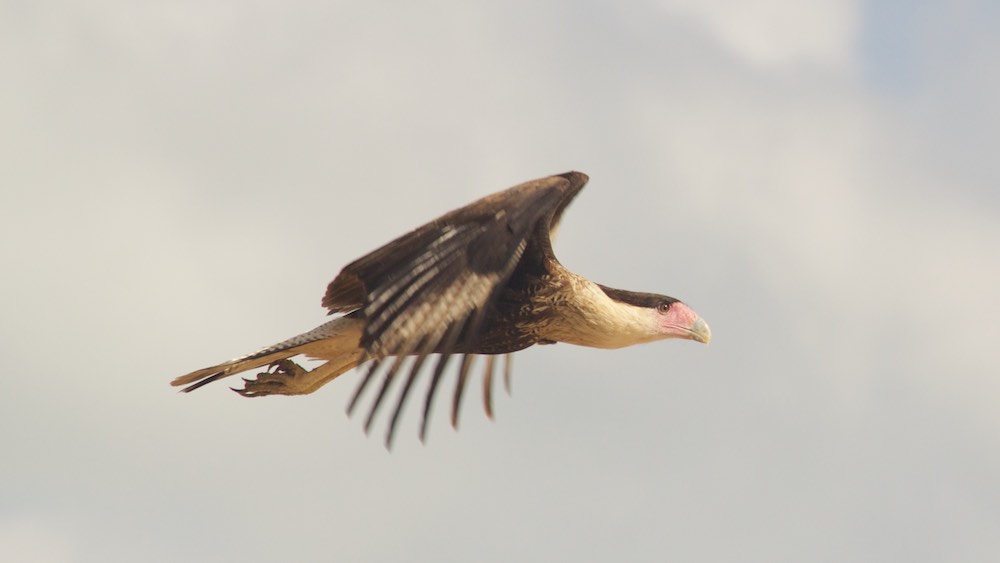
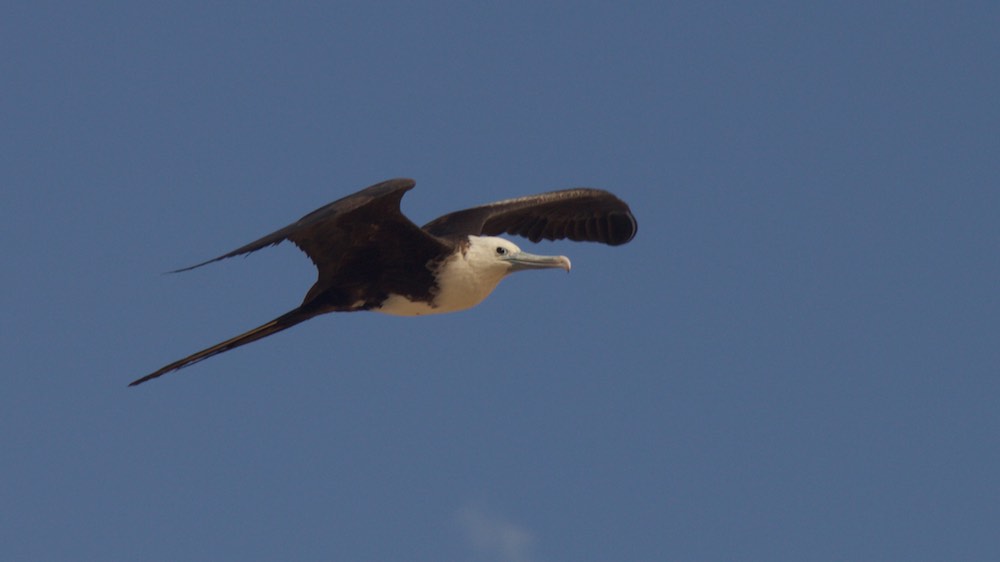
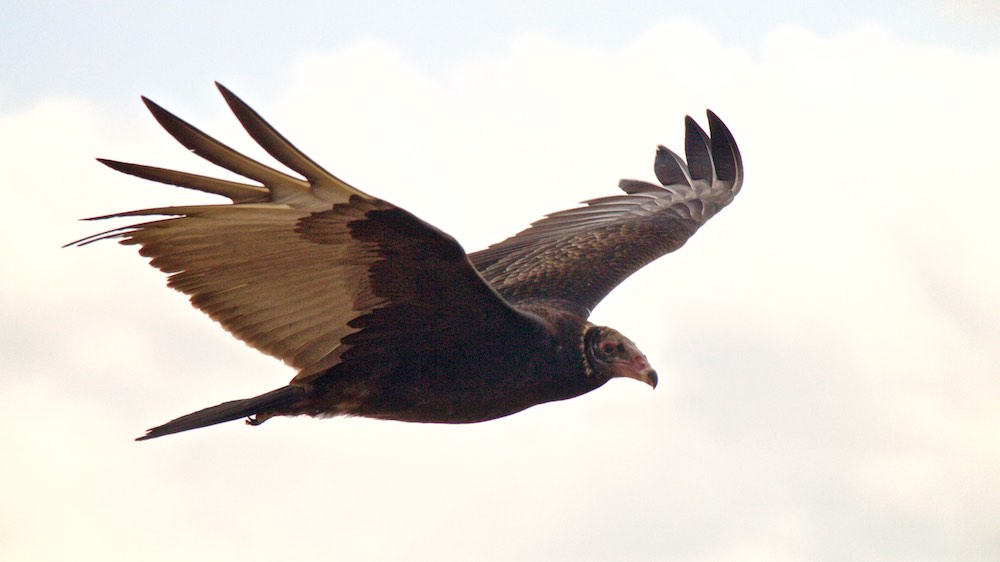
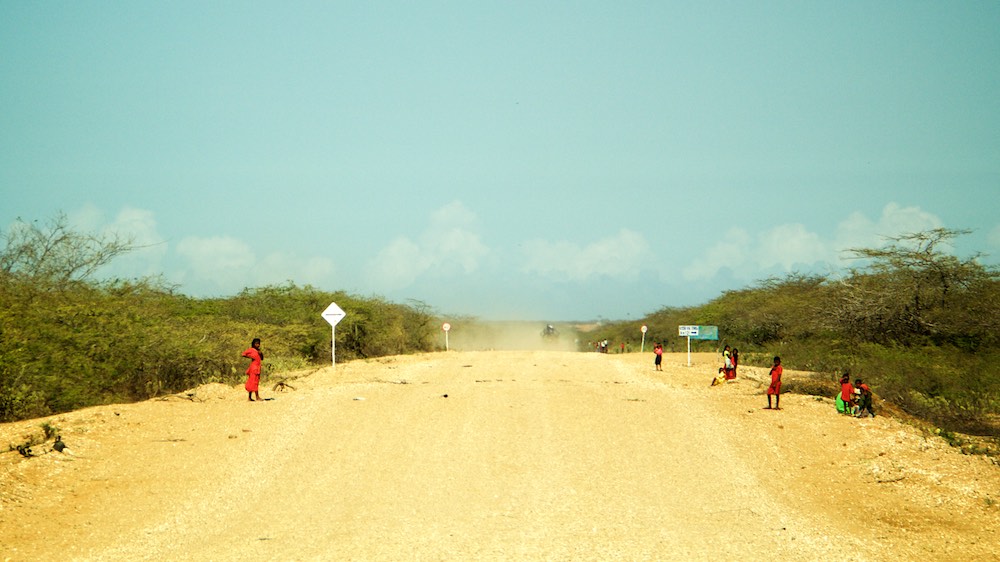
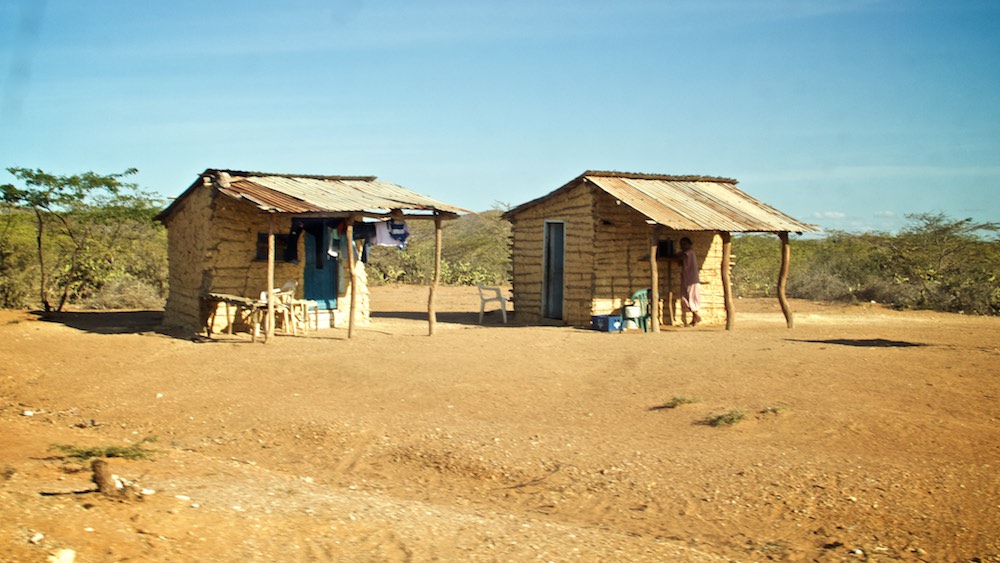
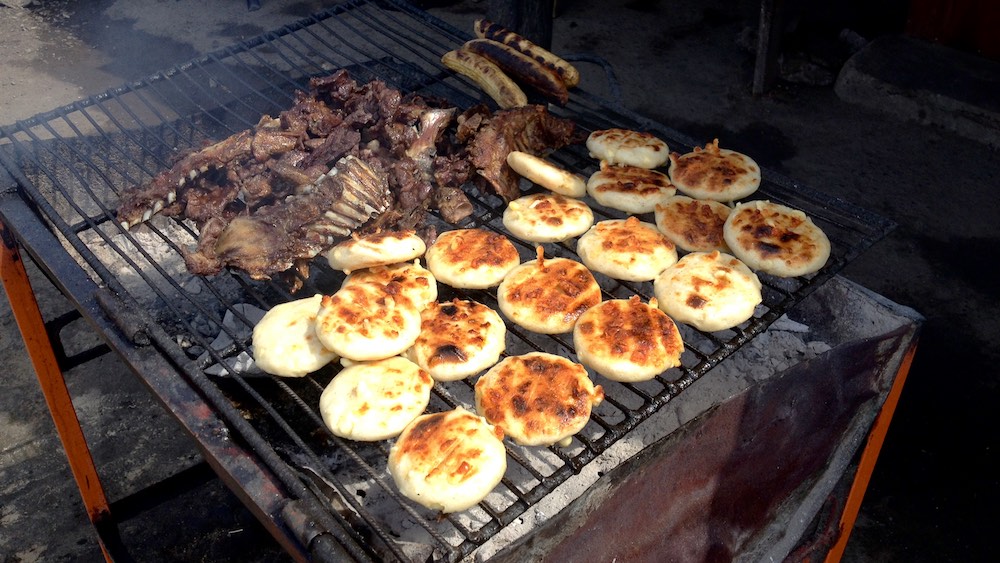
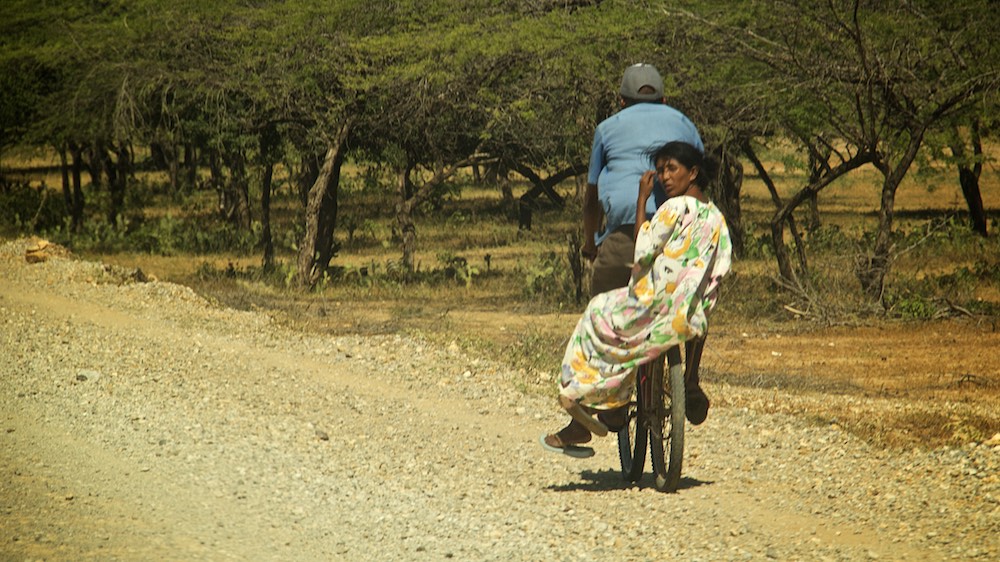
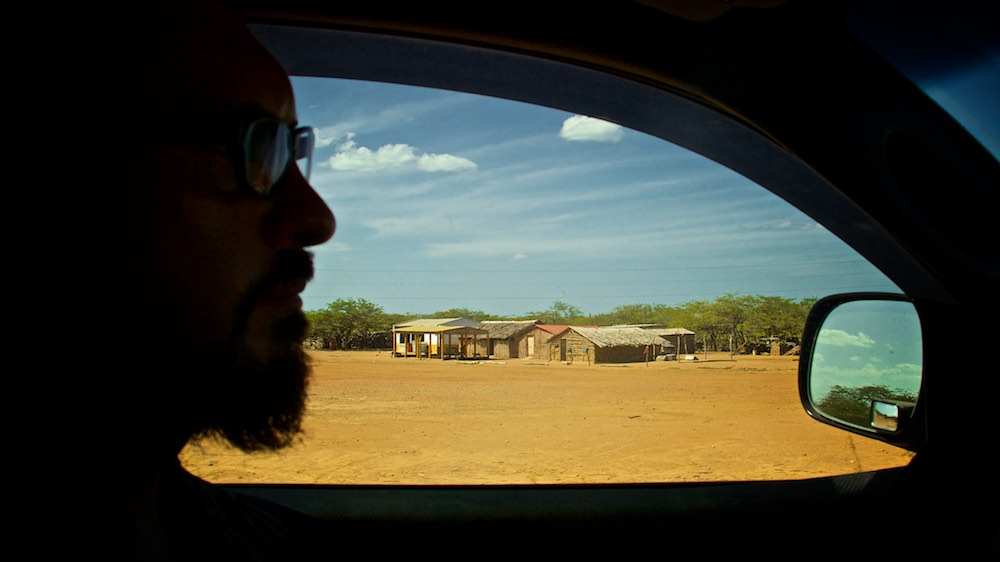
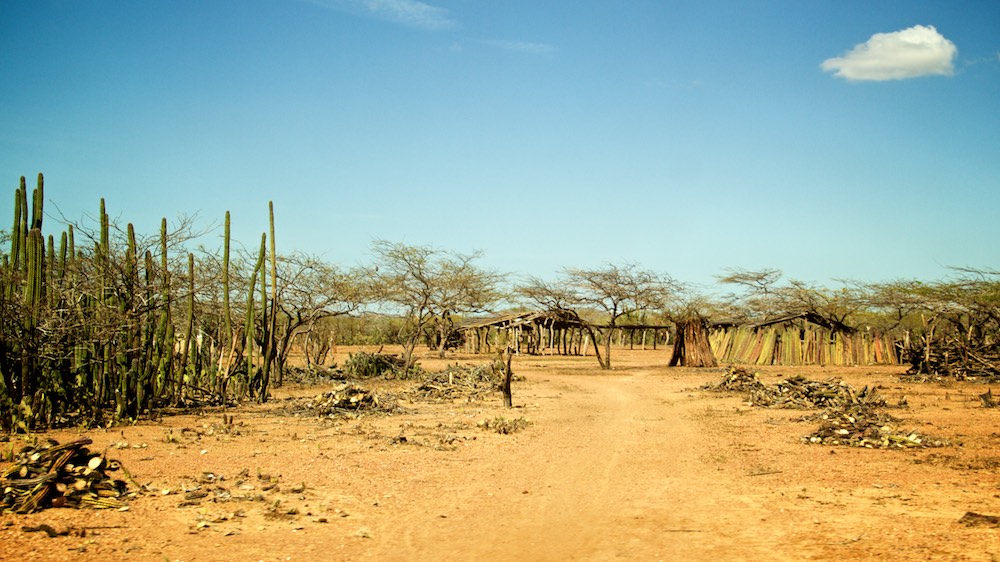
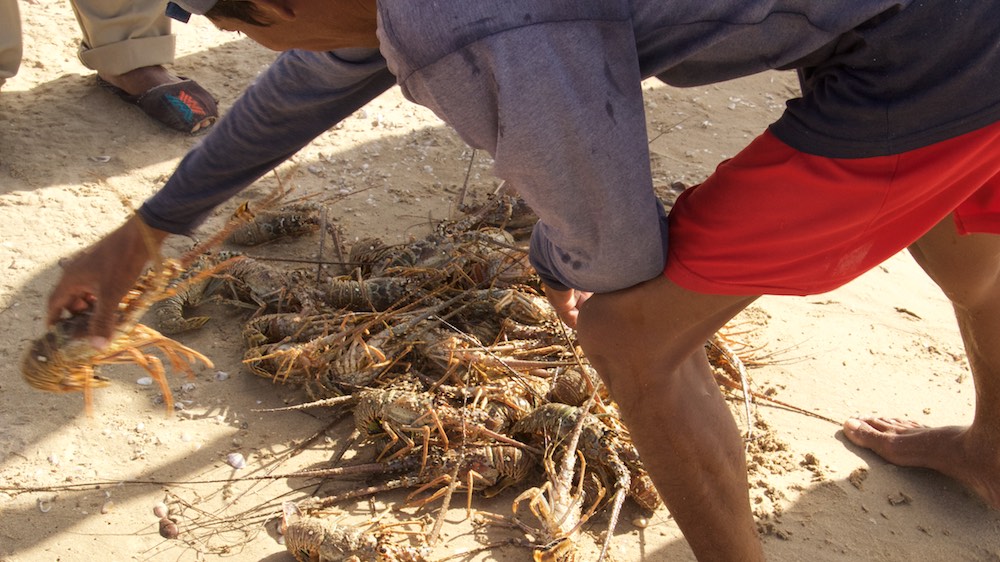
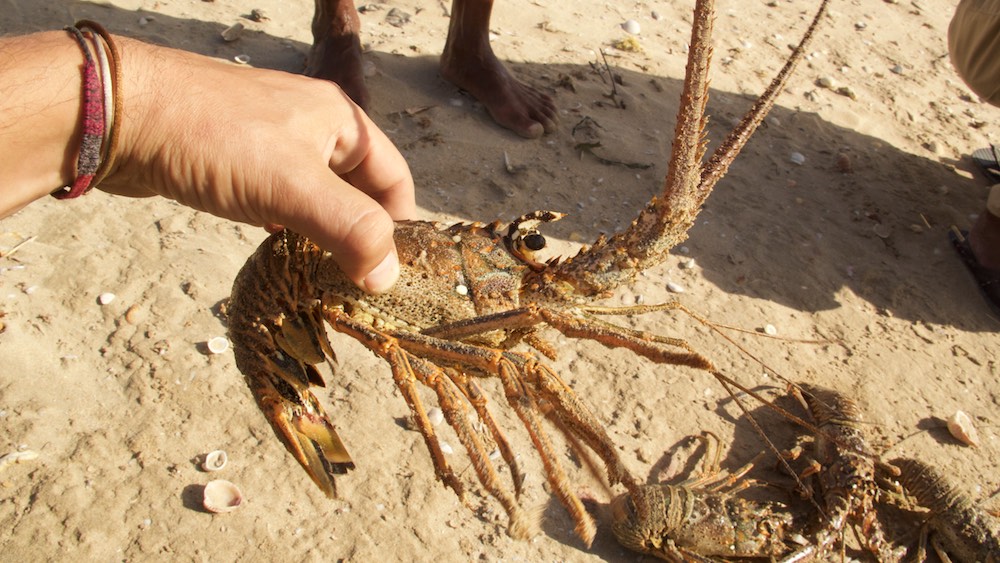
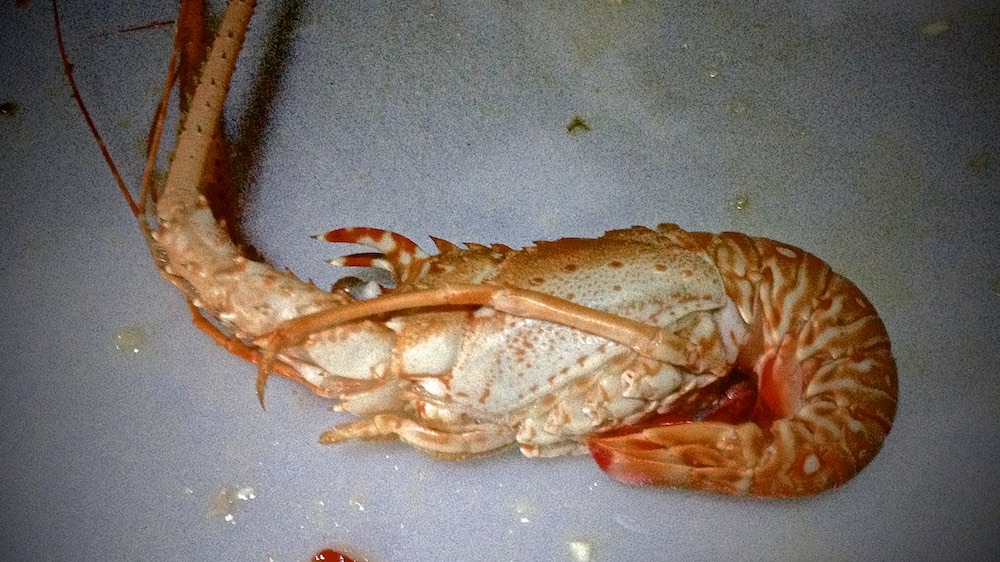
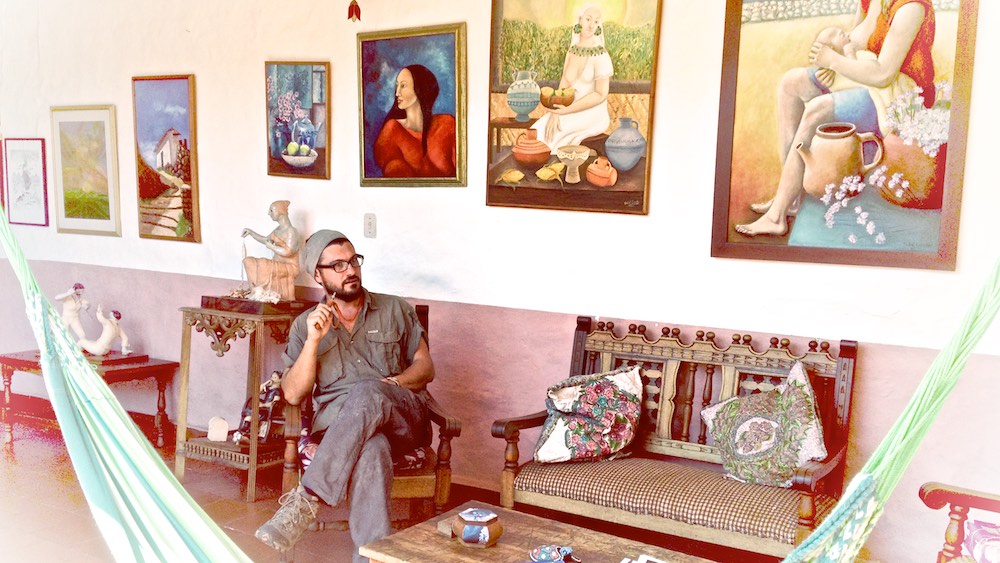
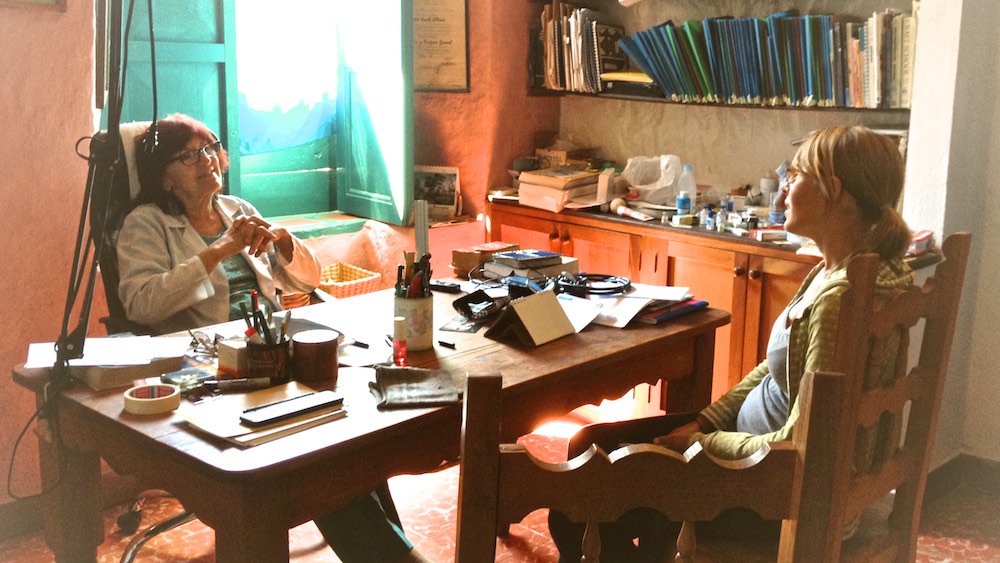
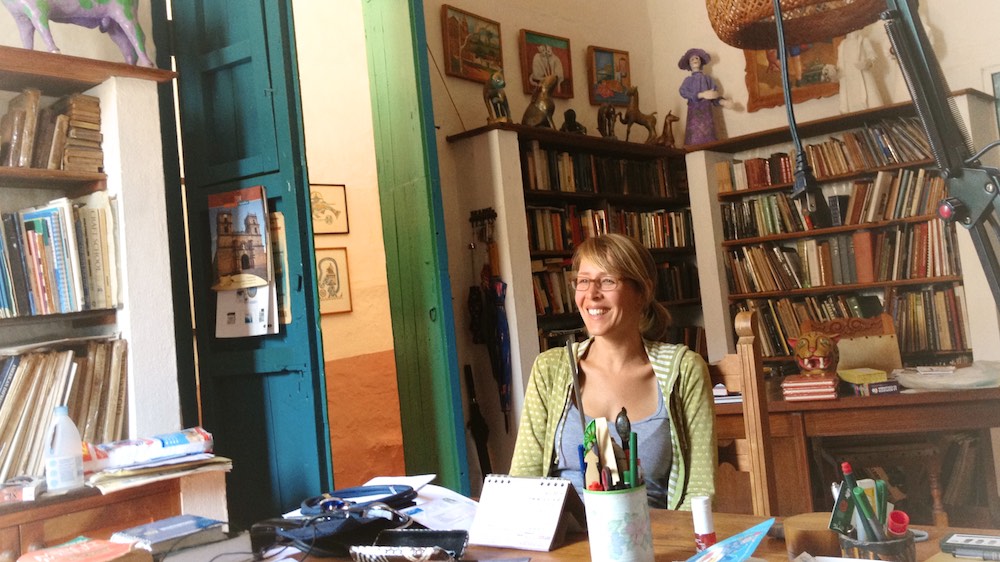
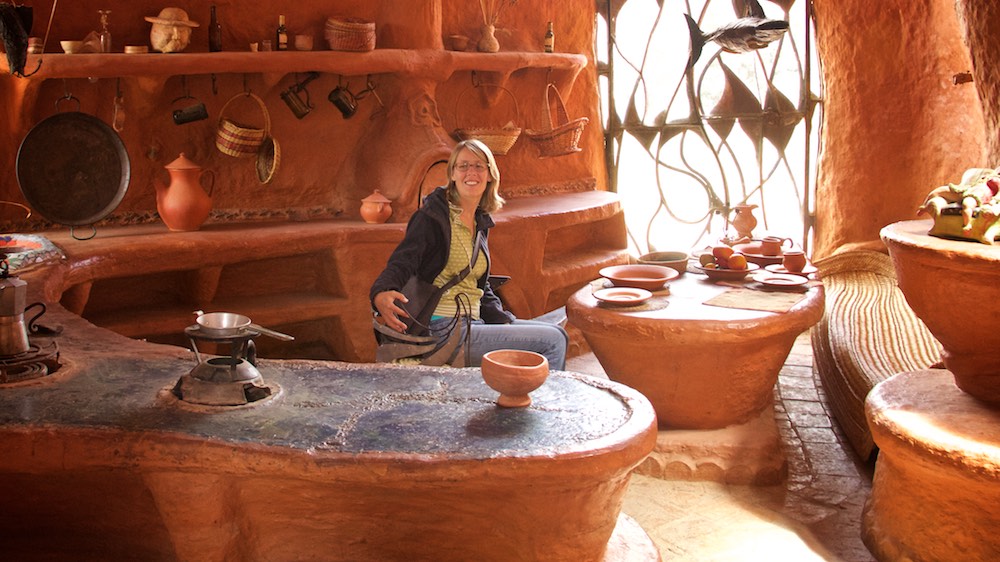
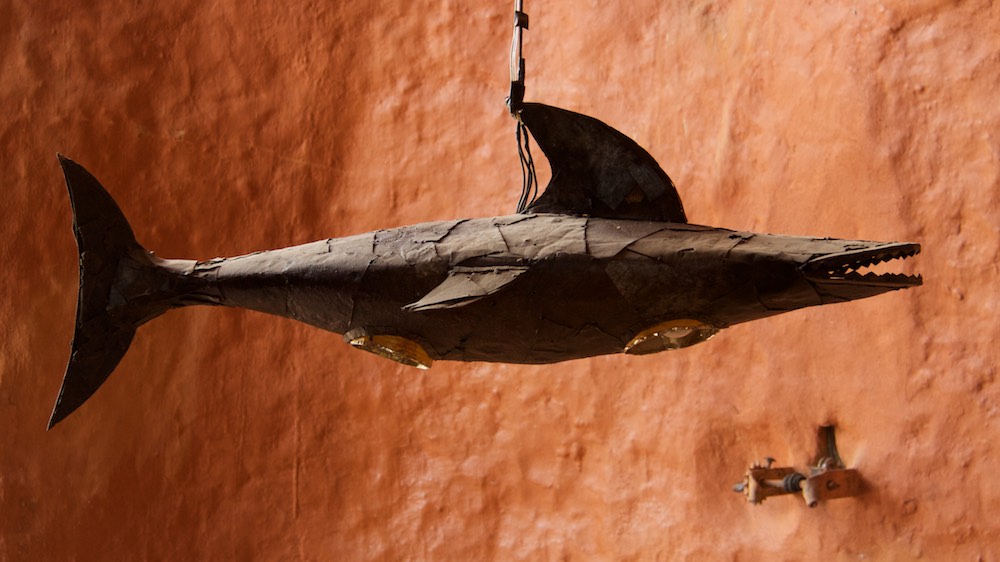
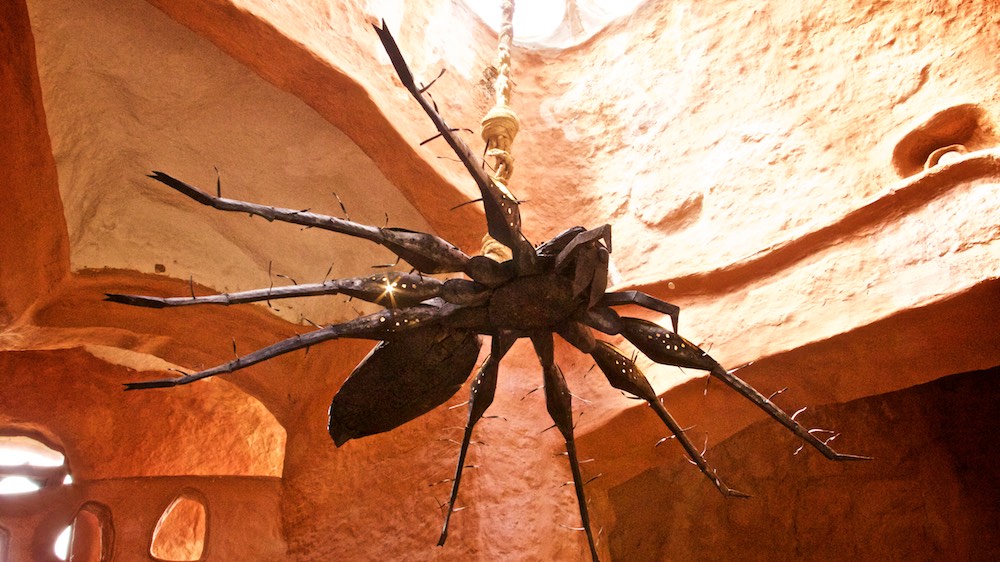
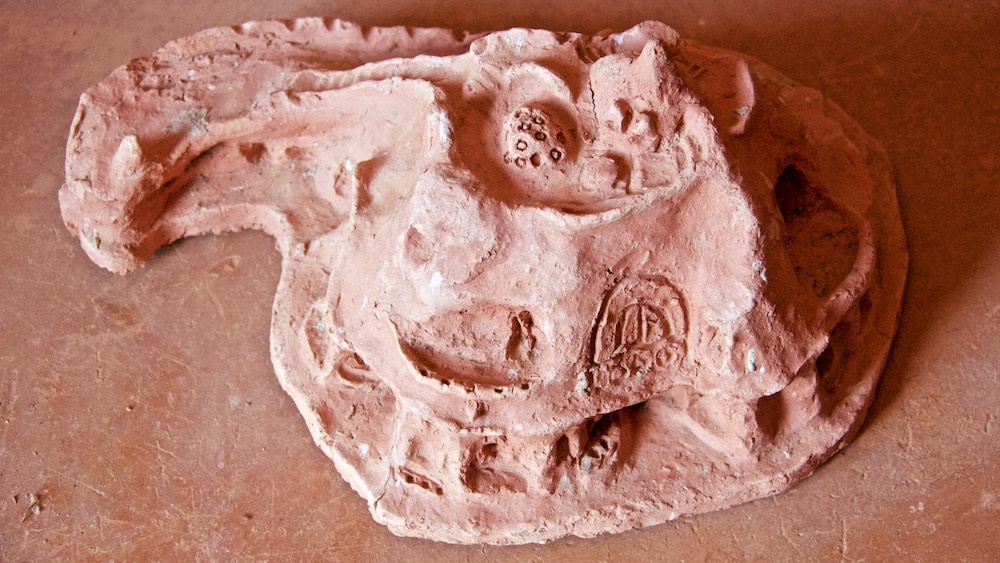
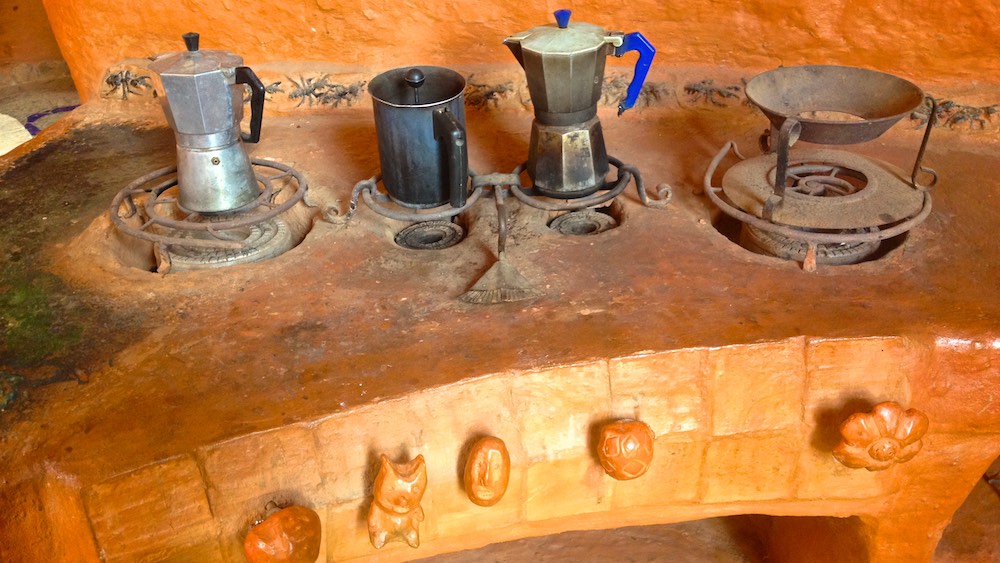
3 Comments
james marr
February 24, 2015Great photos of Colombia! Hope you’re keeping a bit drier now. Cheers and safe travels.
Erdem Yucel
February 28, 2015Hi James!
It’s so great to hear from you. We’re happy if our photographs are half as good as your writing! Thanks. Having fixed the ‘storm cover’ we are indeed a lot dryer than we used to be. We are thinking of you guys quite often. Say hi to your lovely ‘voice of reason’!
Mariano Romero (Fhisherman)
March 8, 2016excelentes las imágenes fotográficas saludos Erdem!!!!! buen viaje